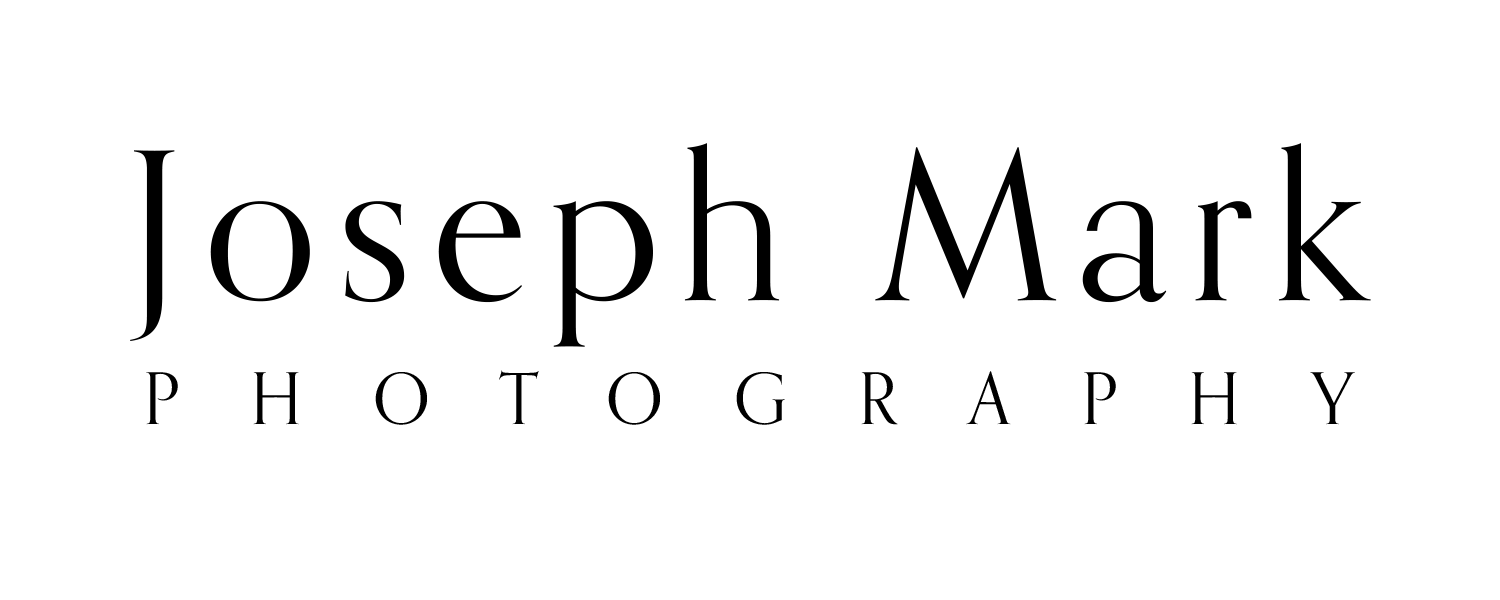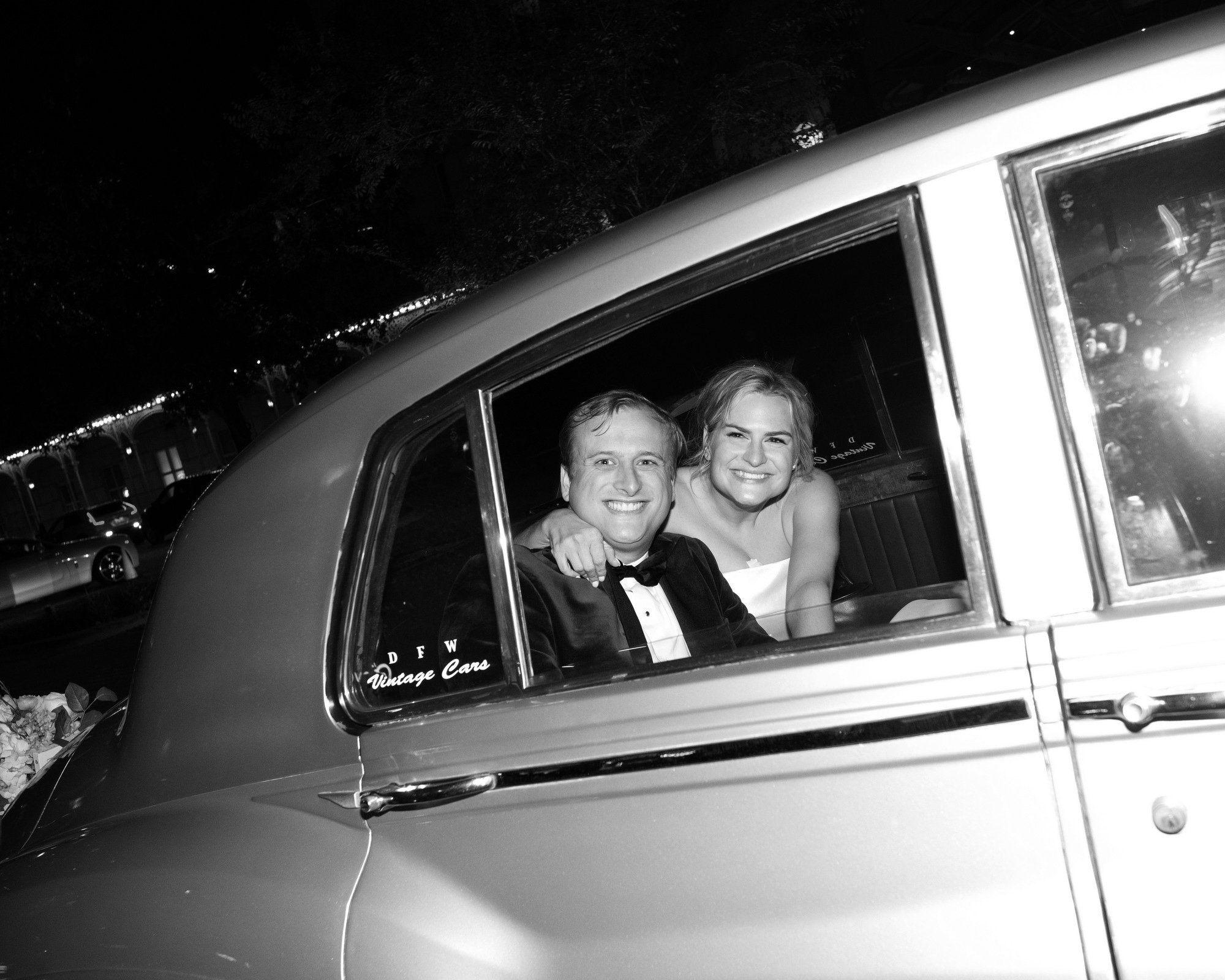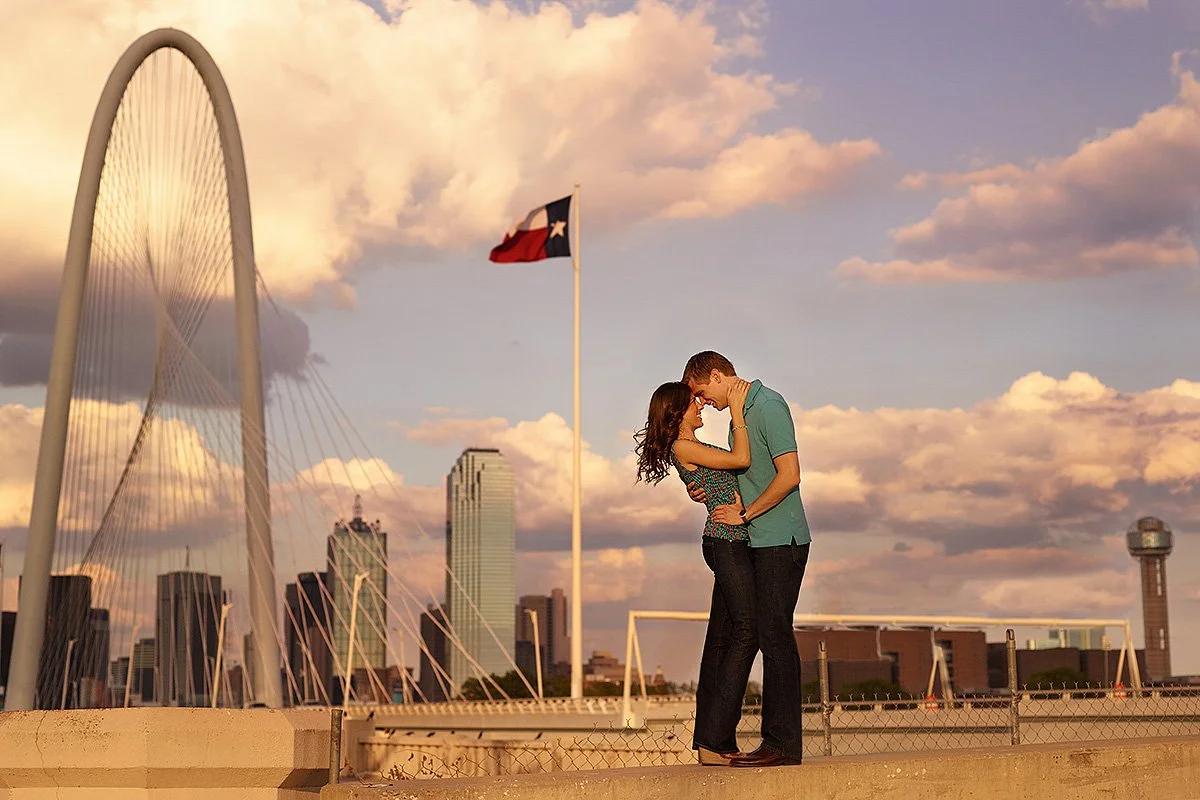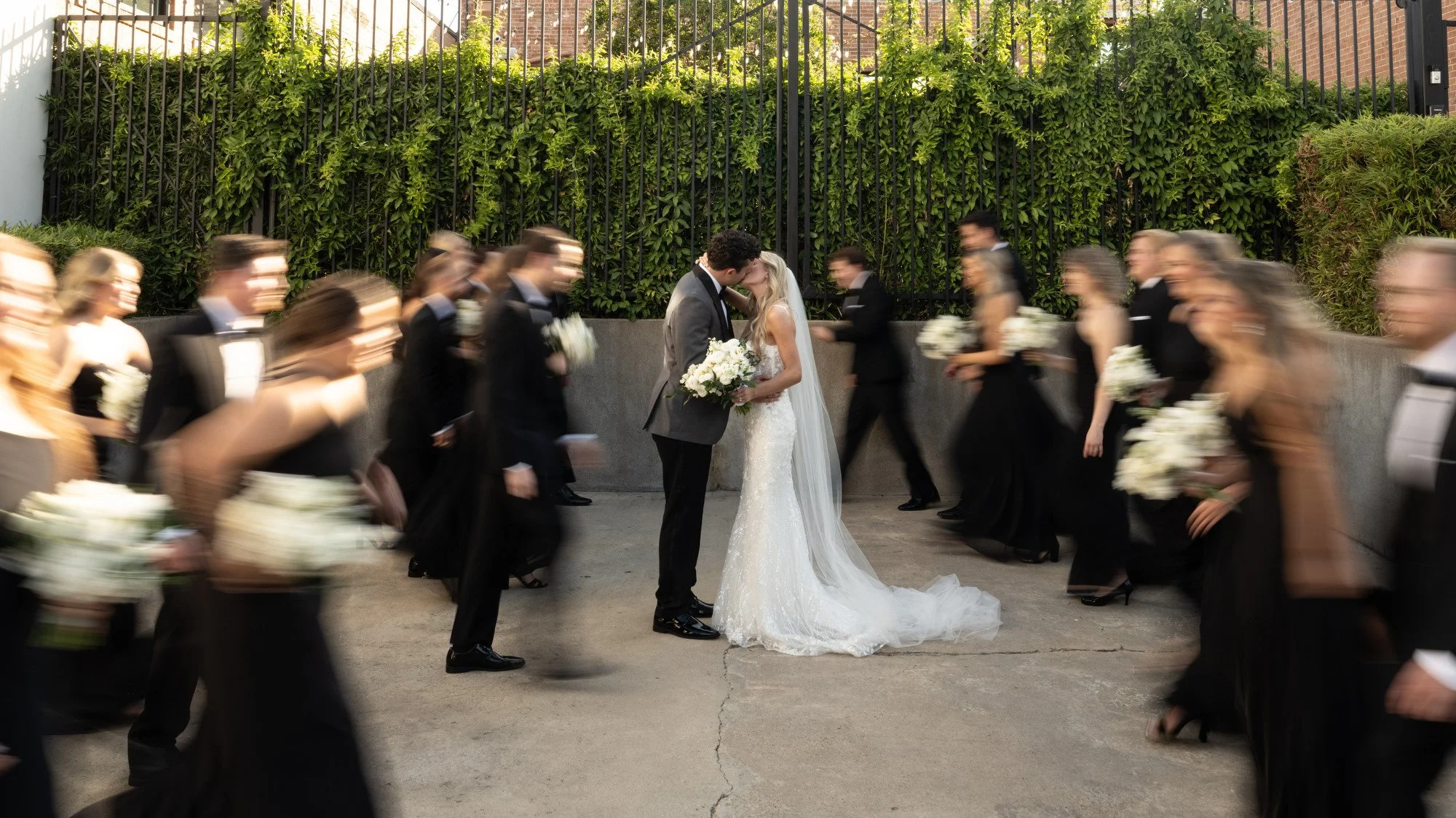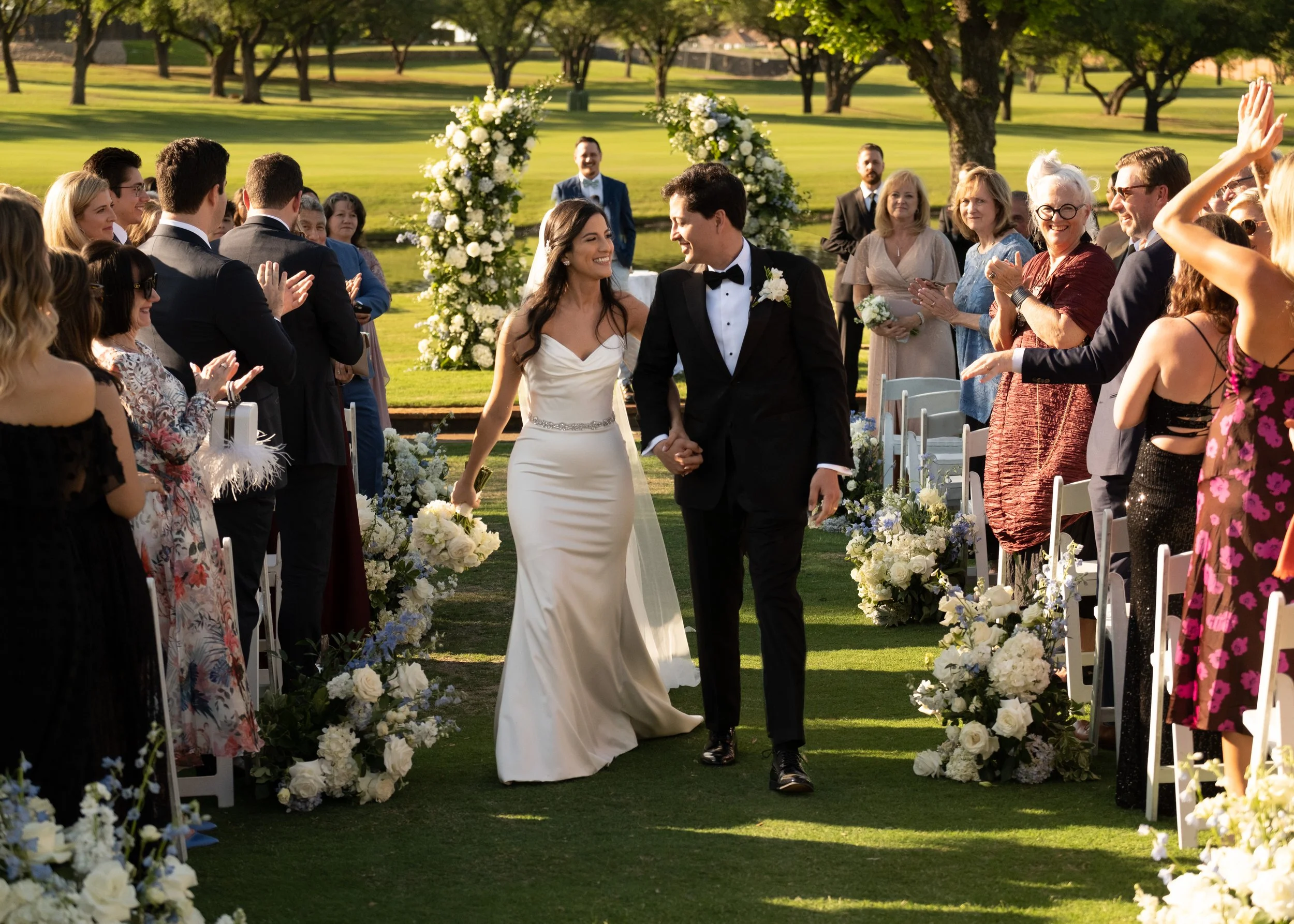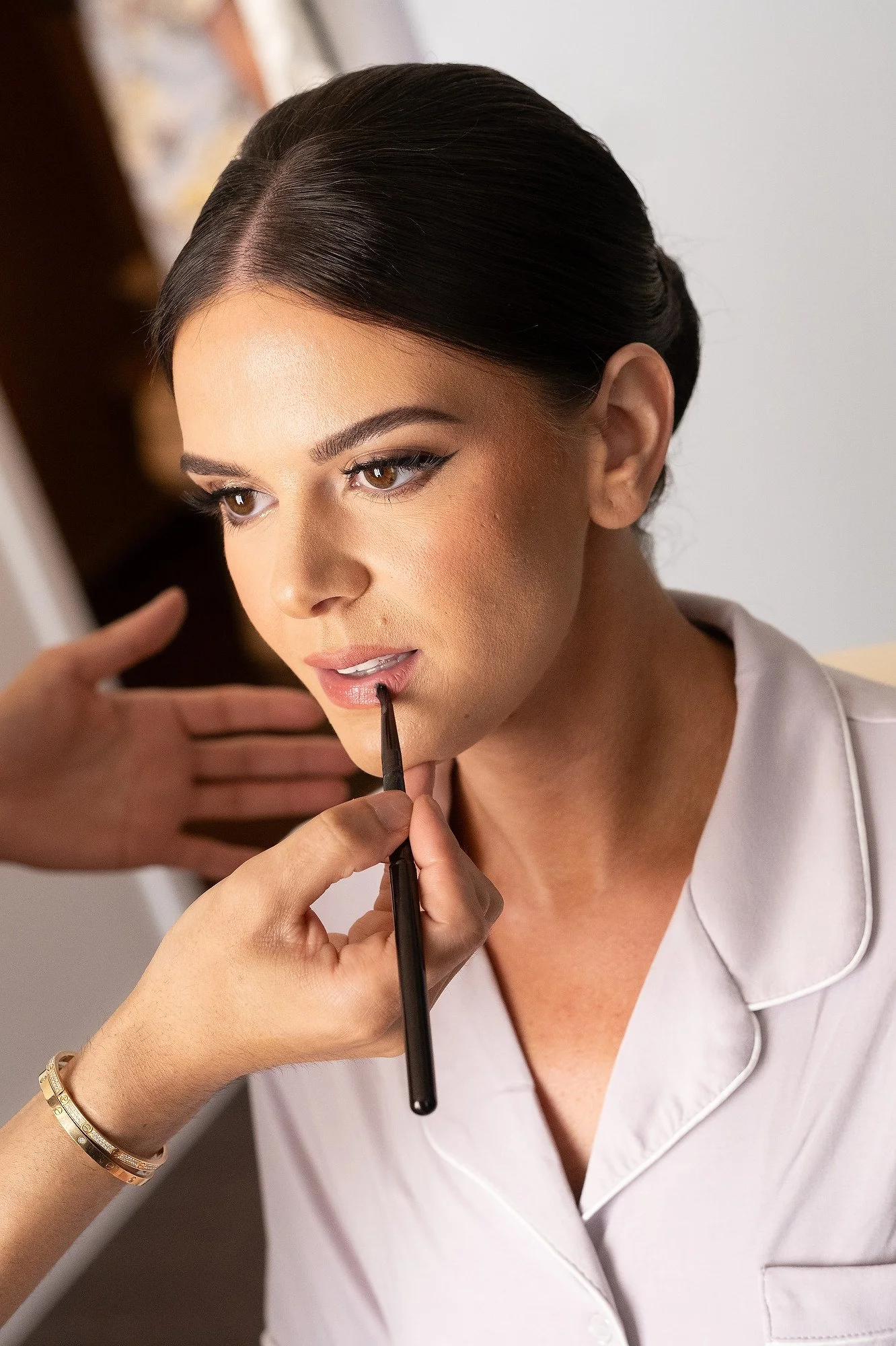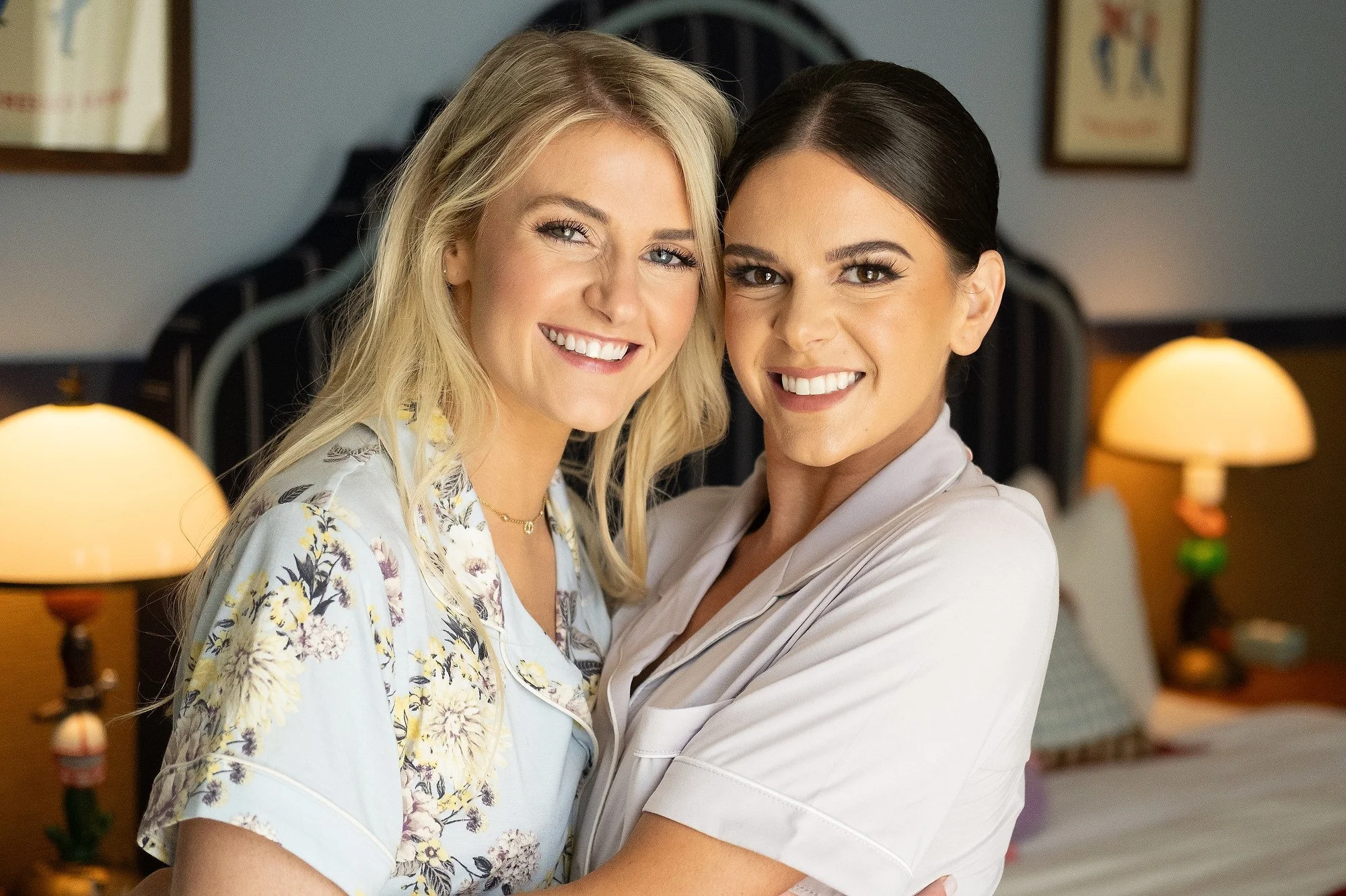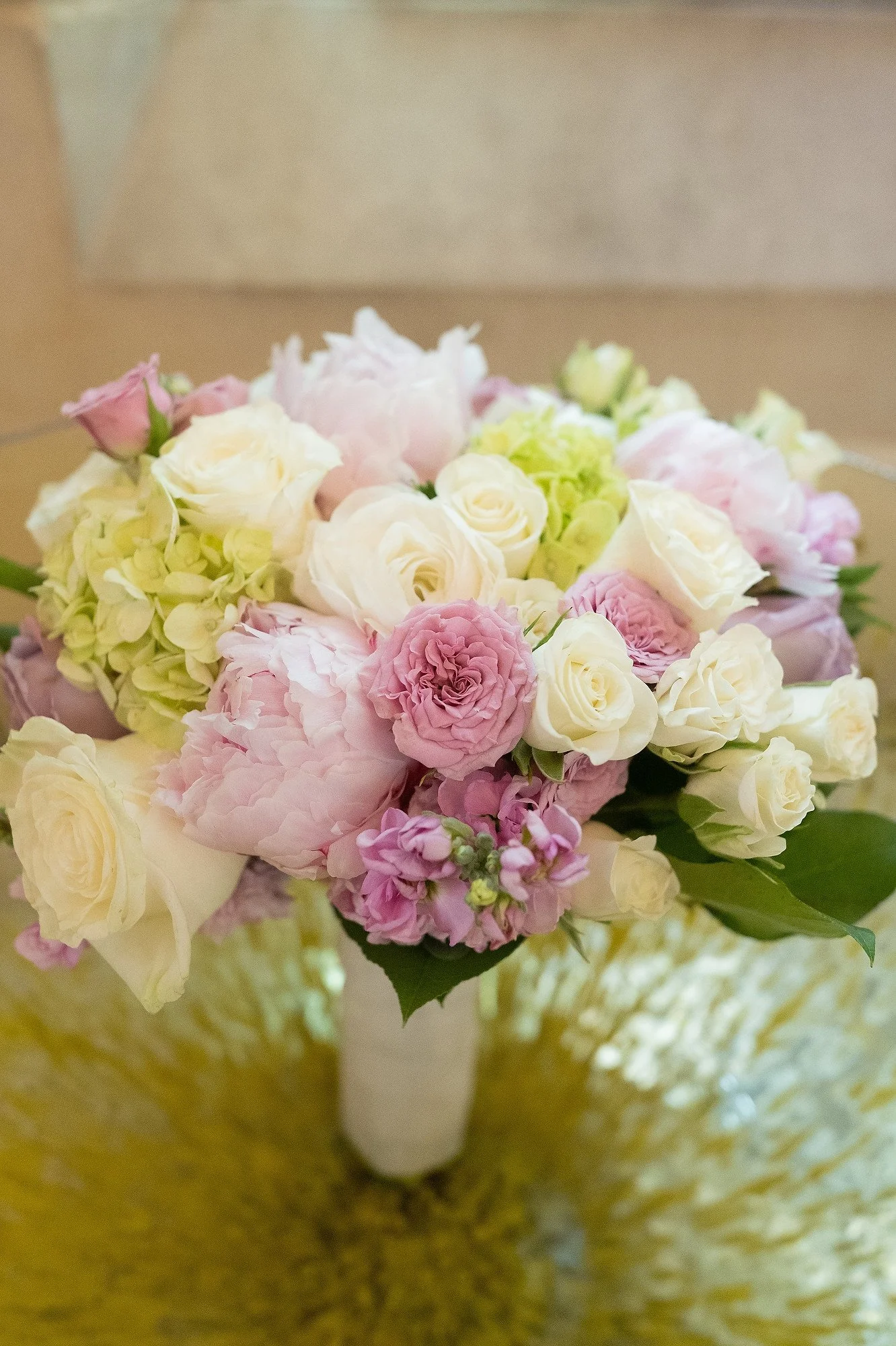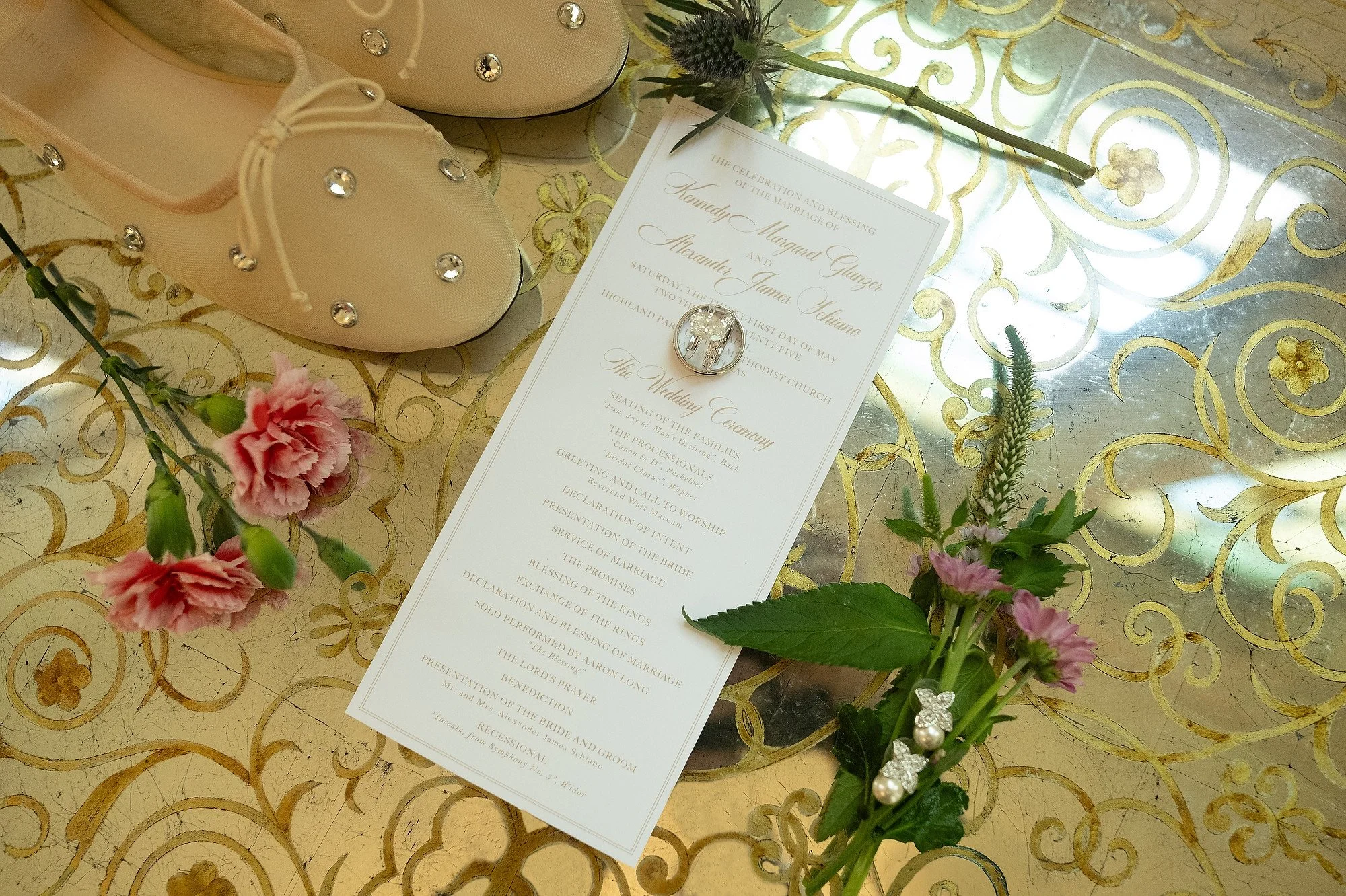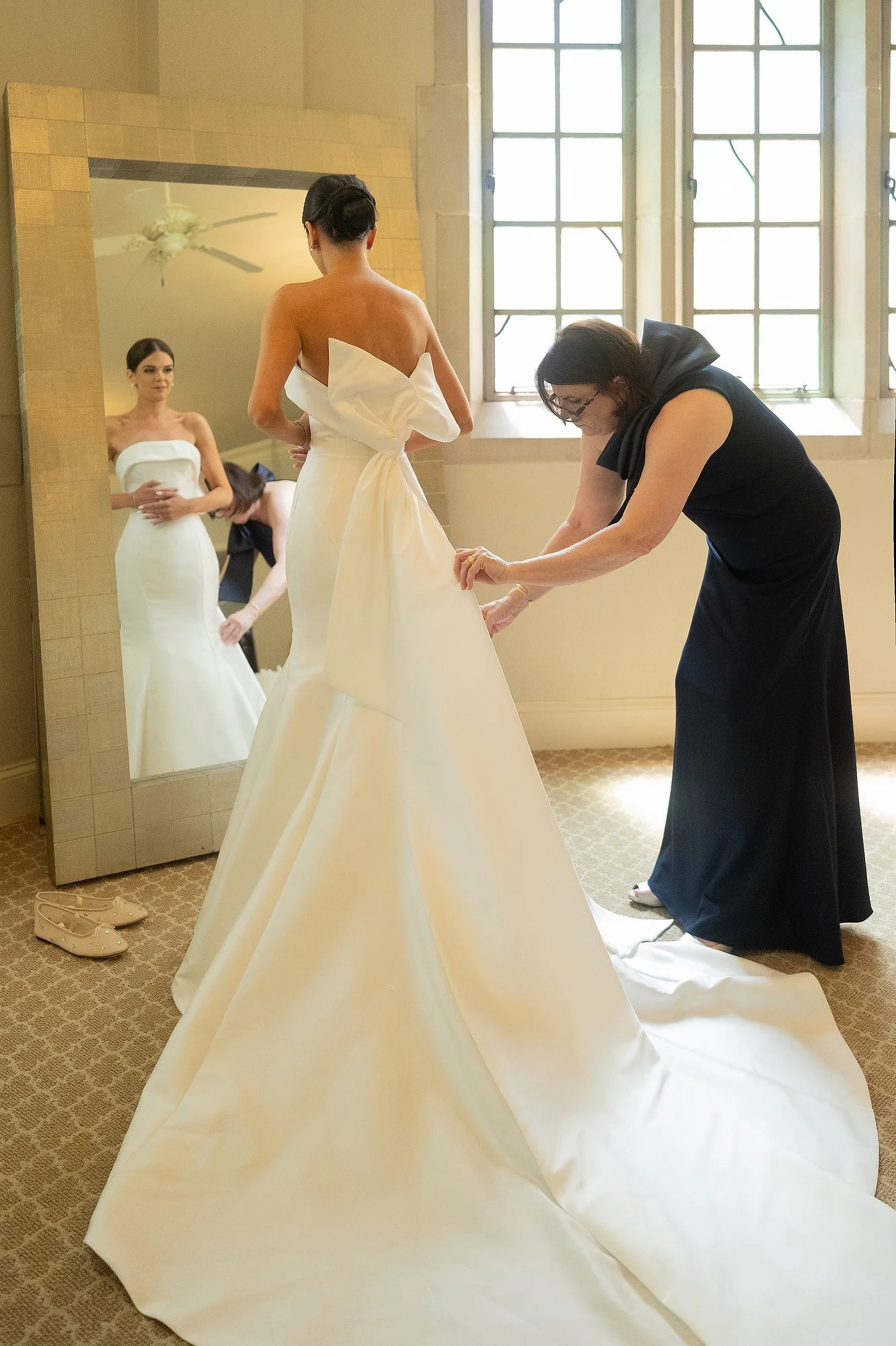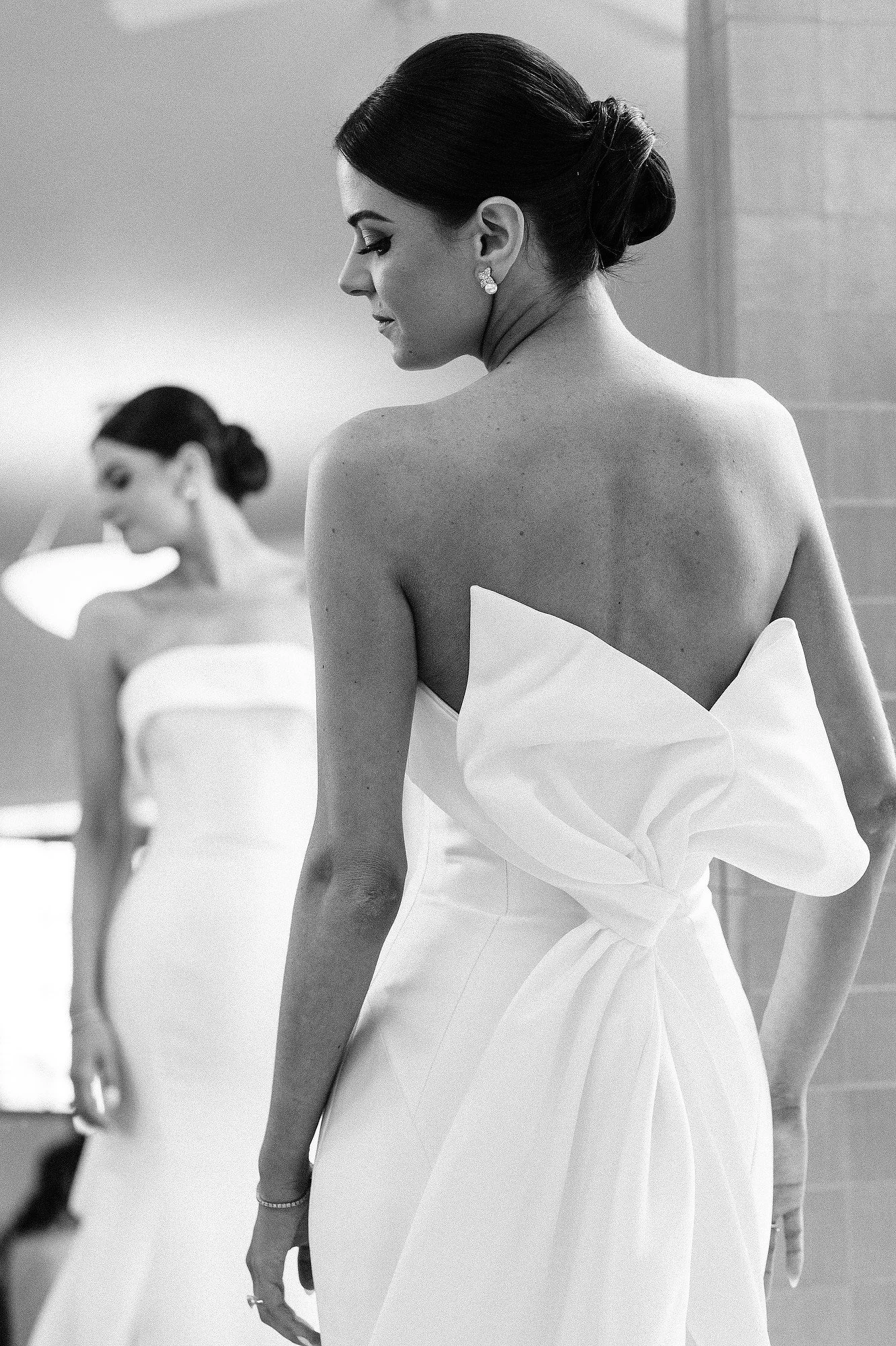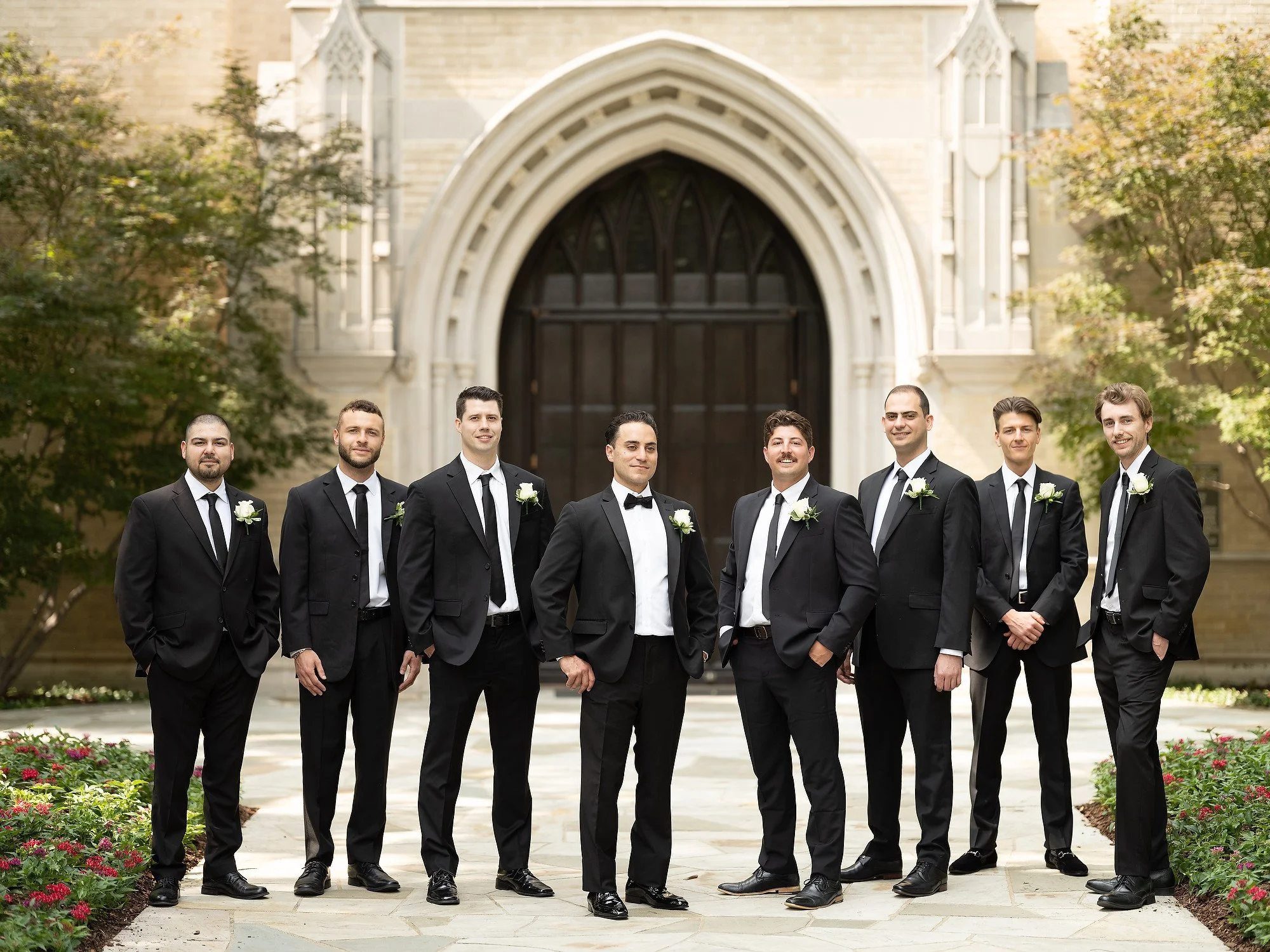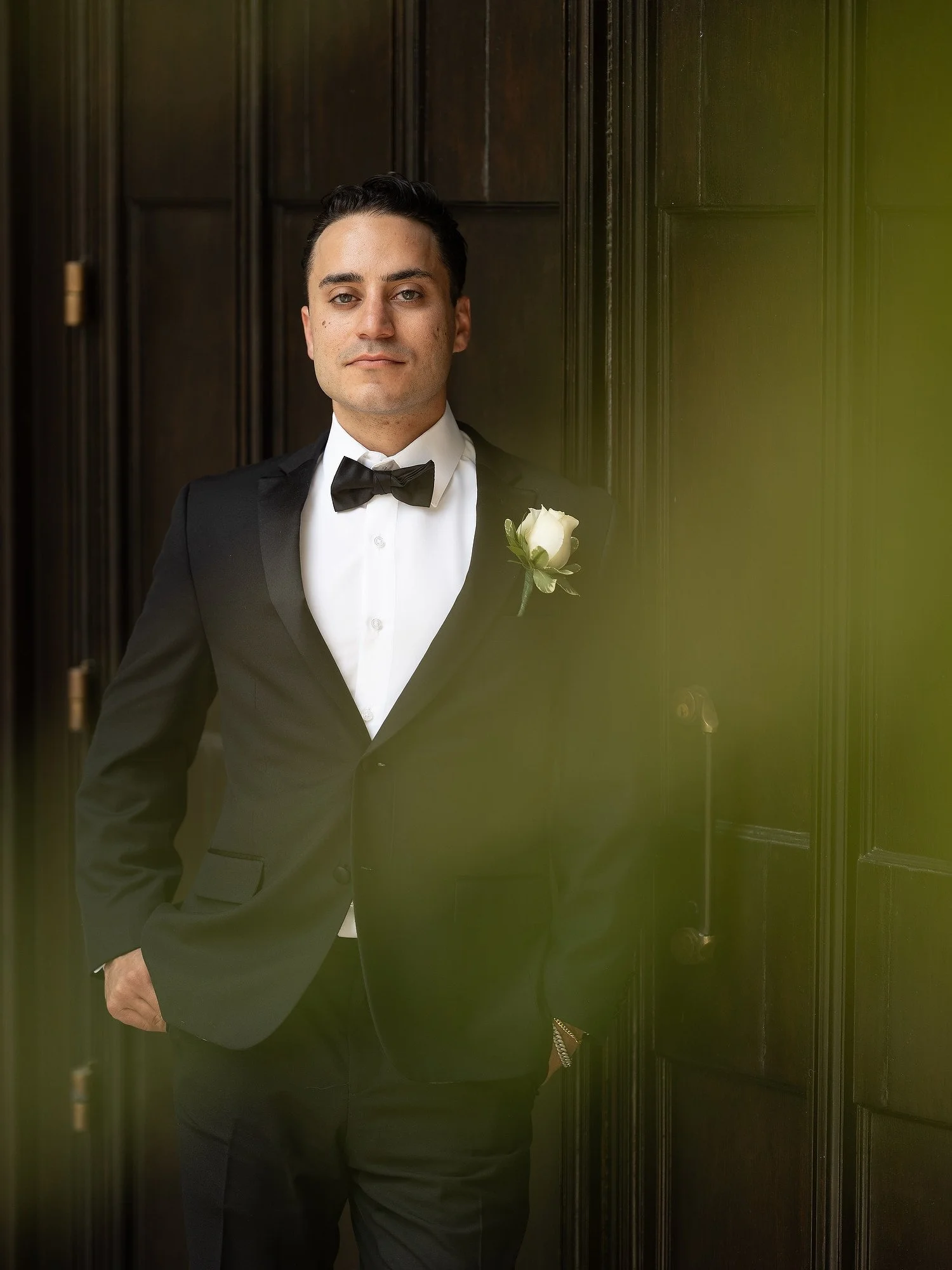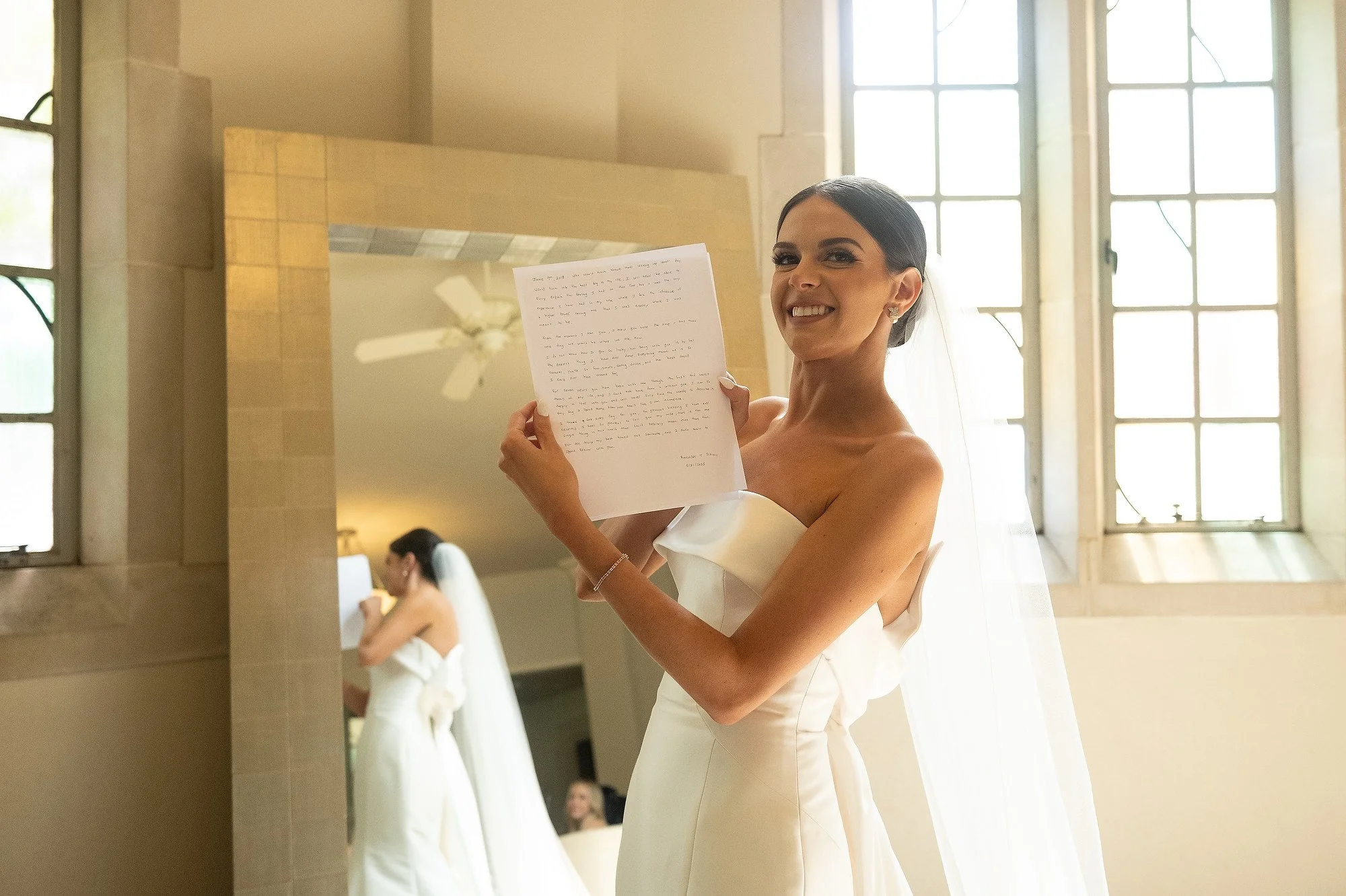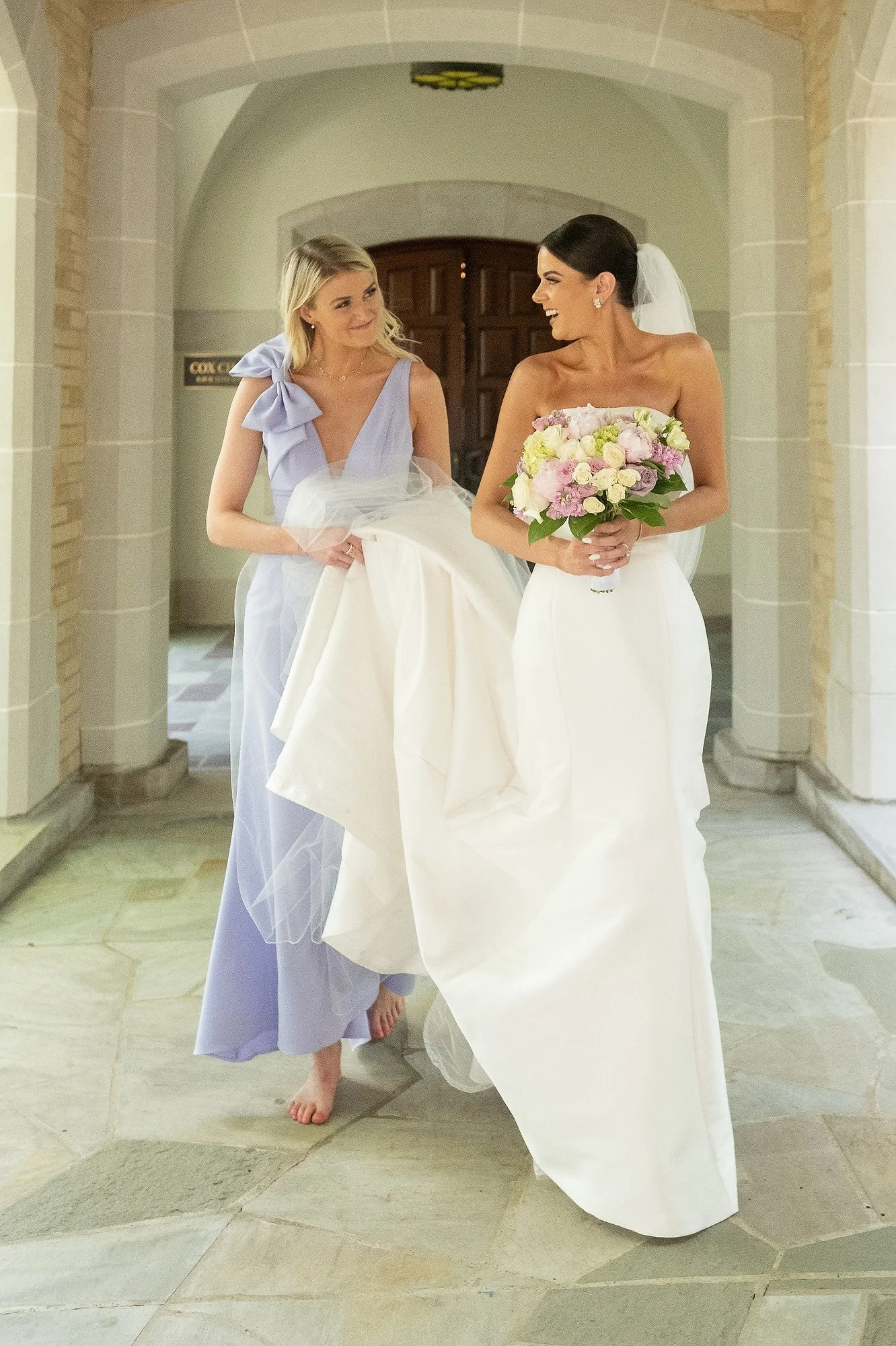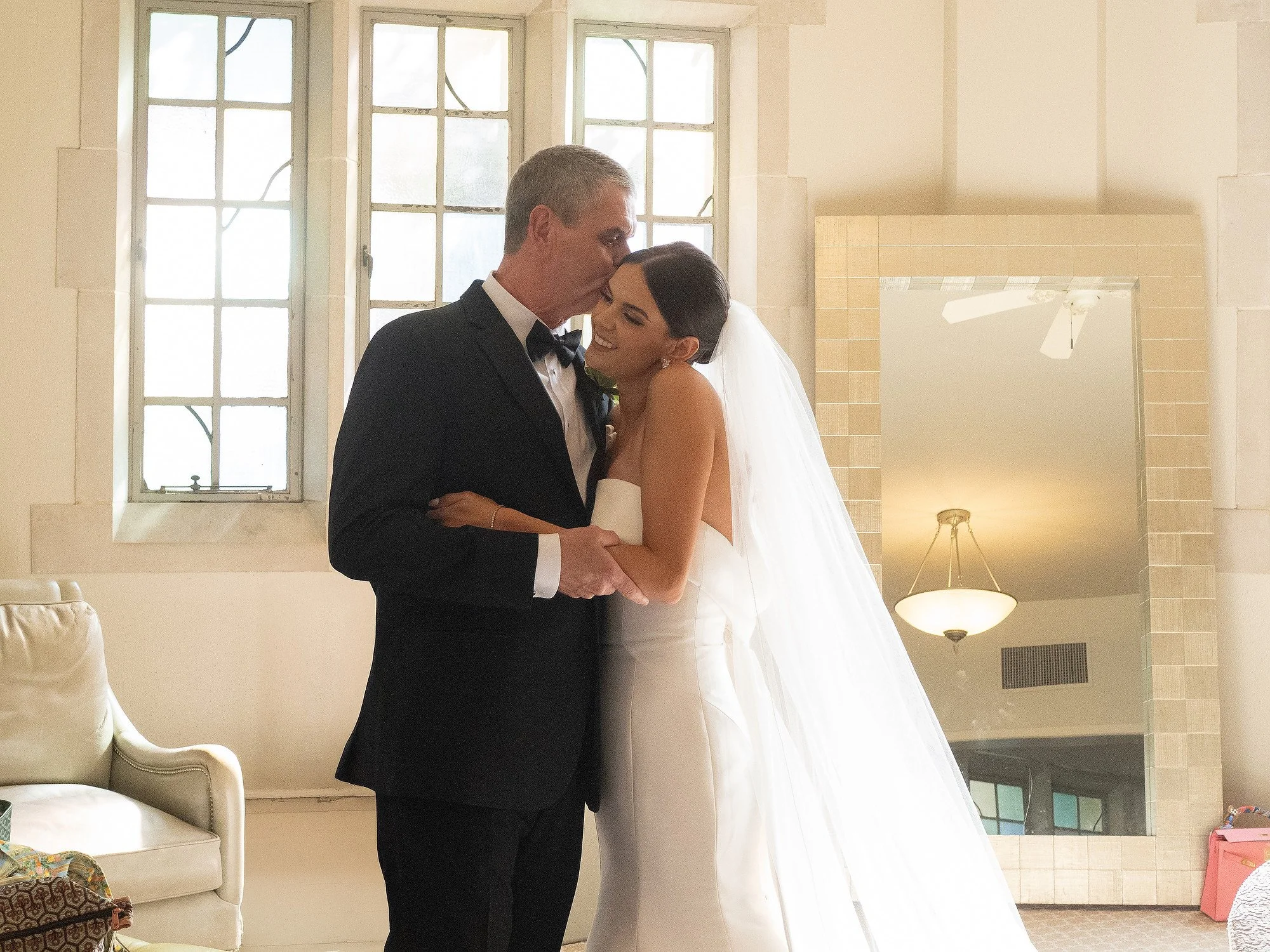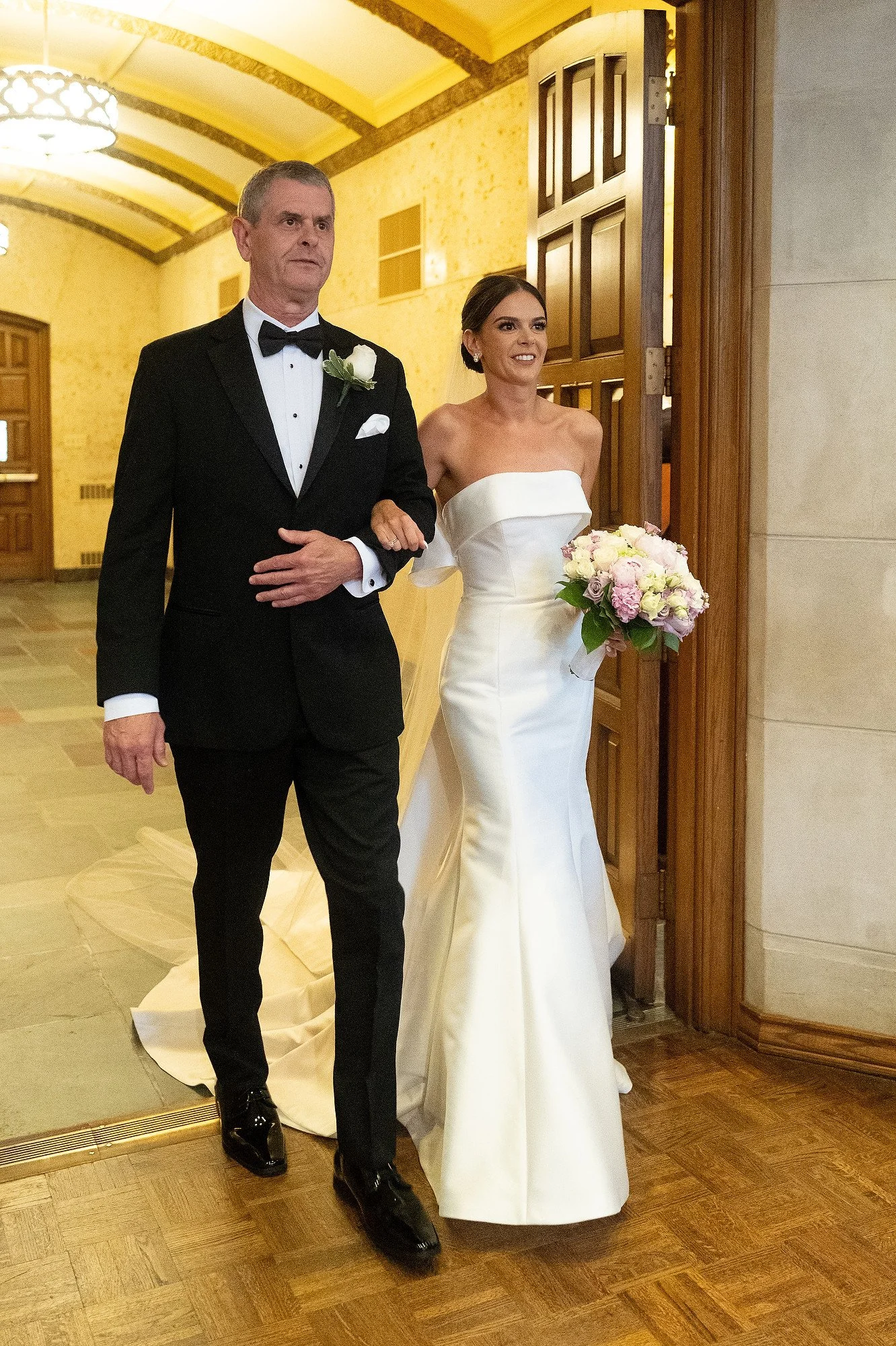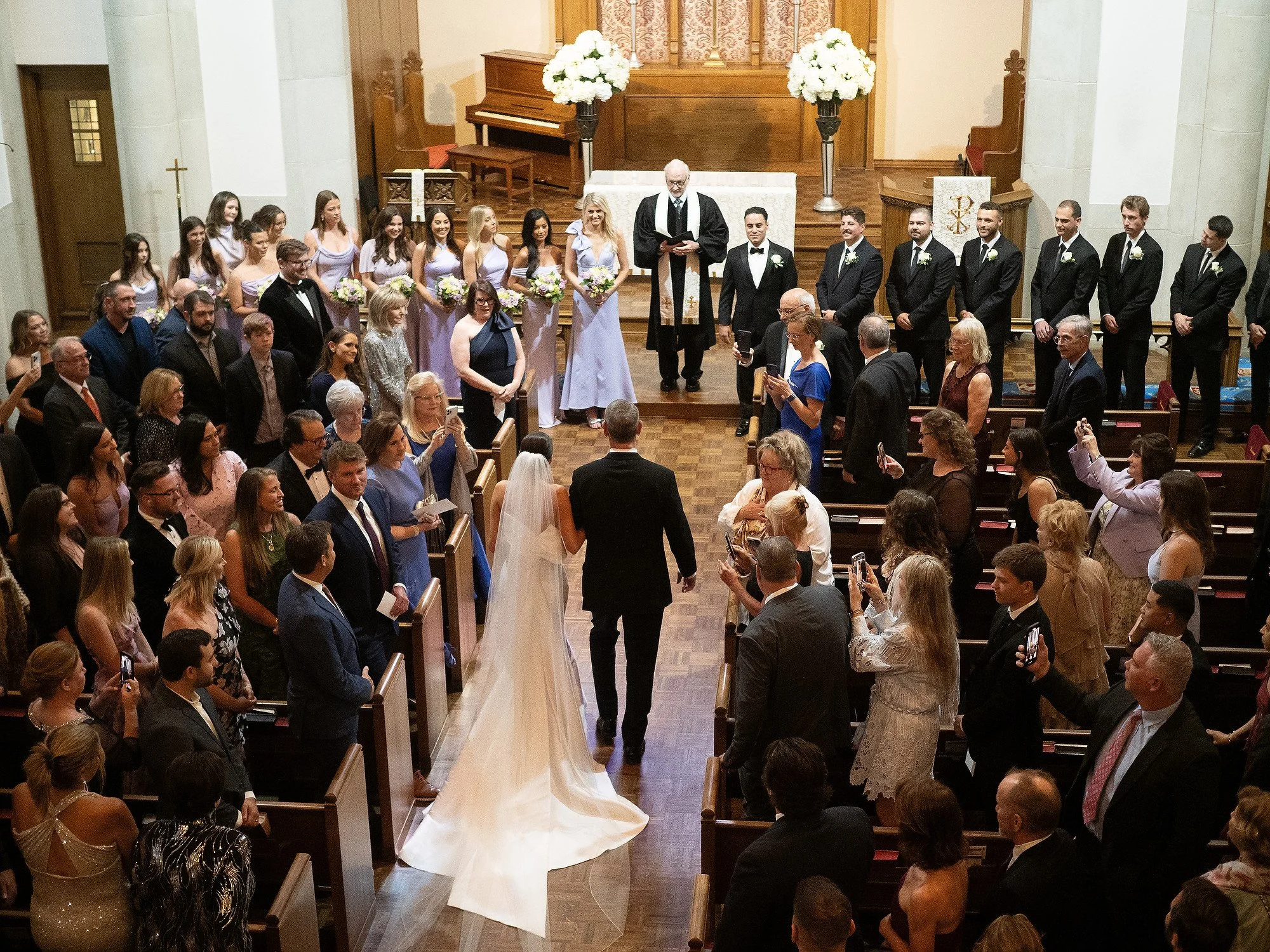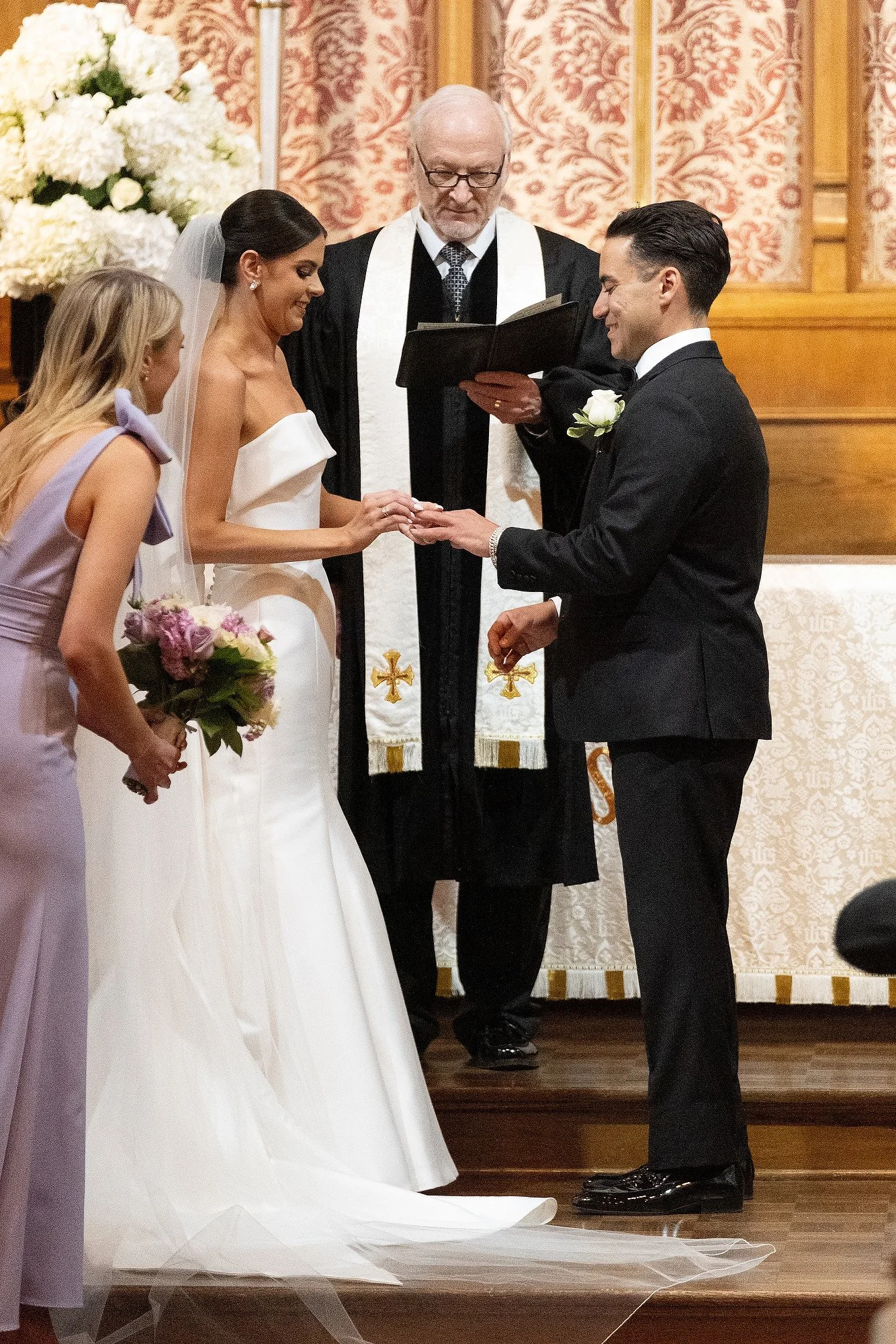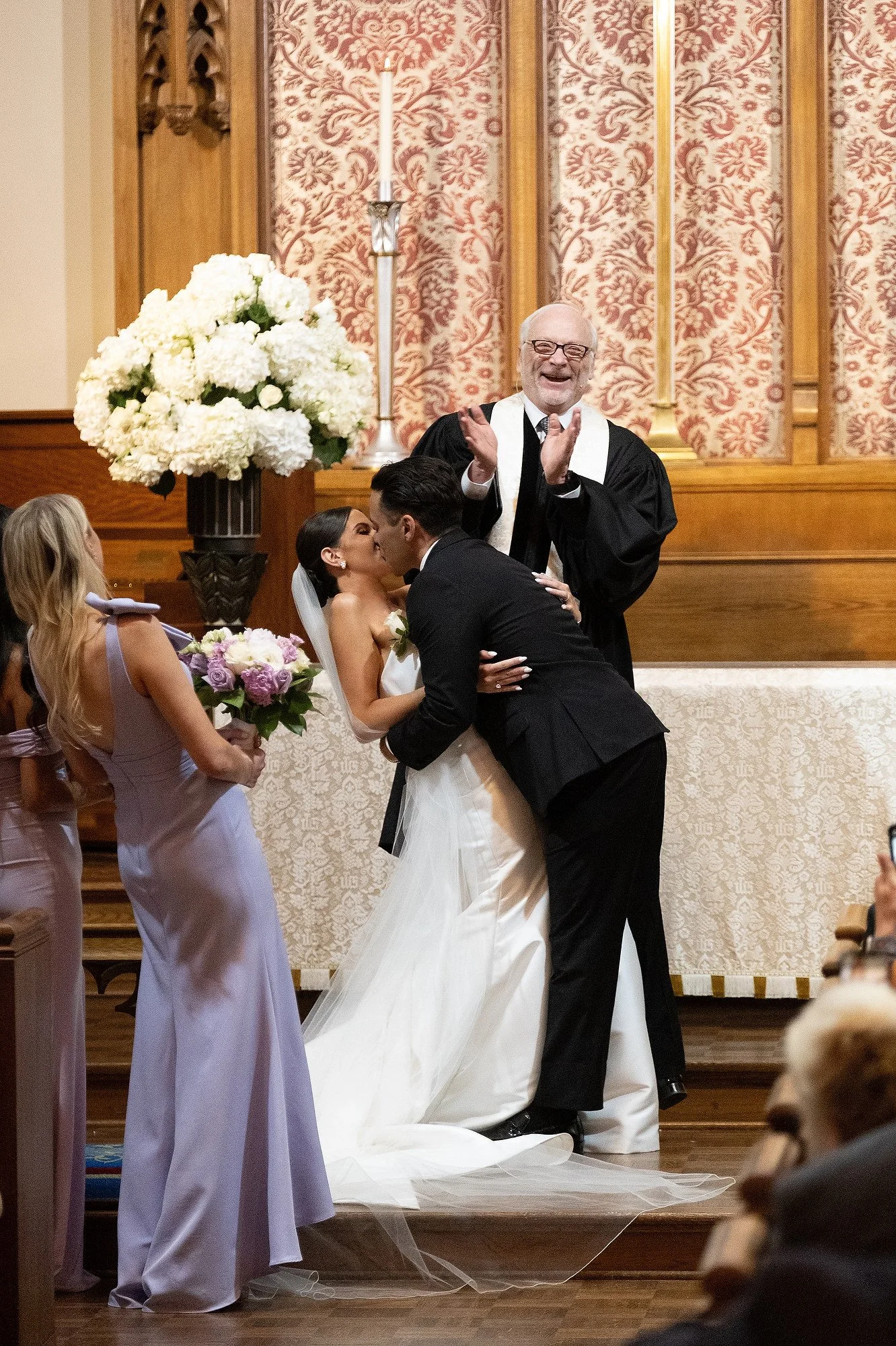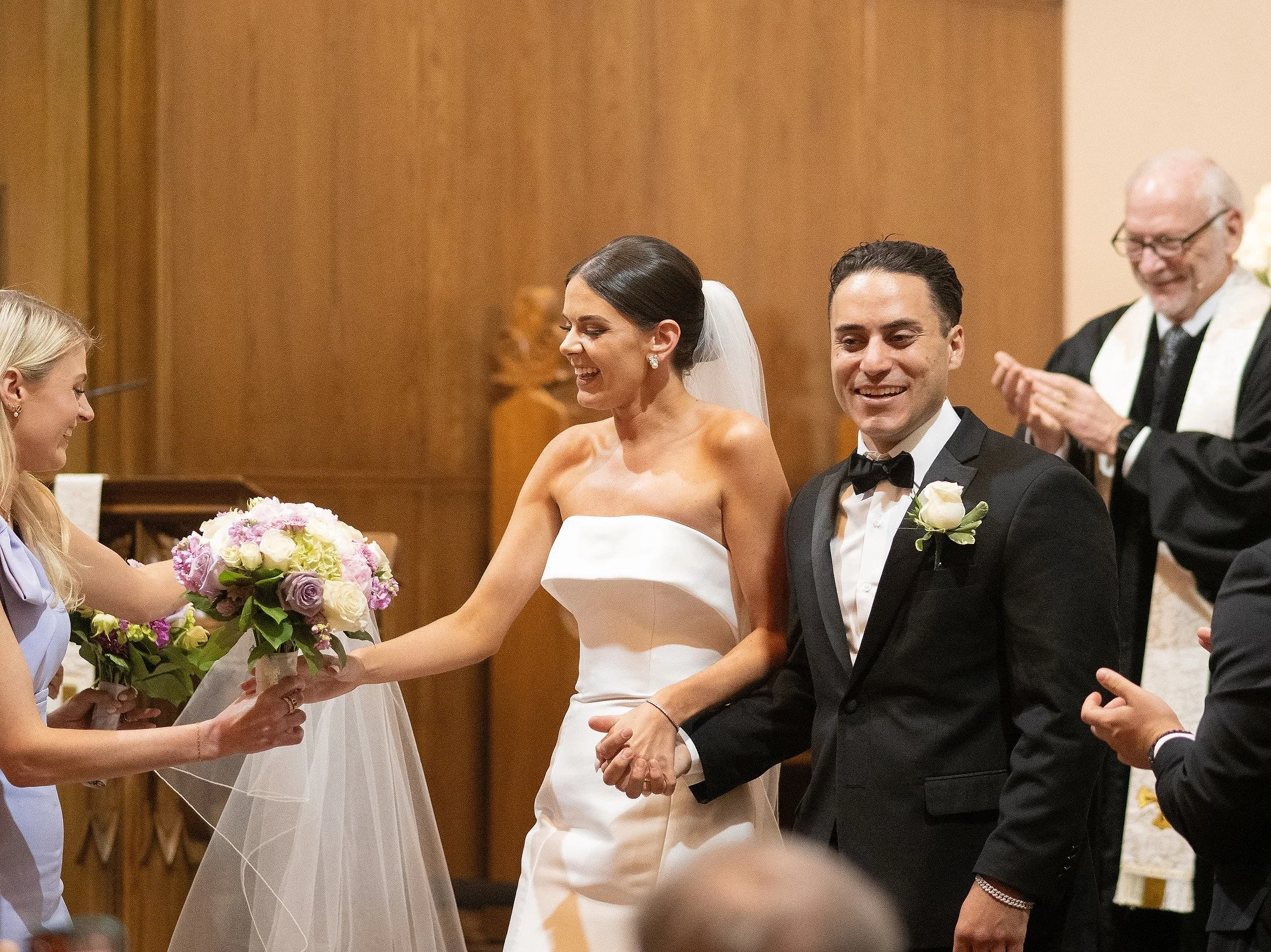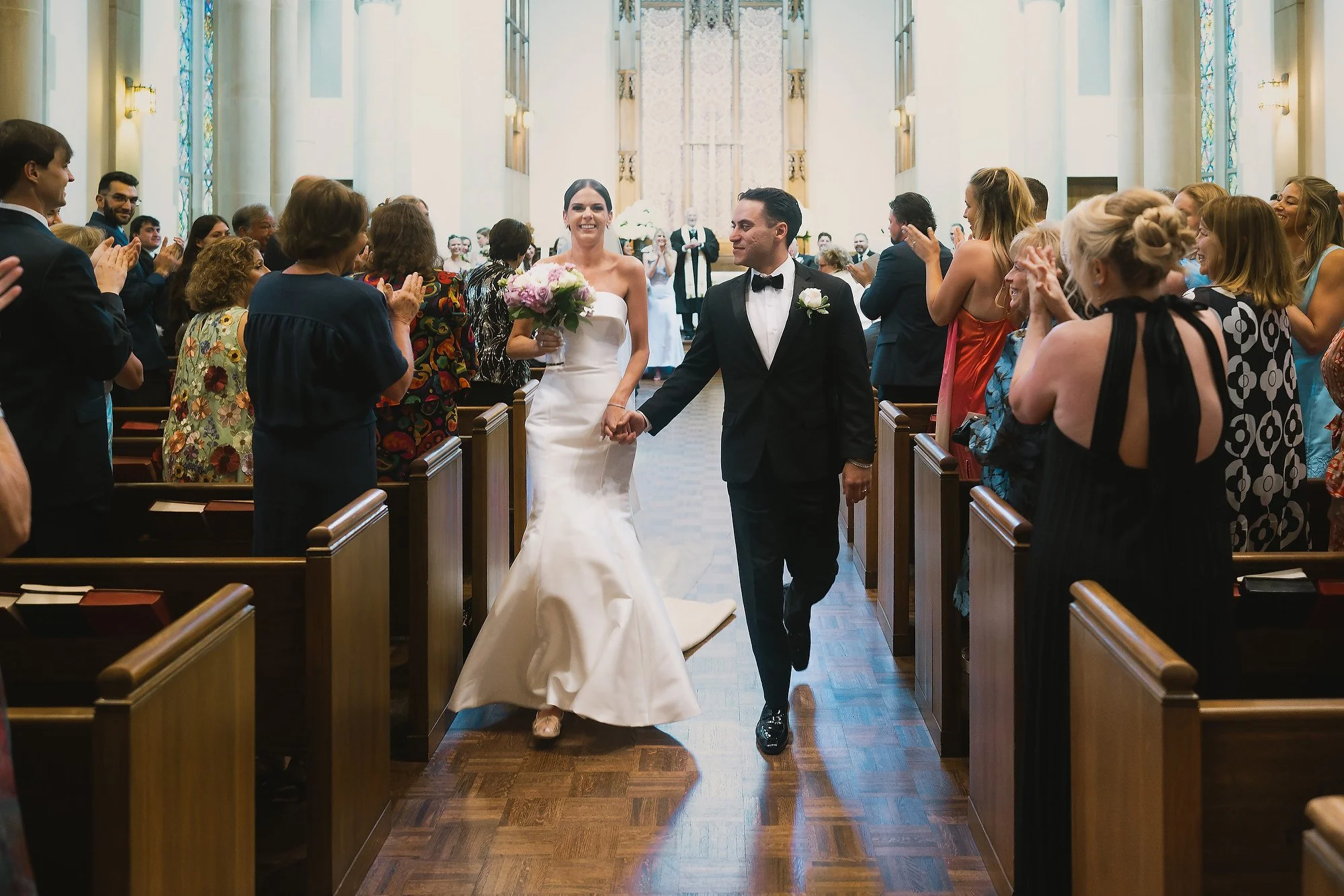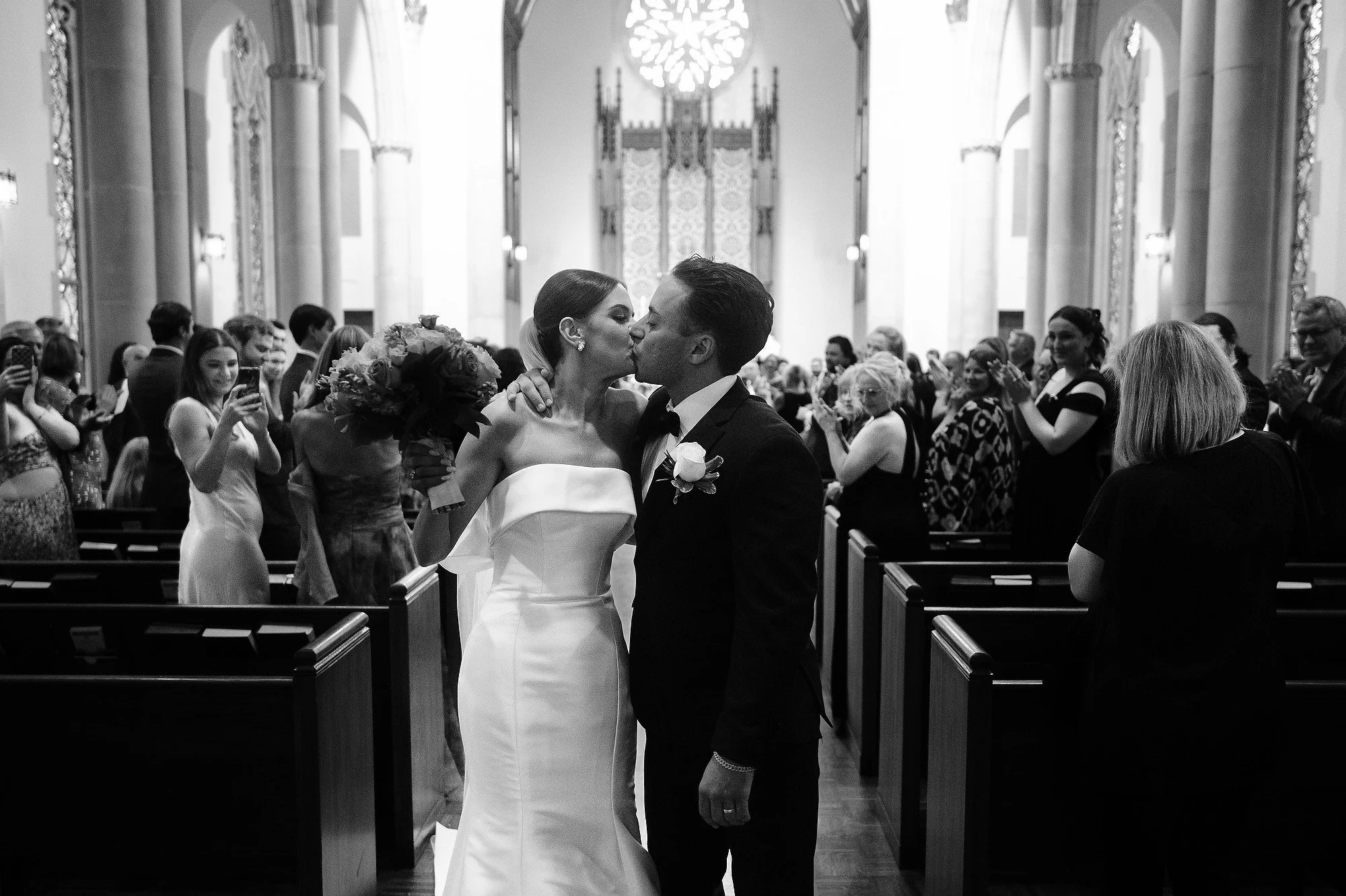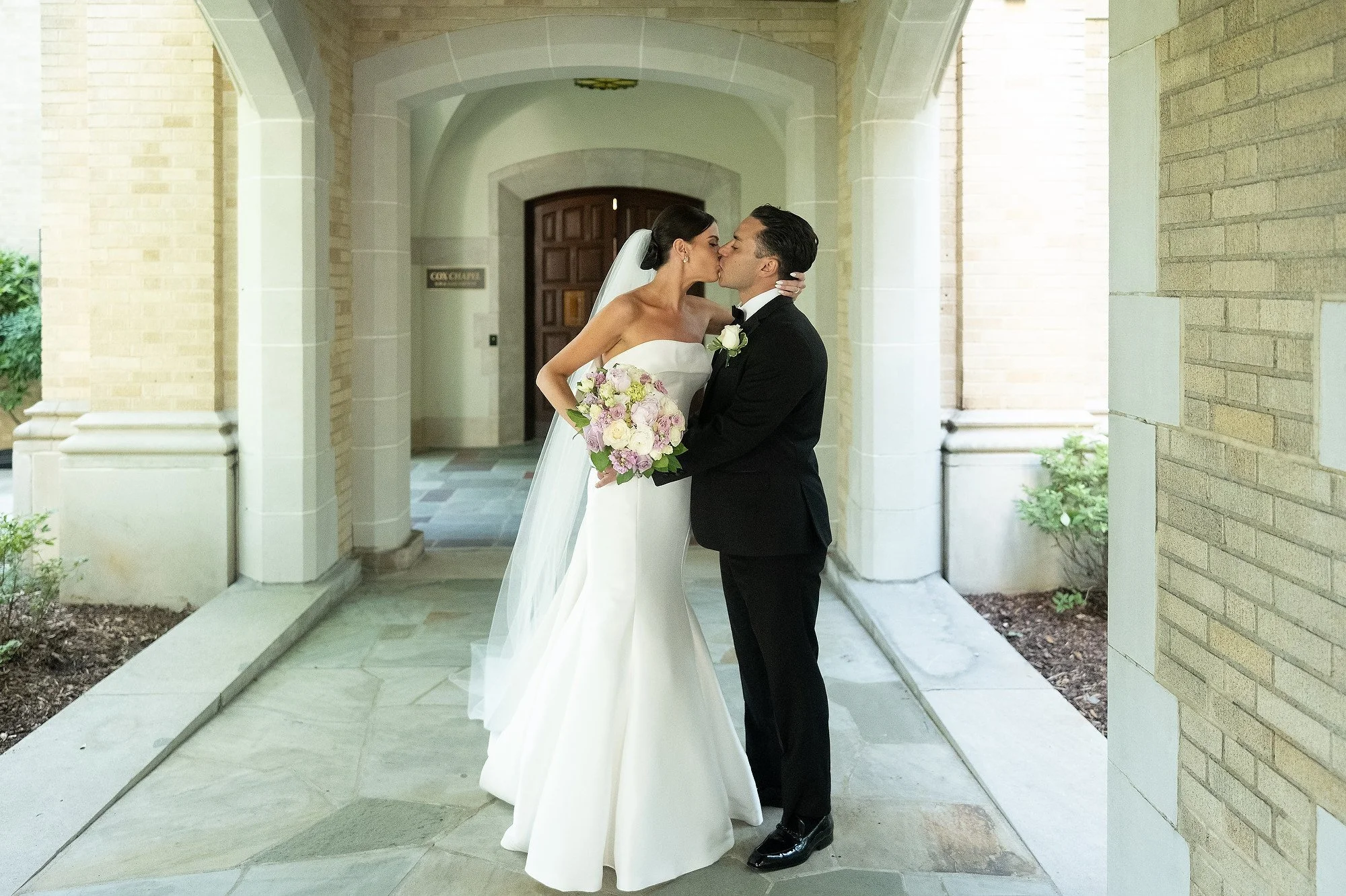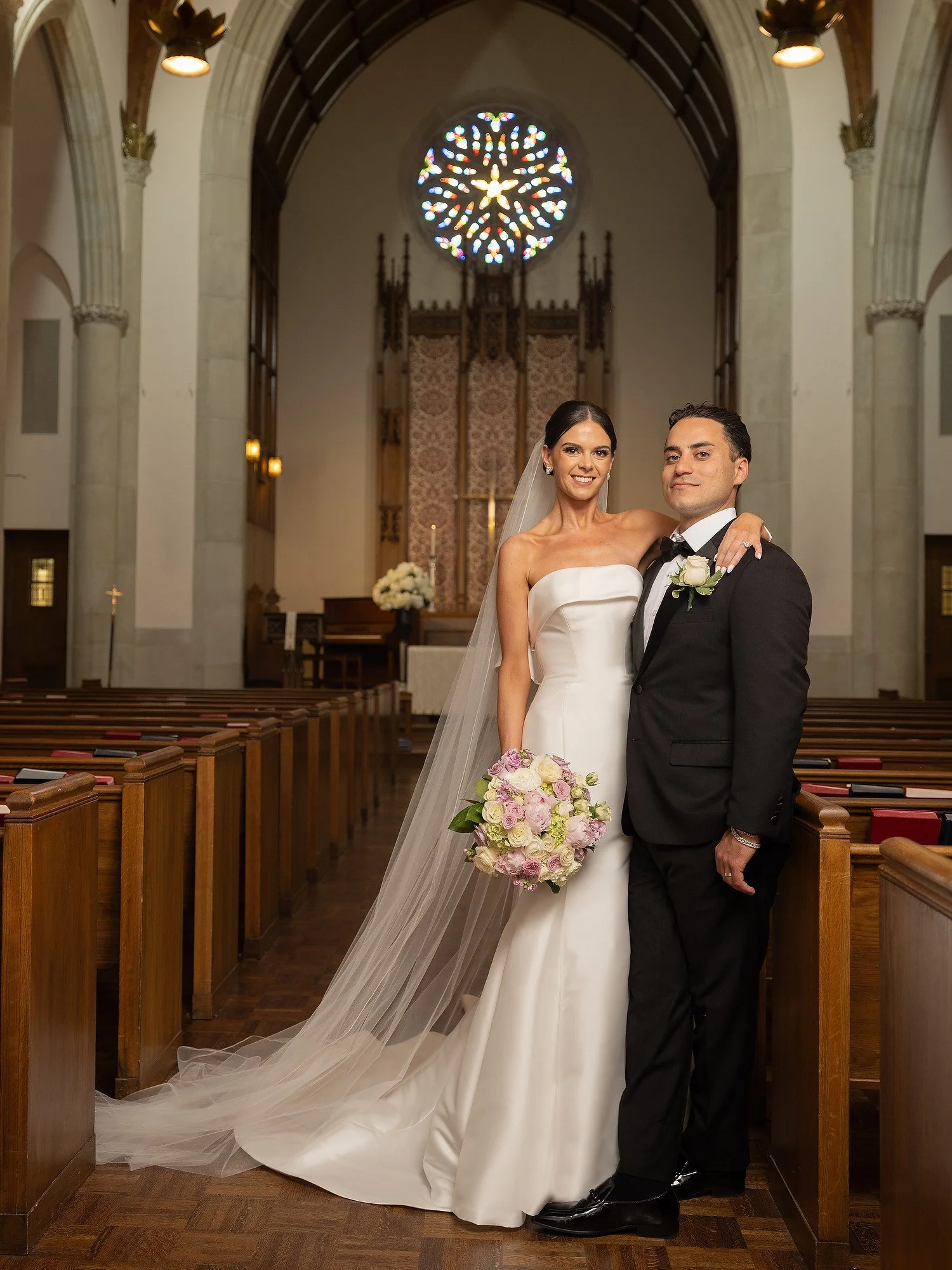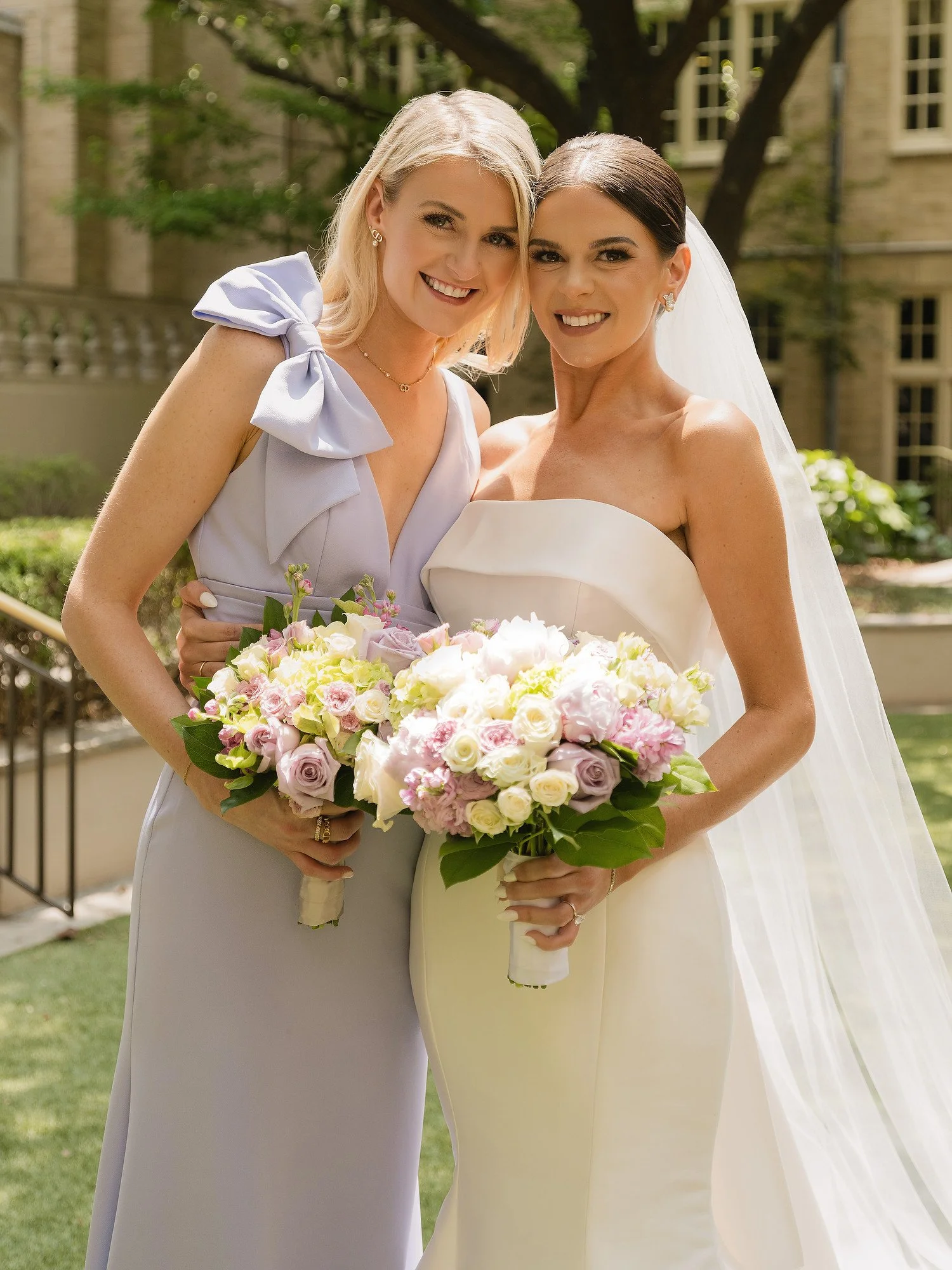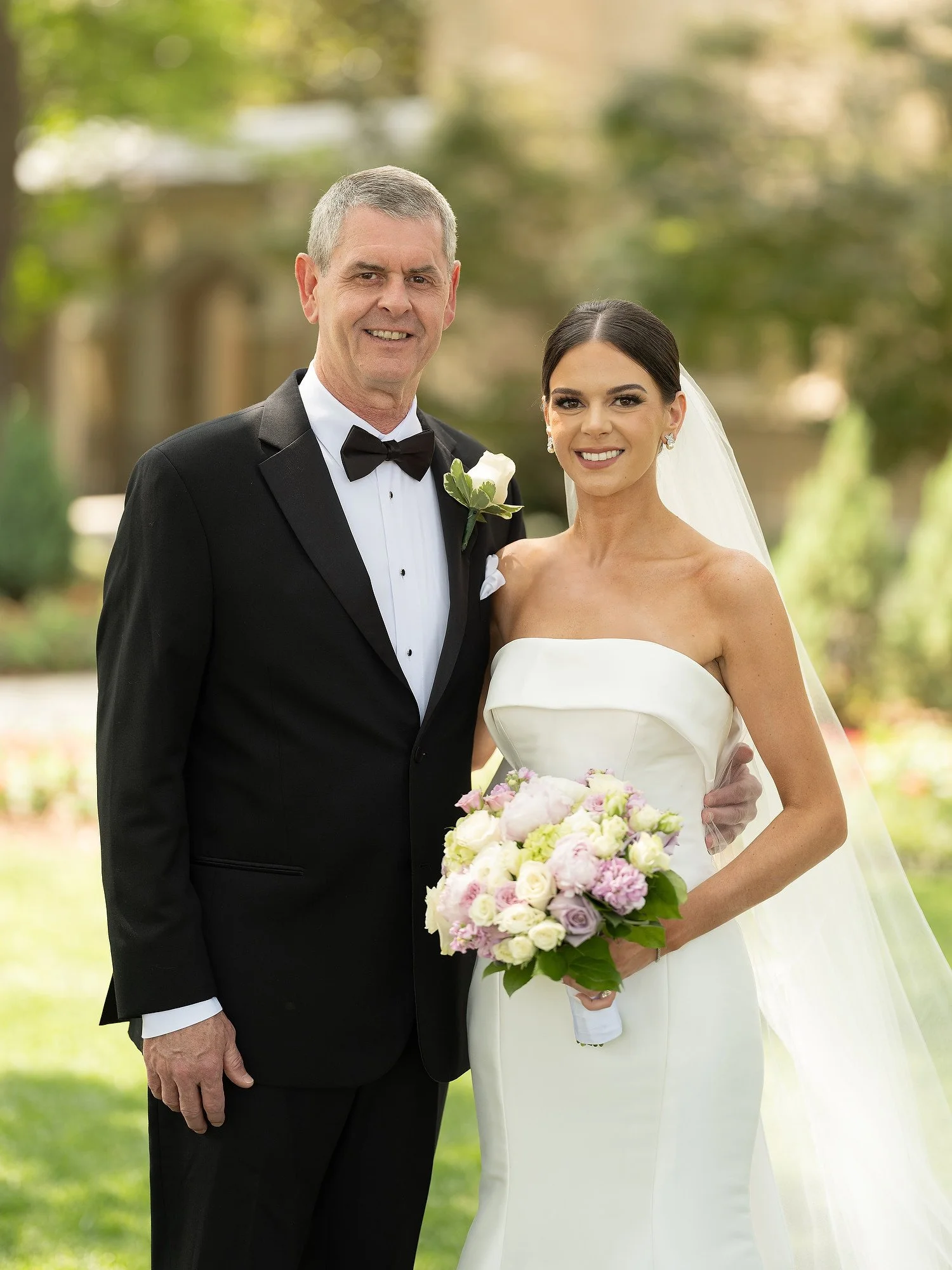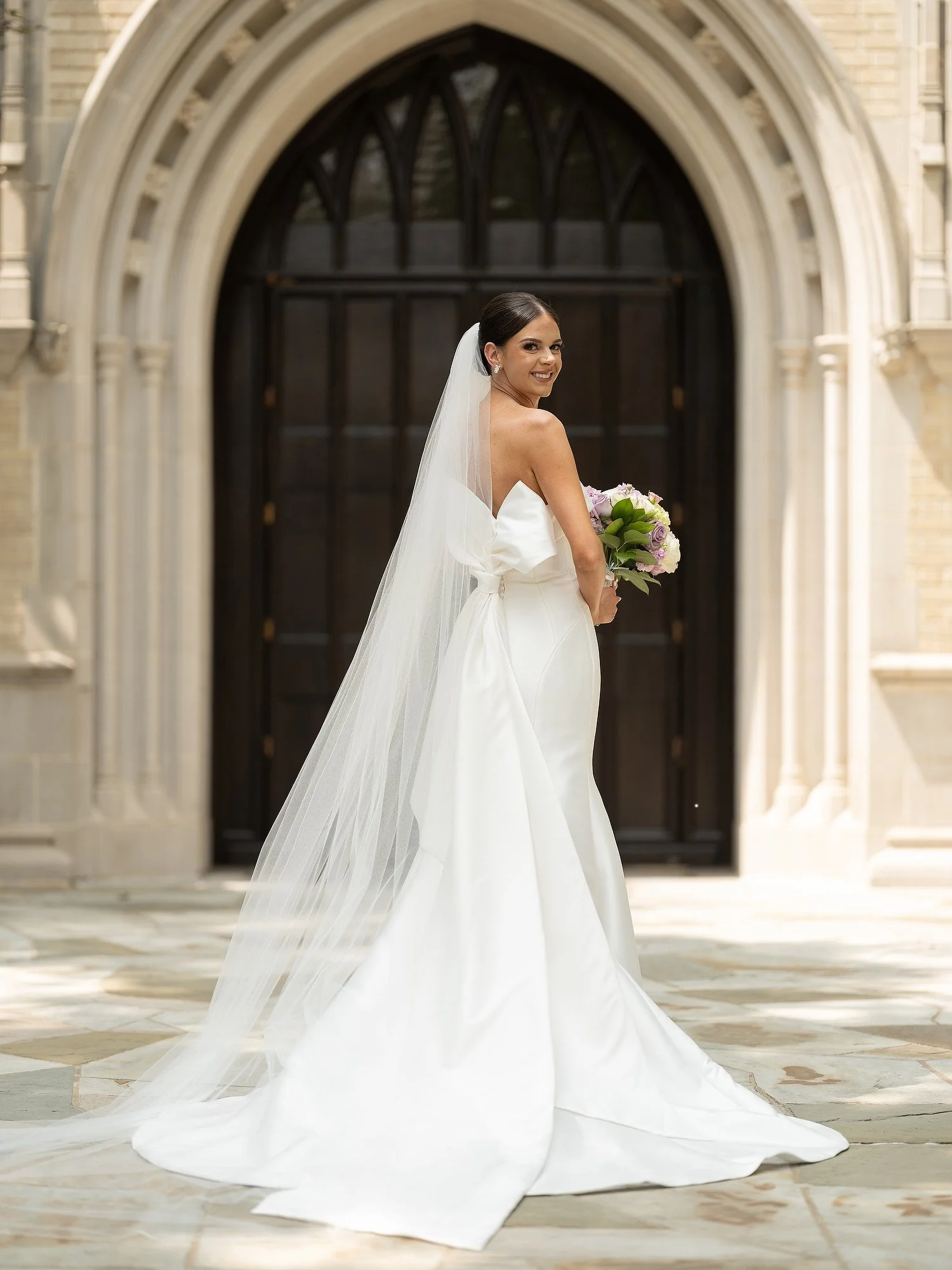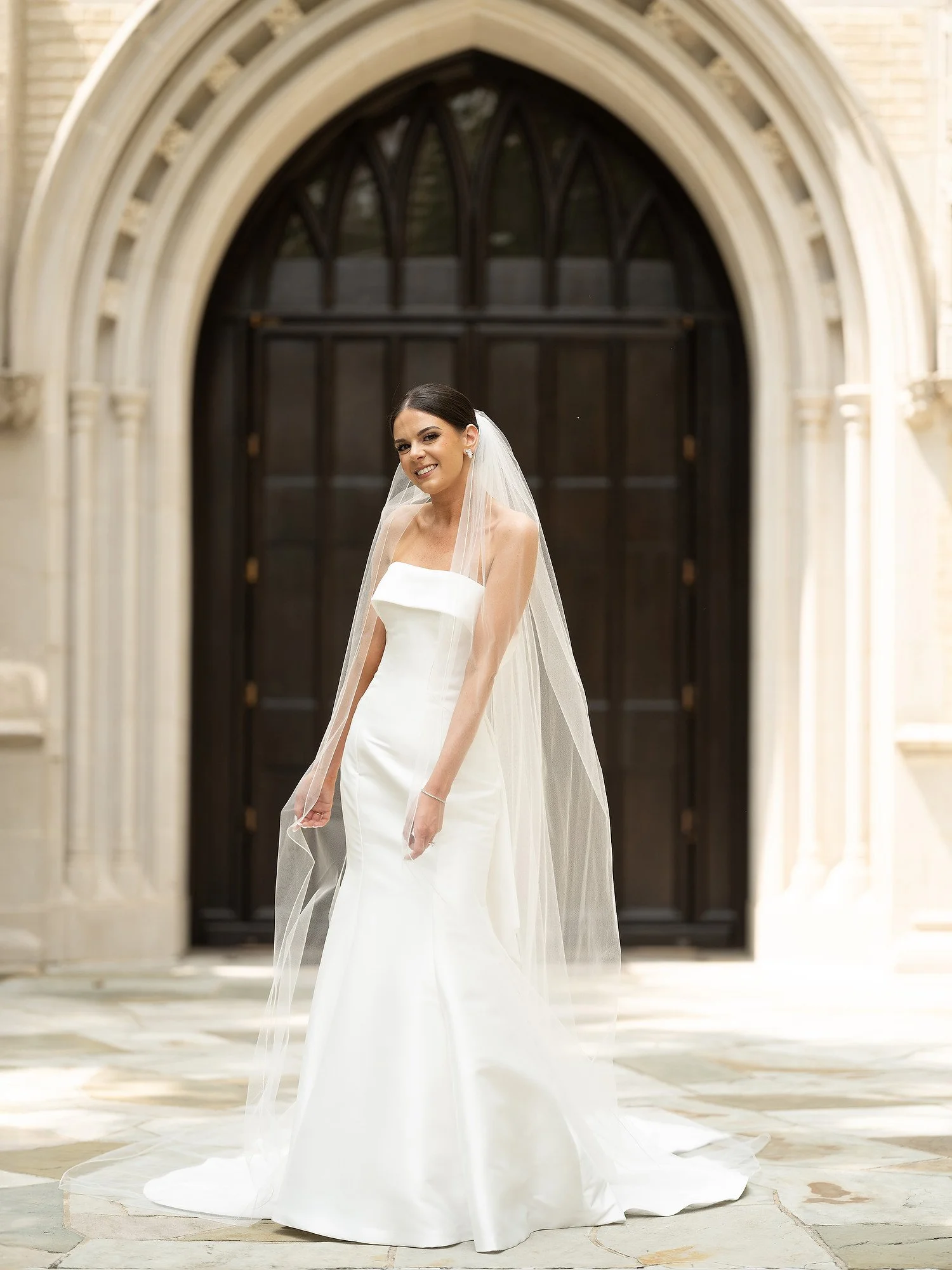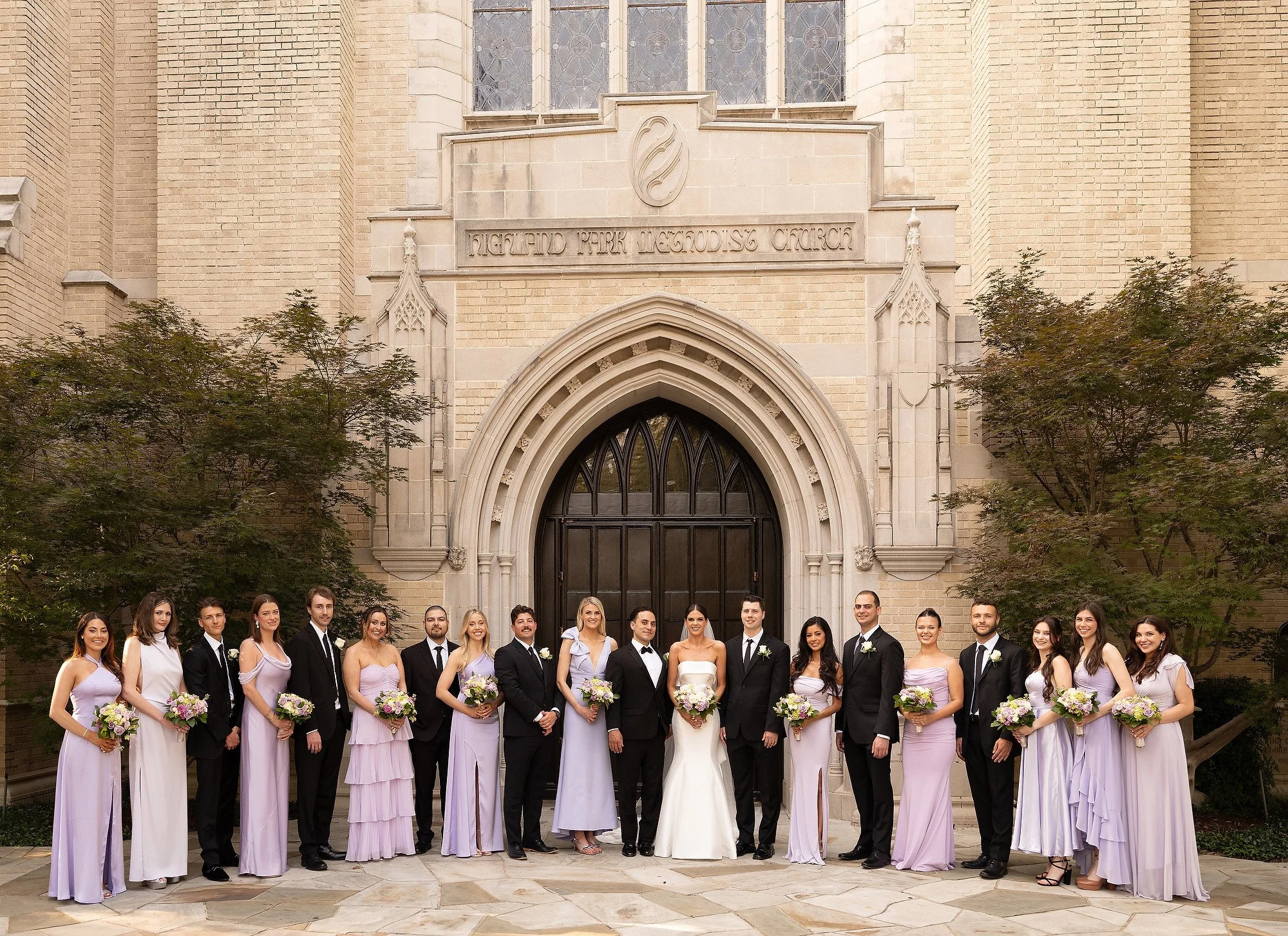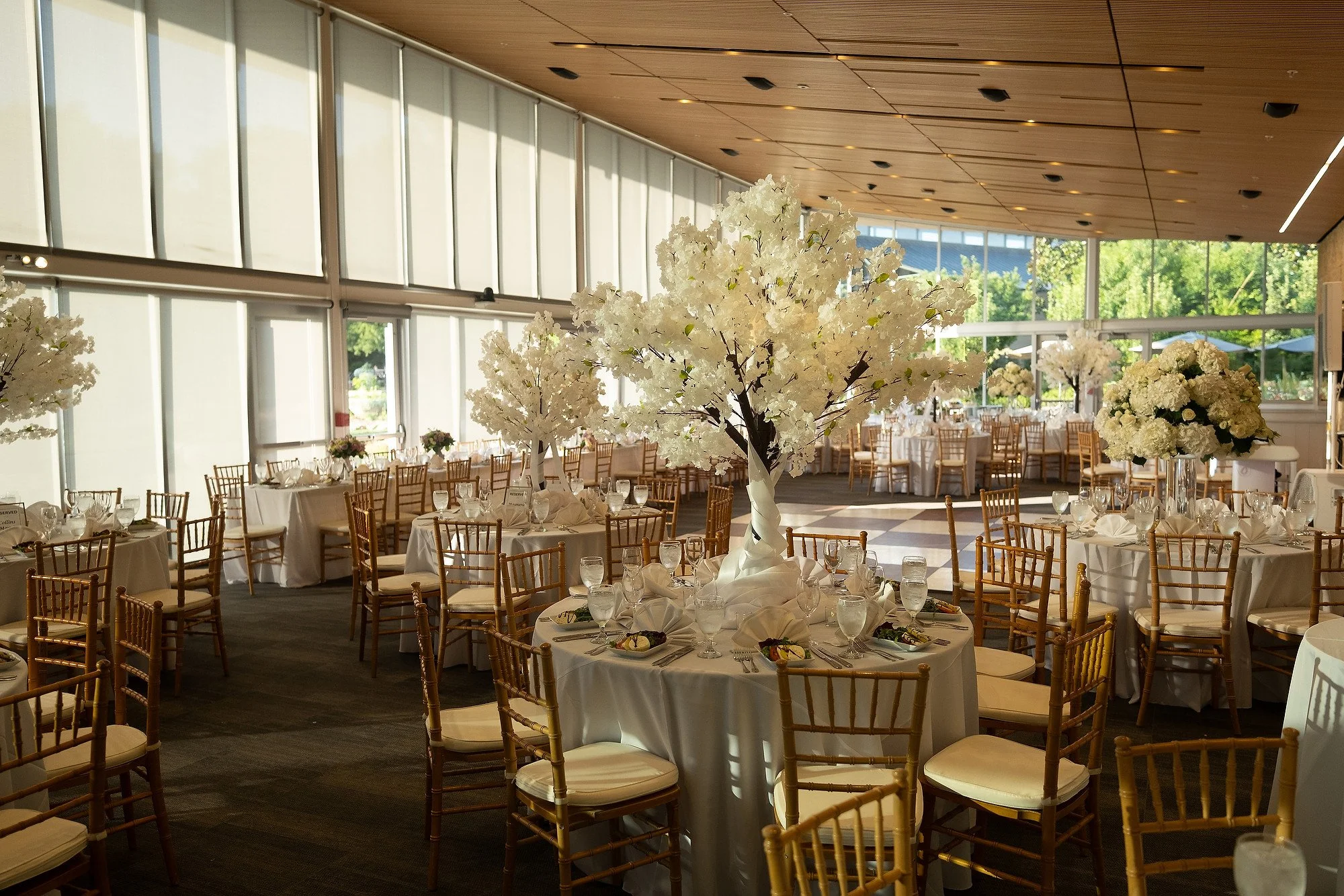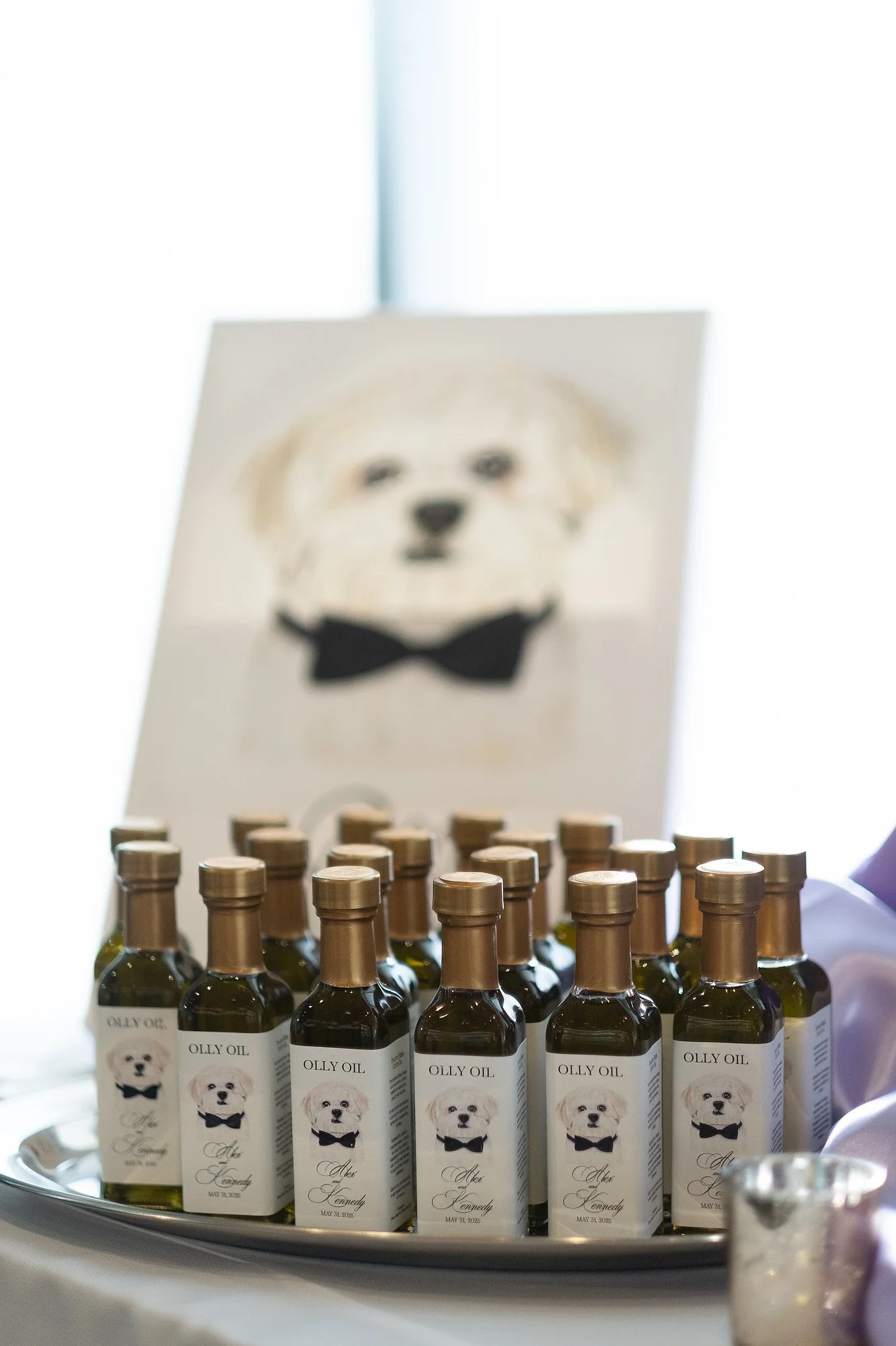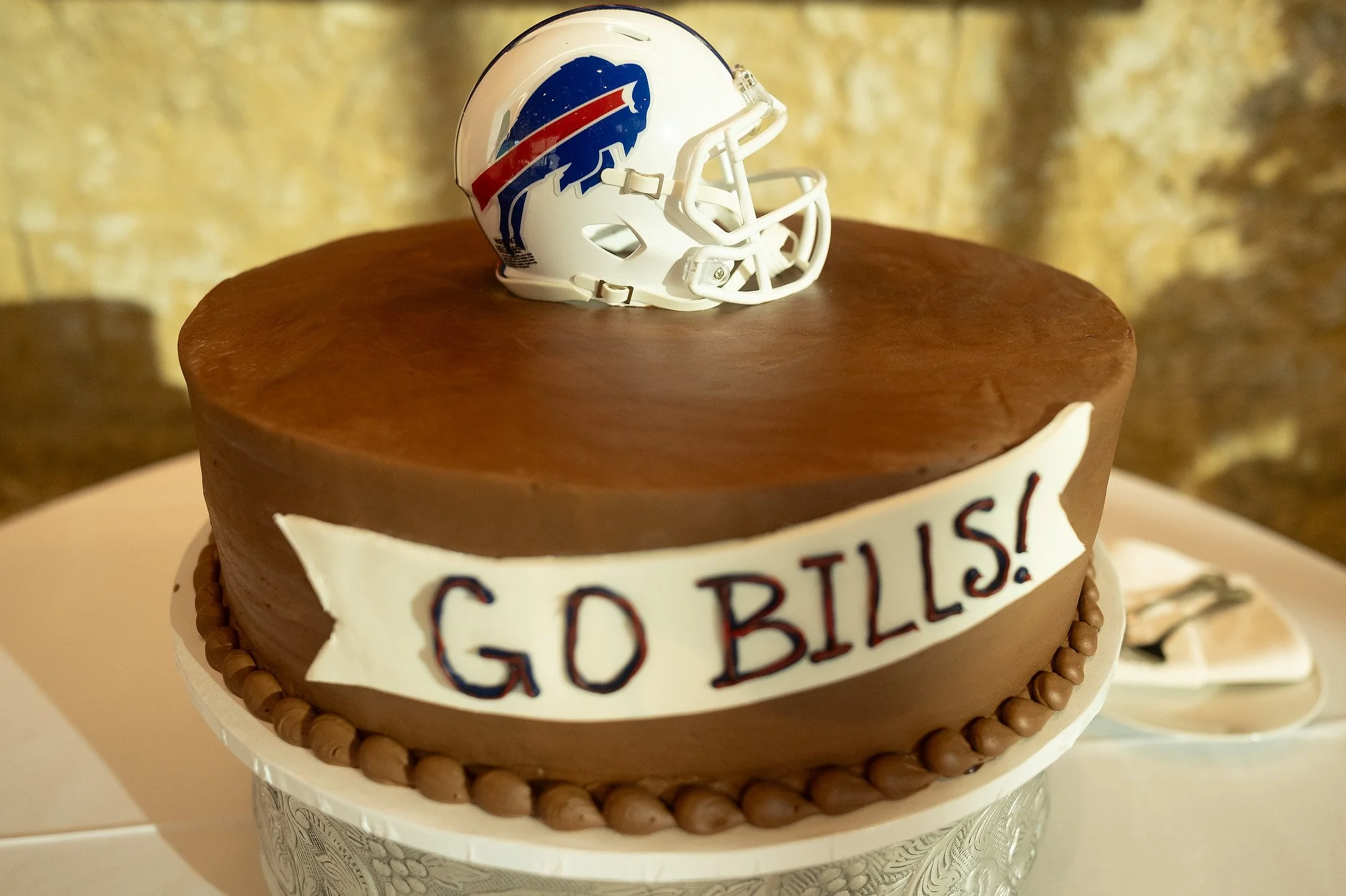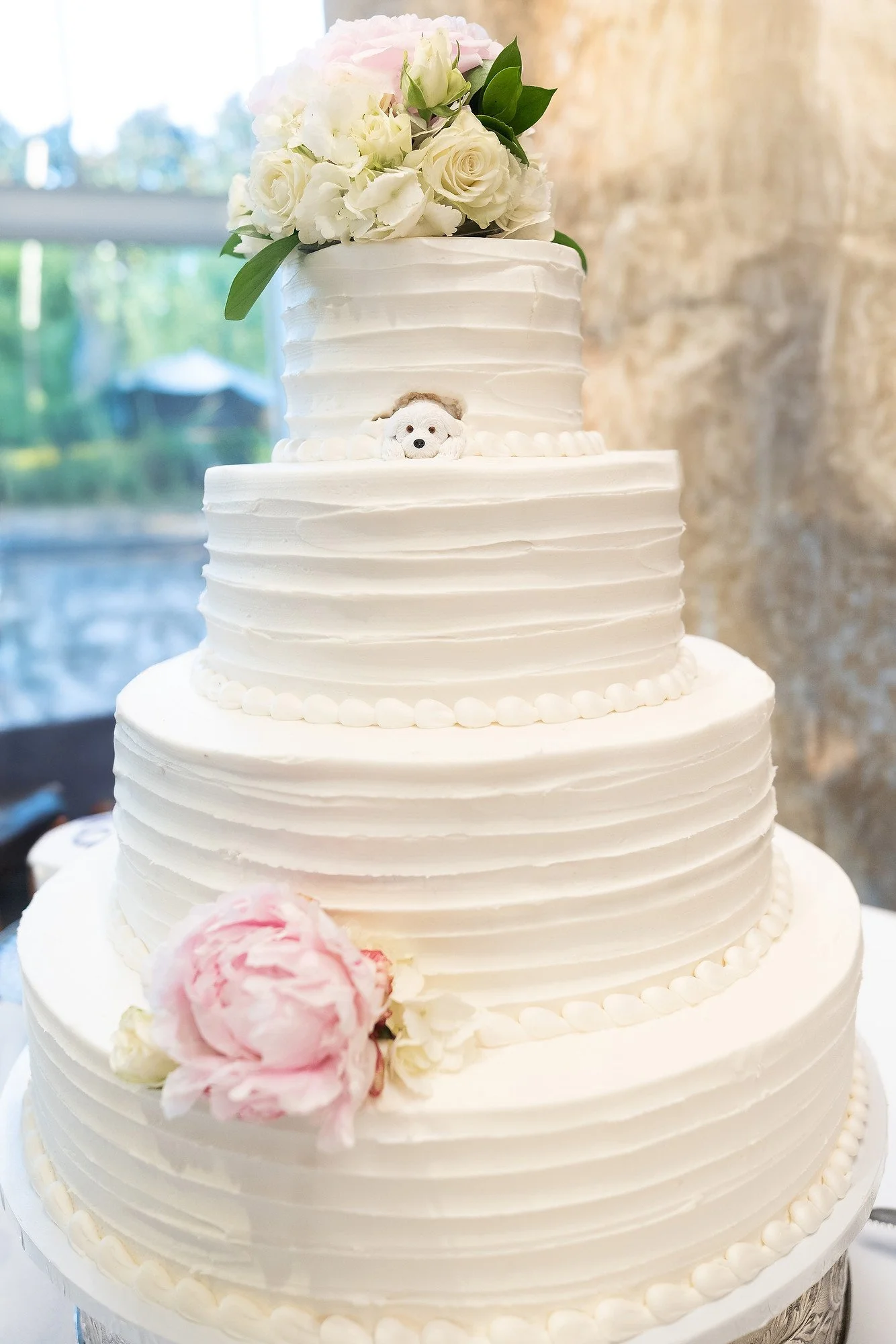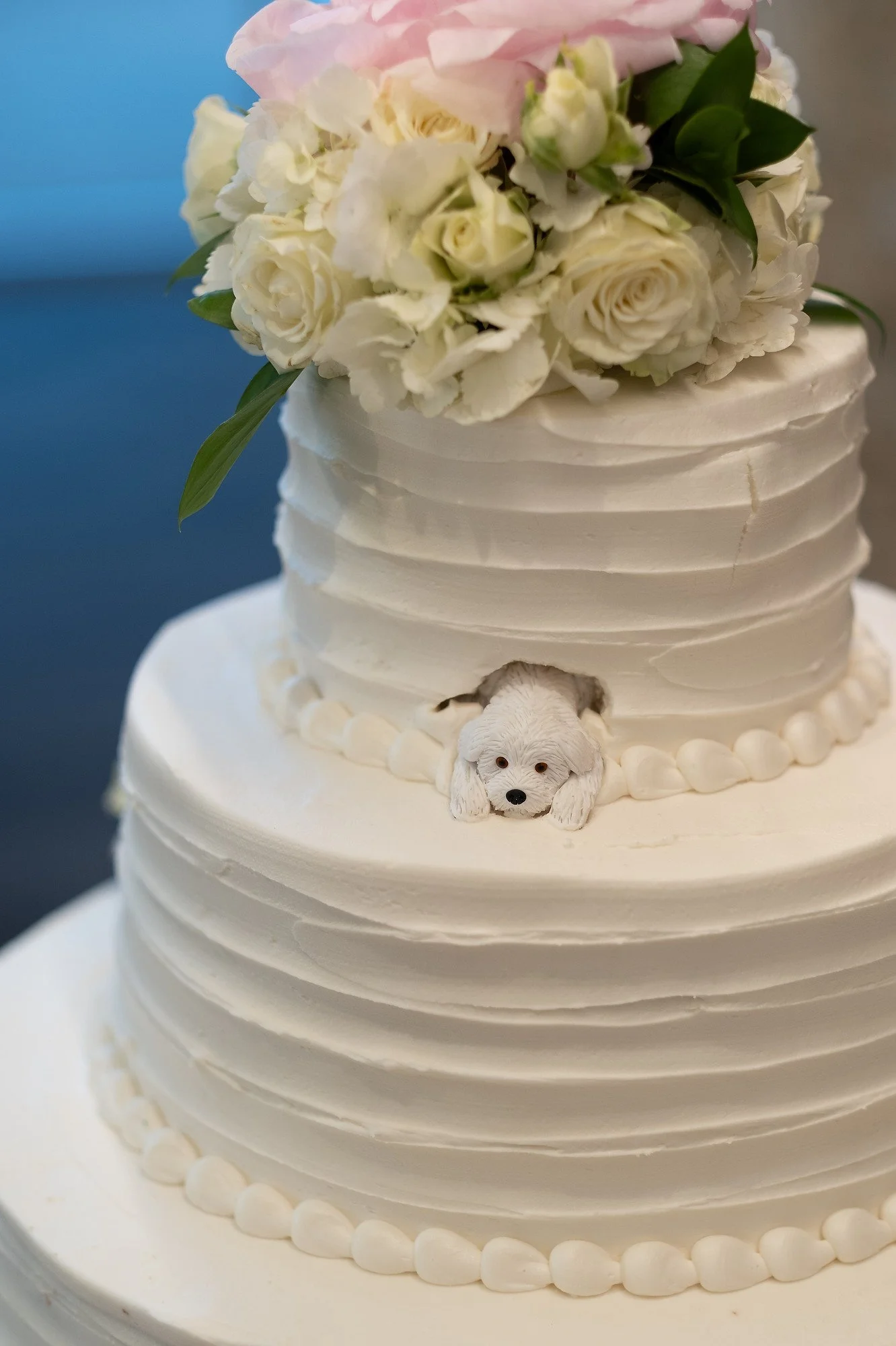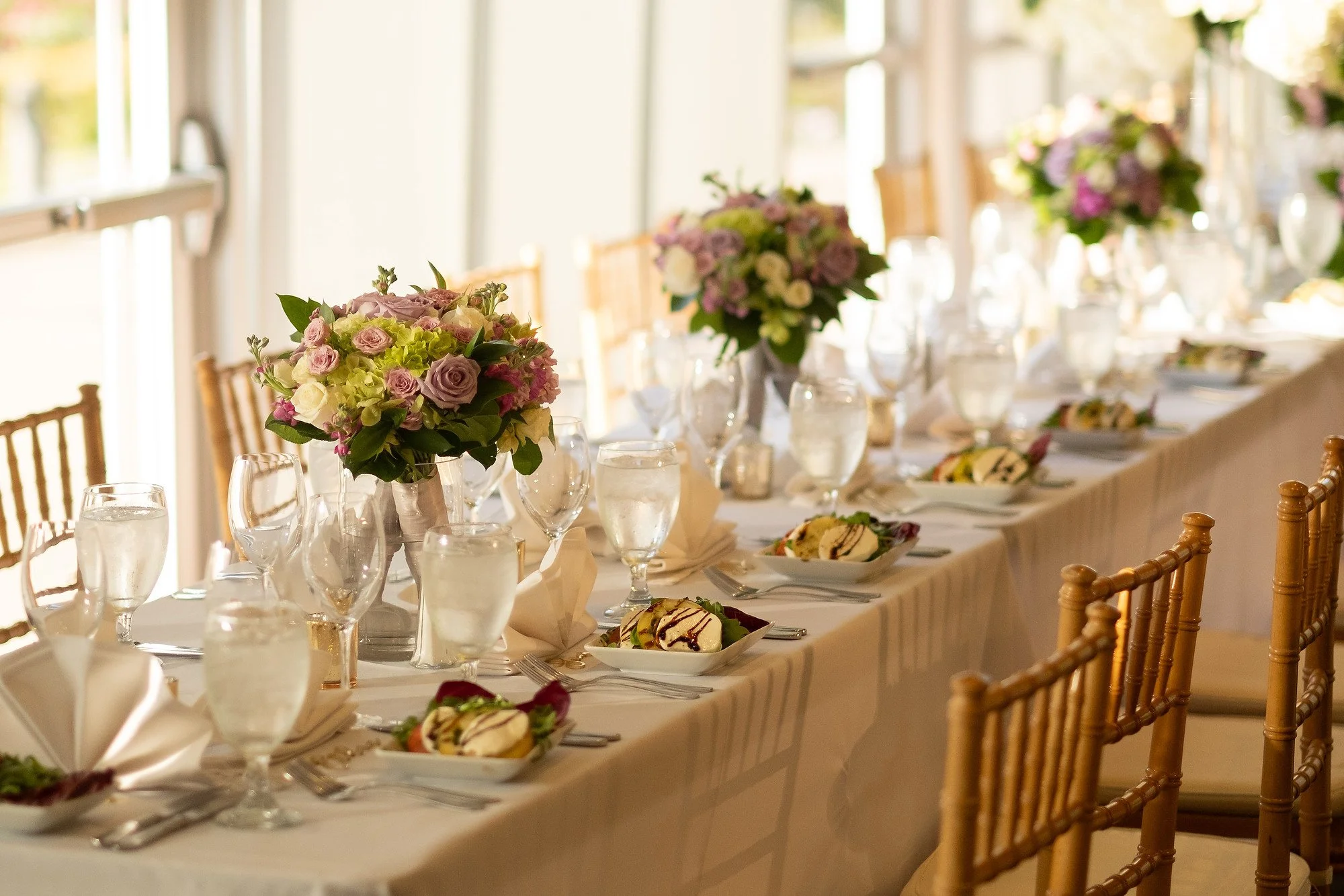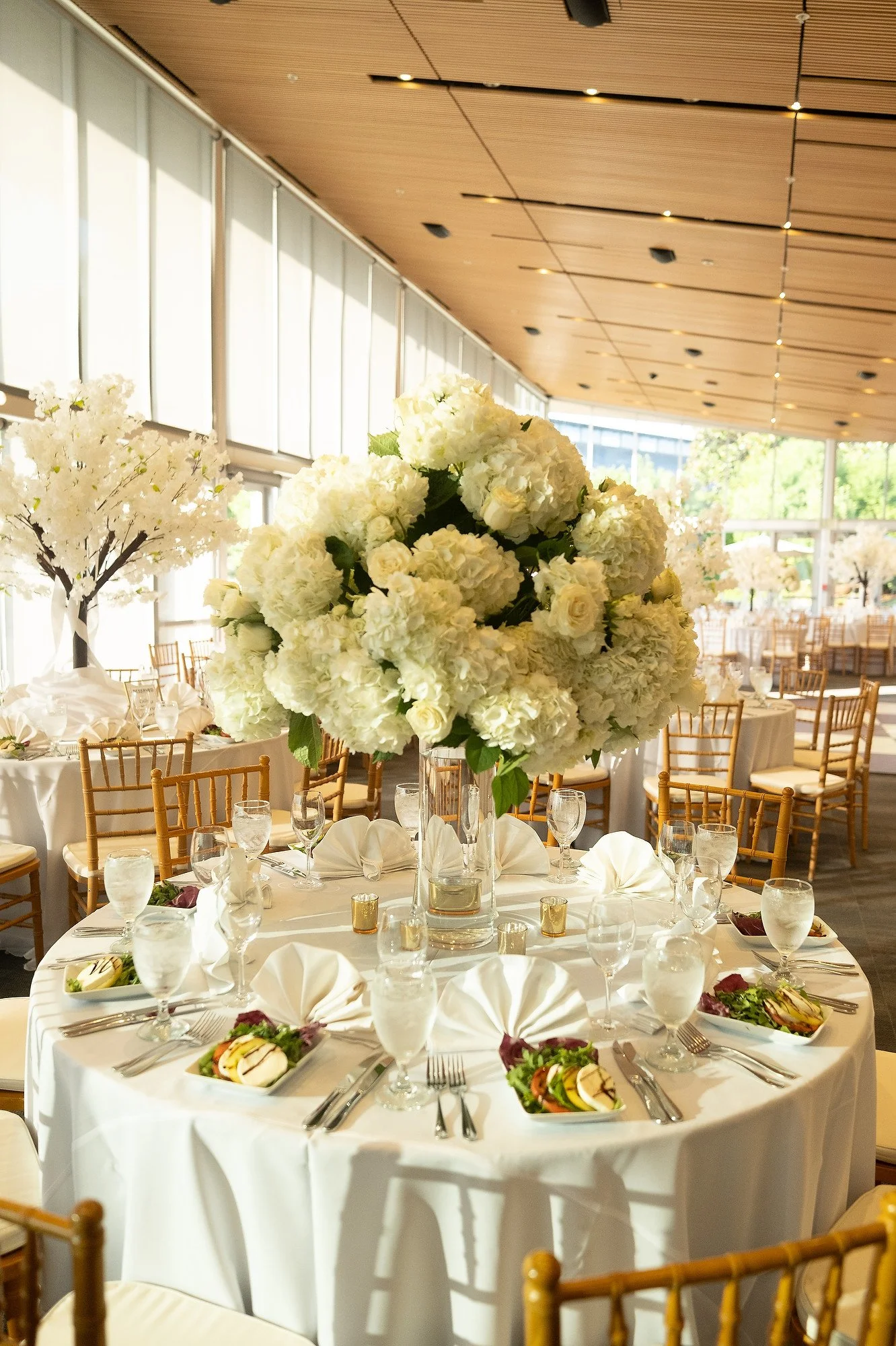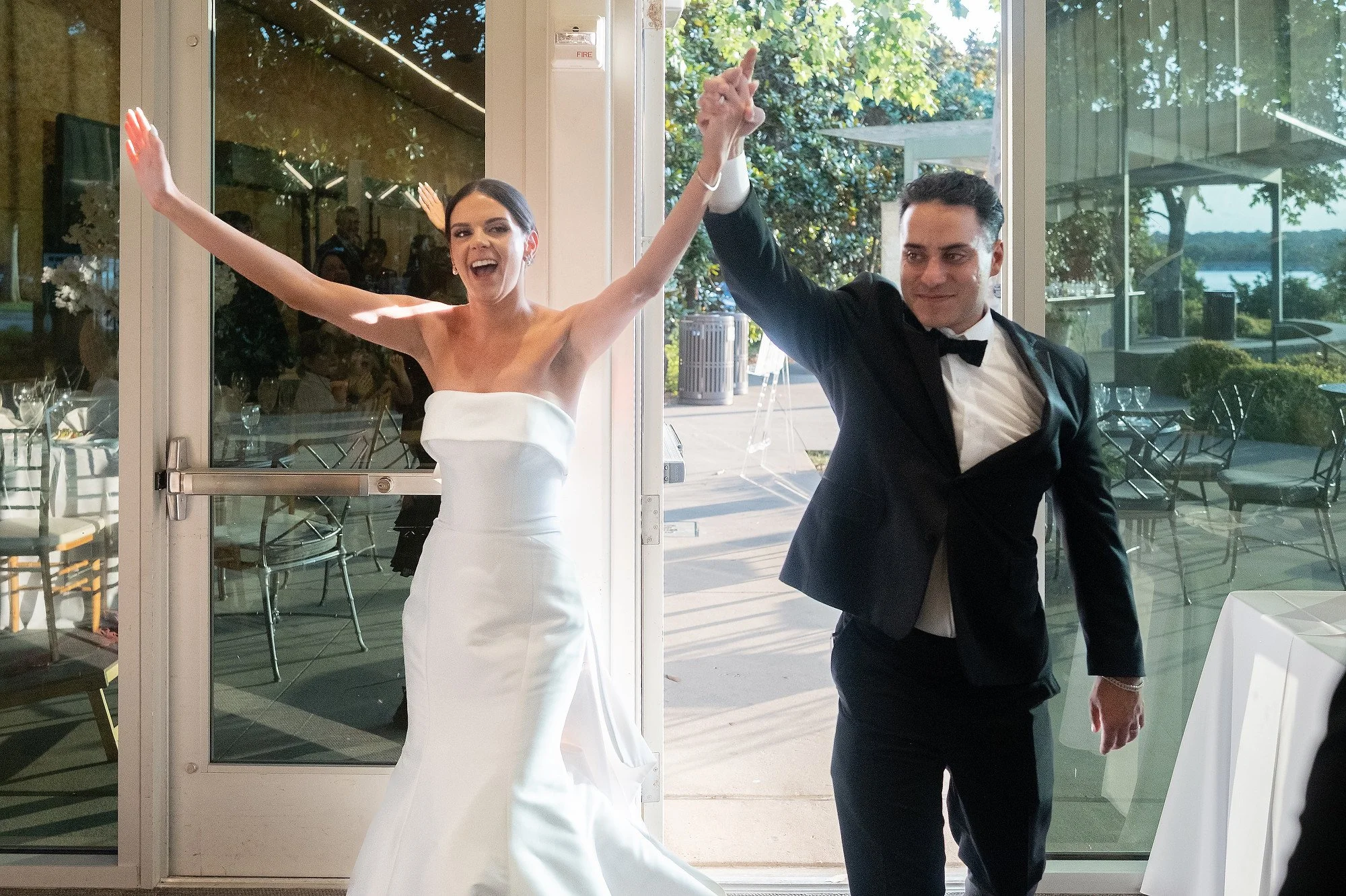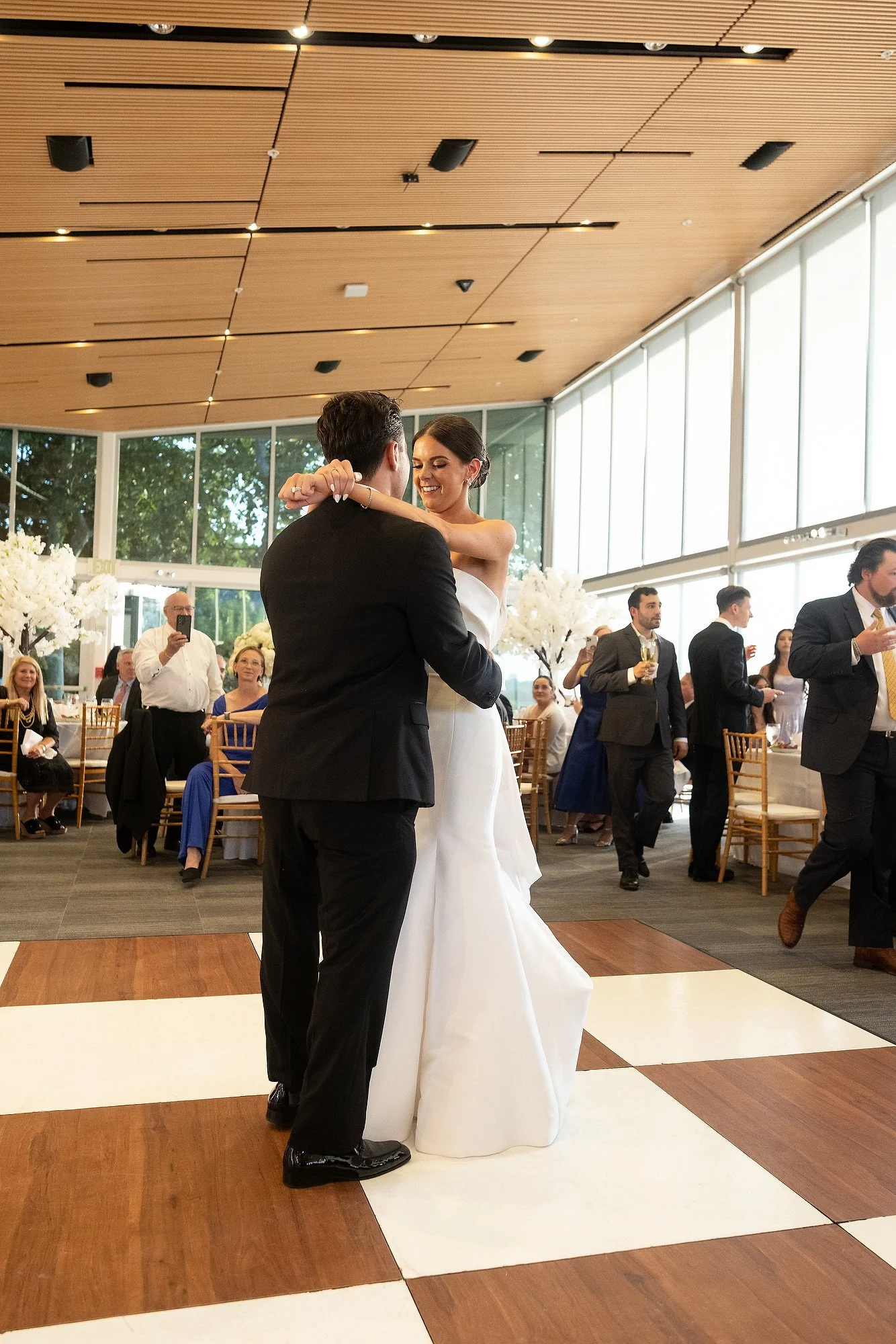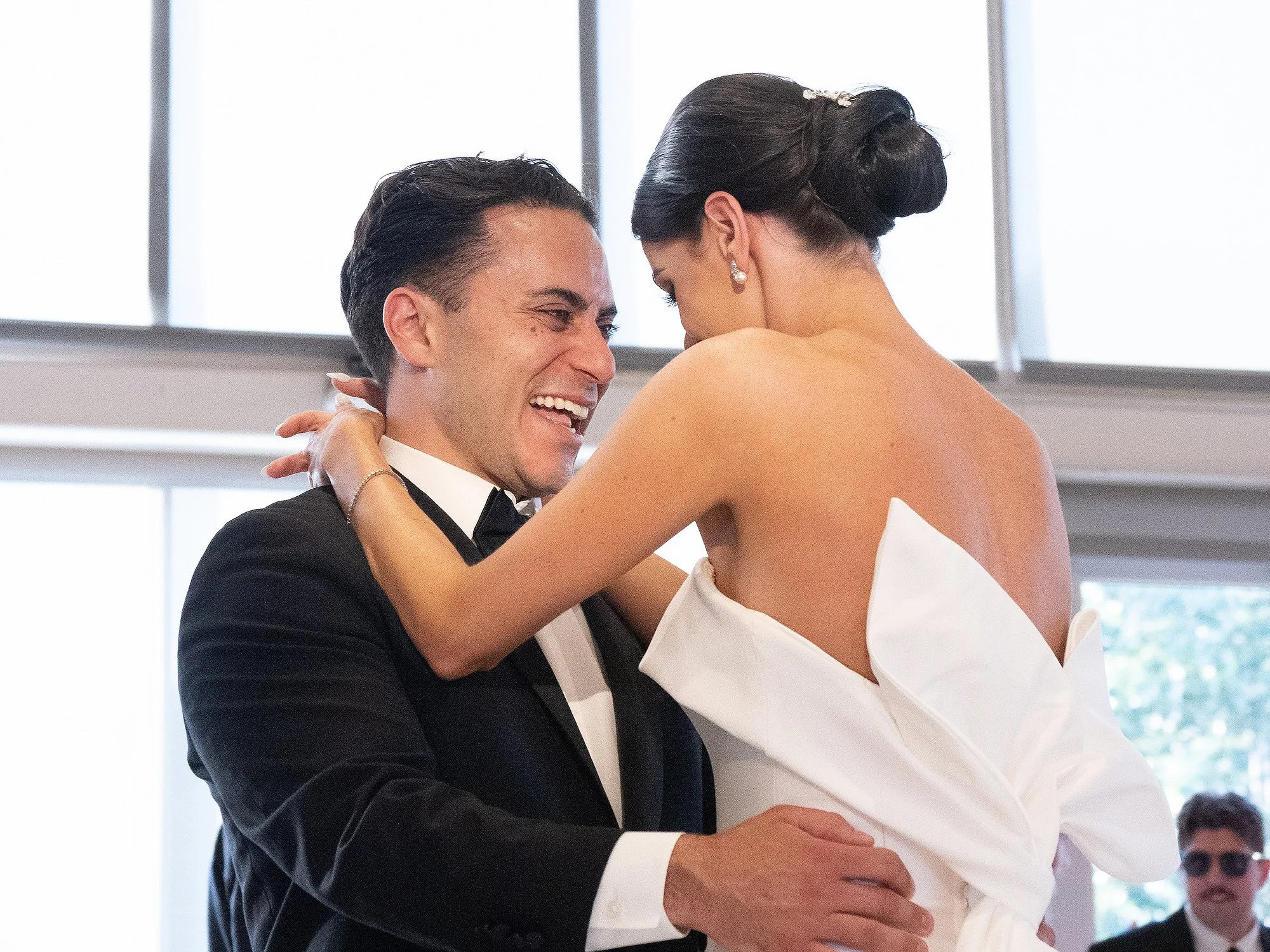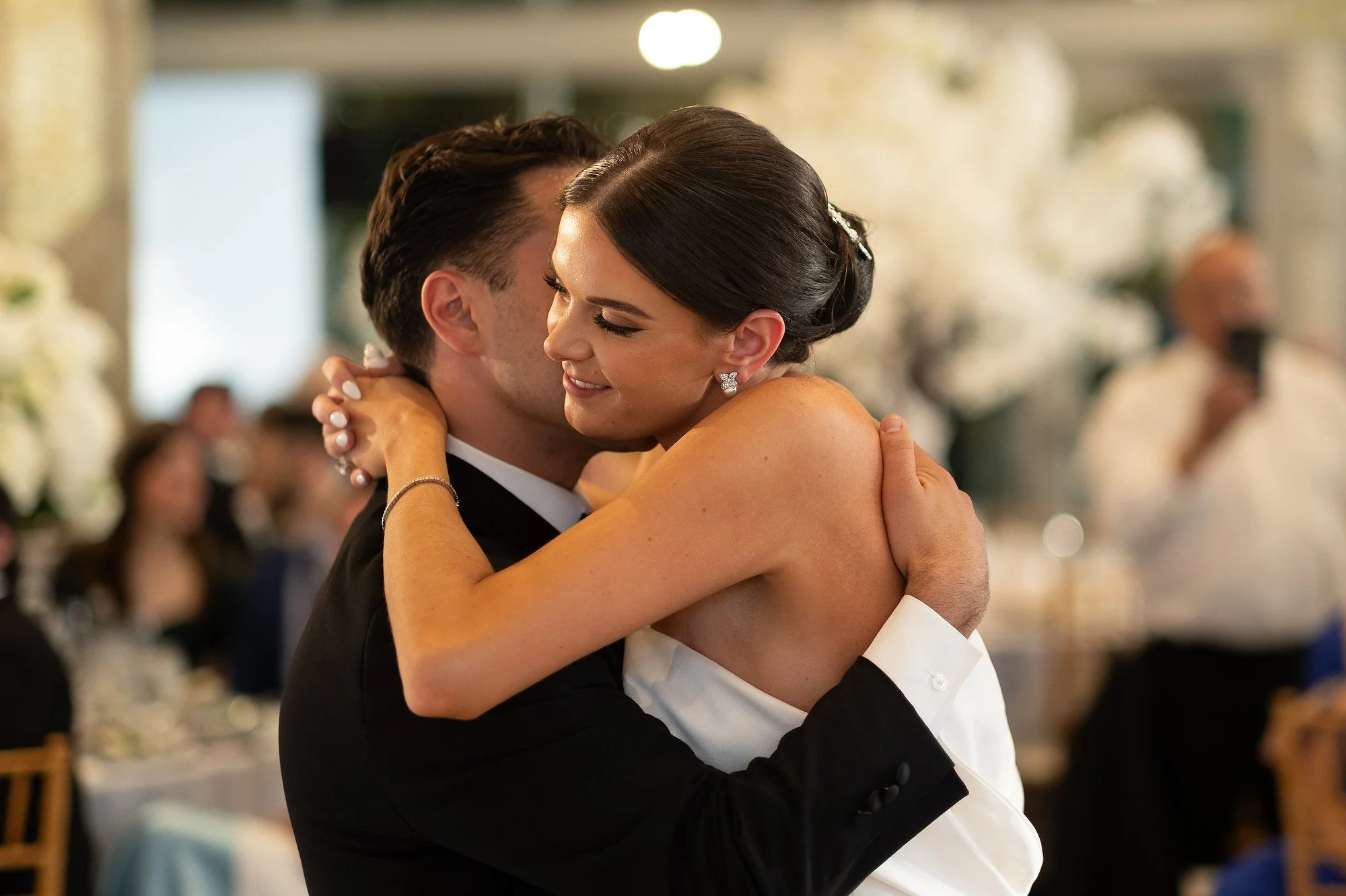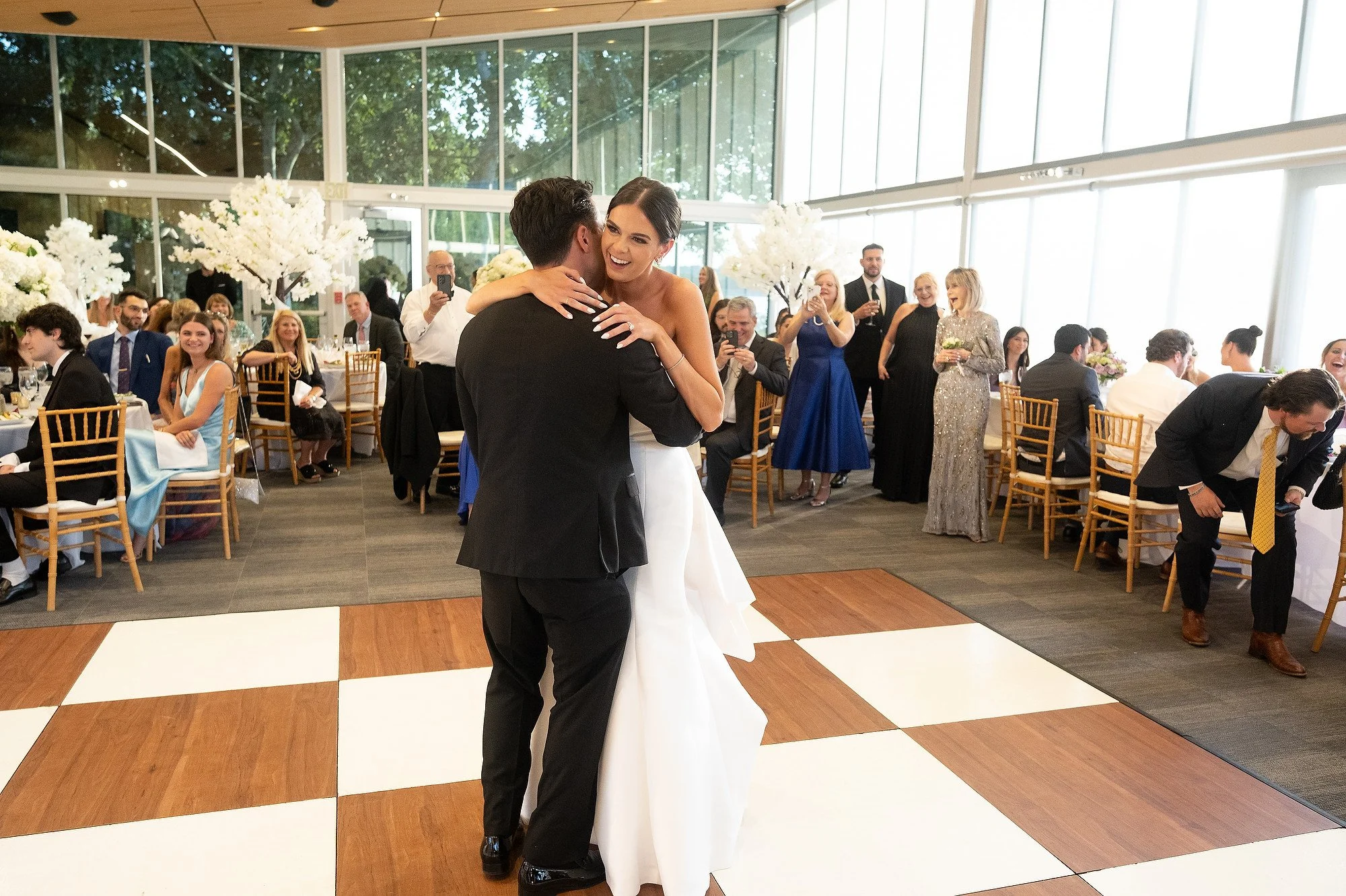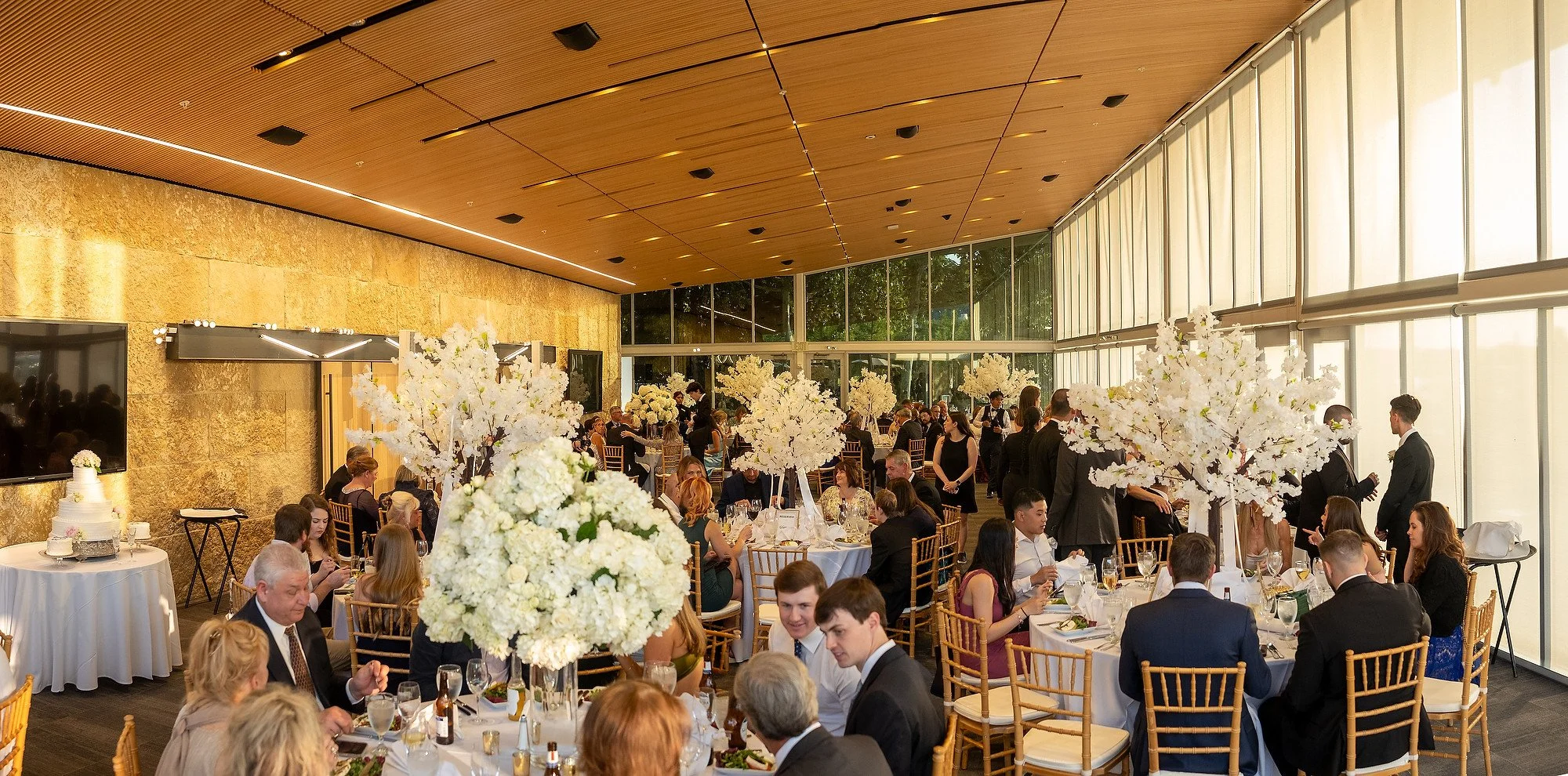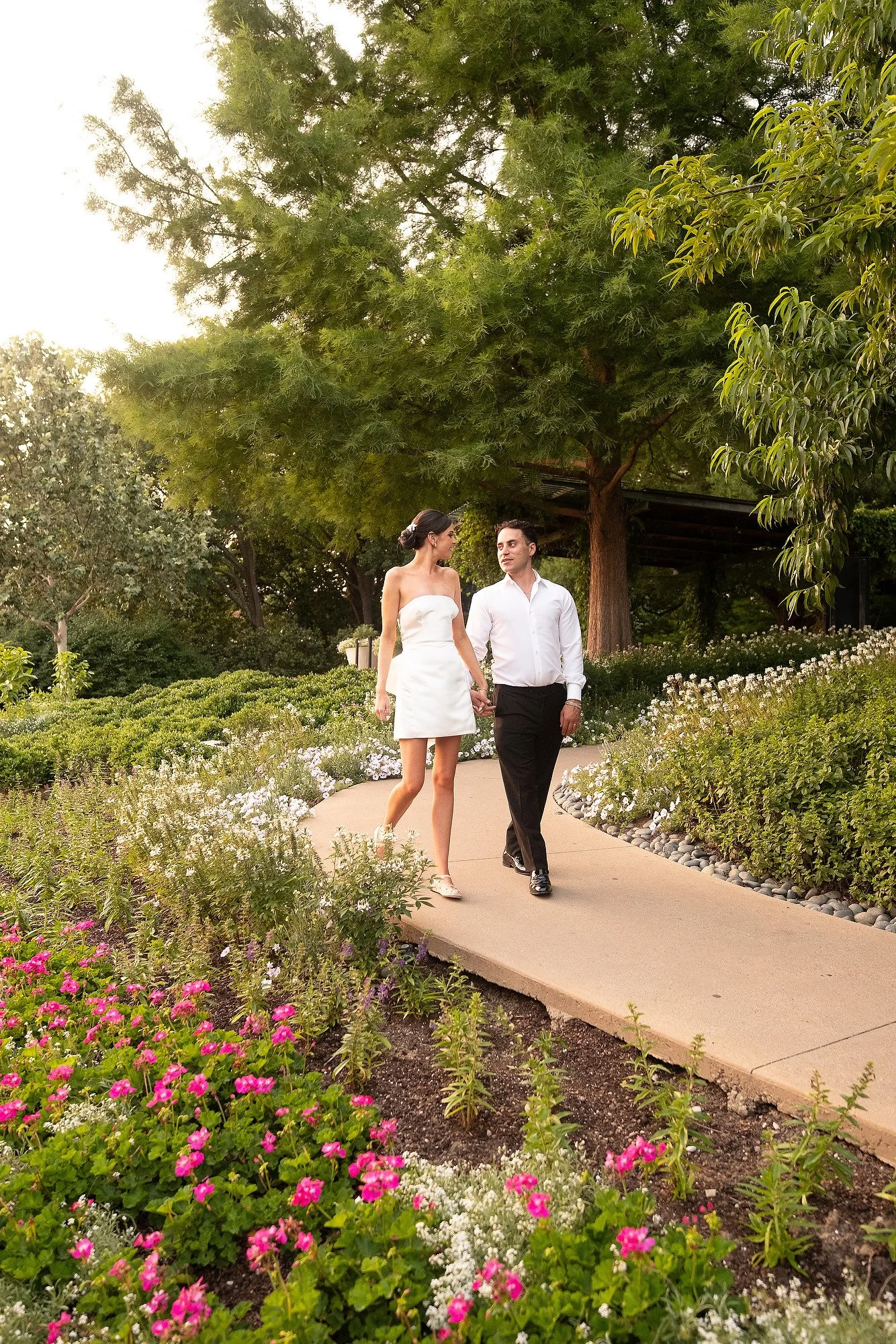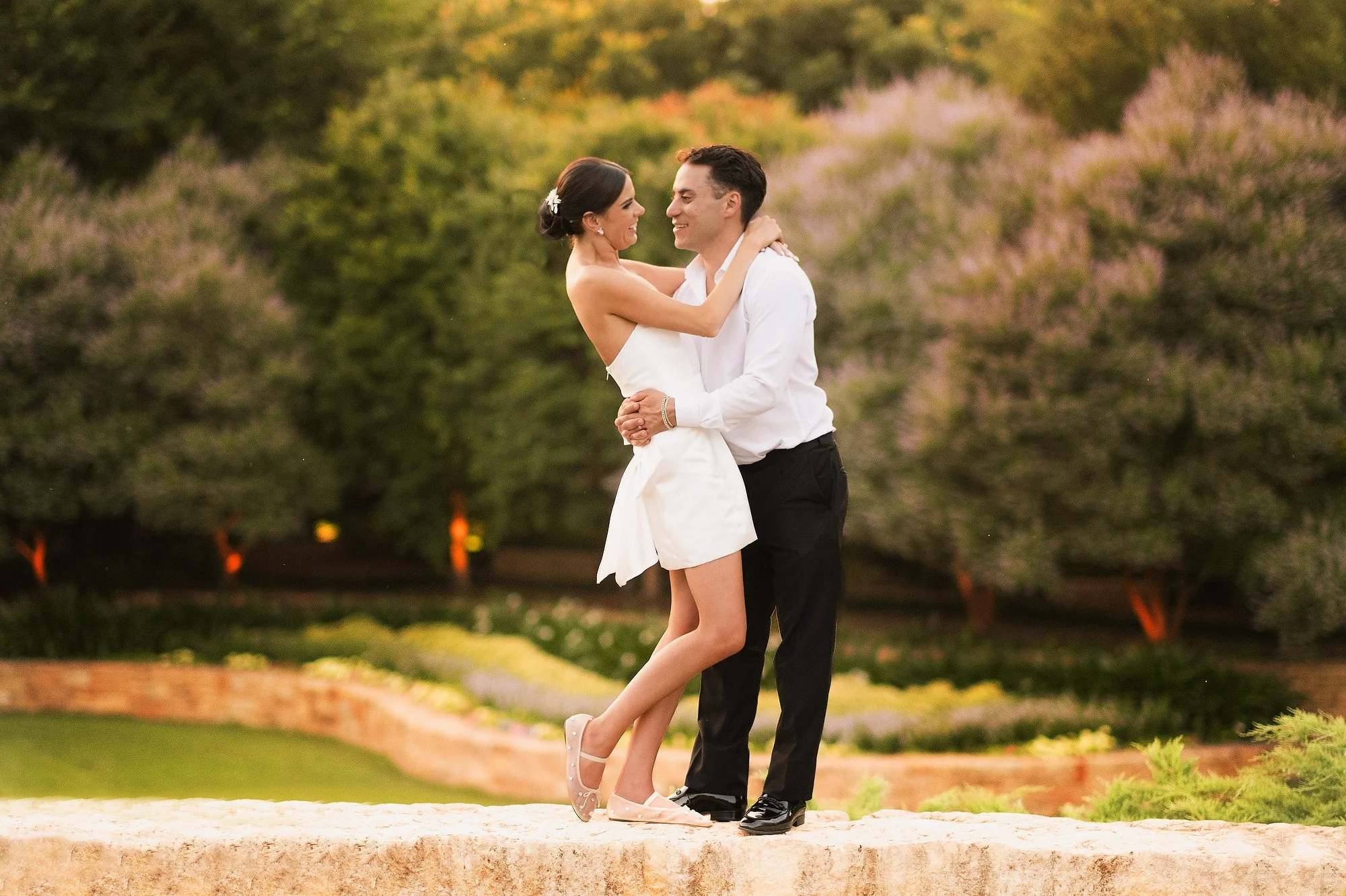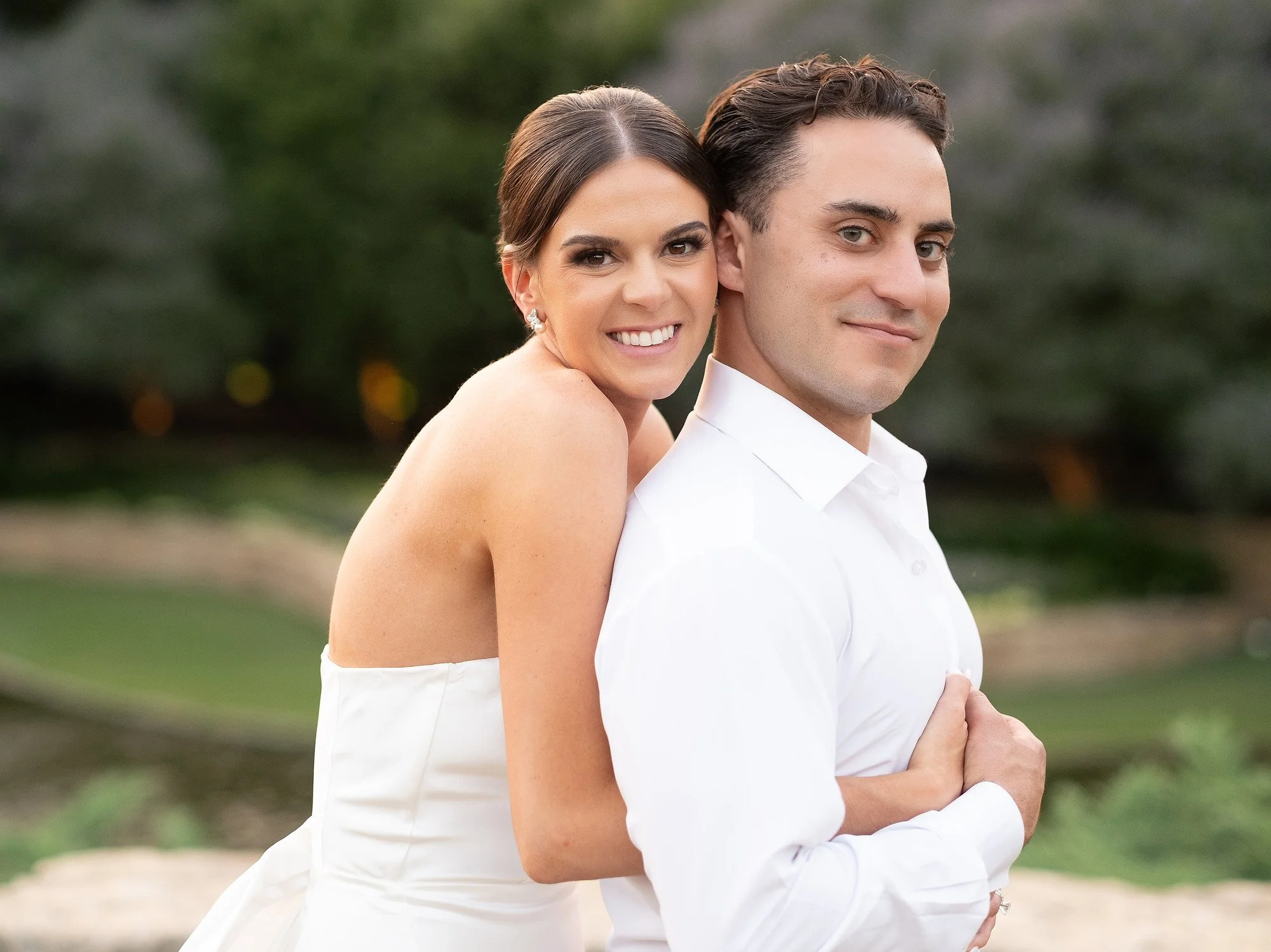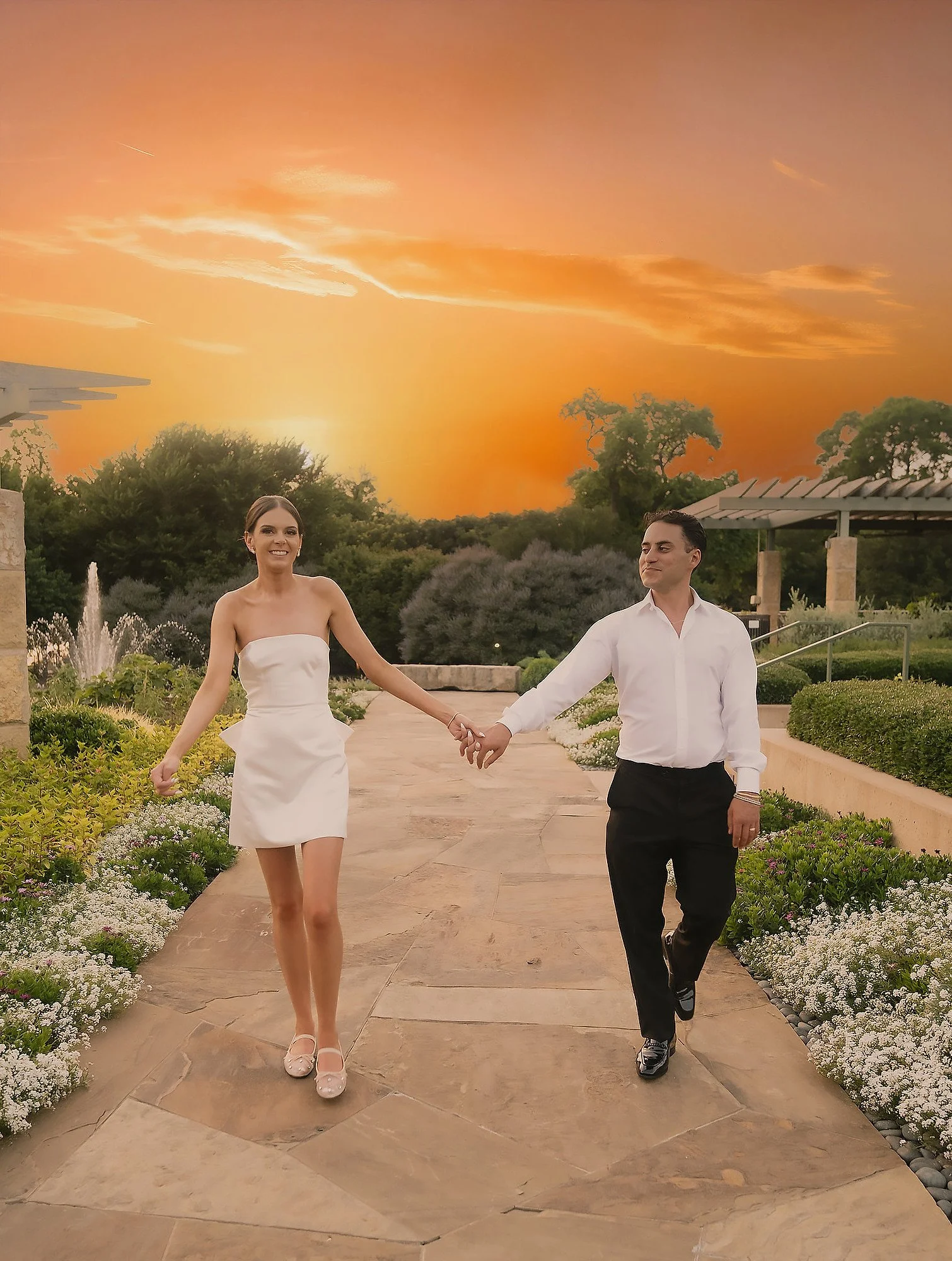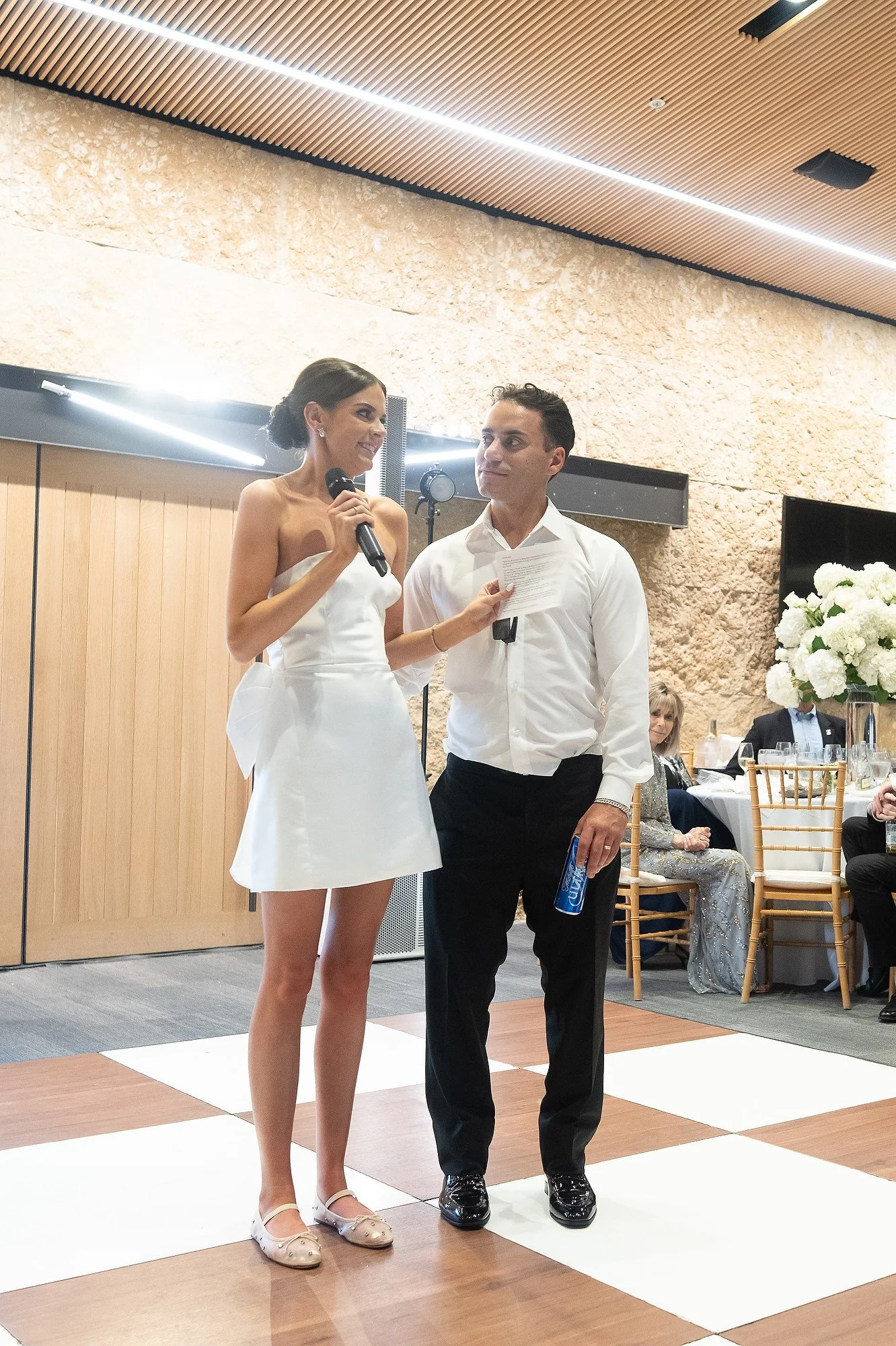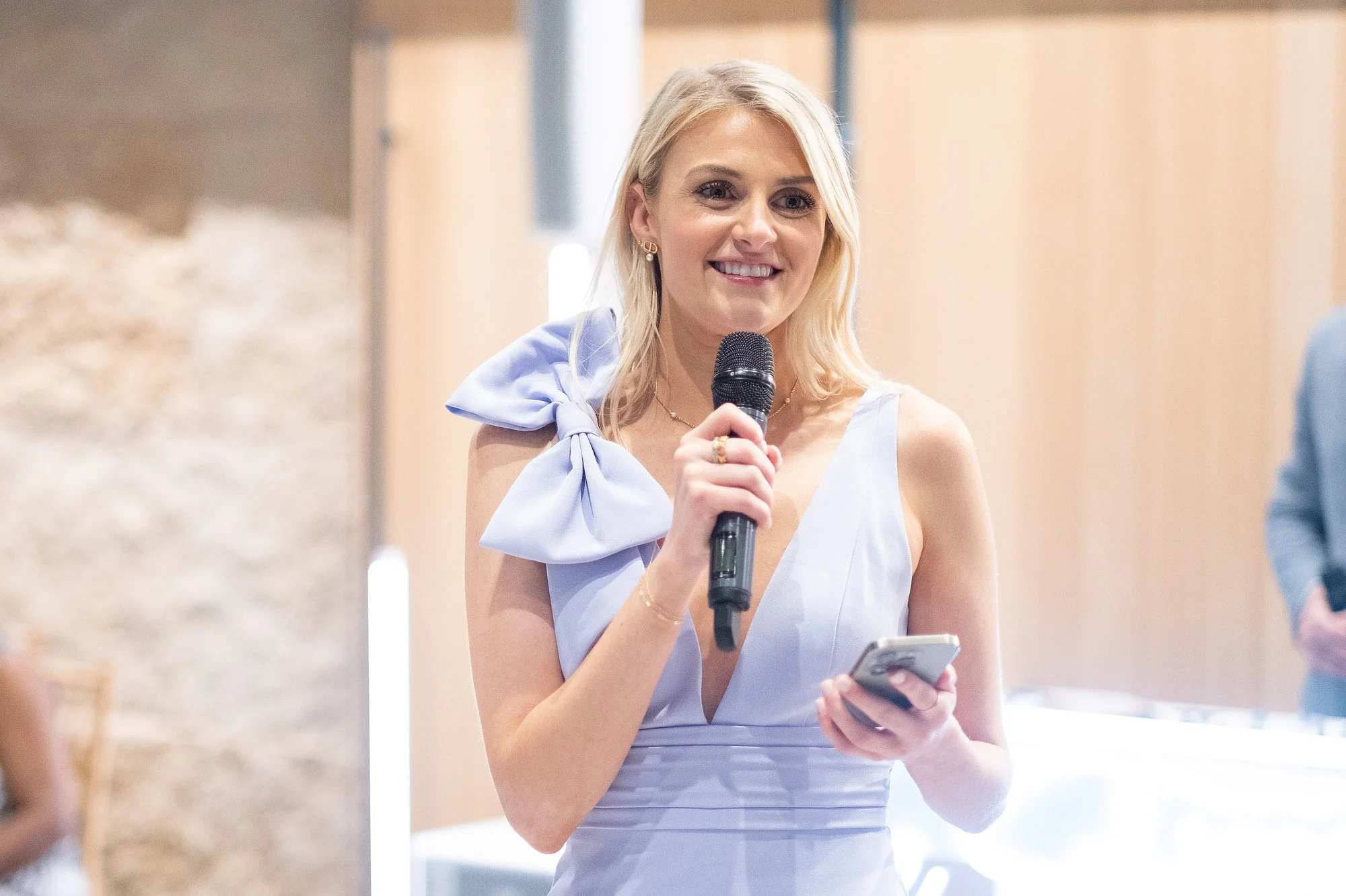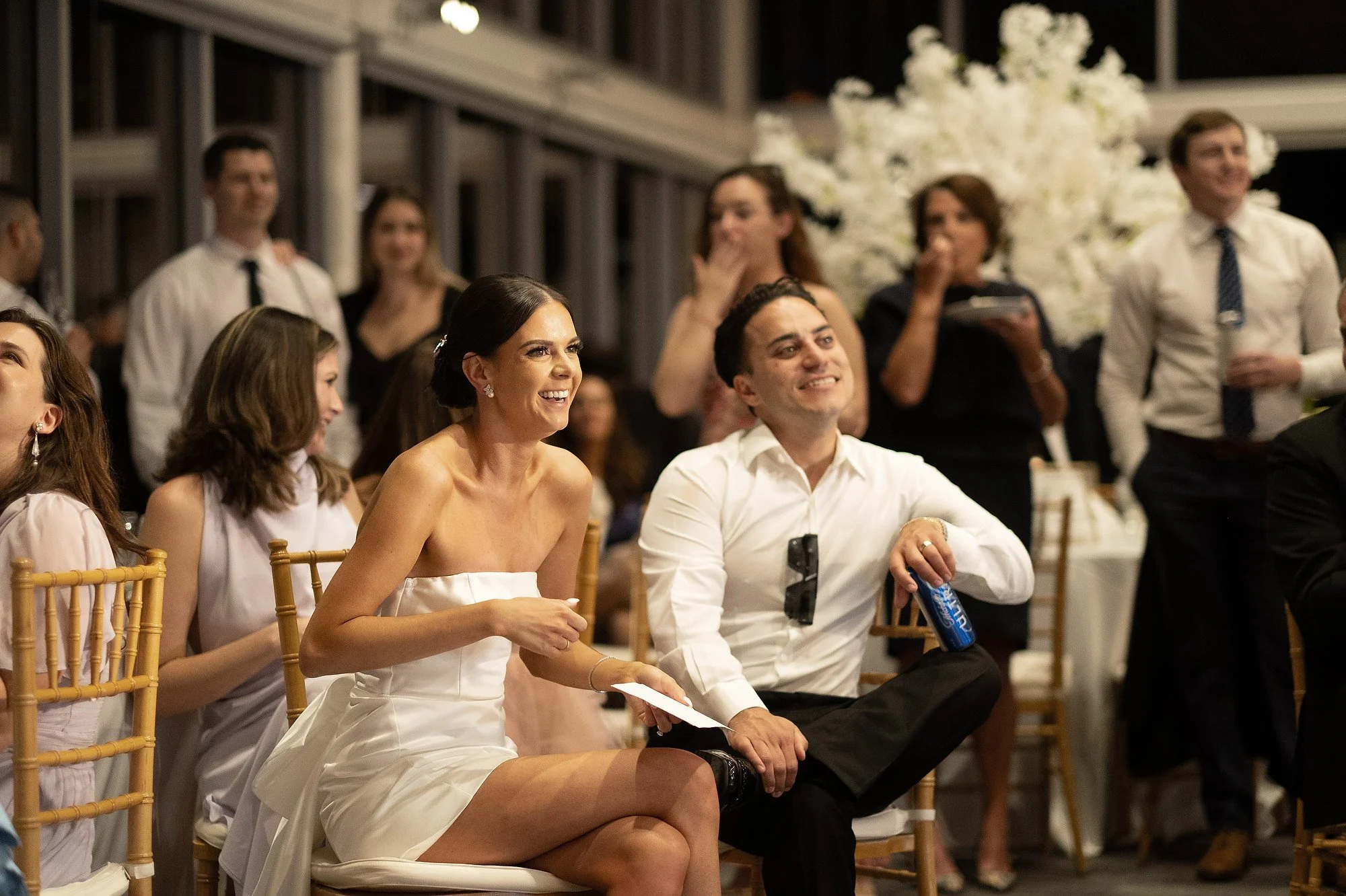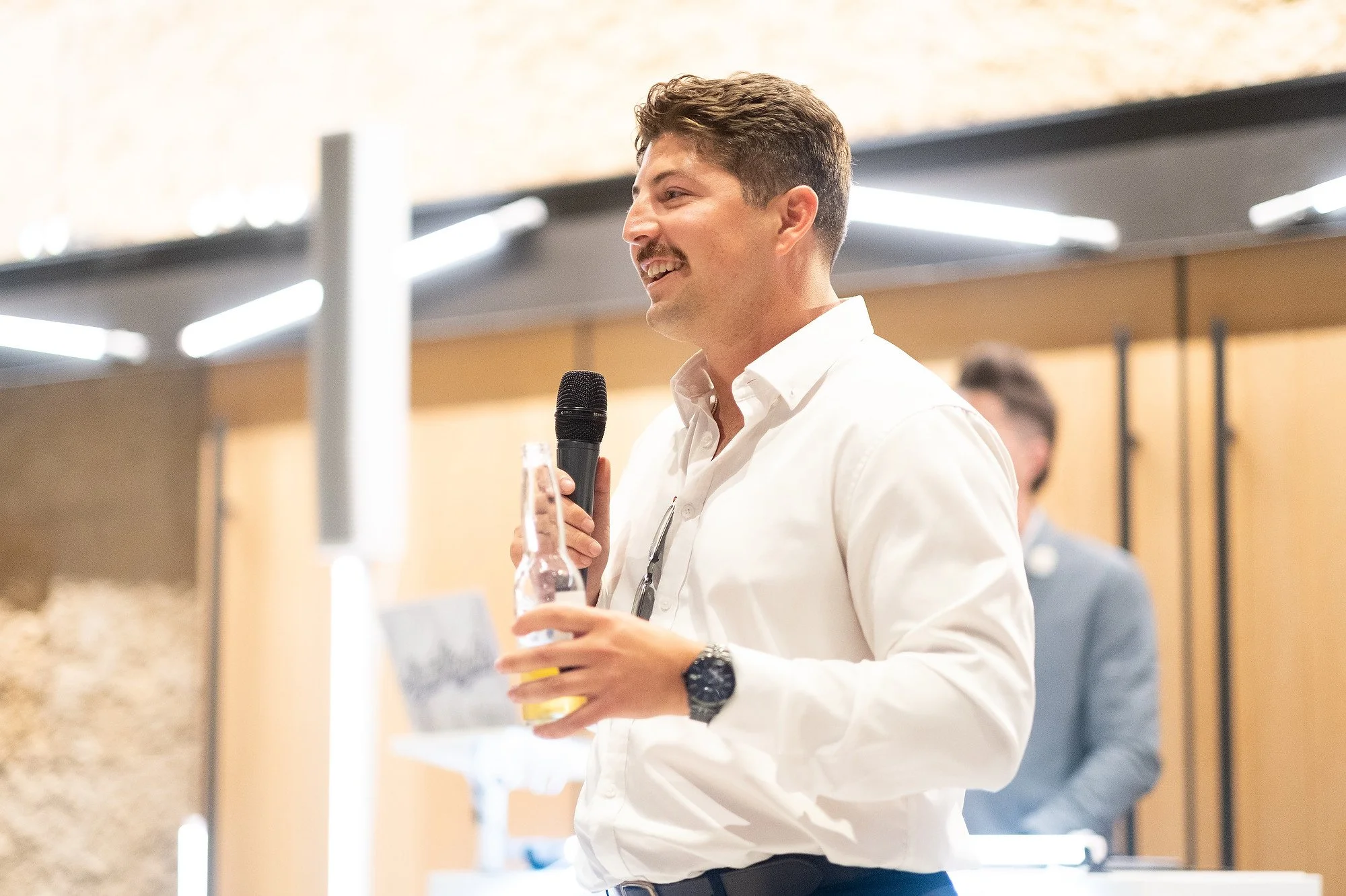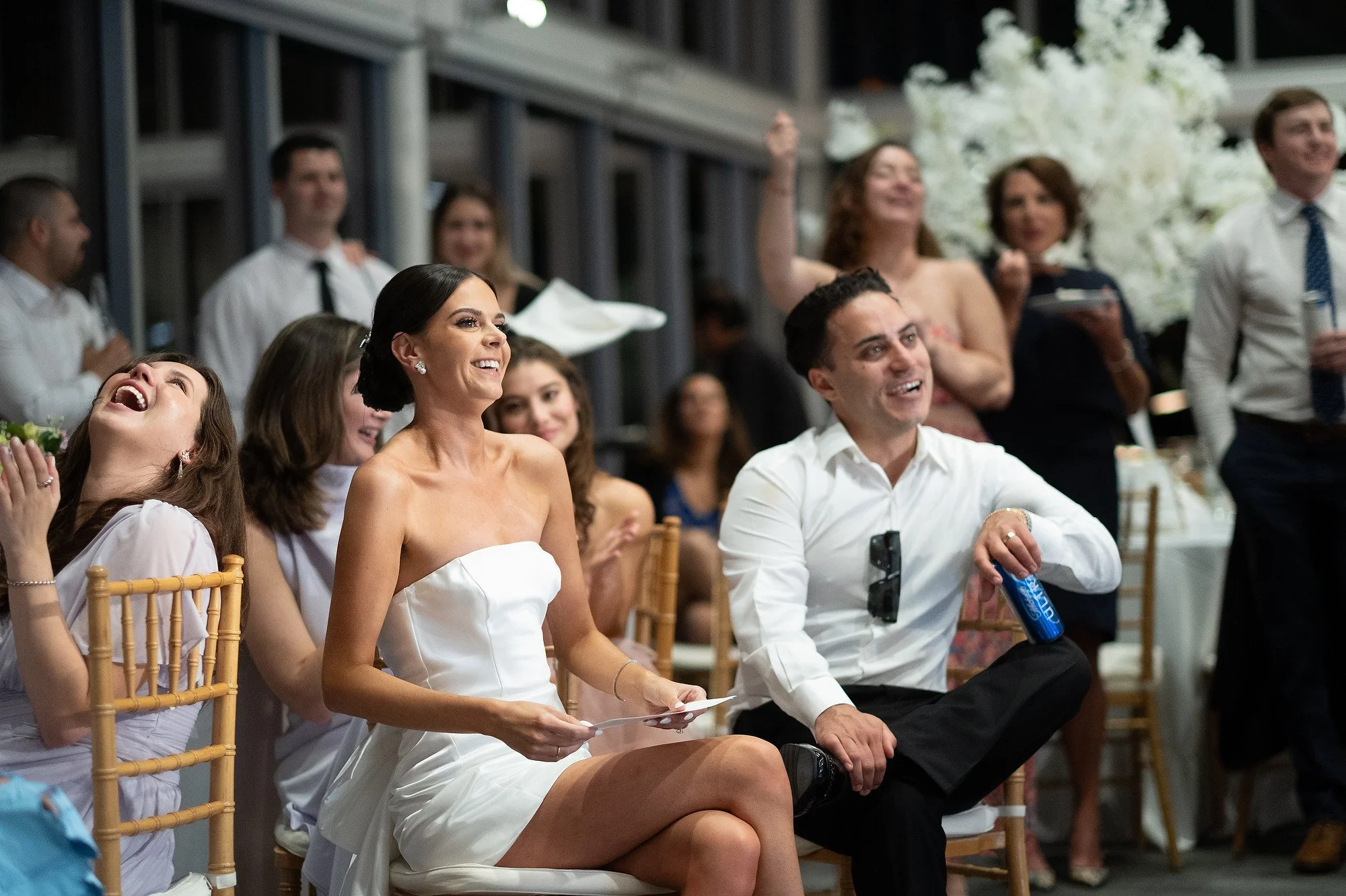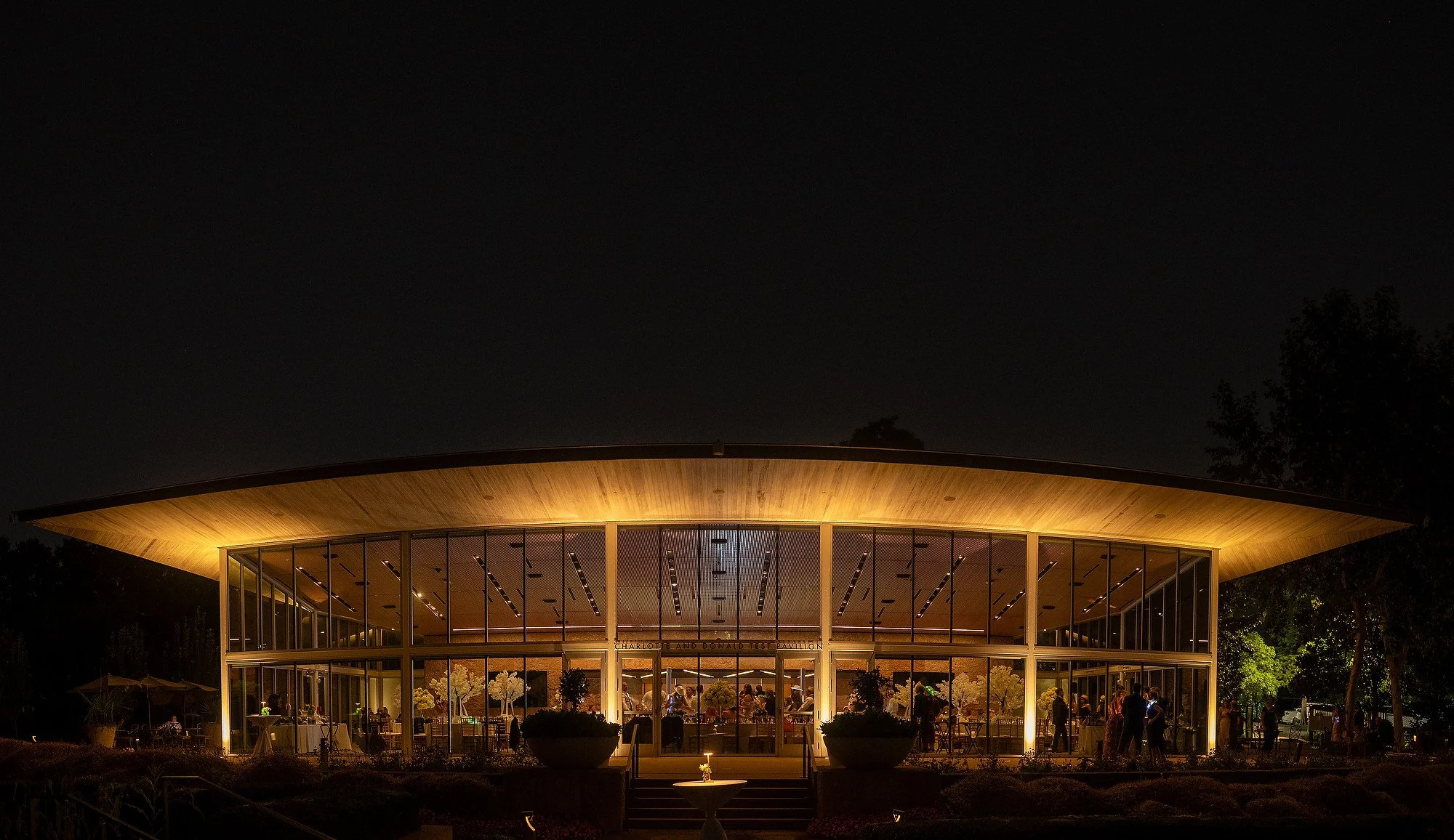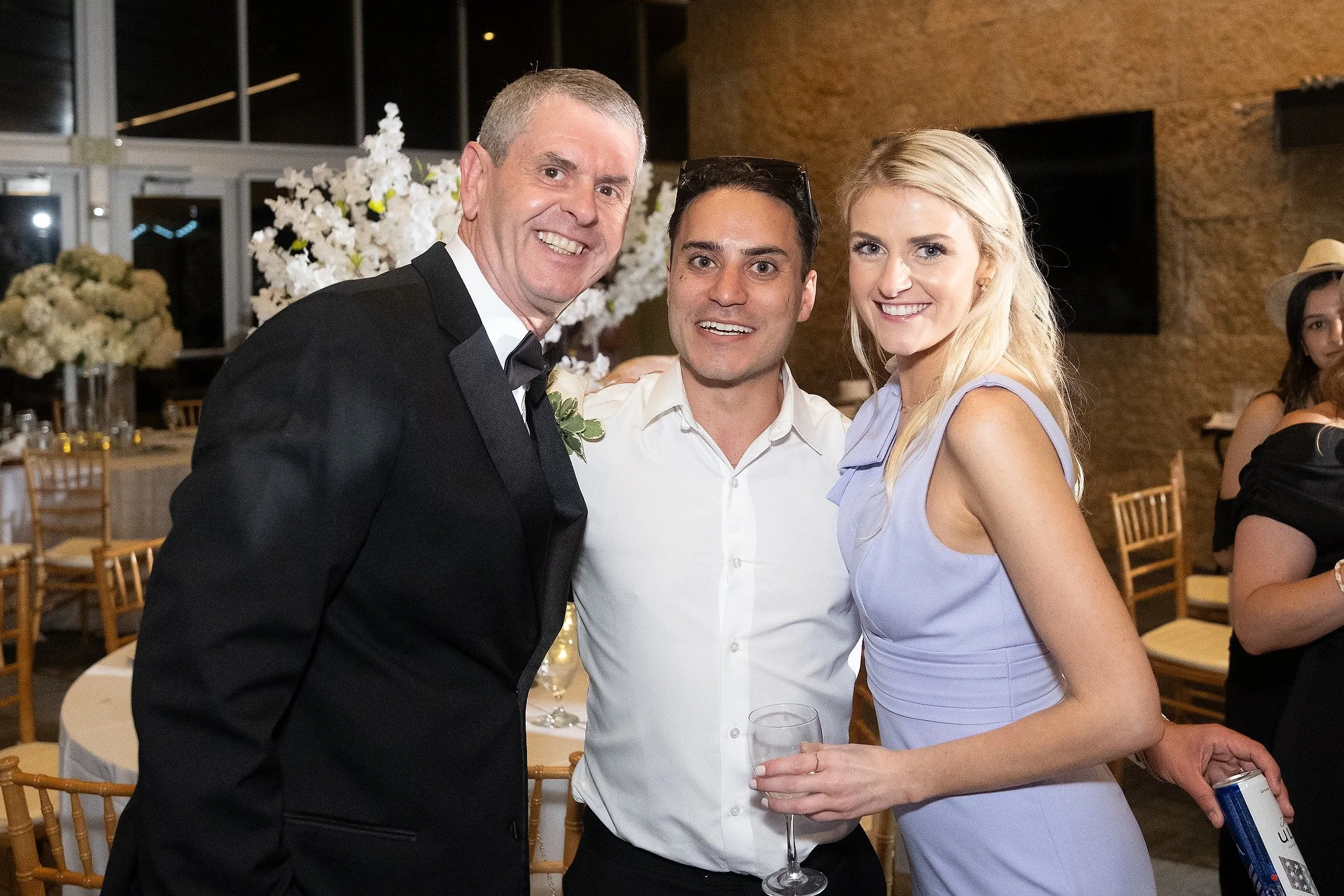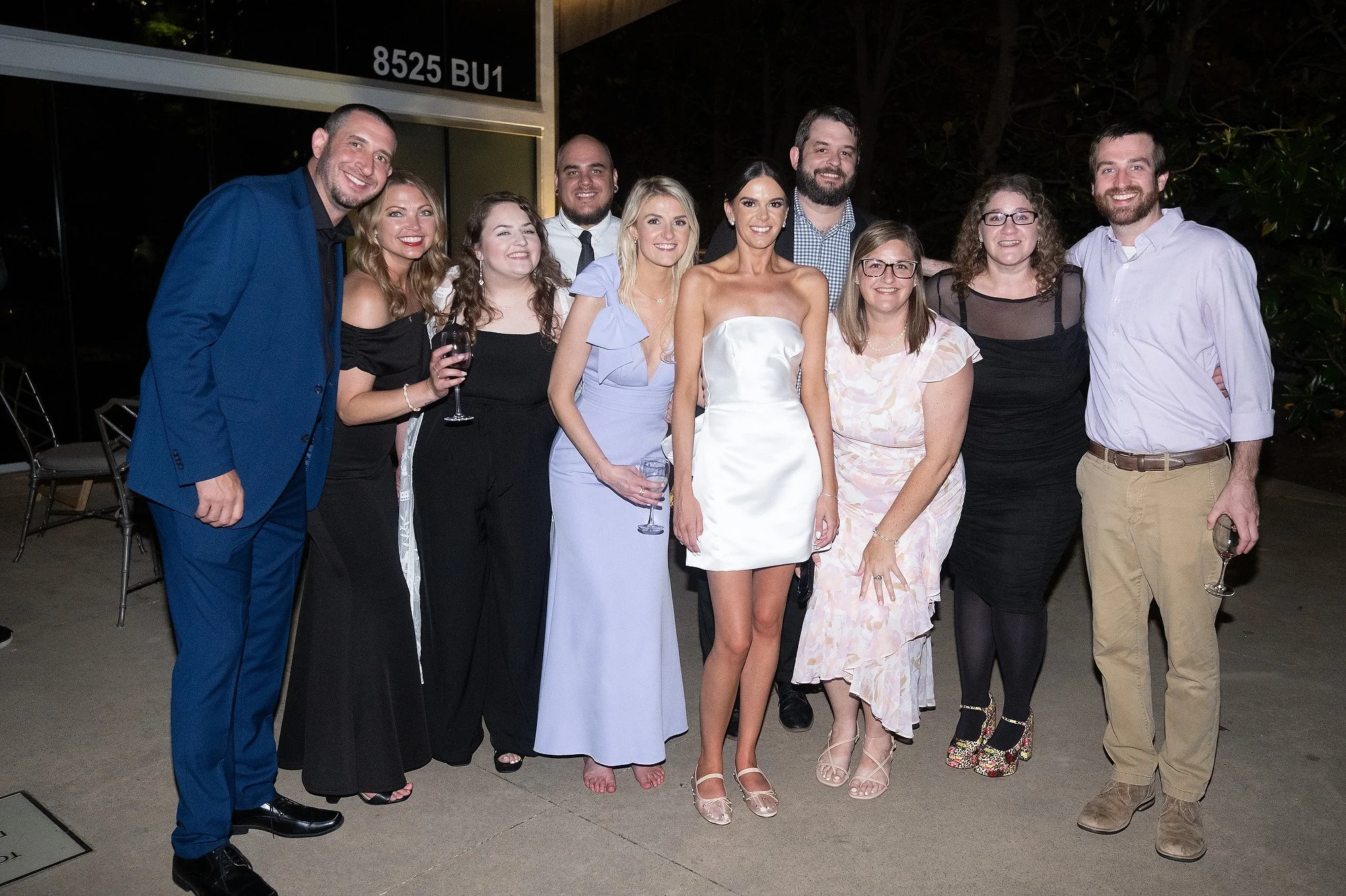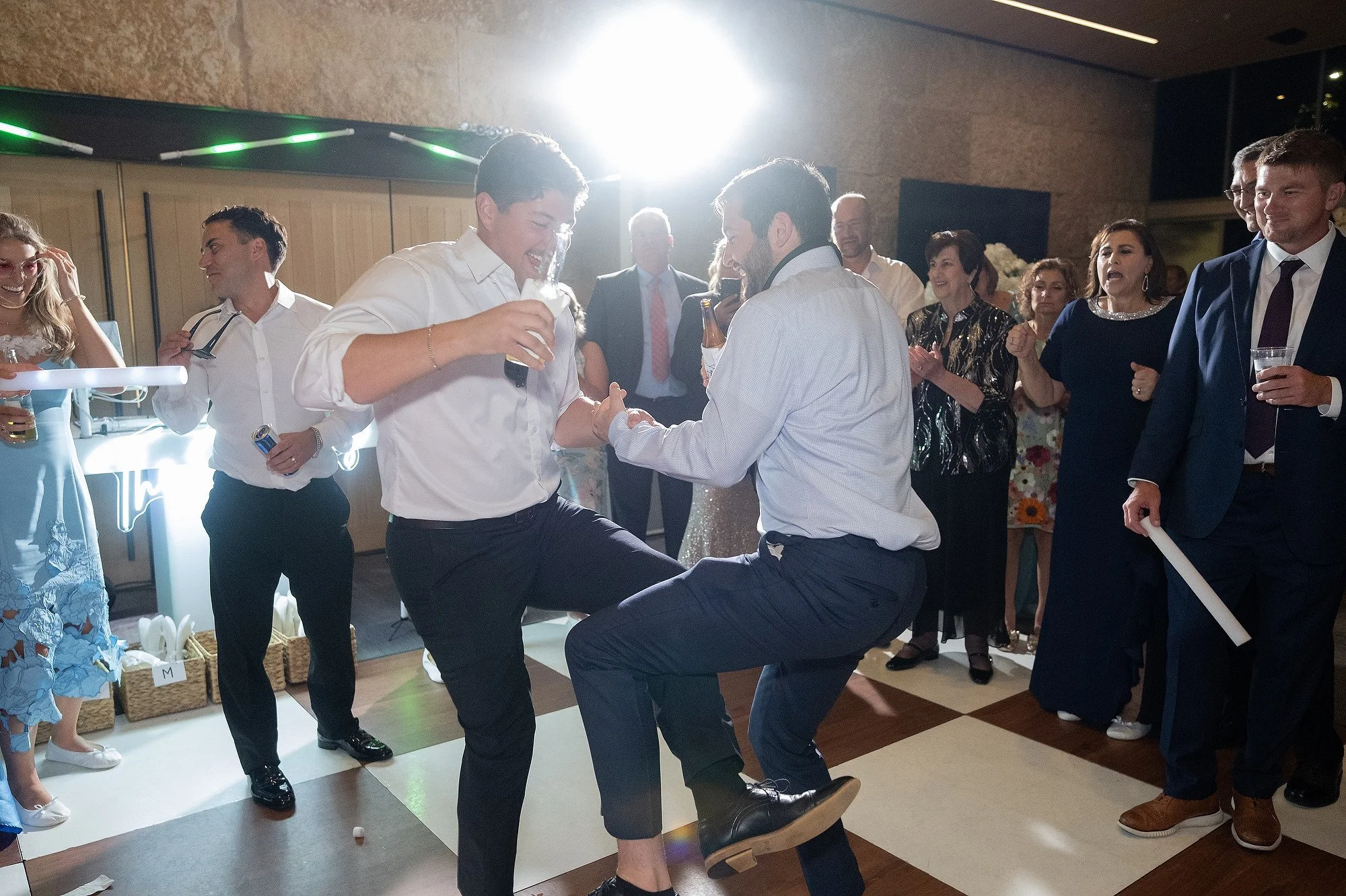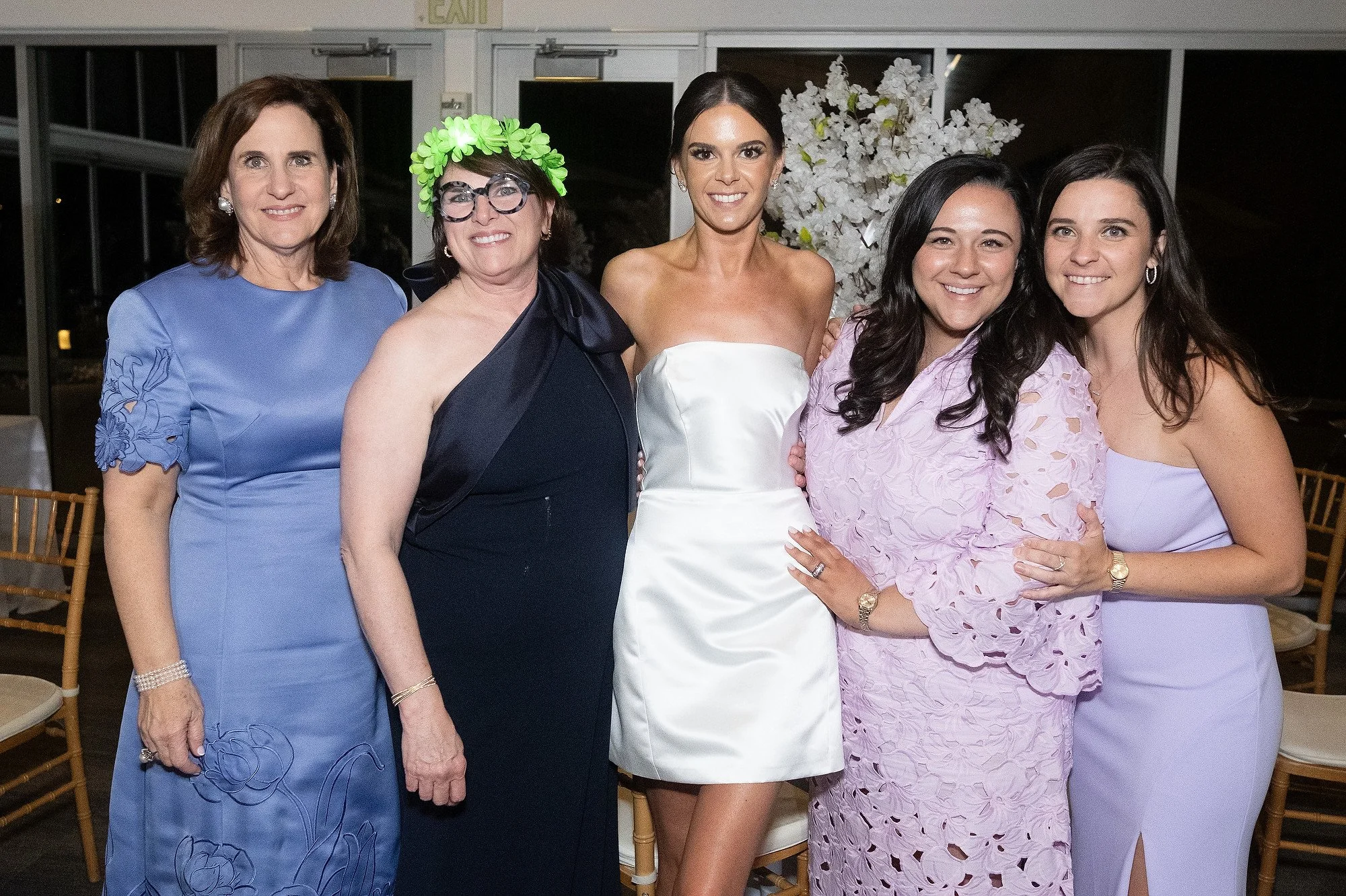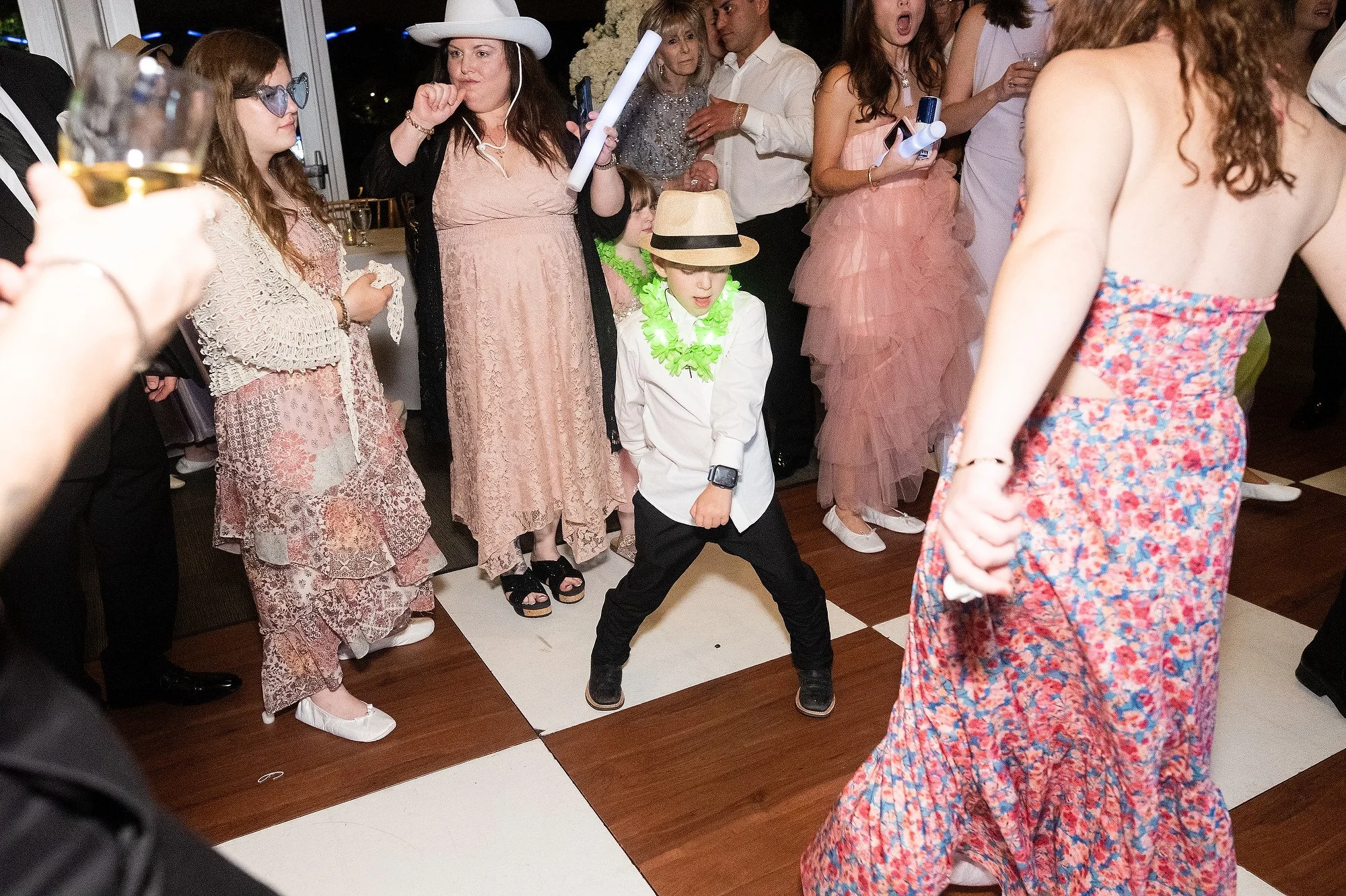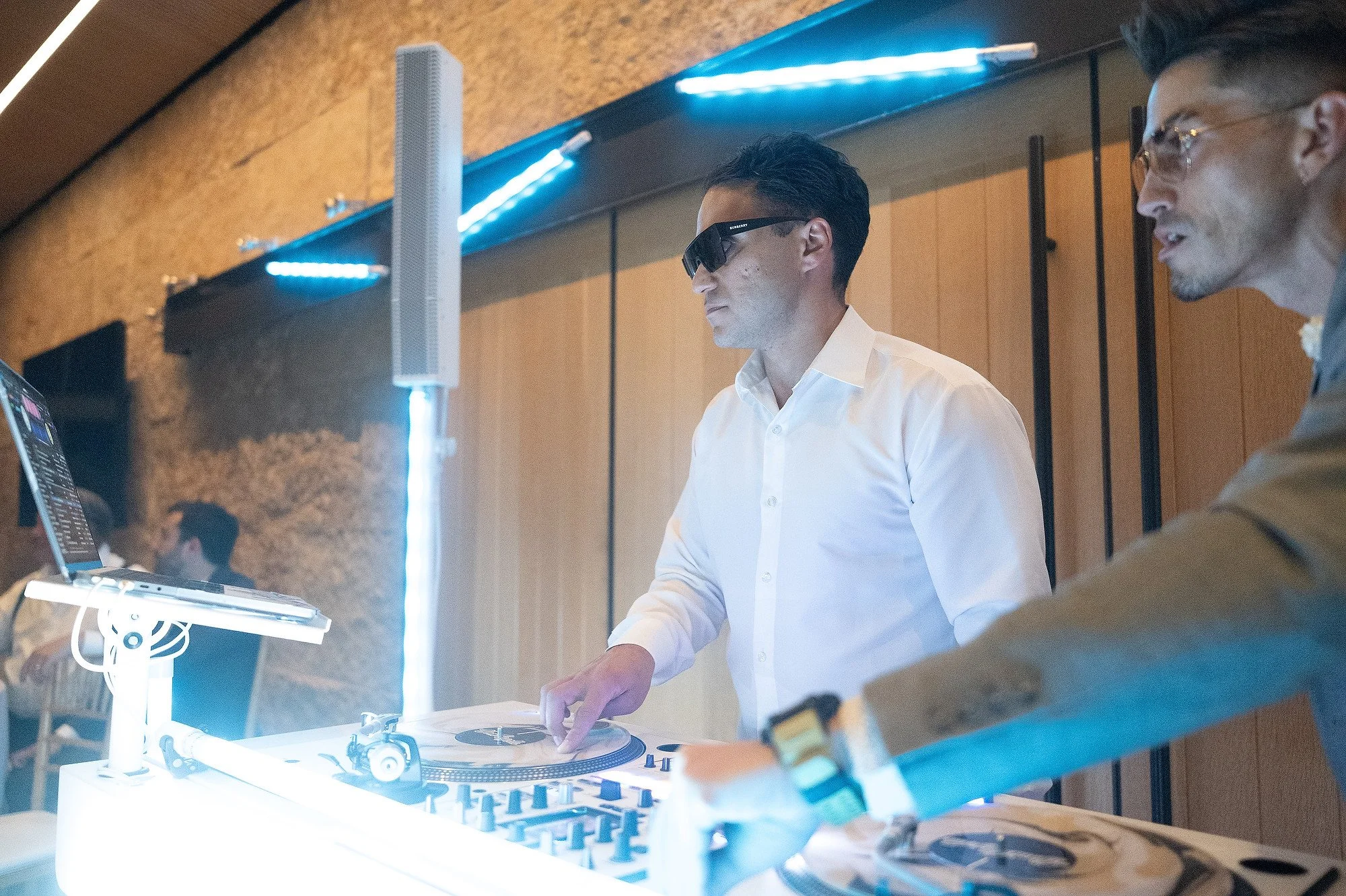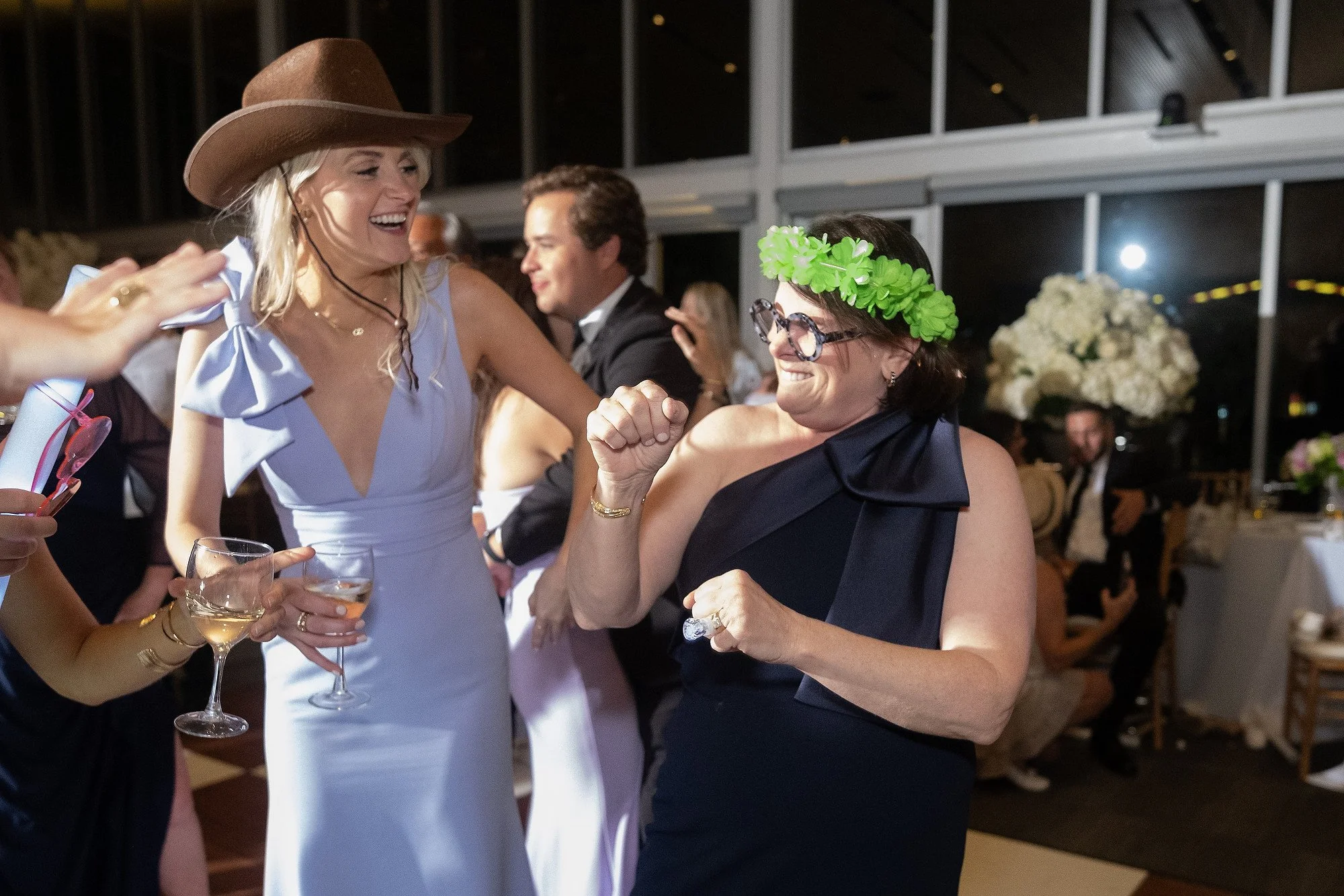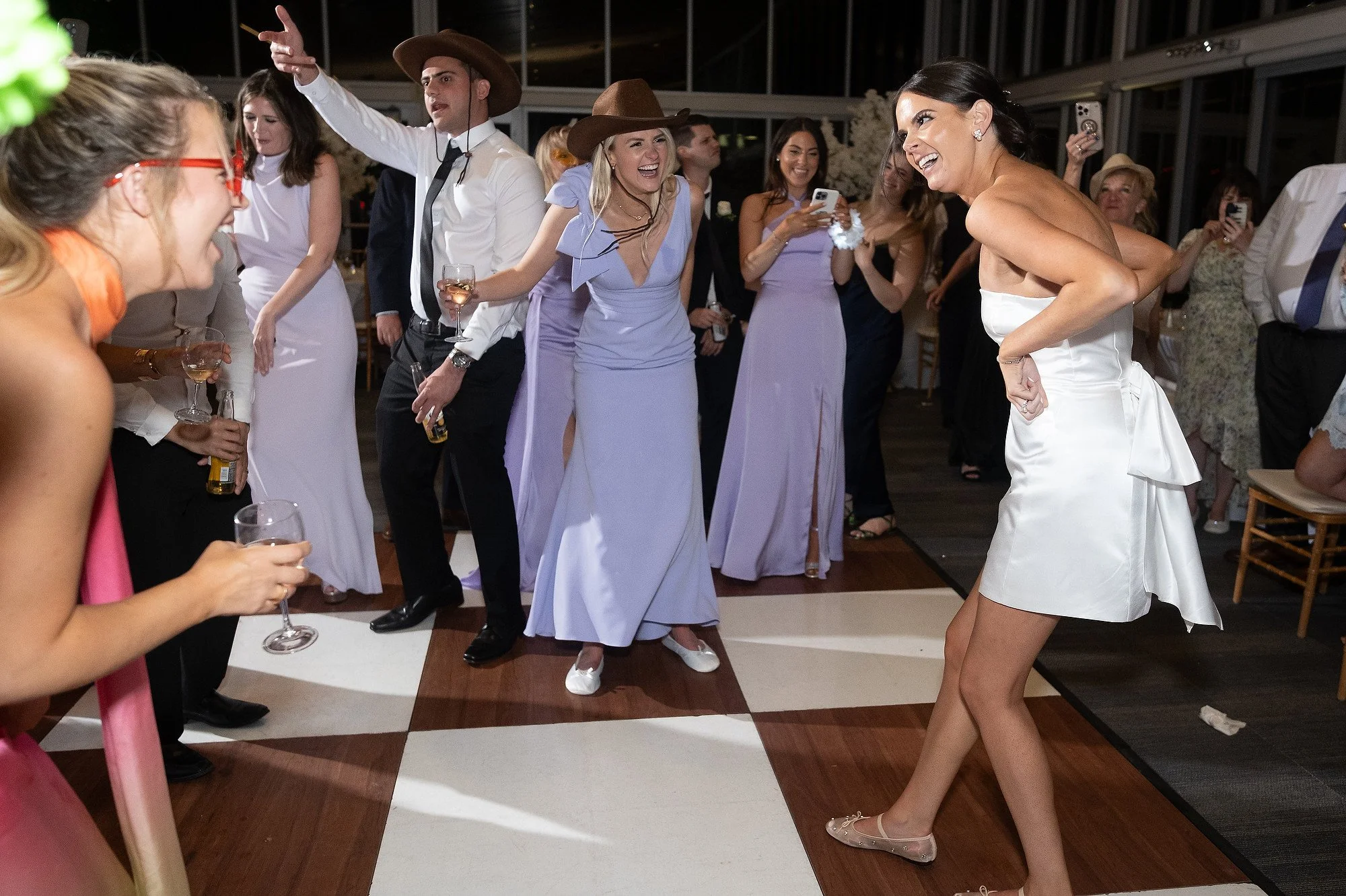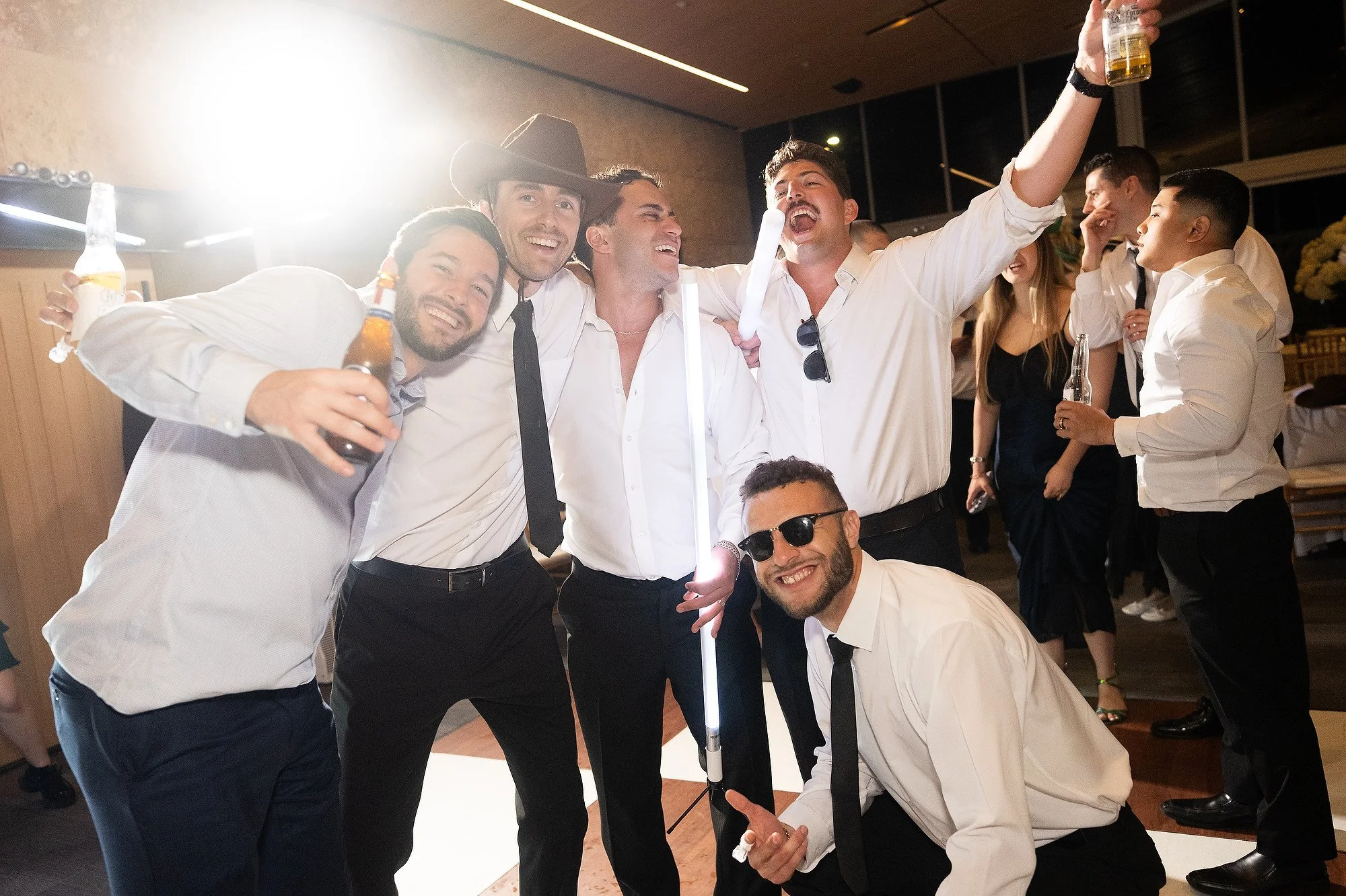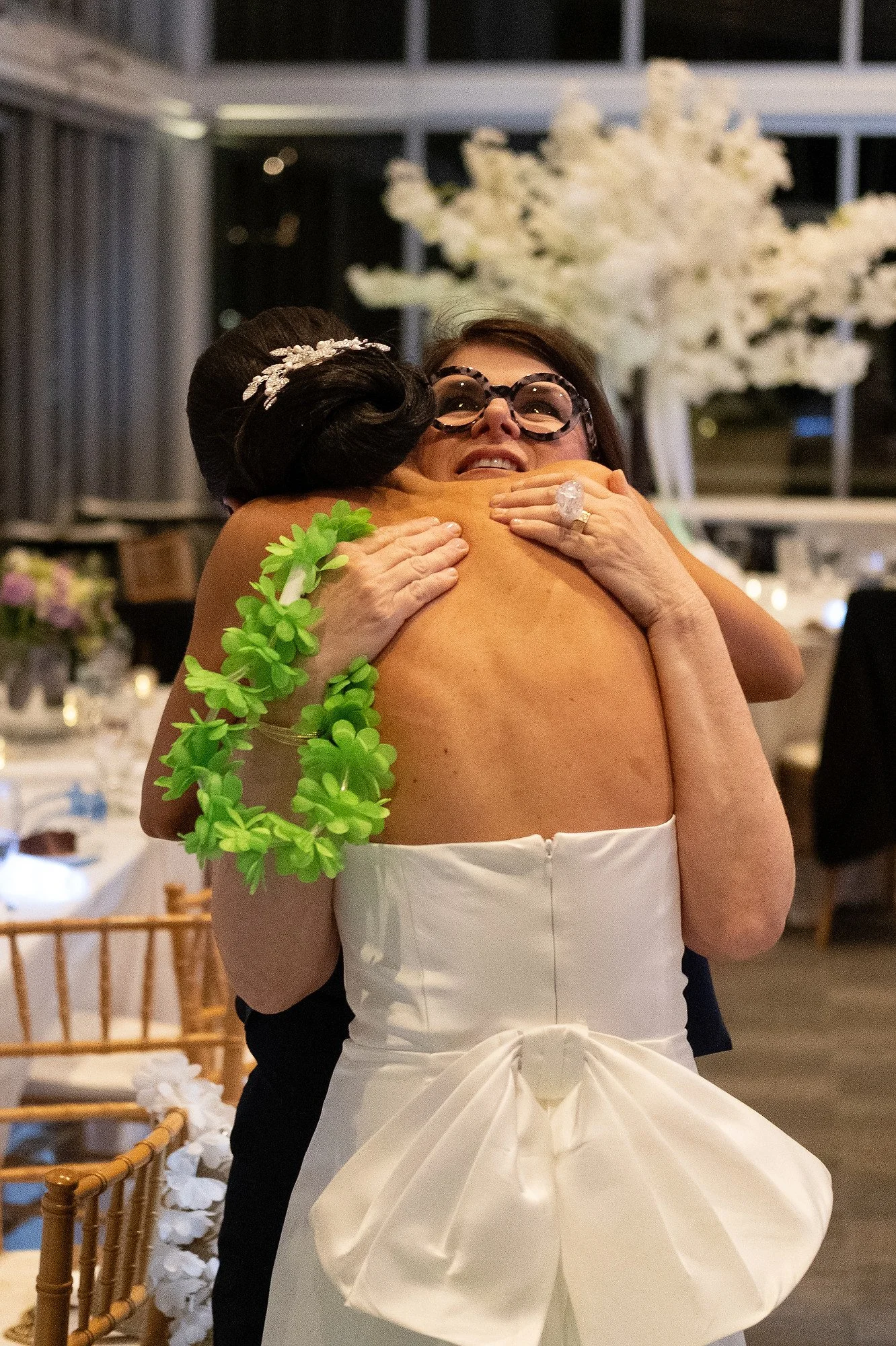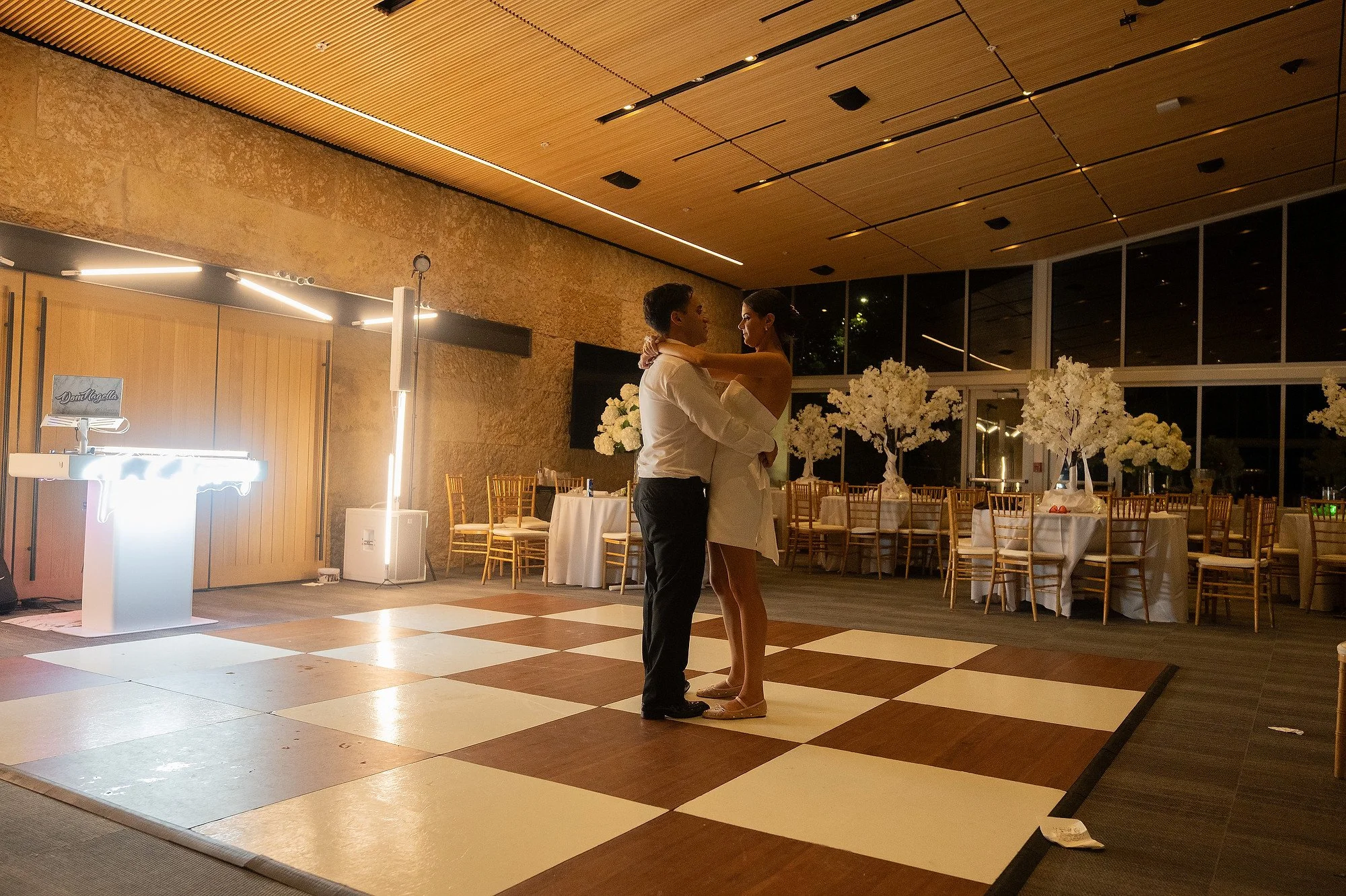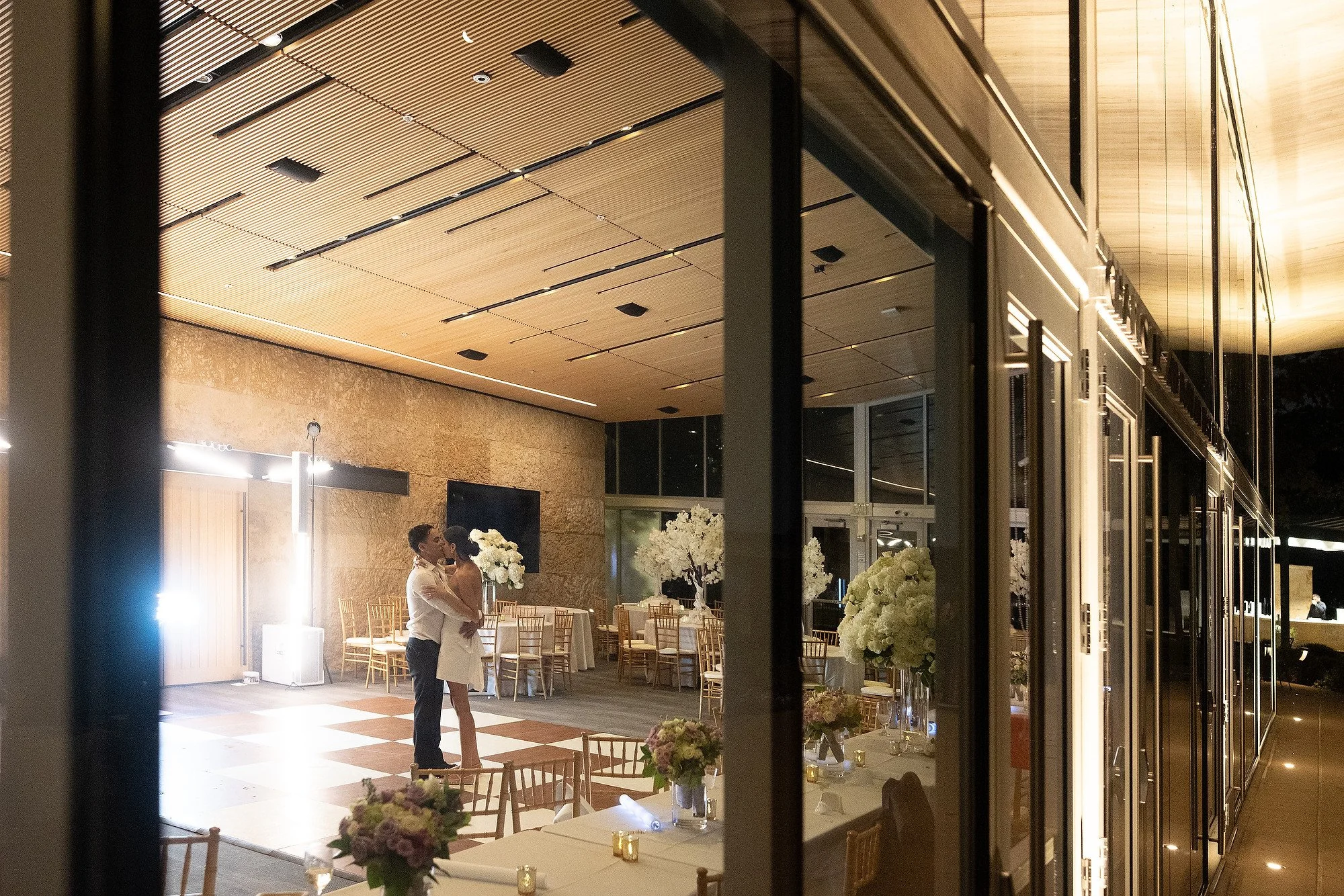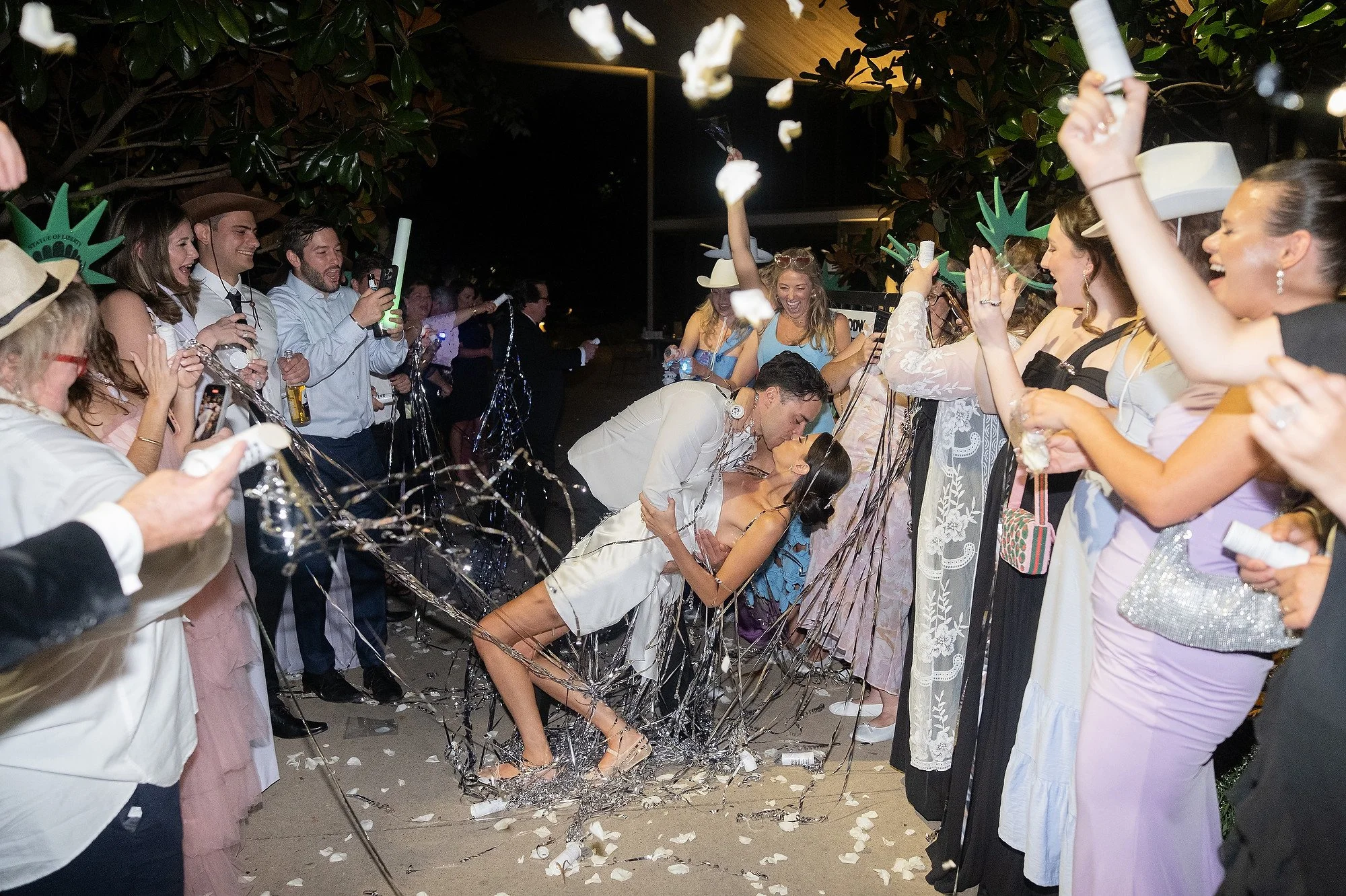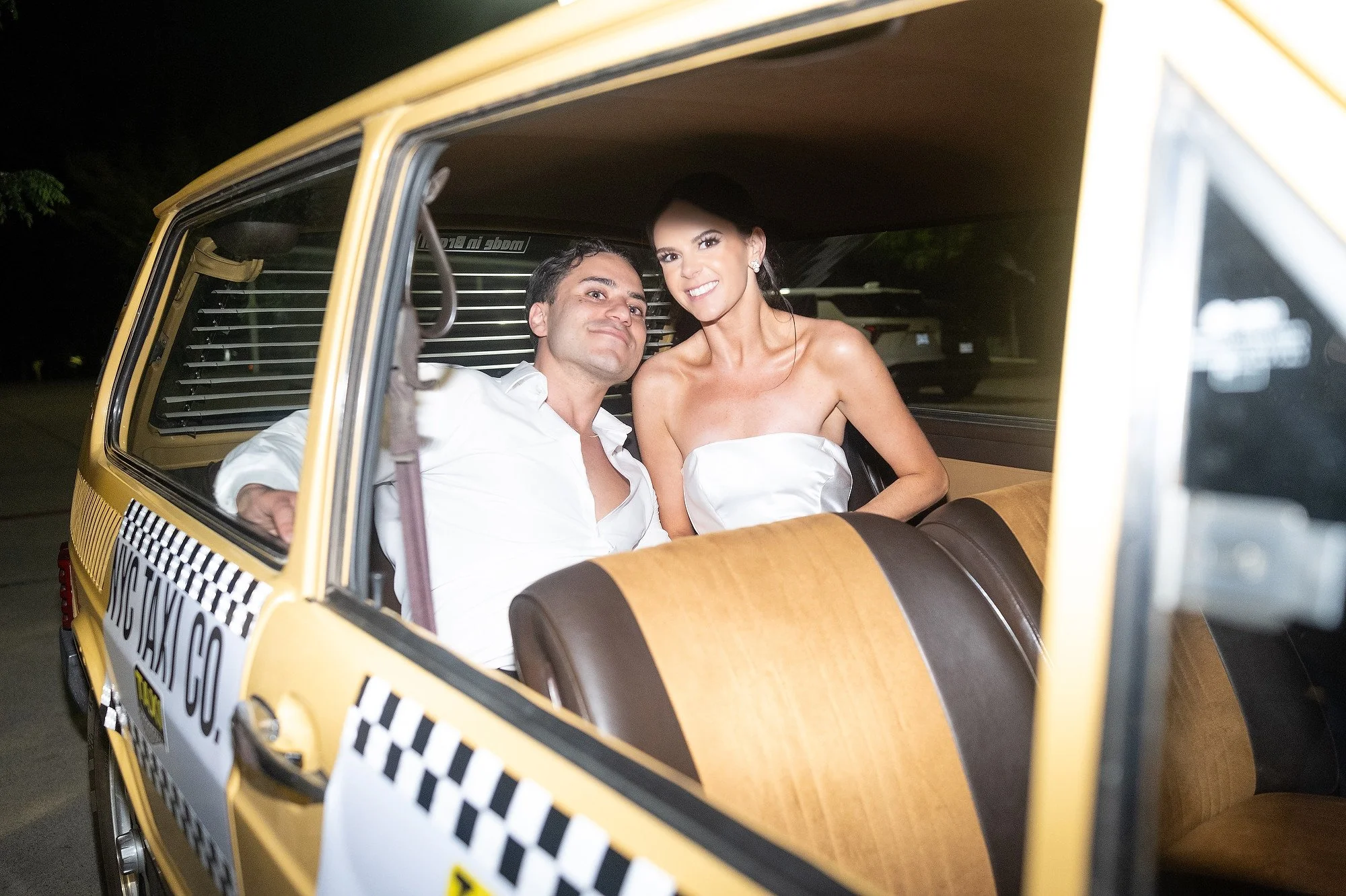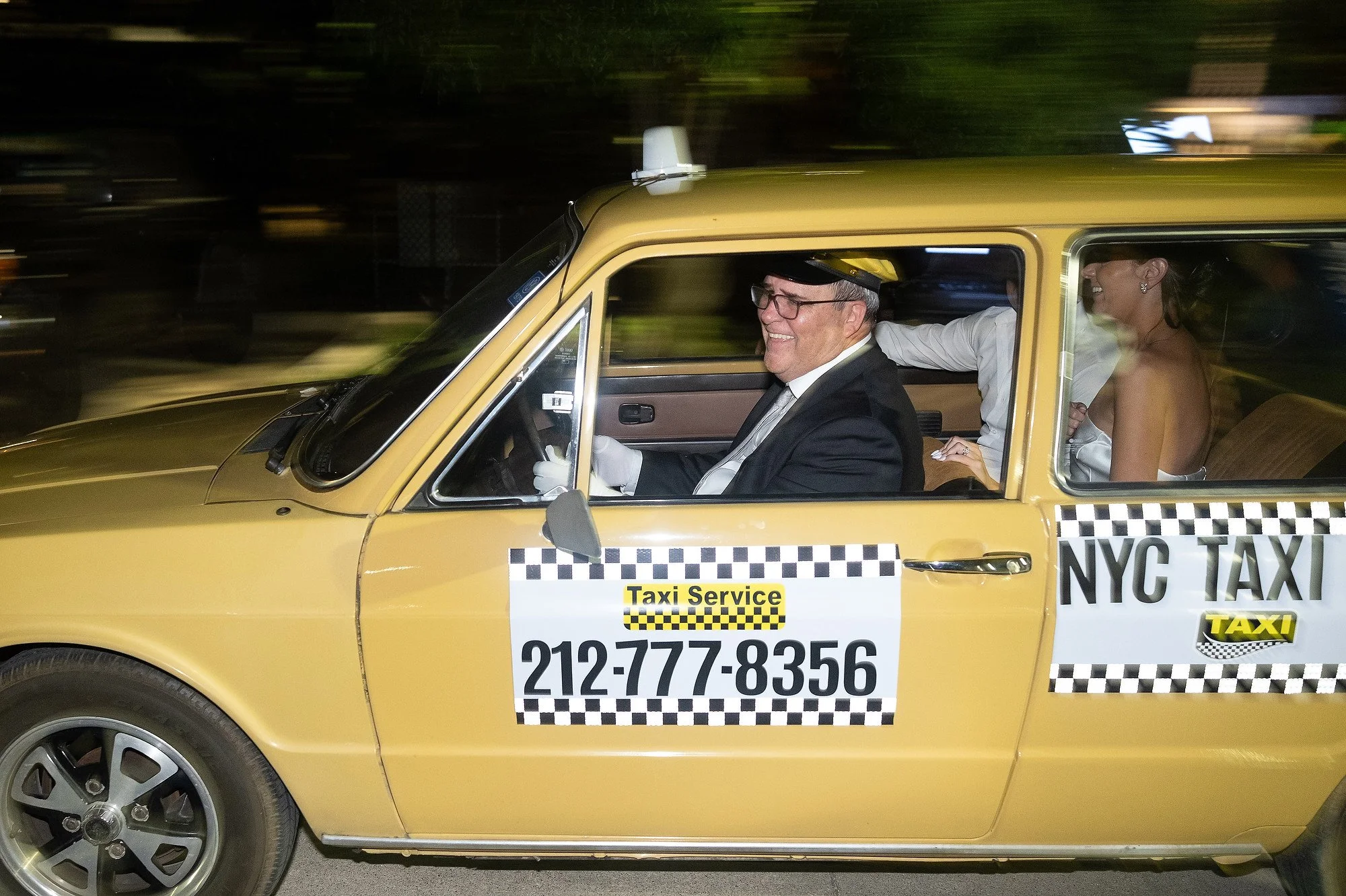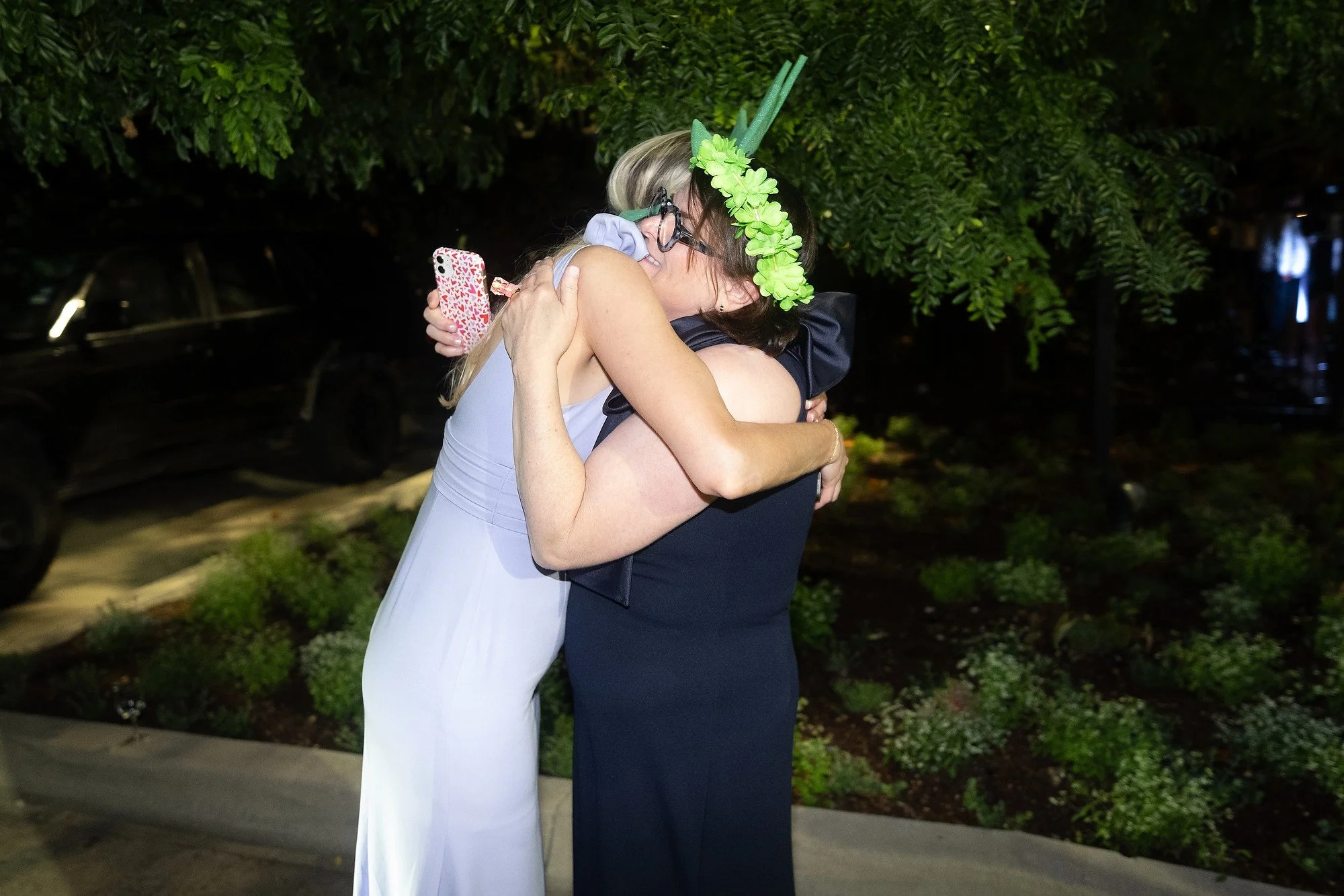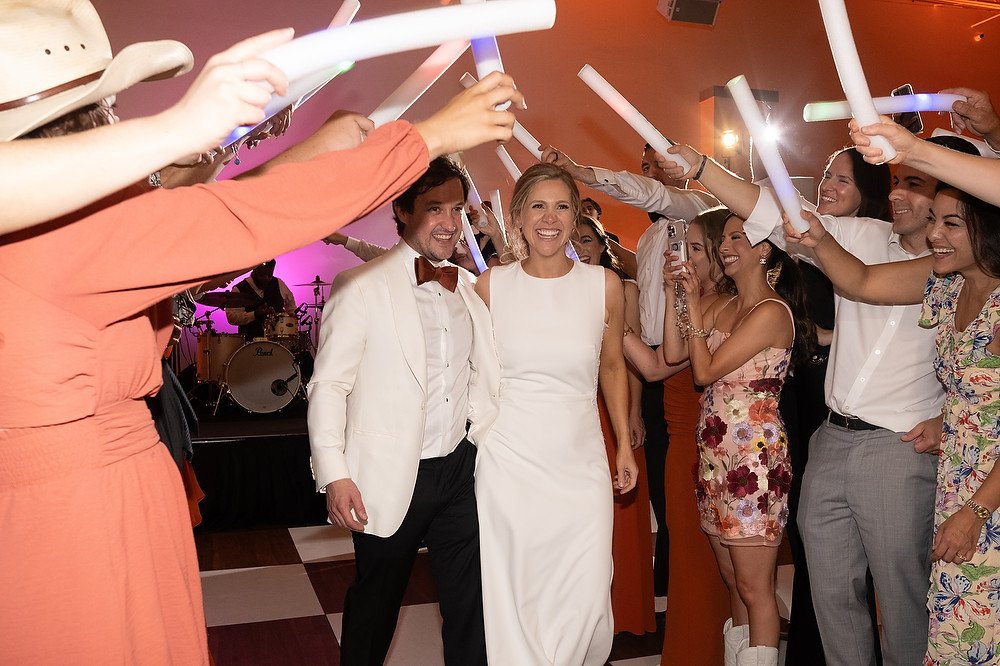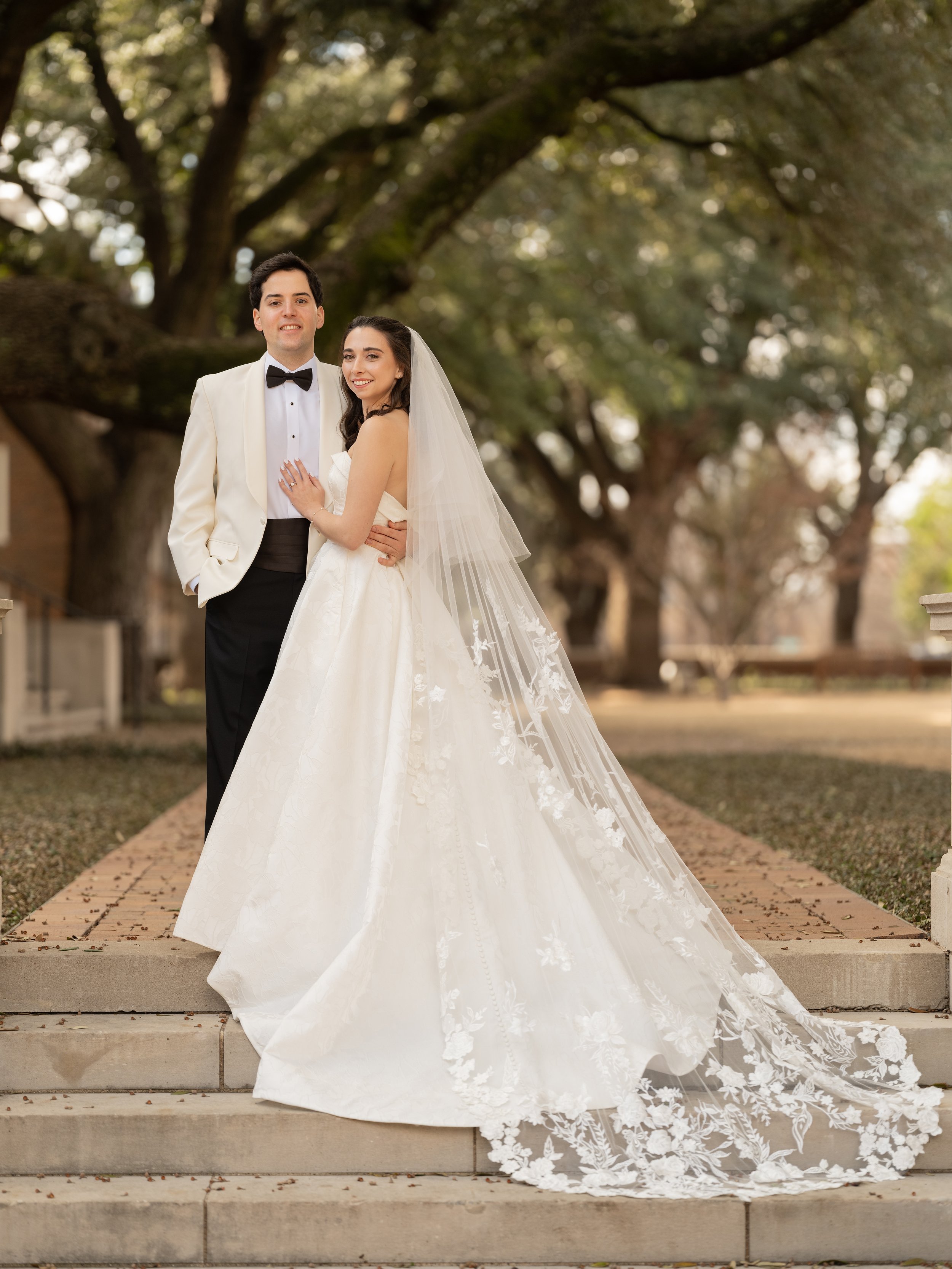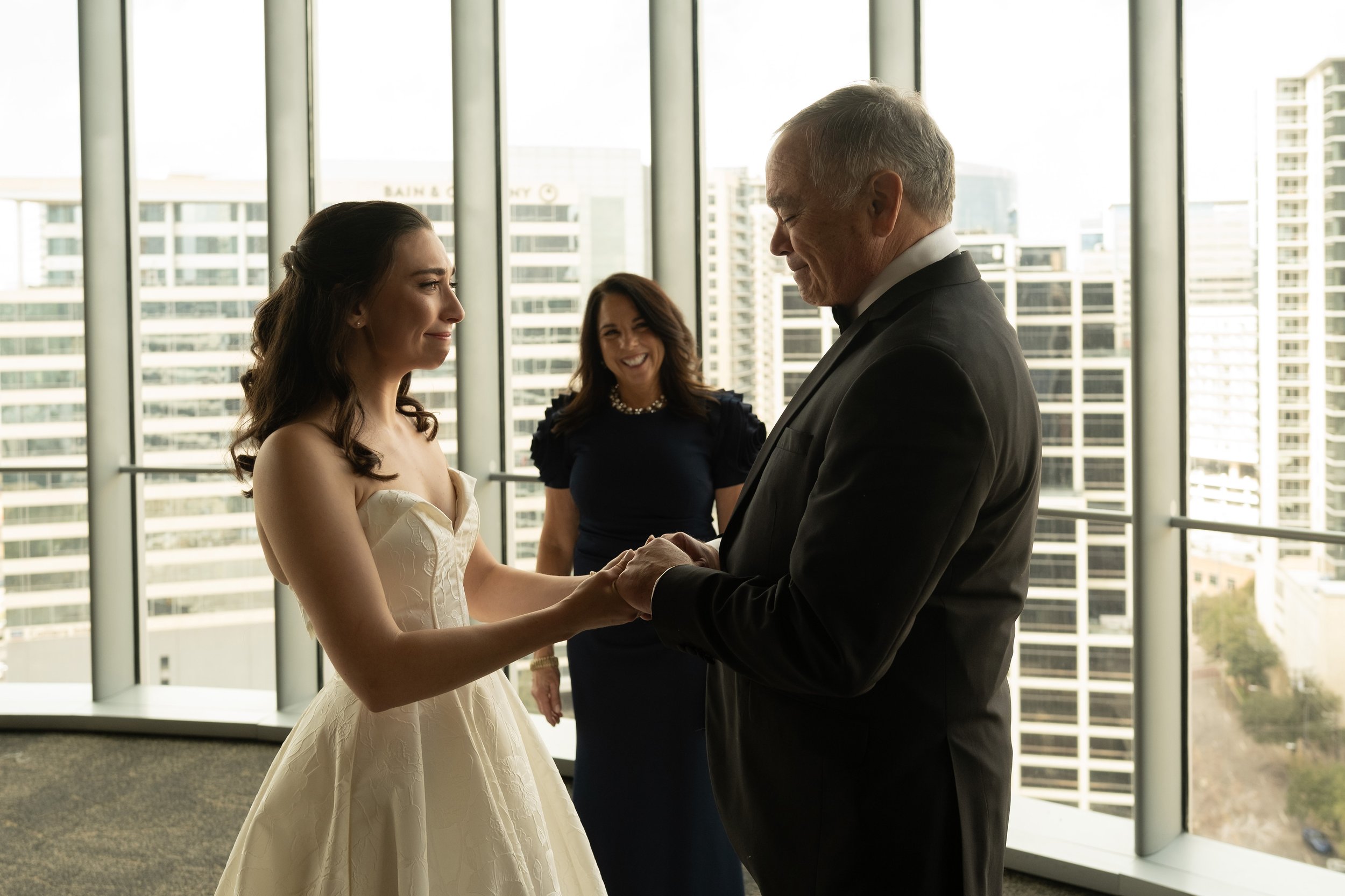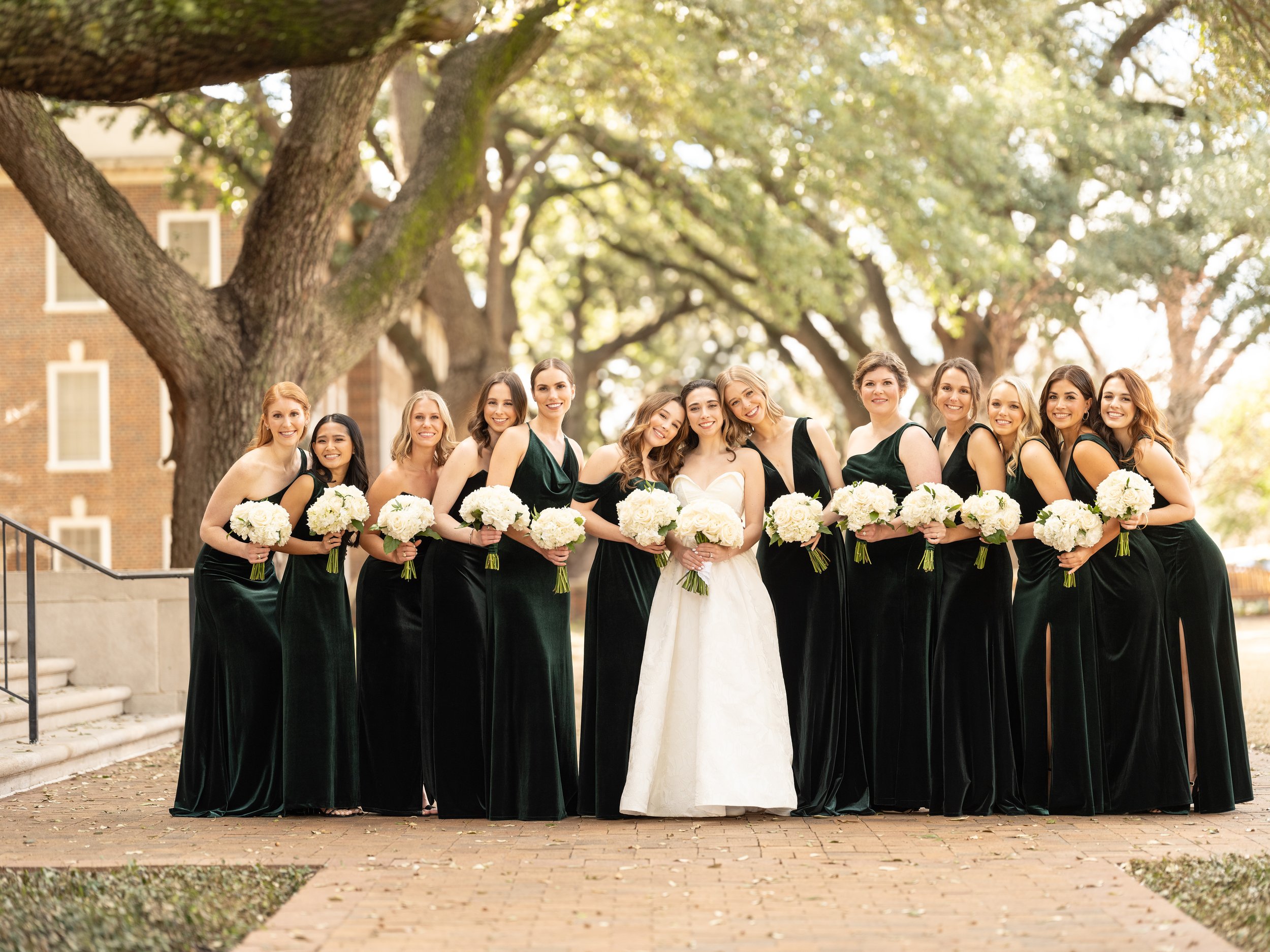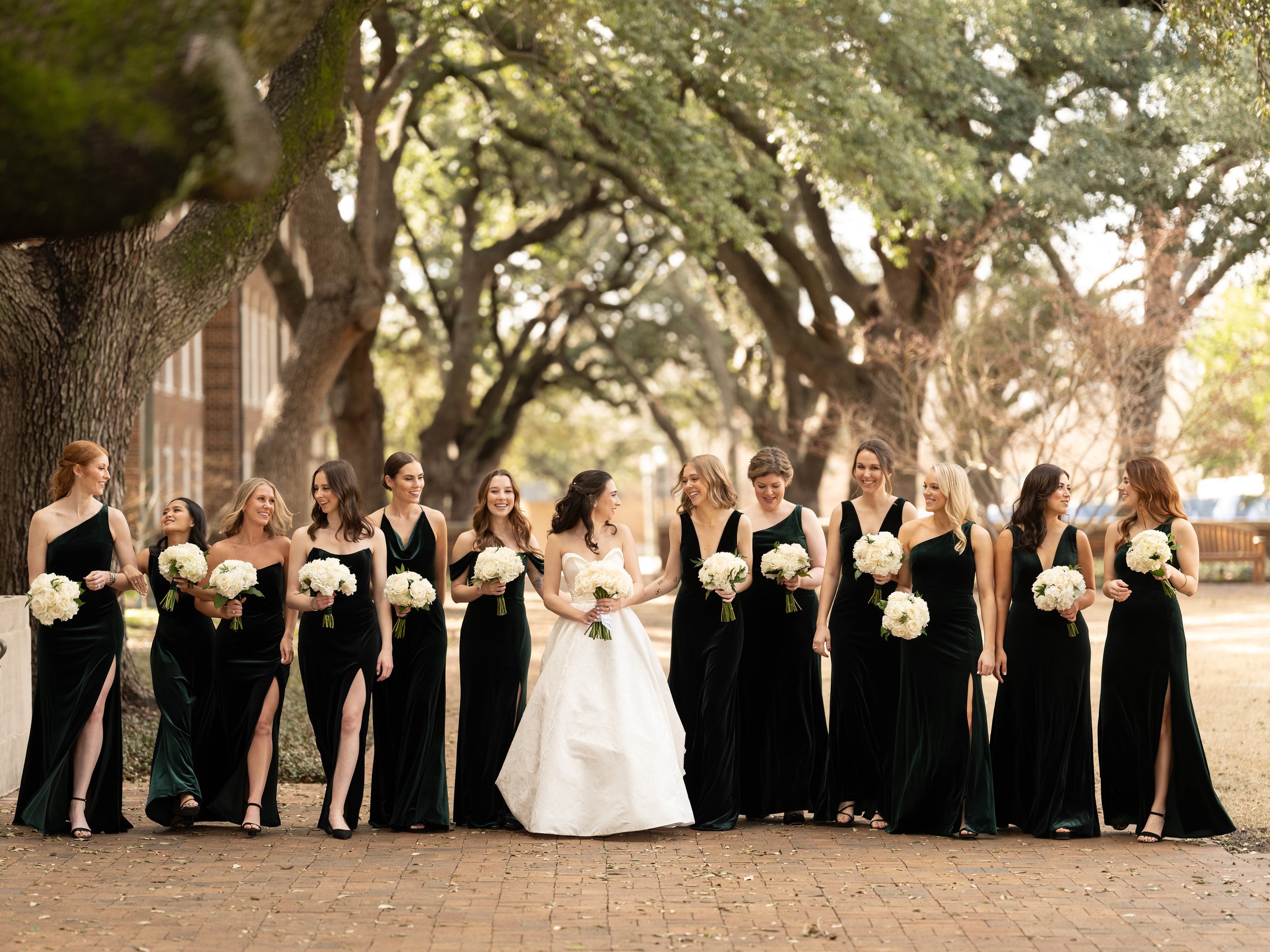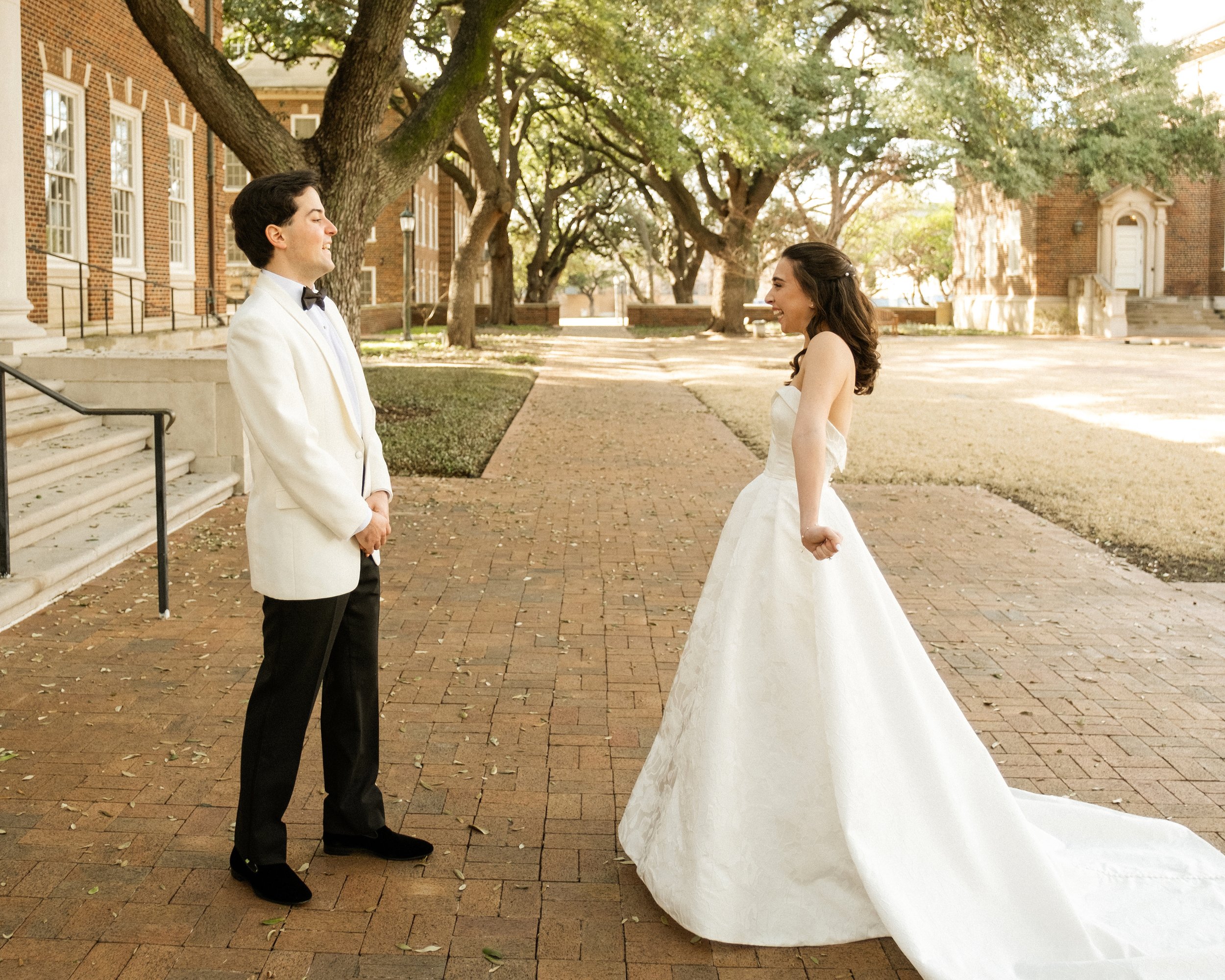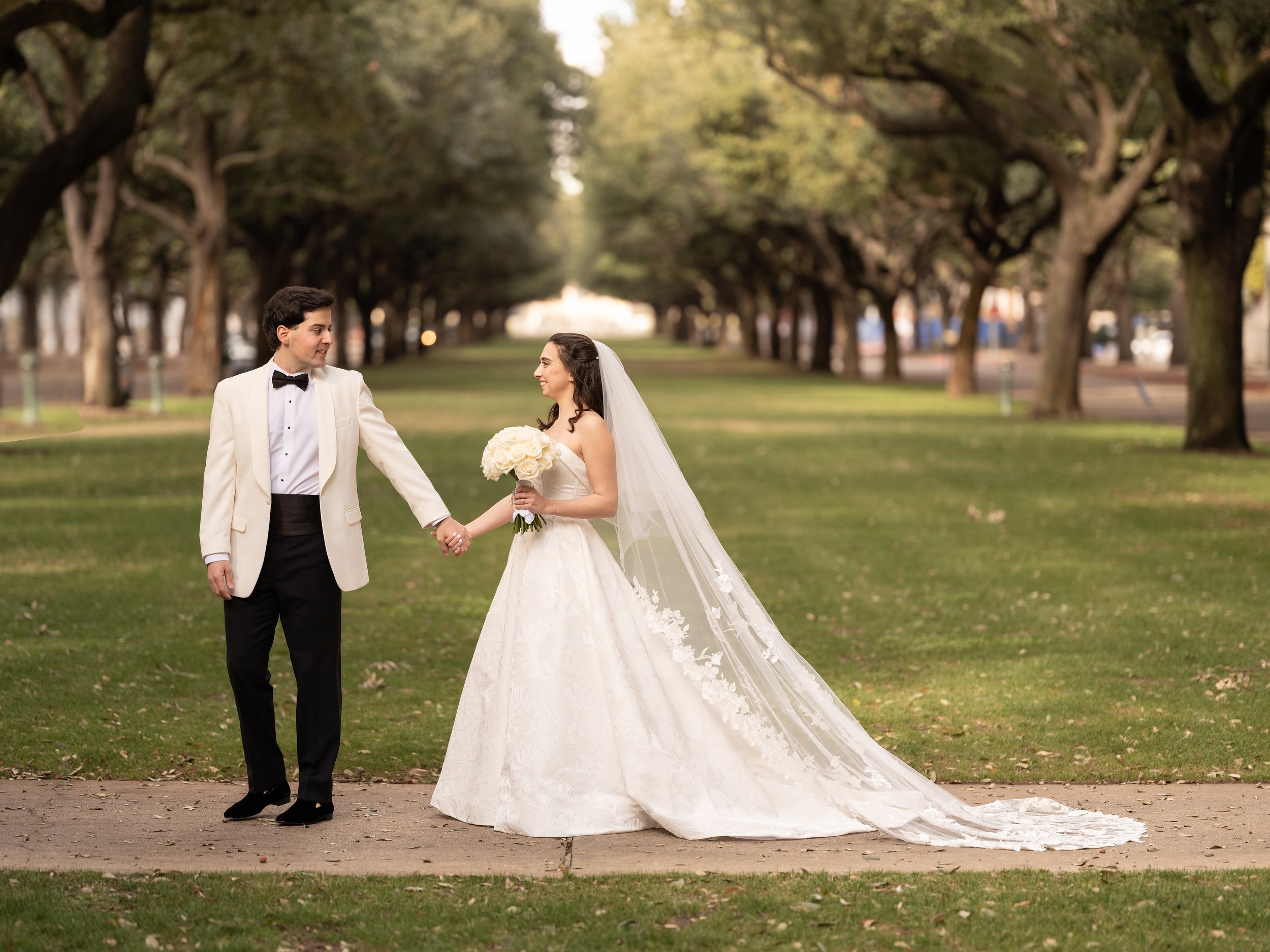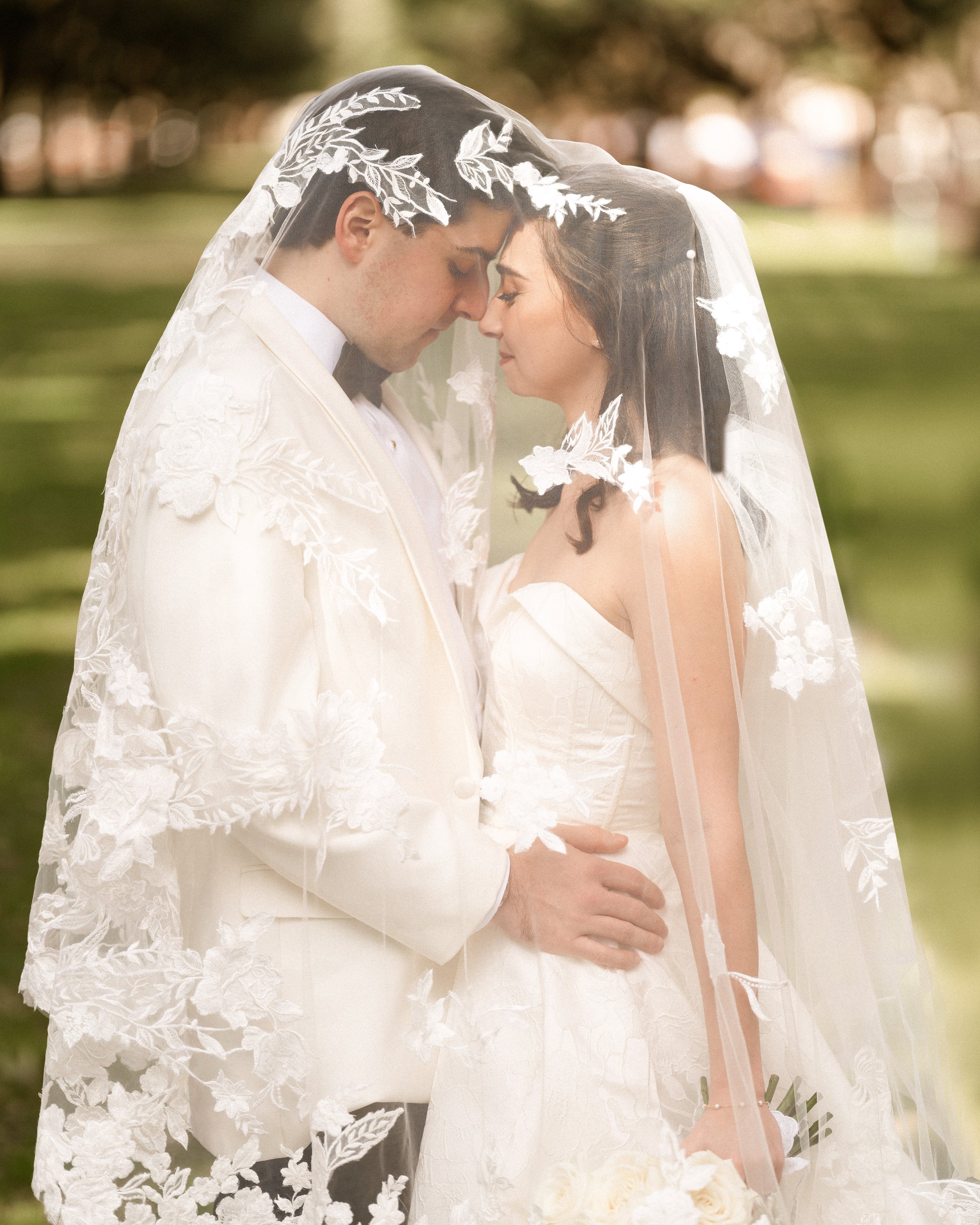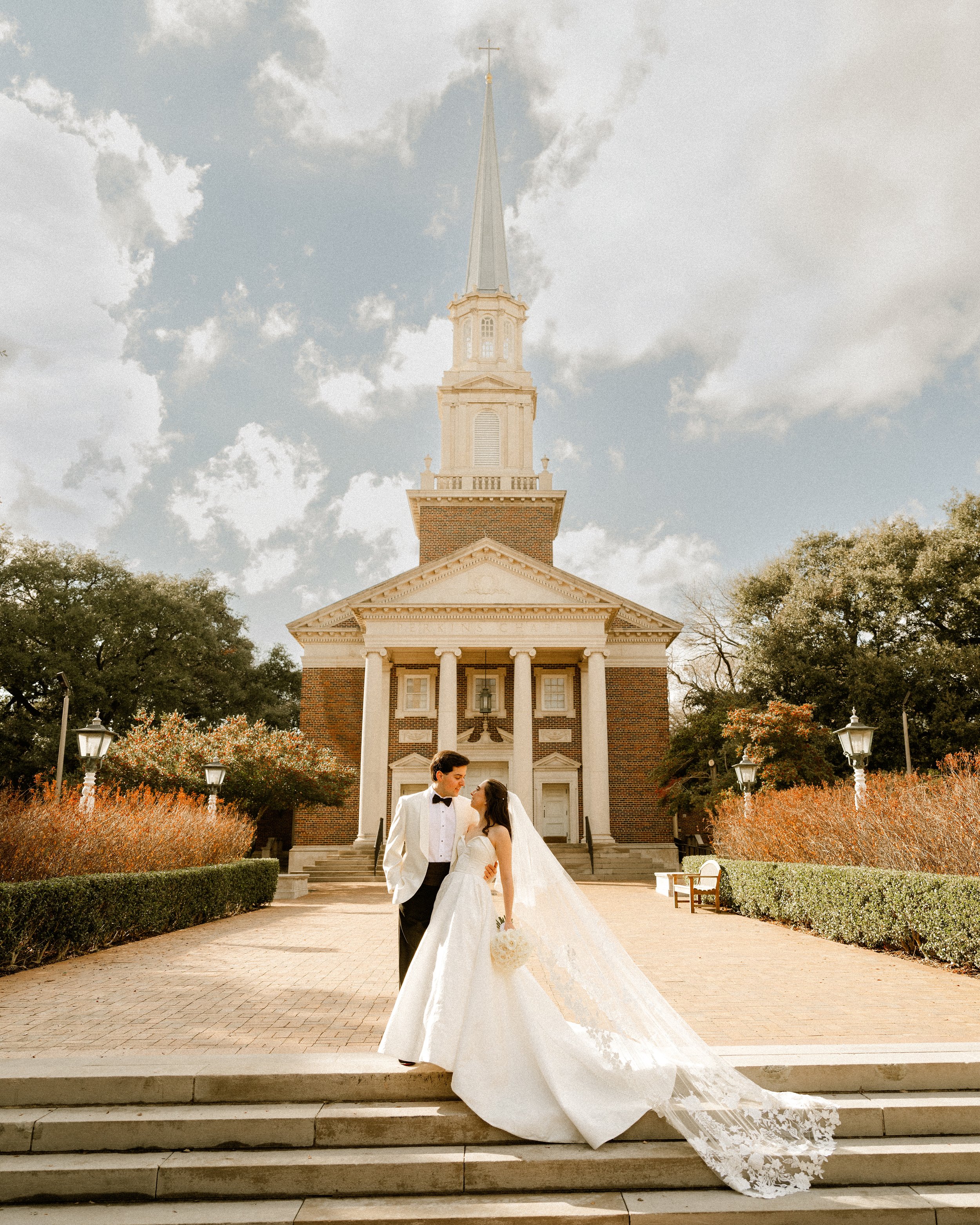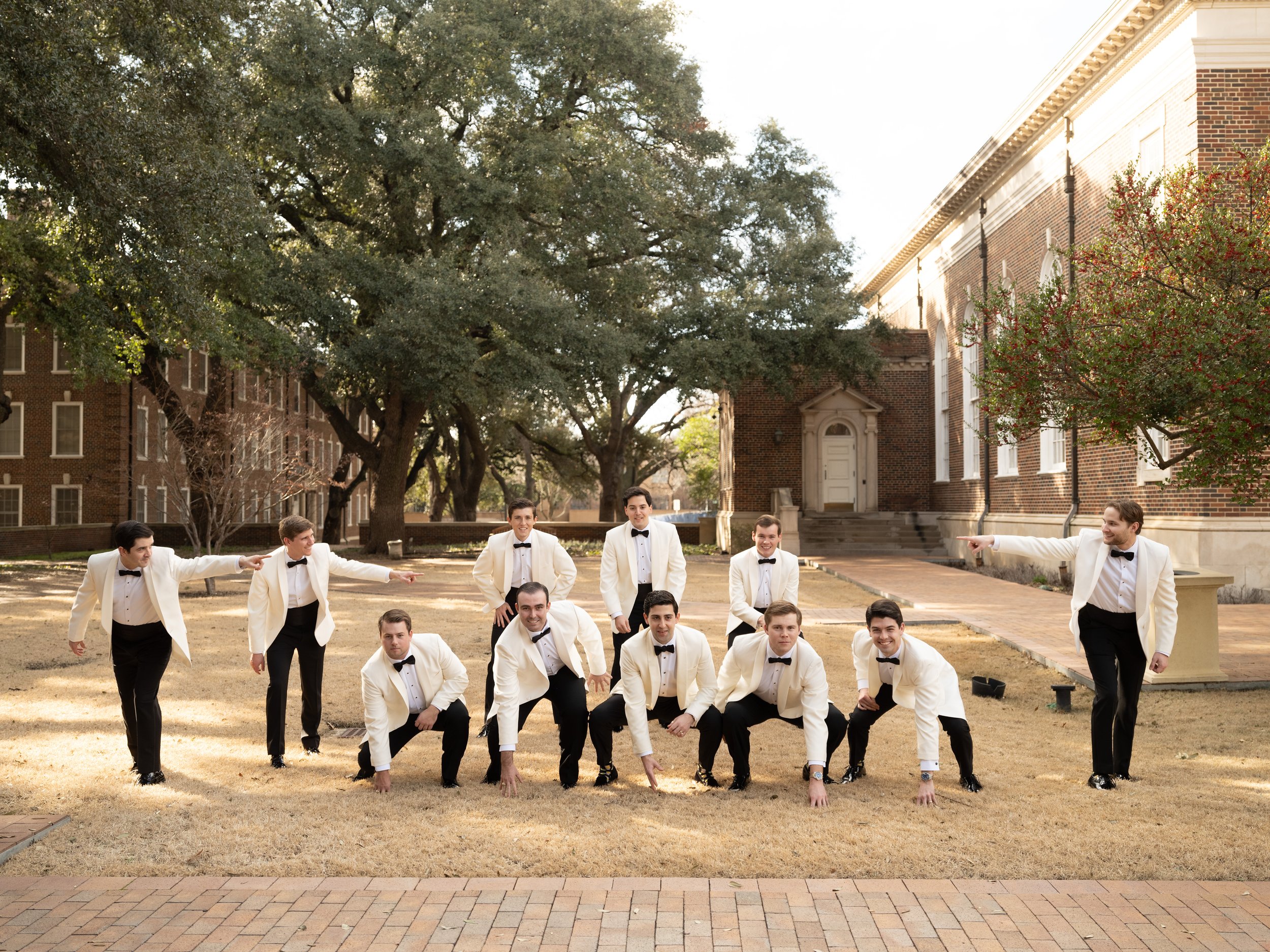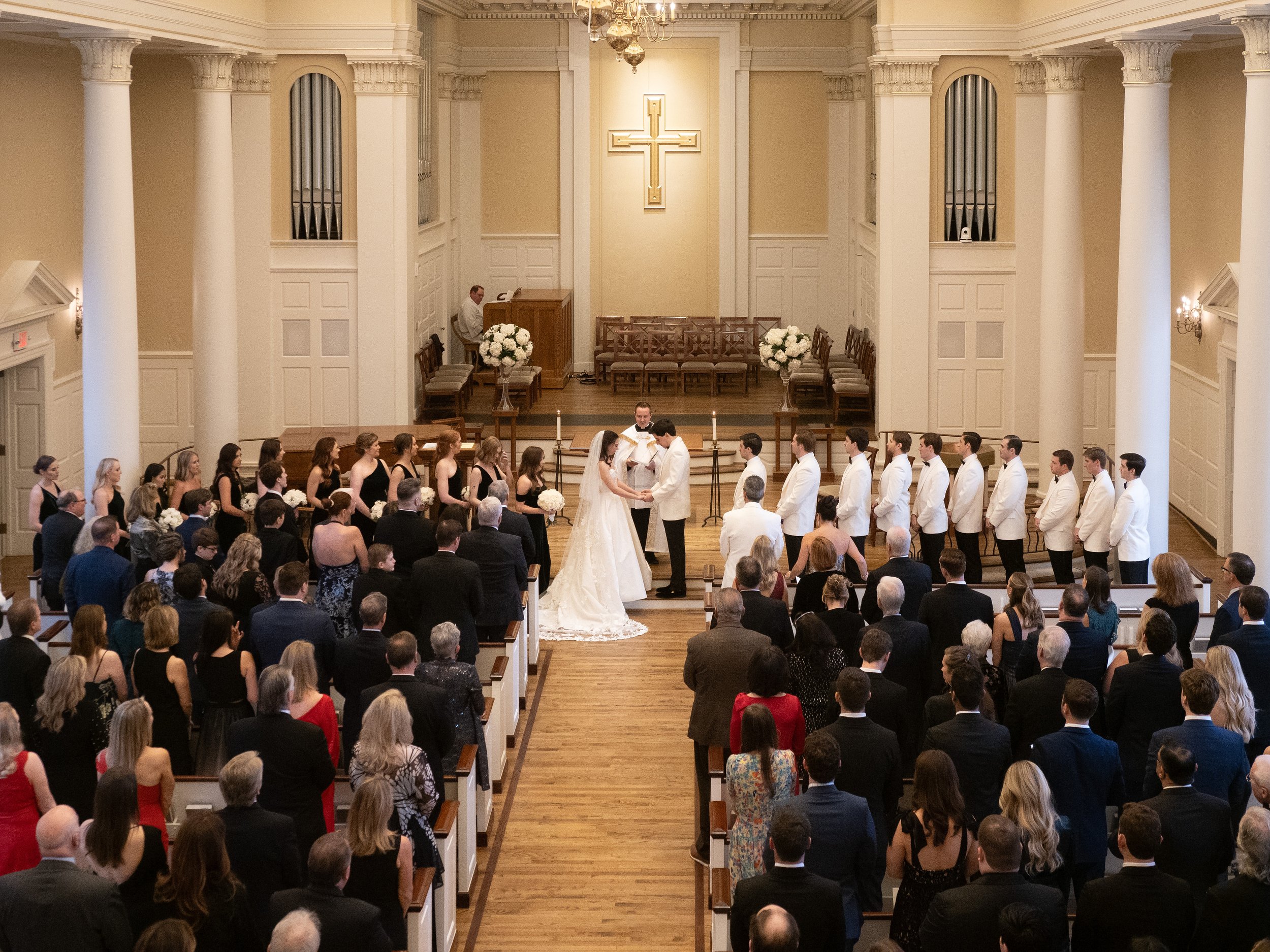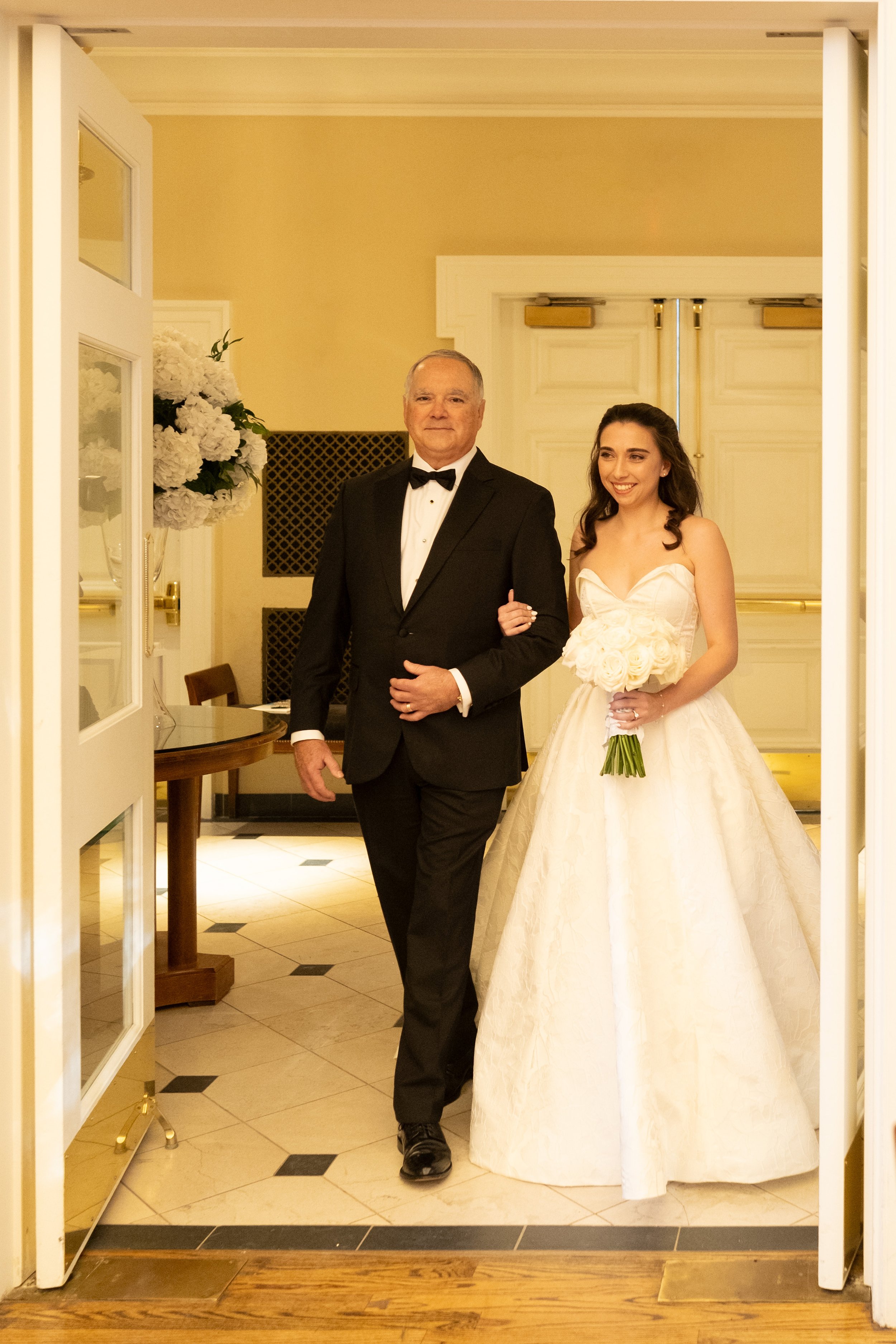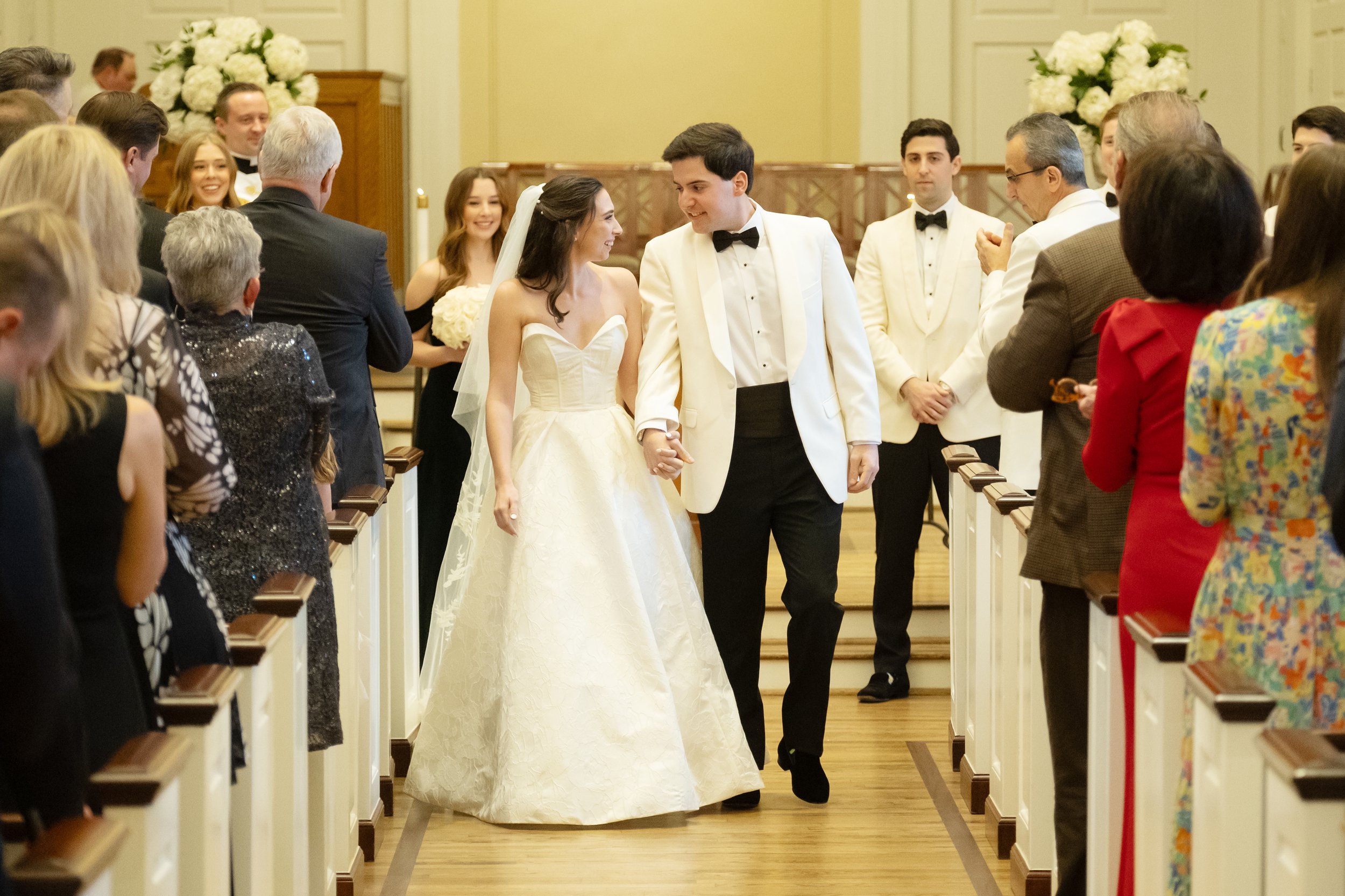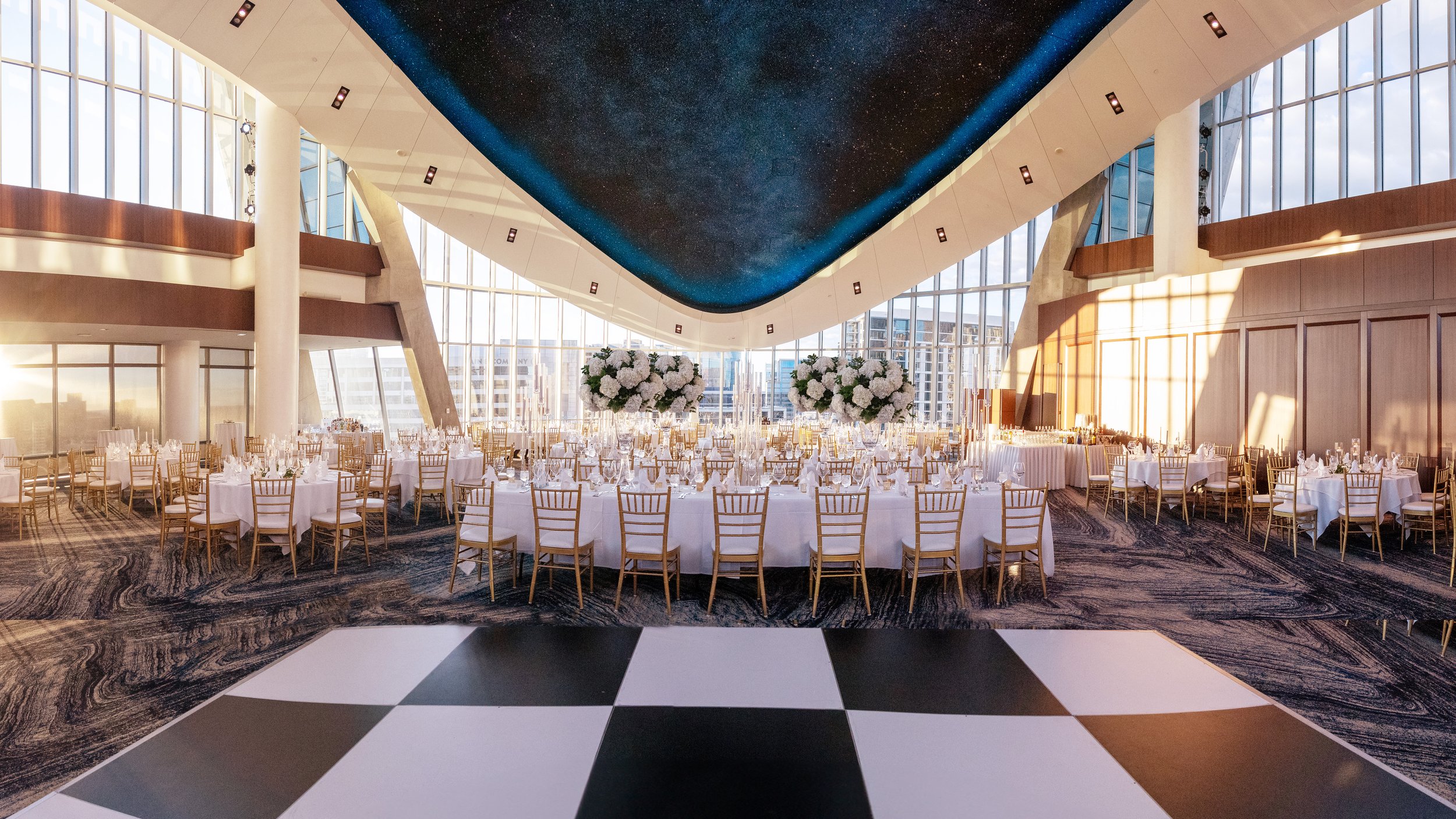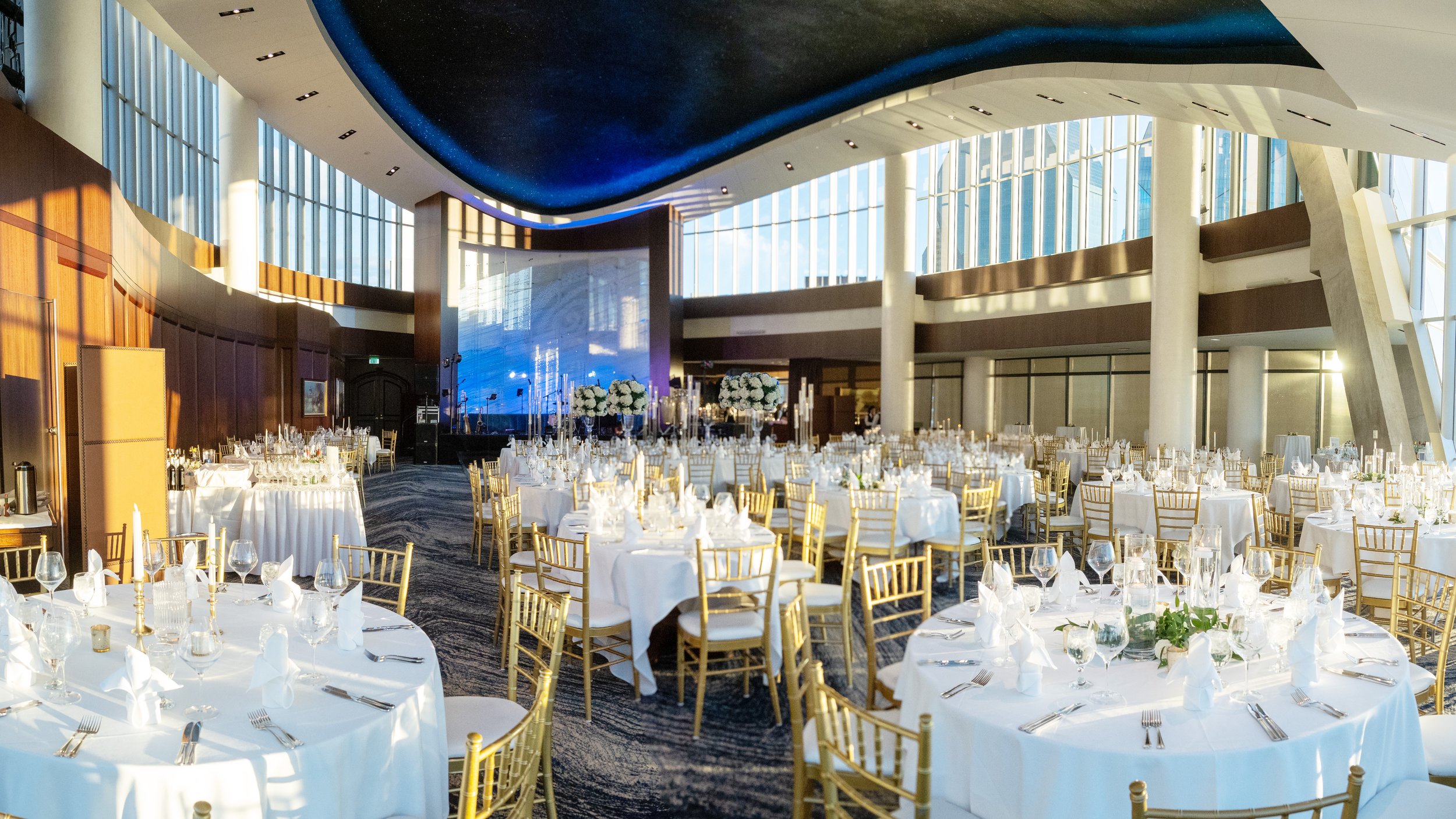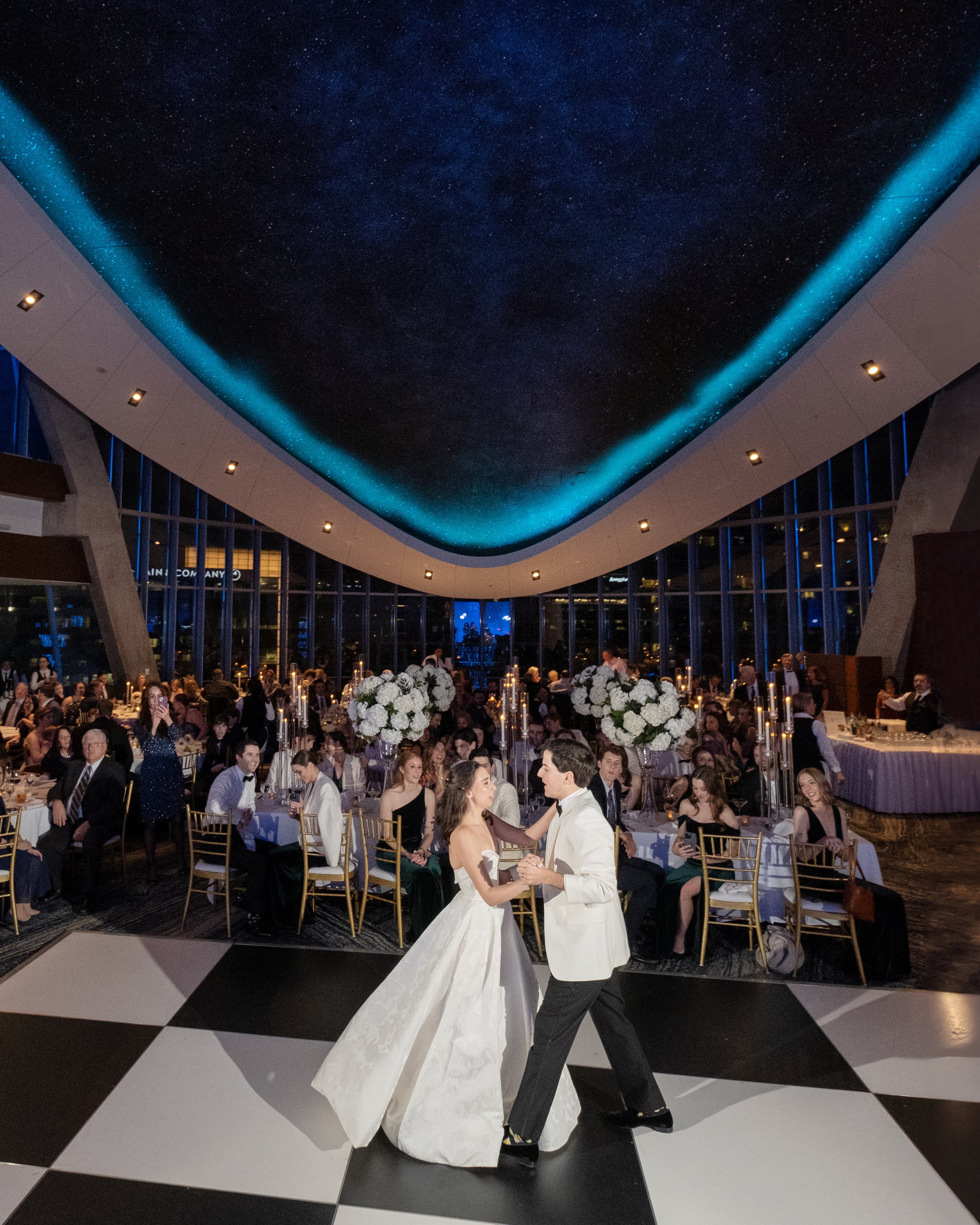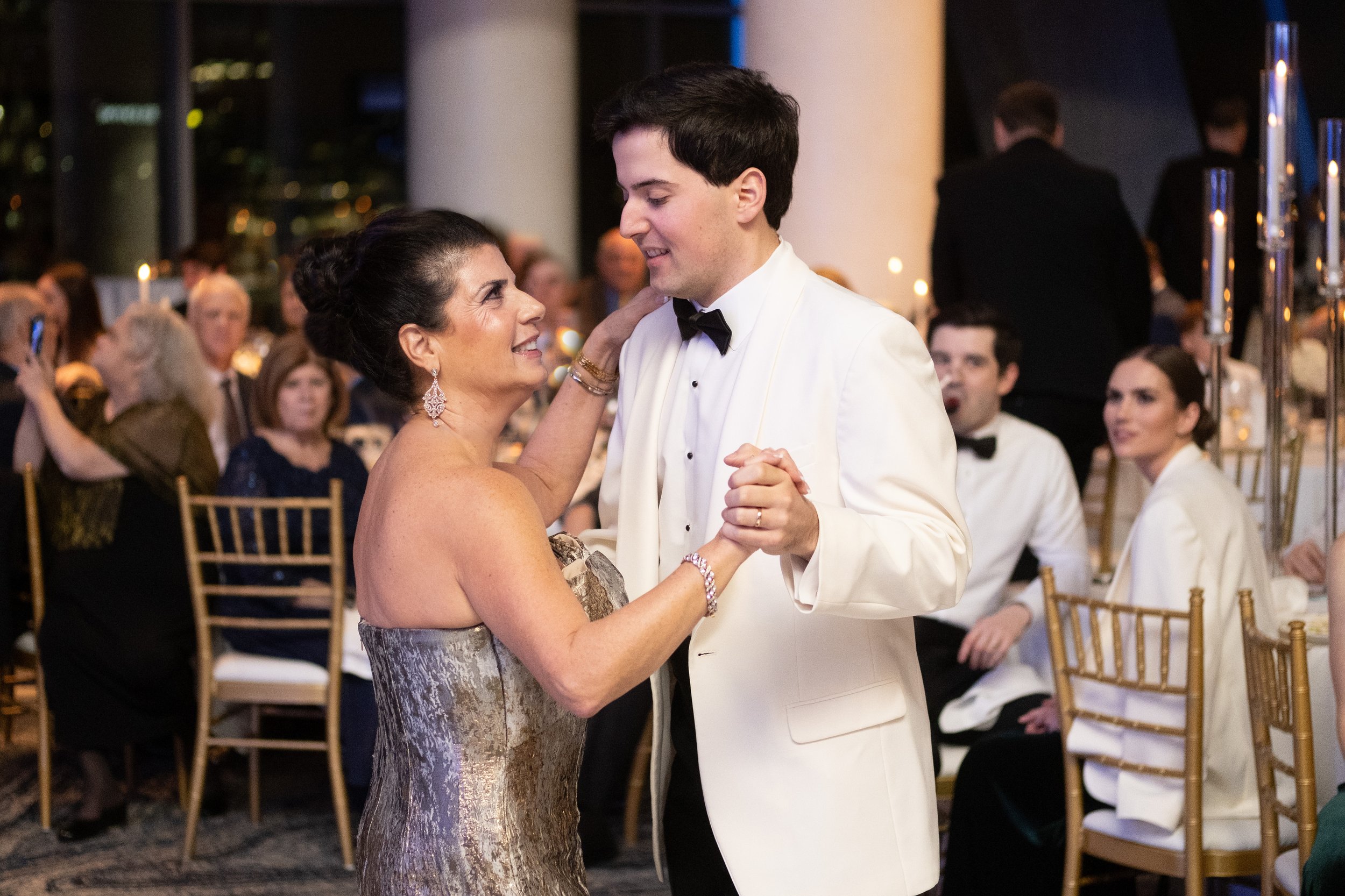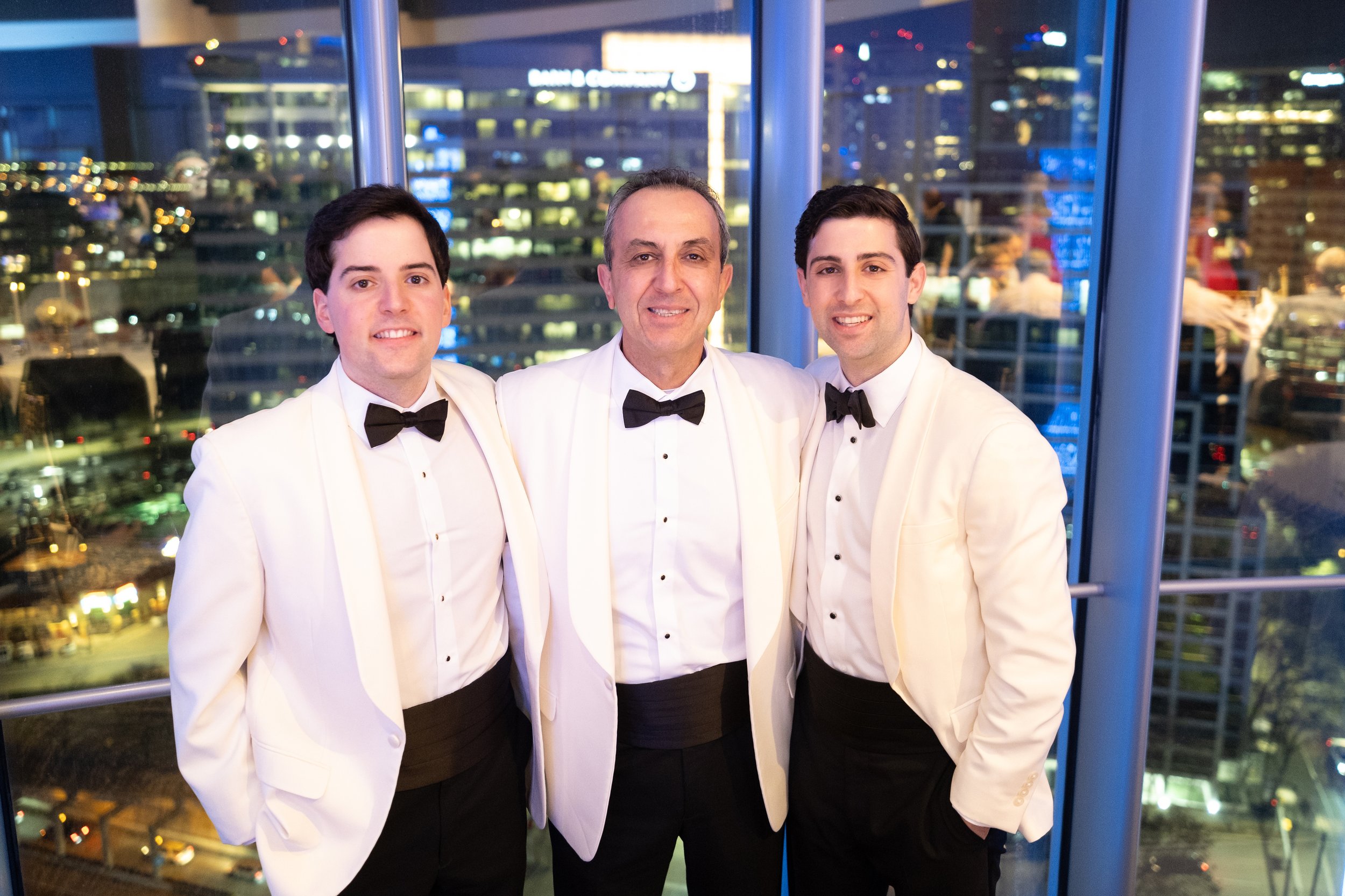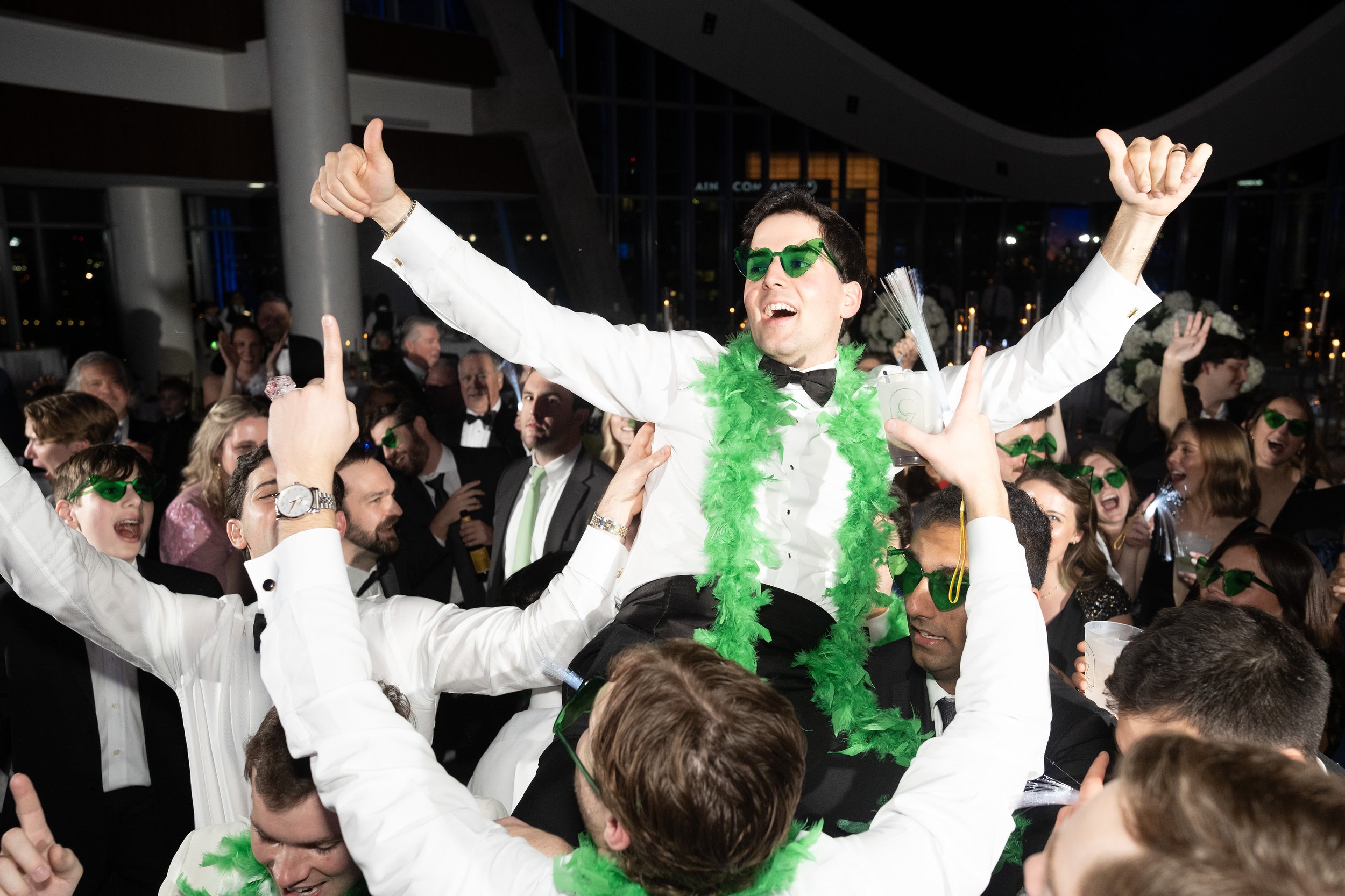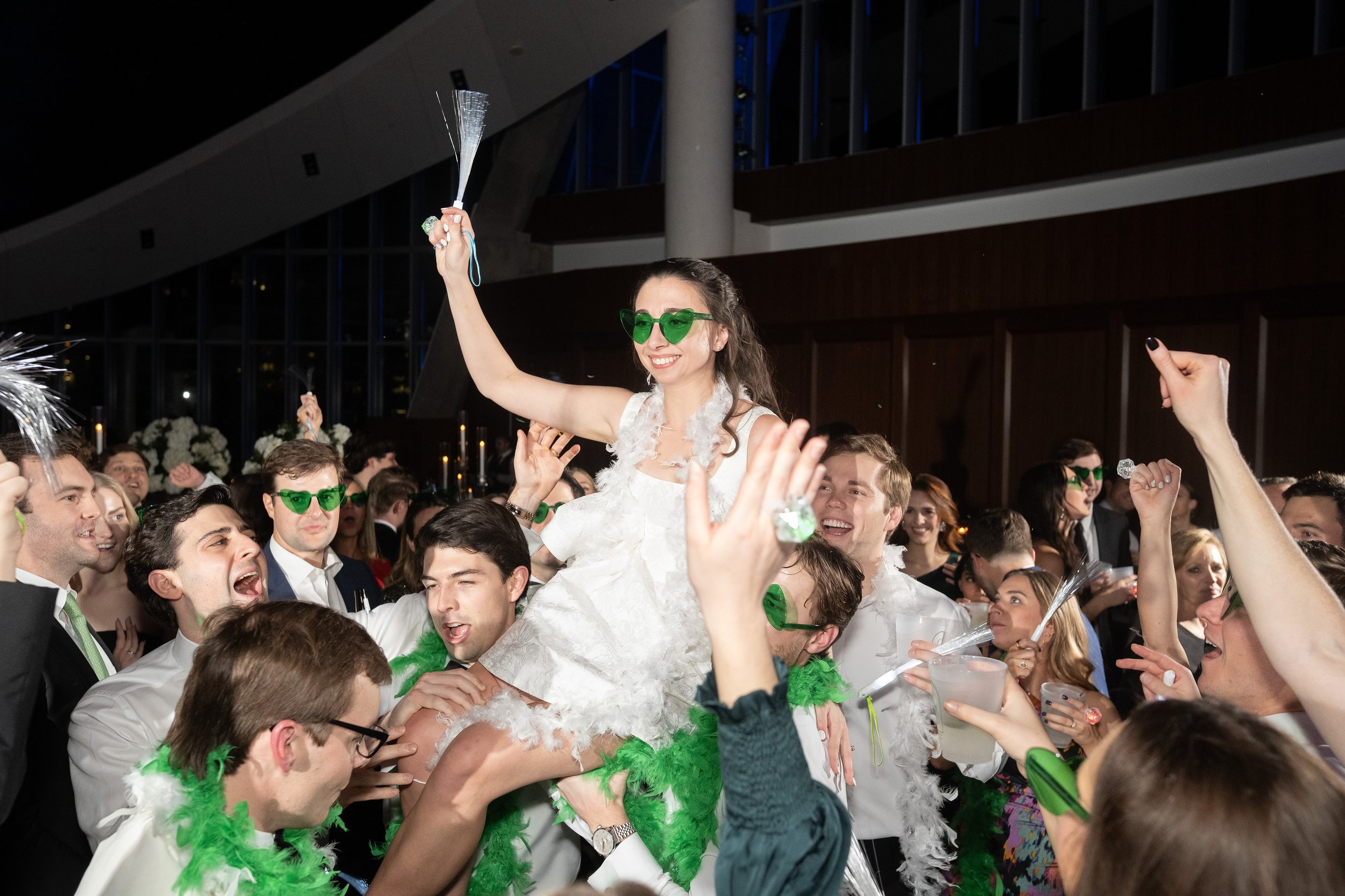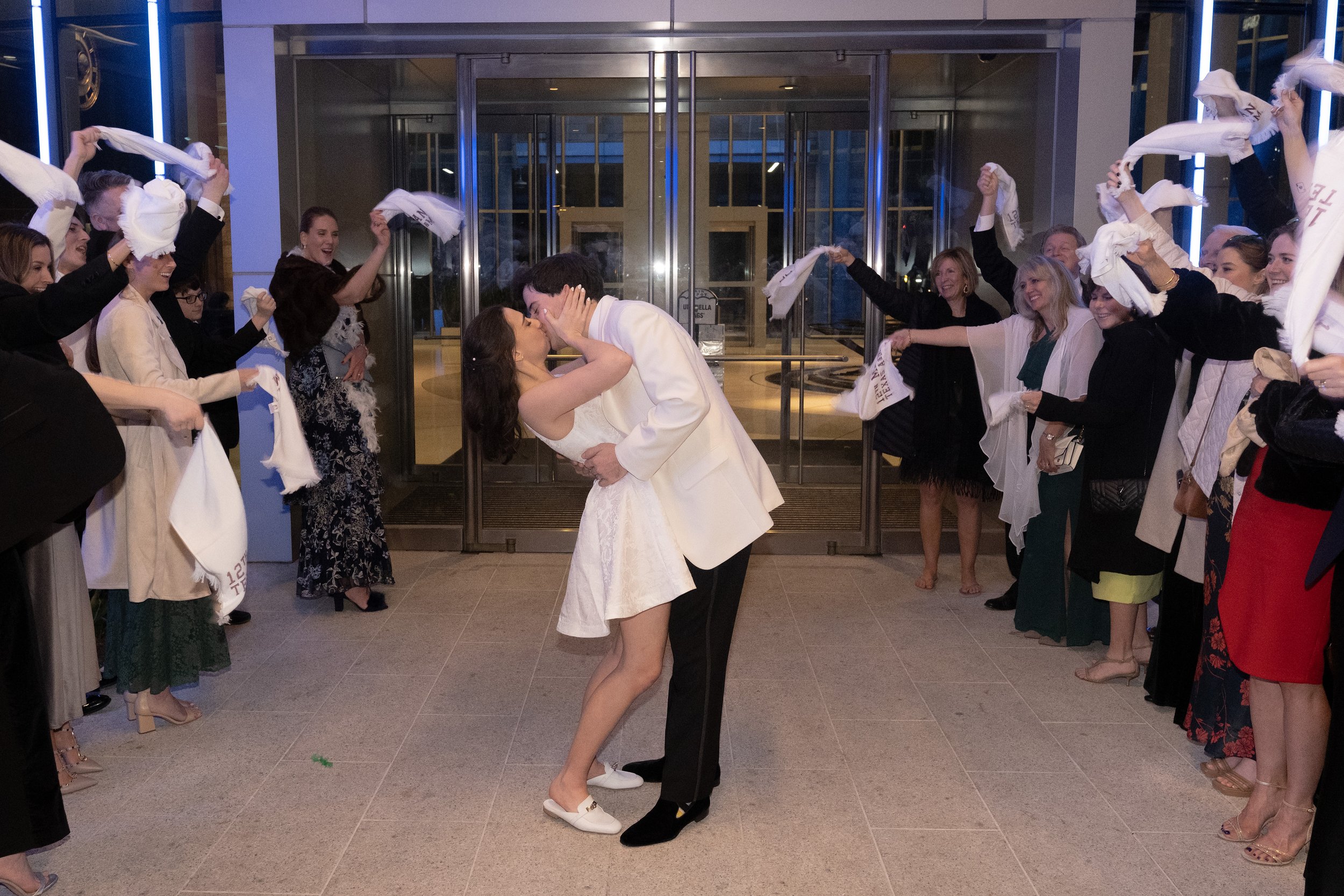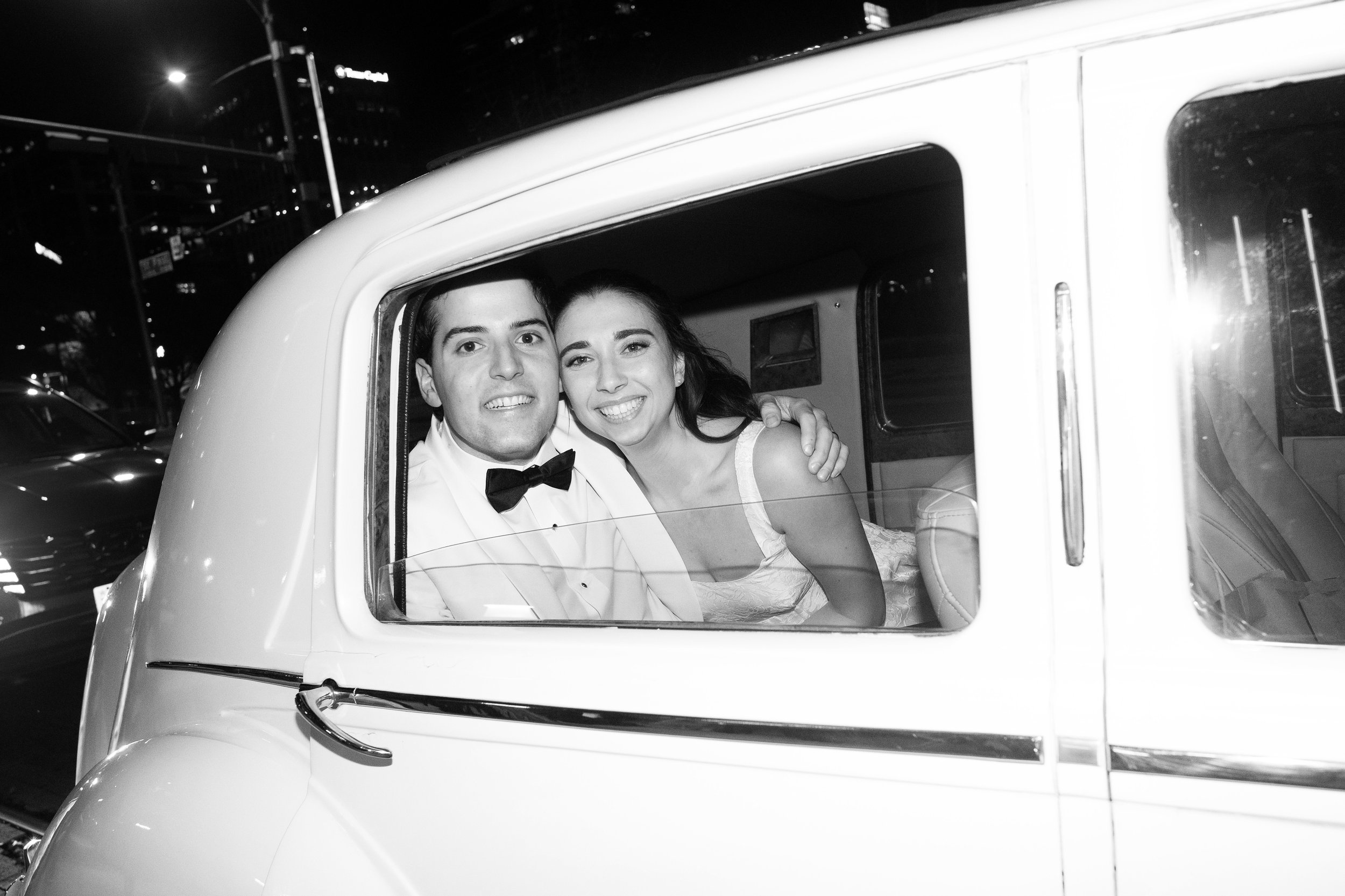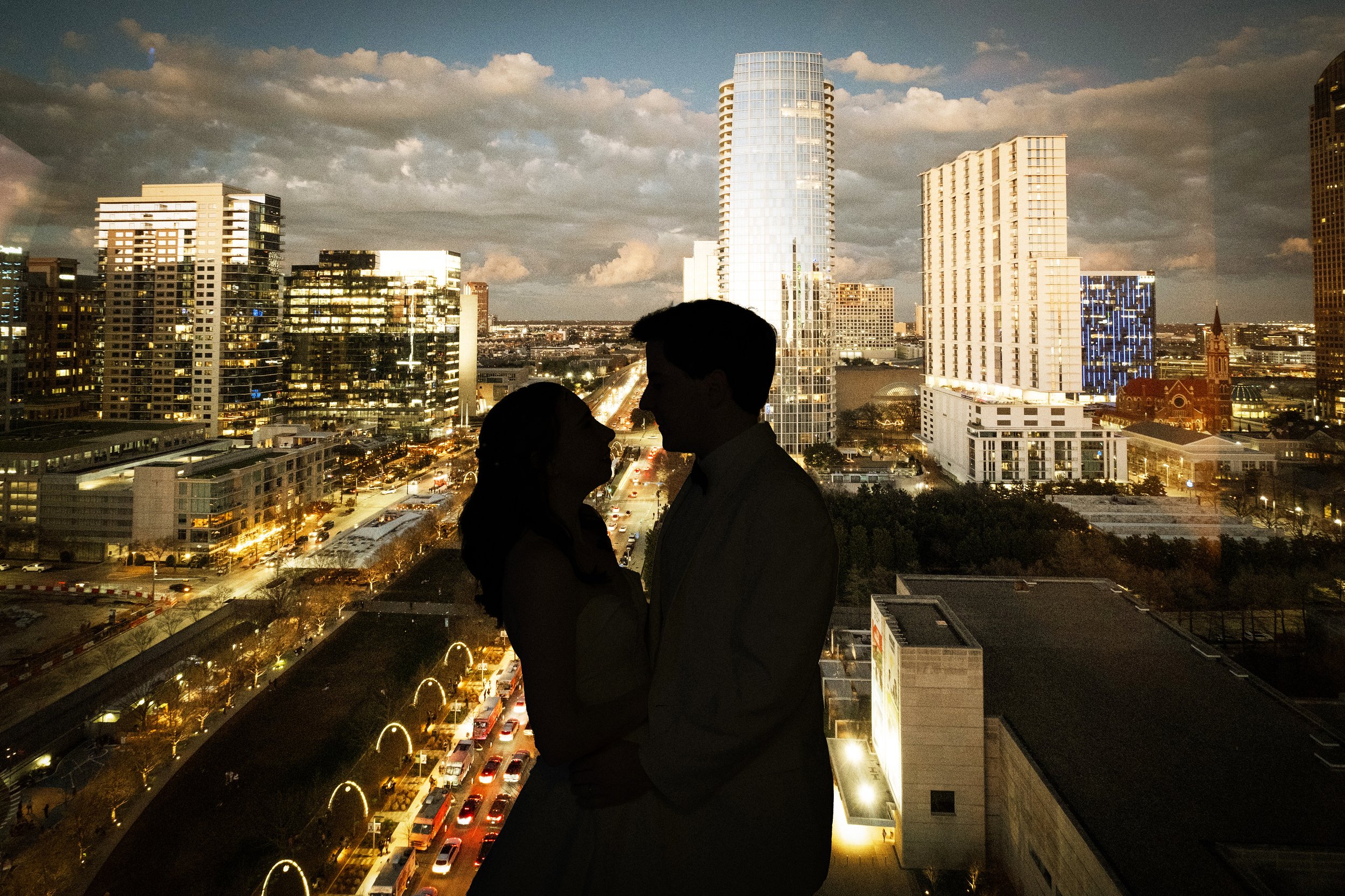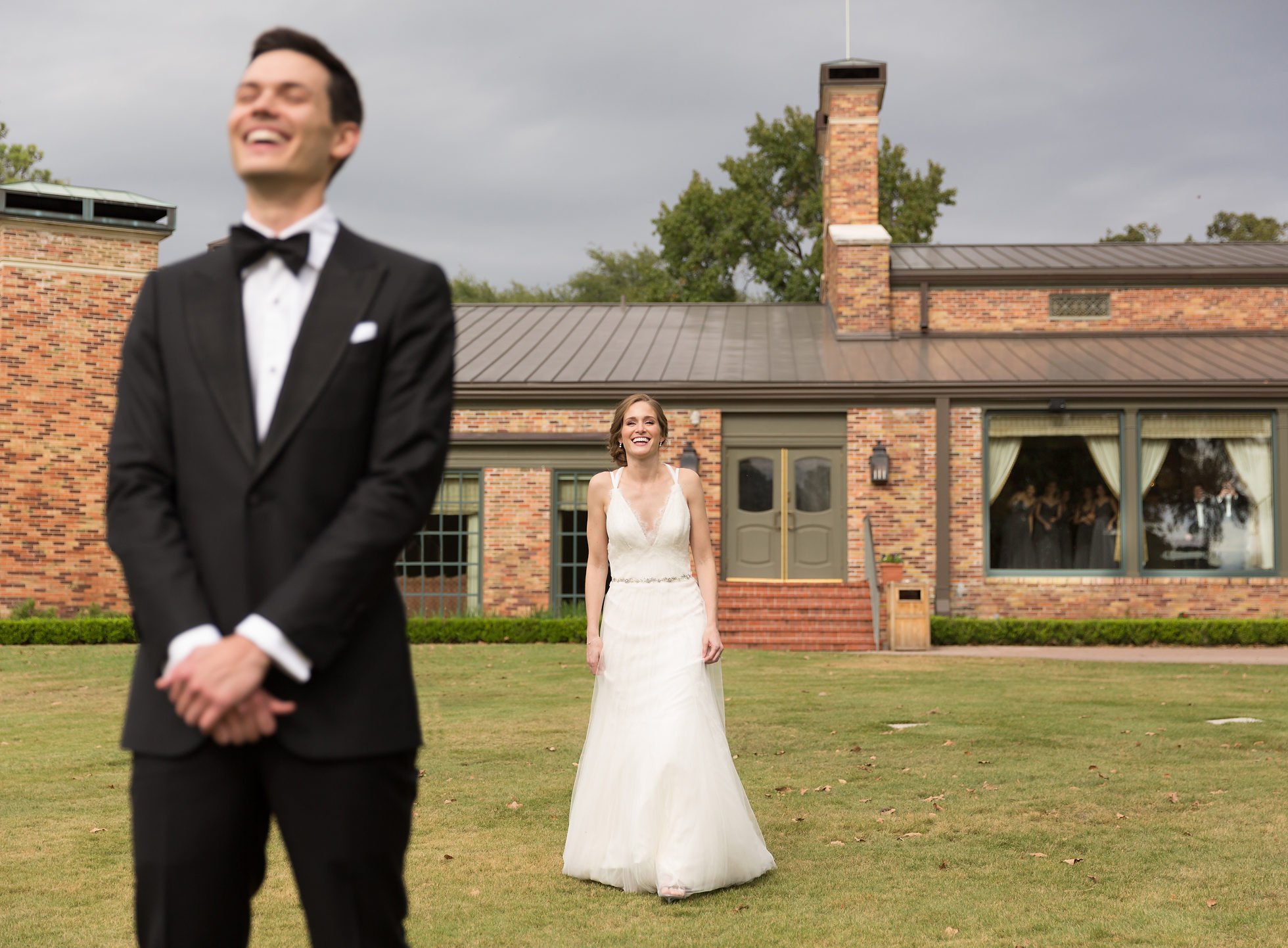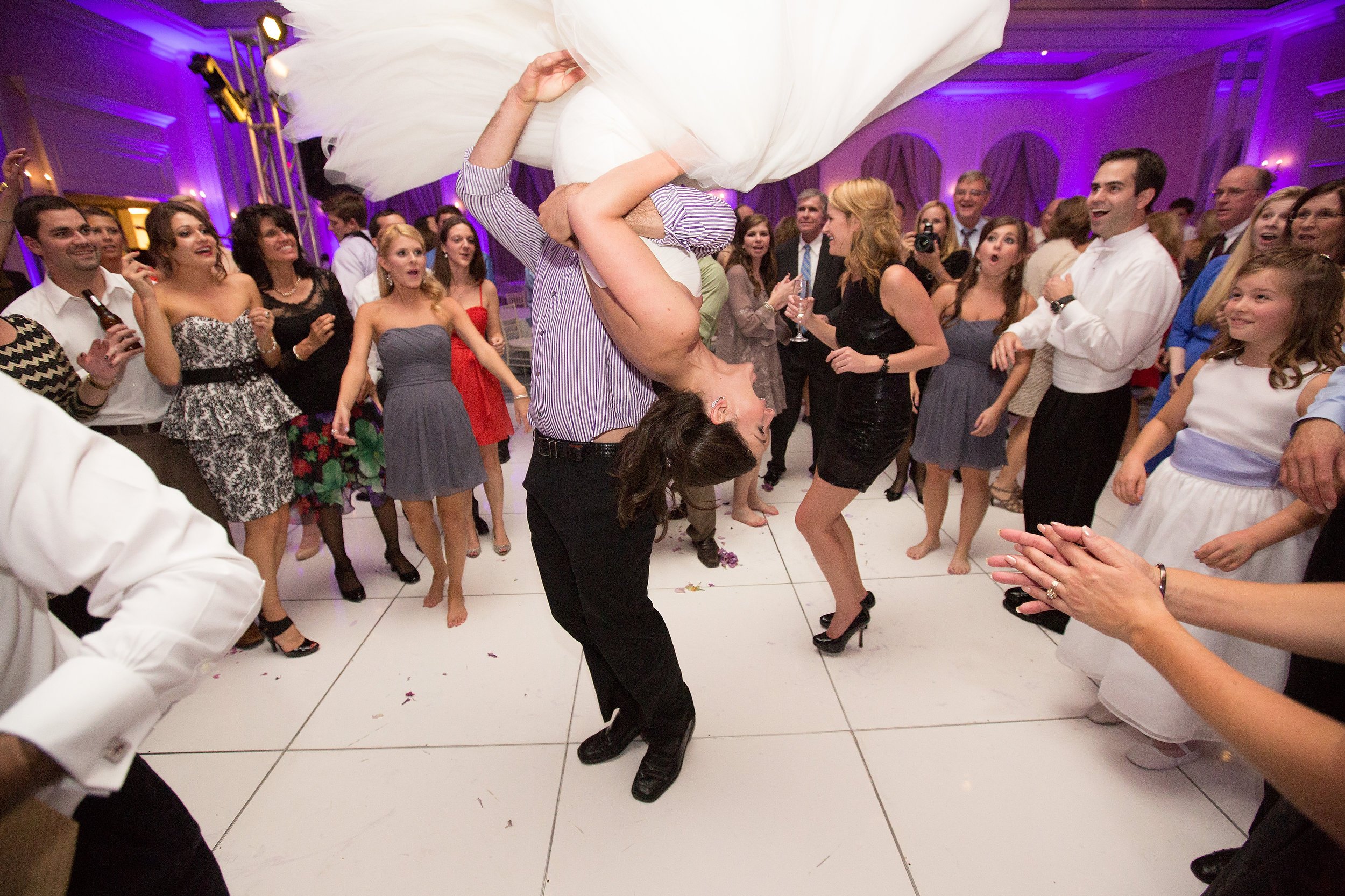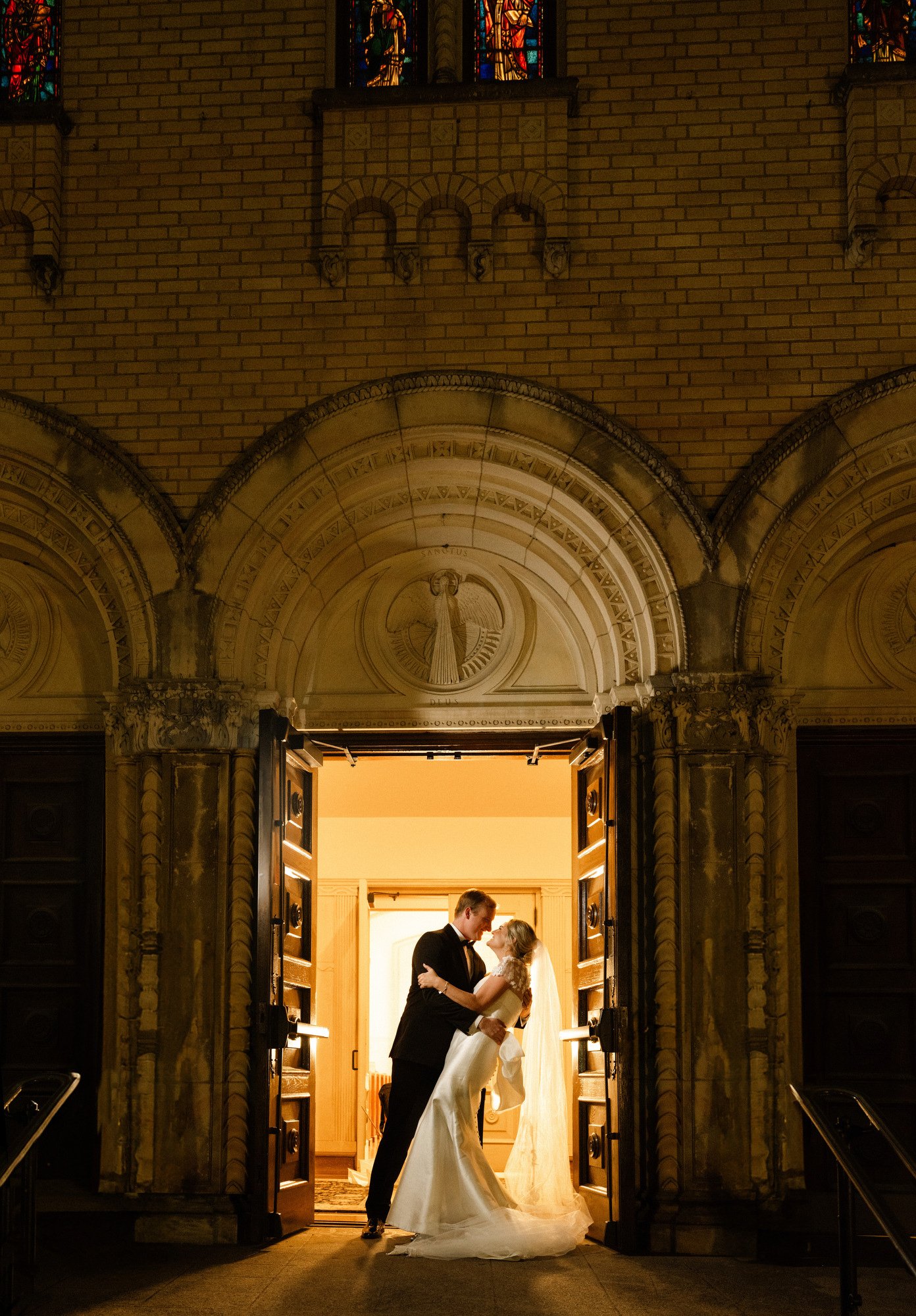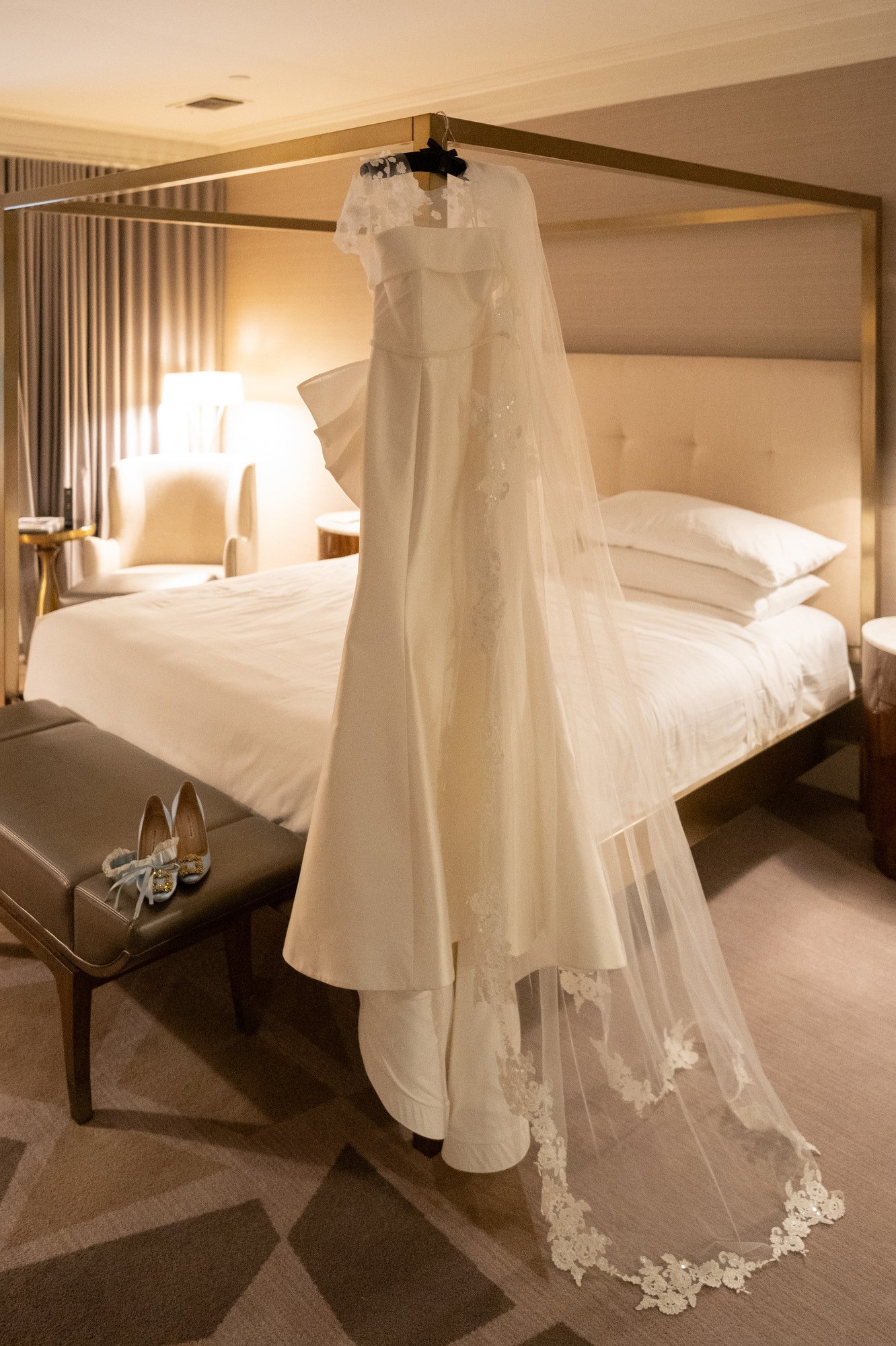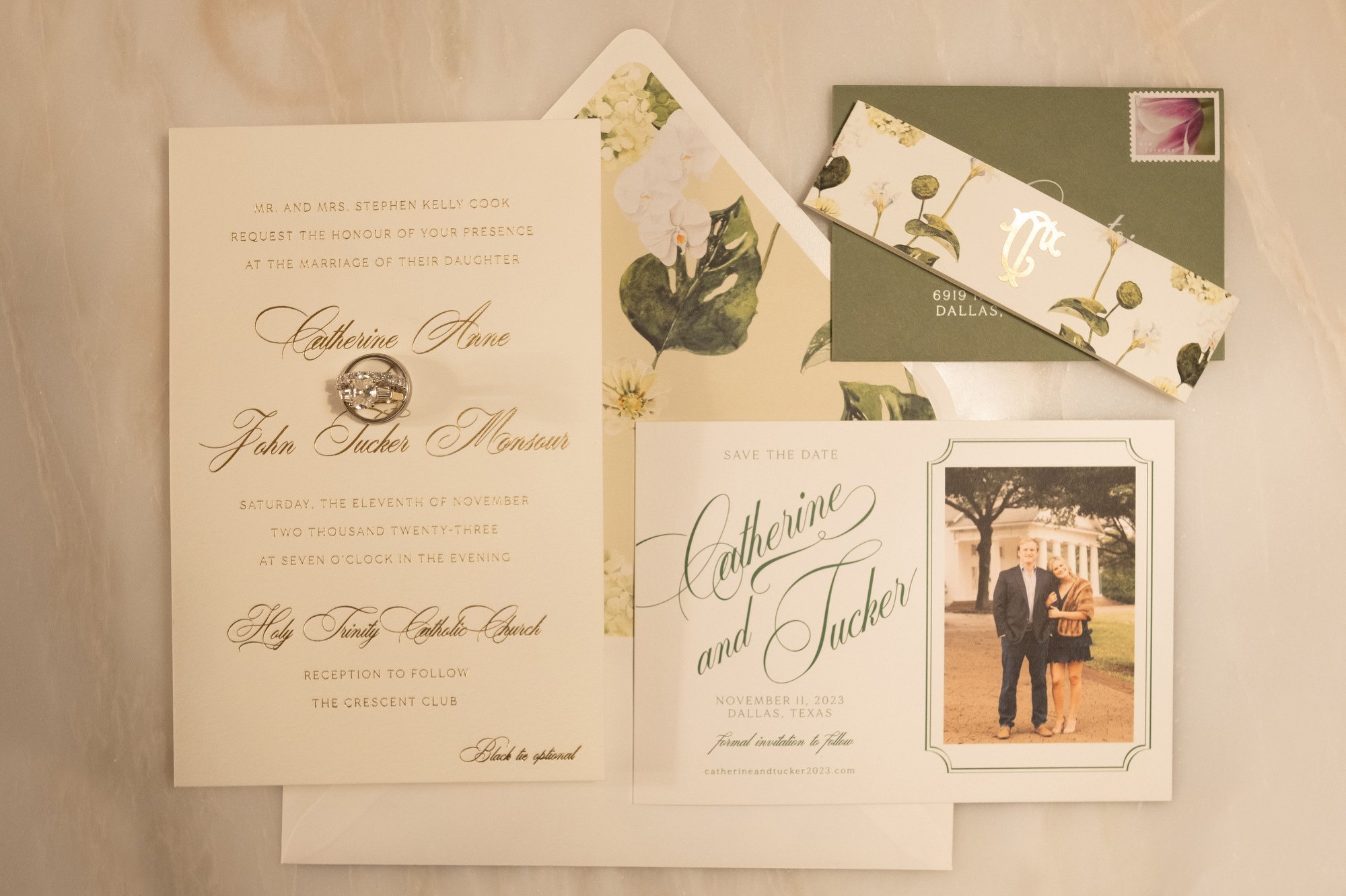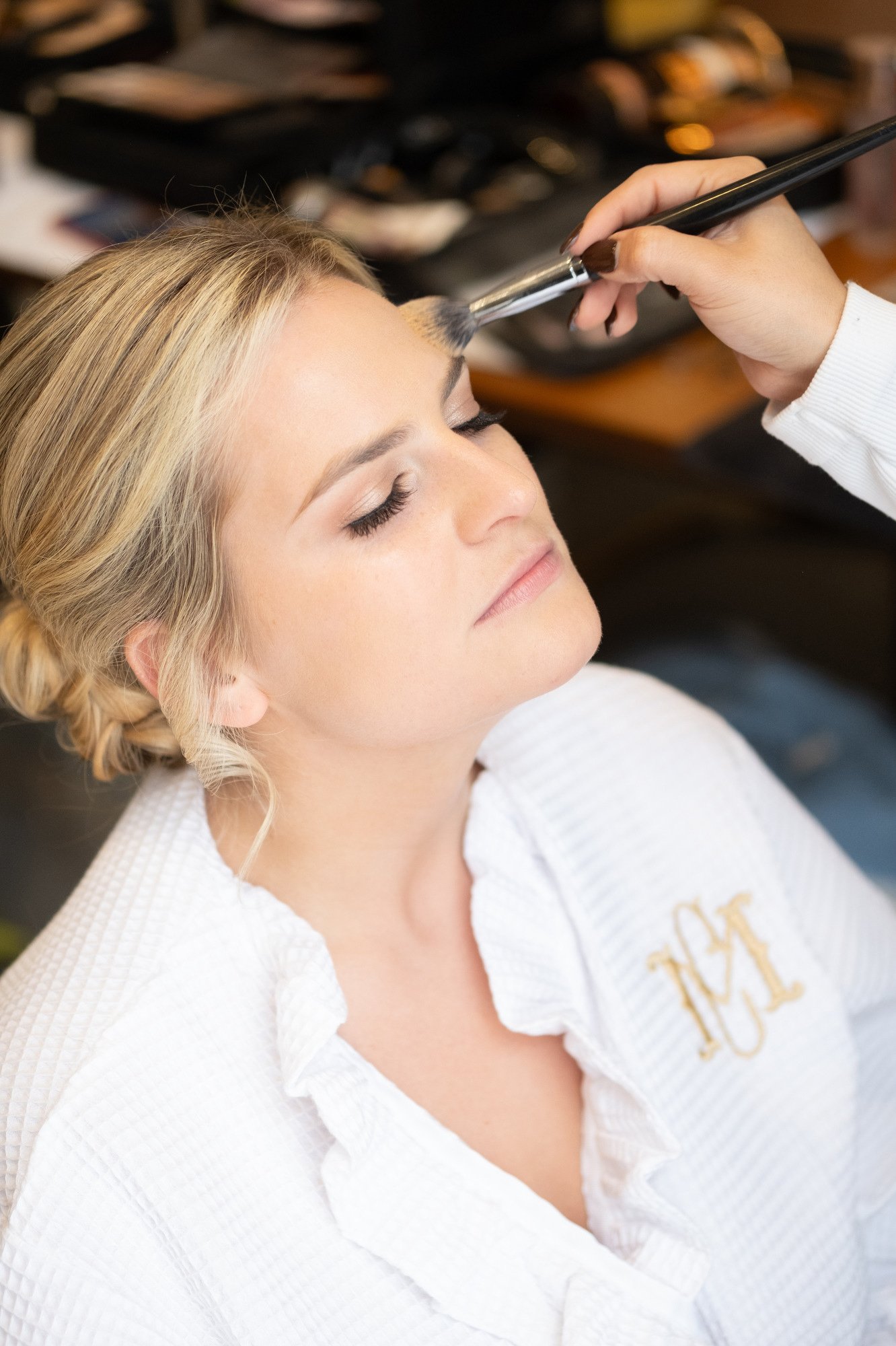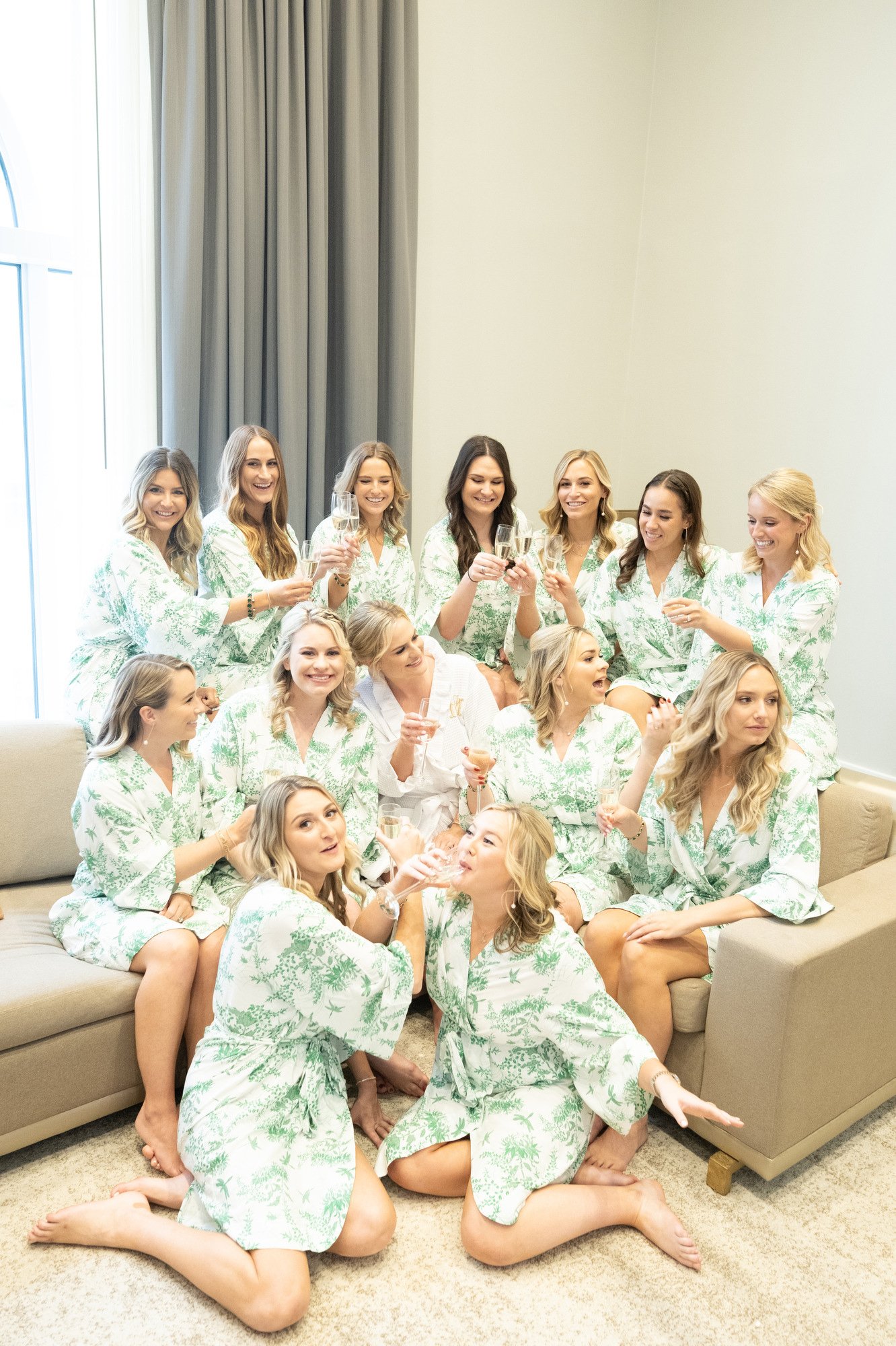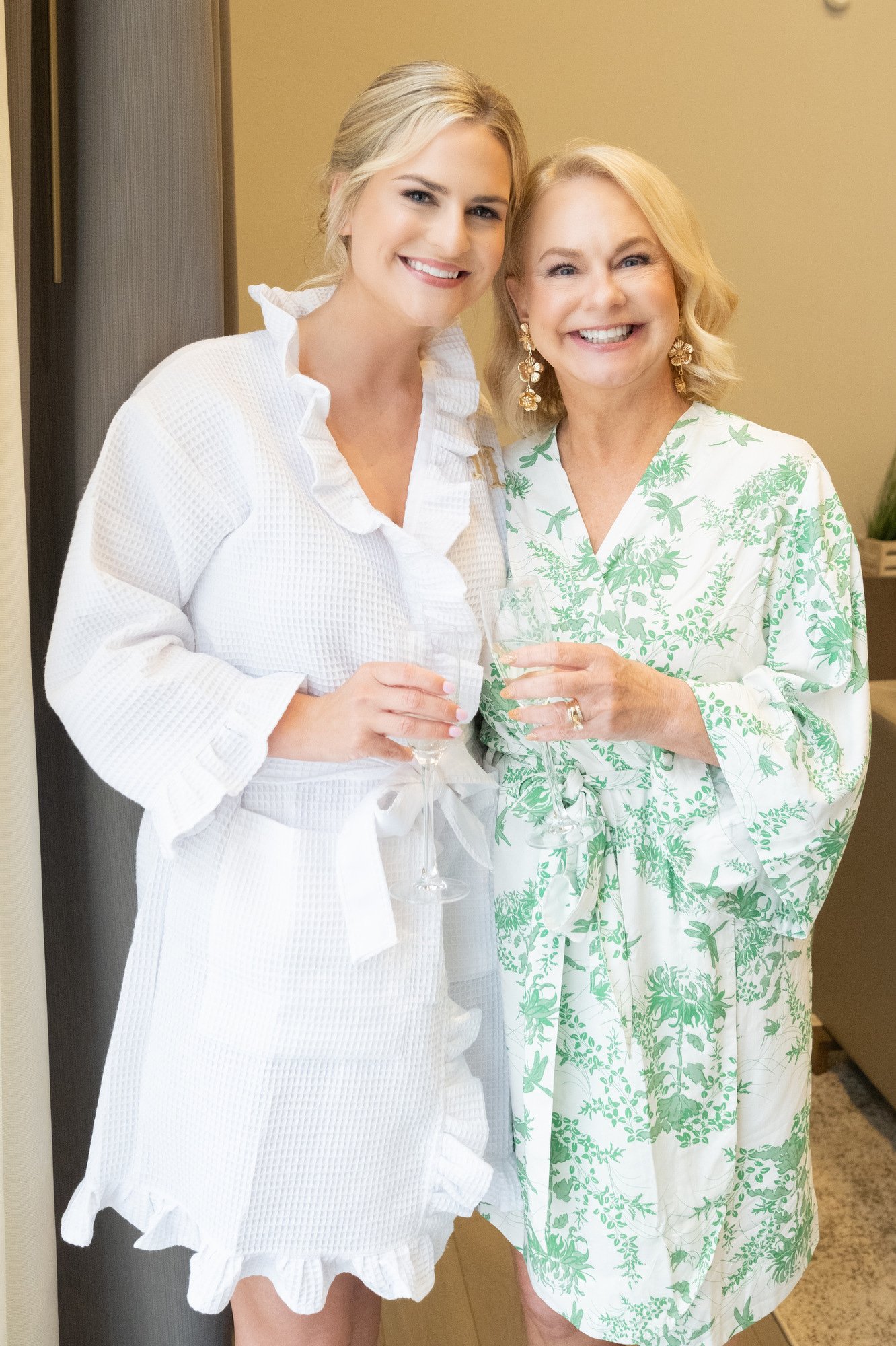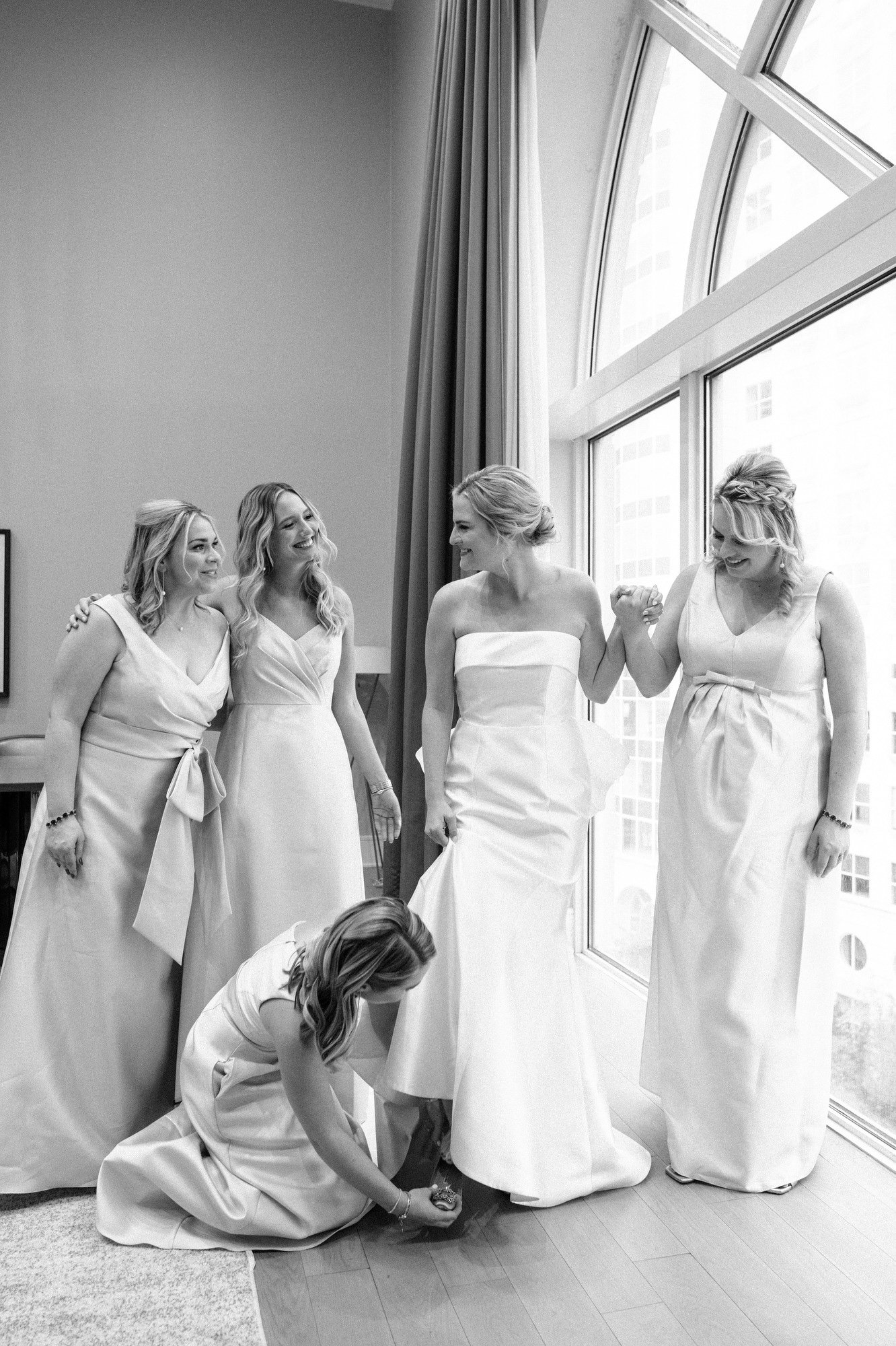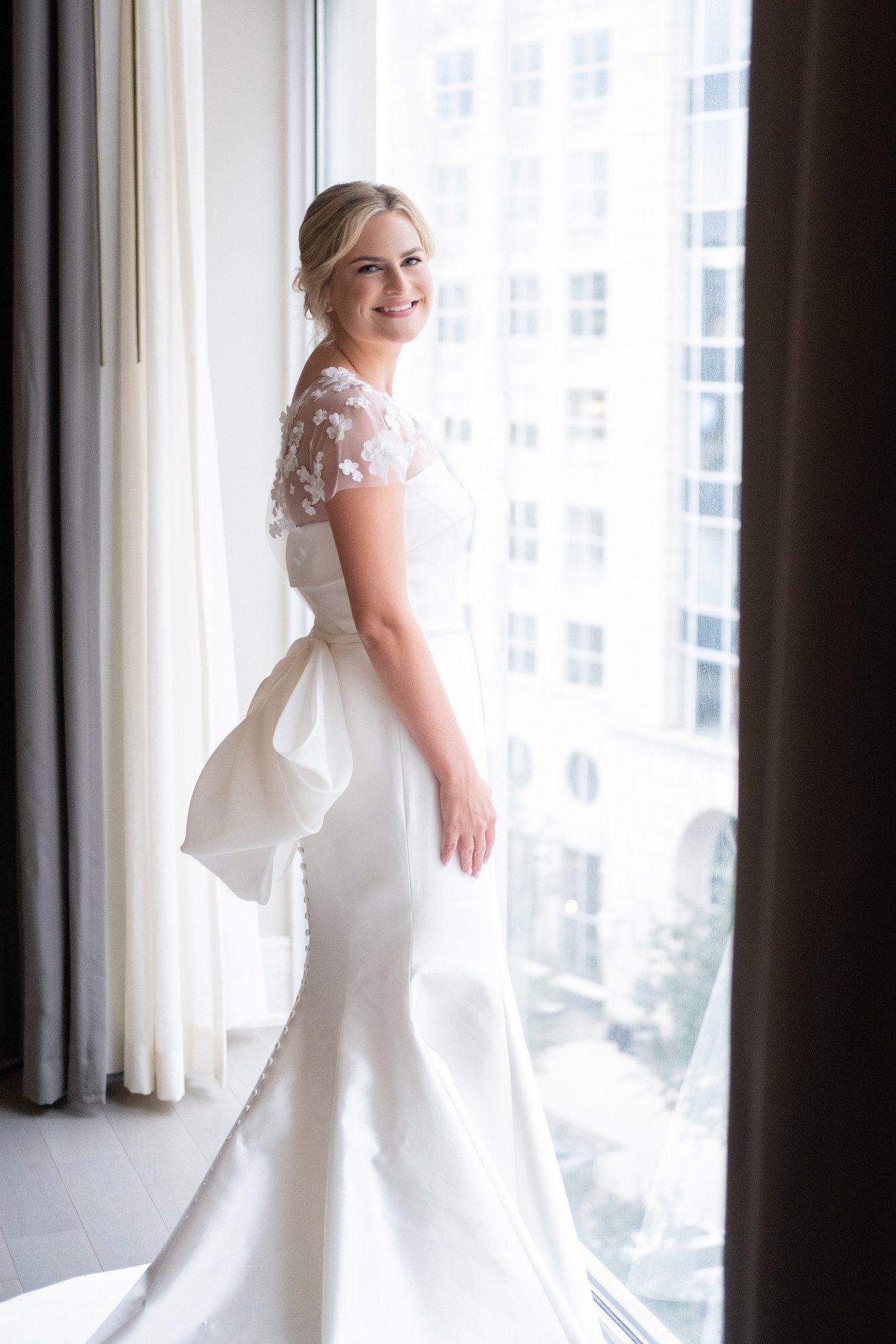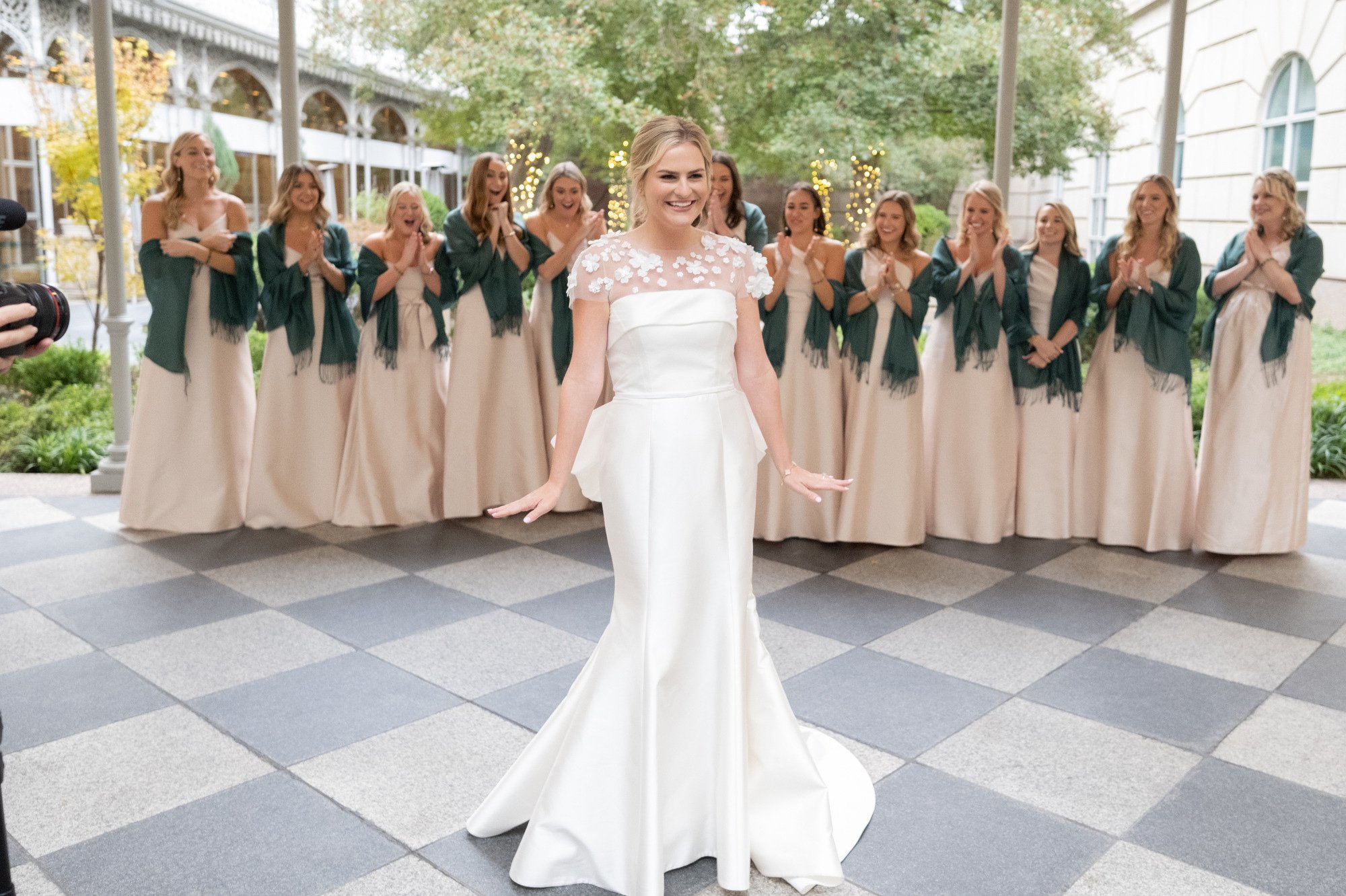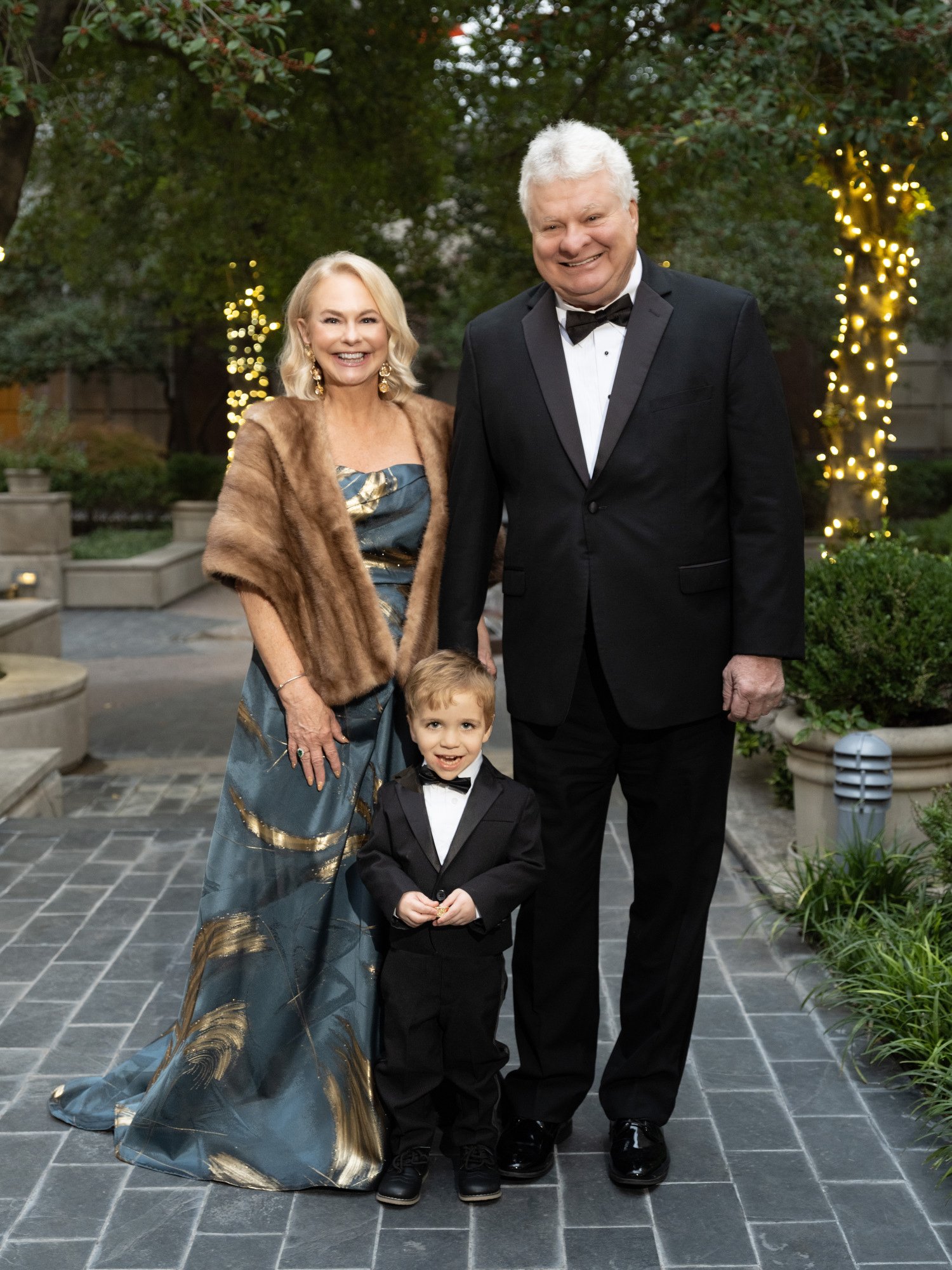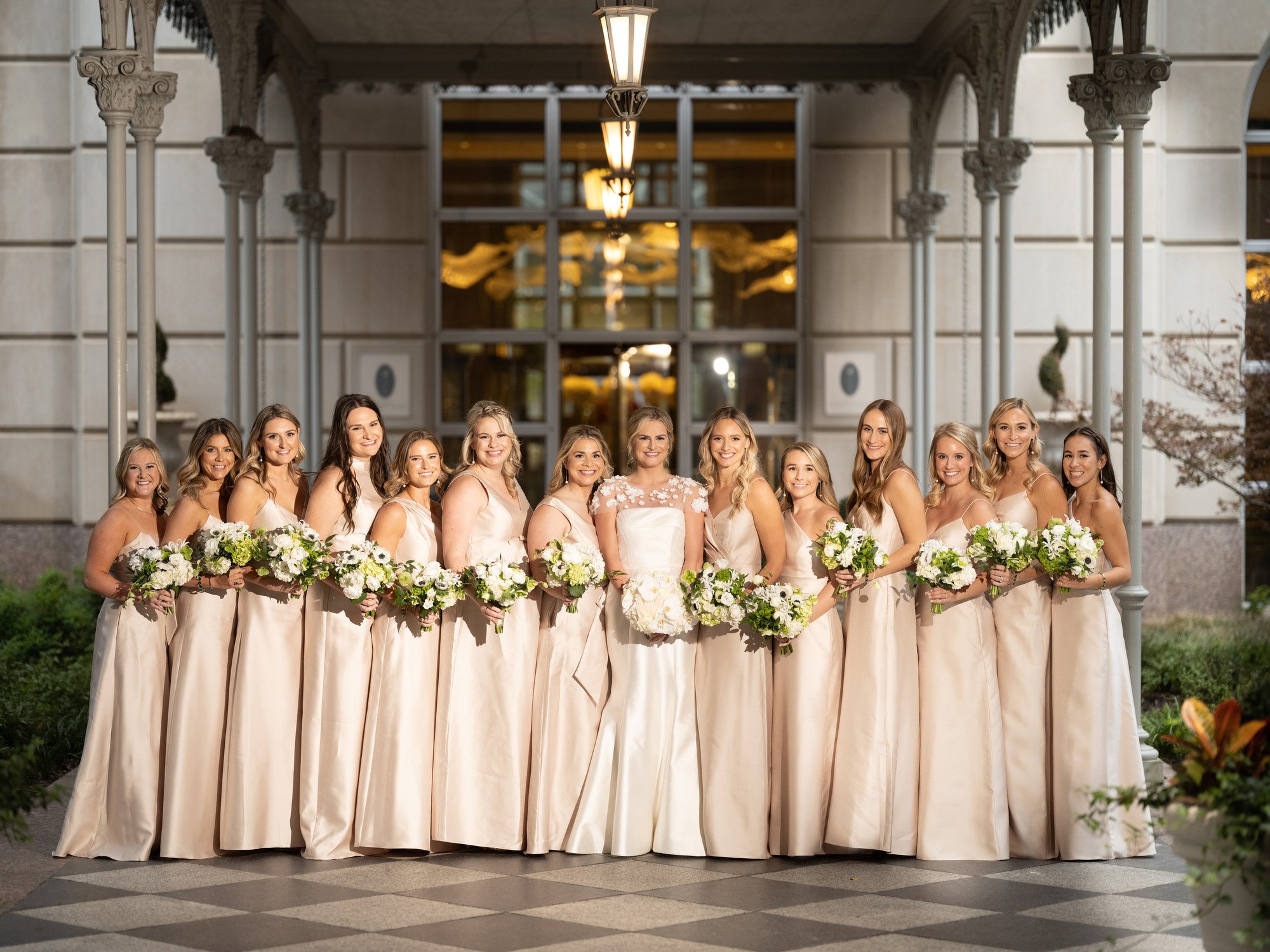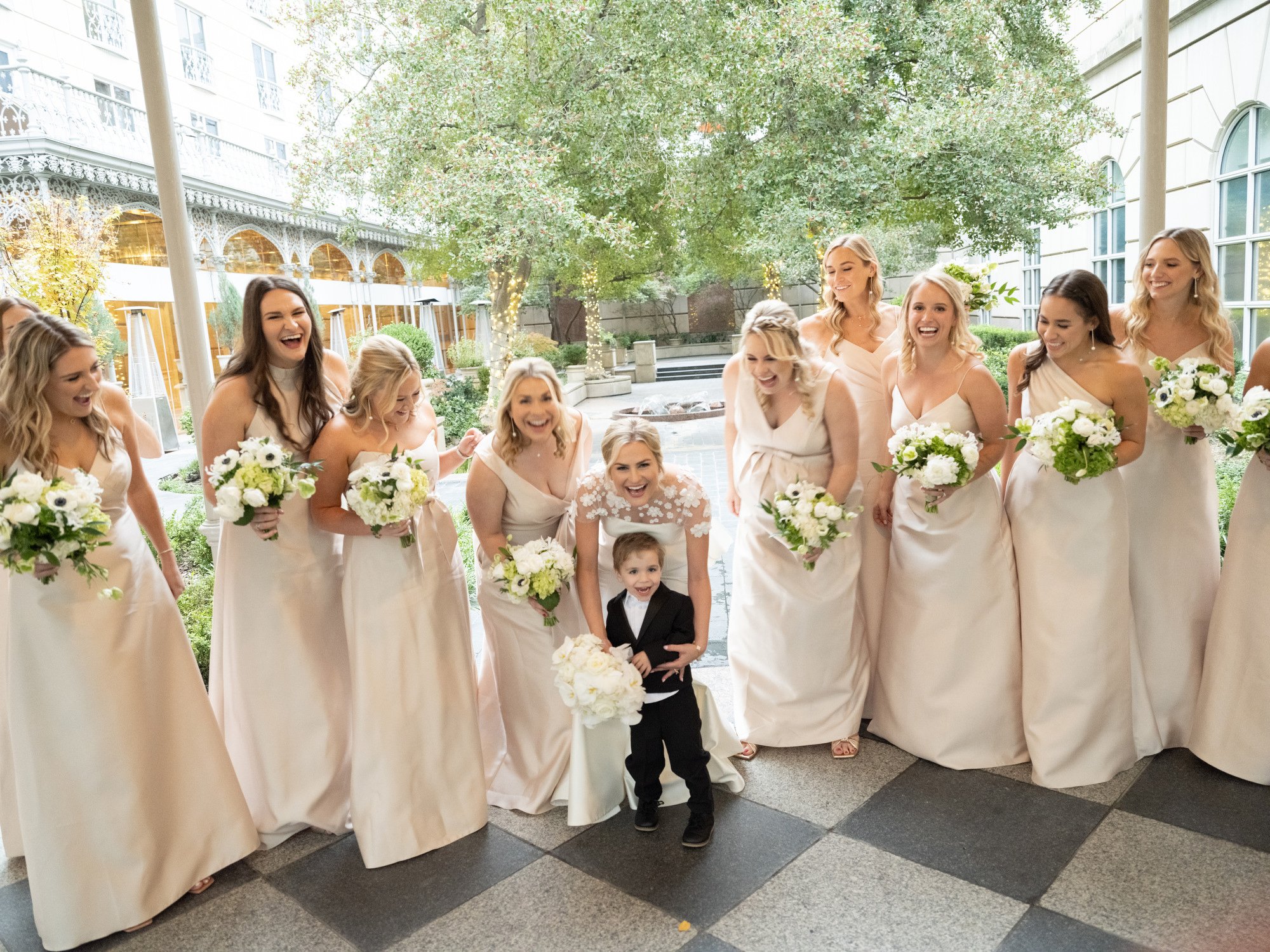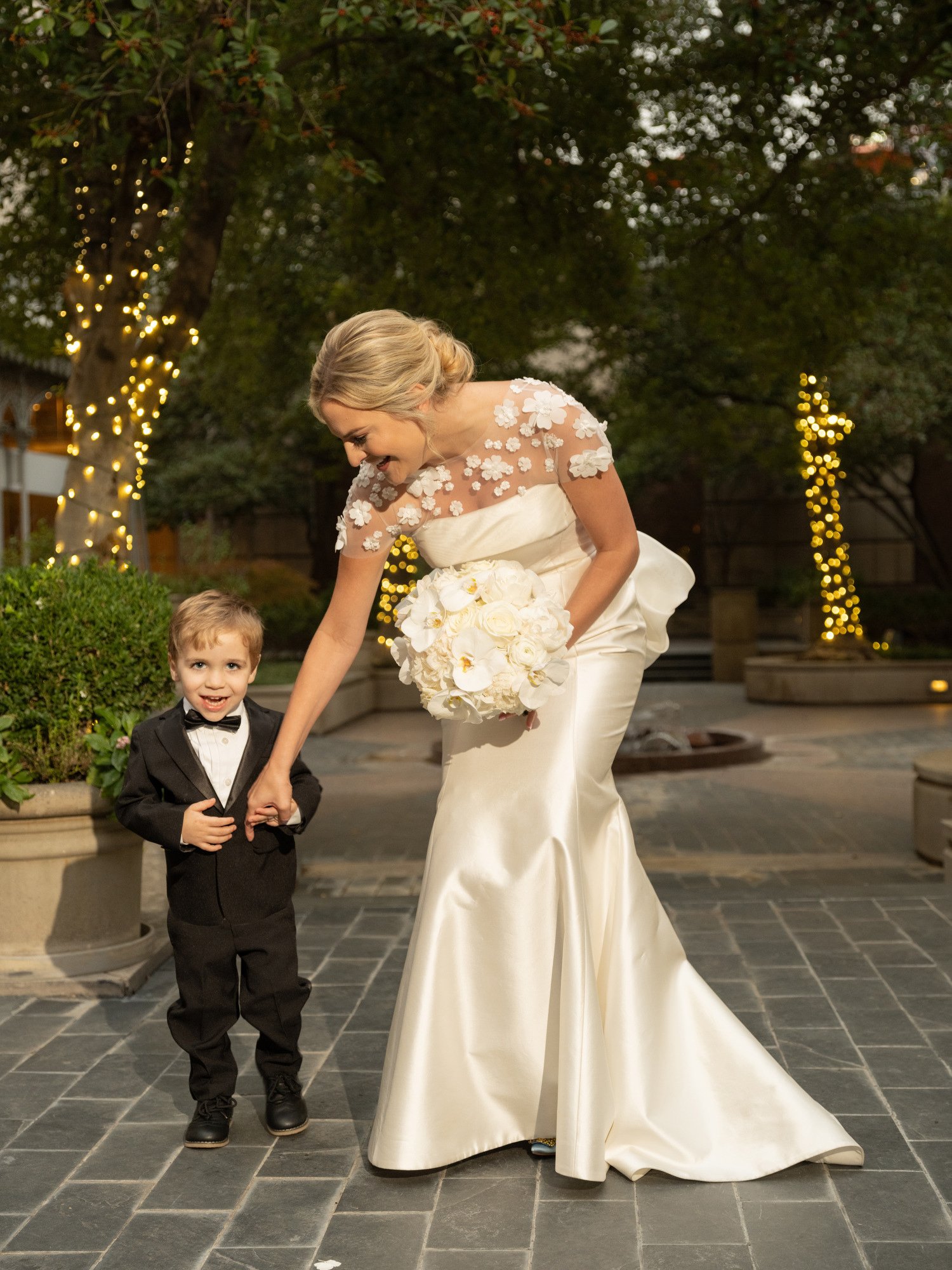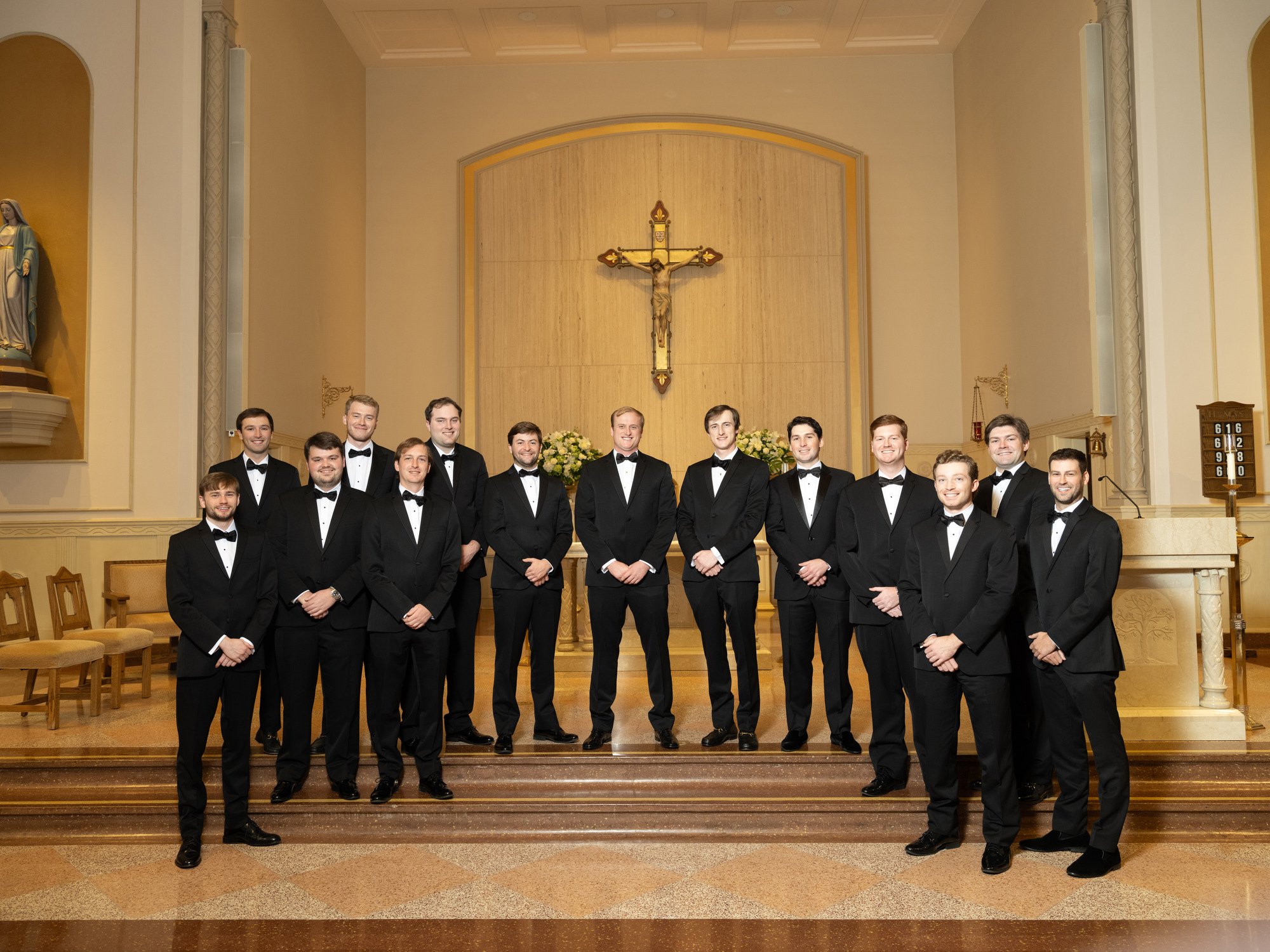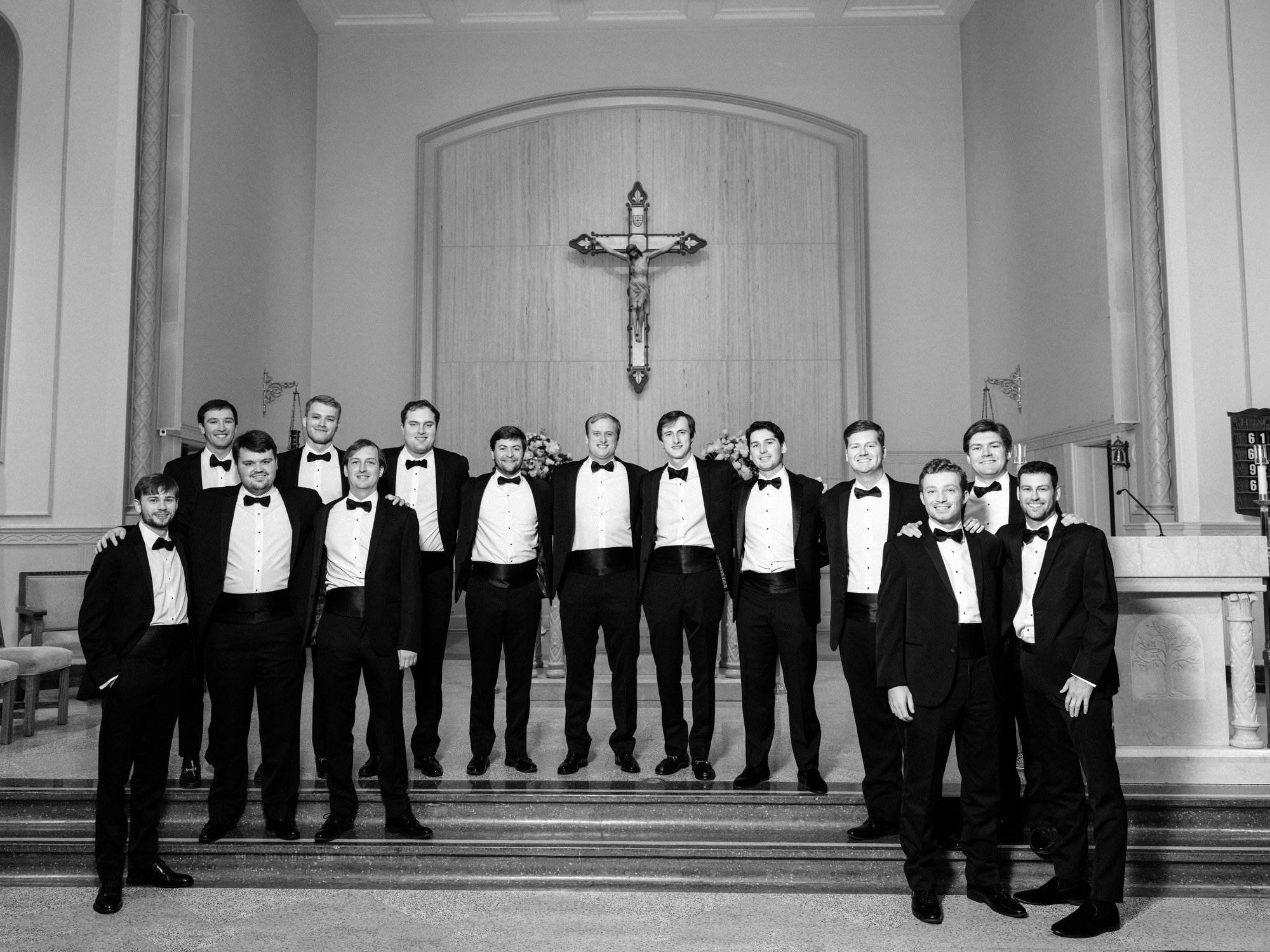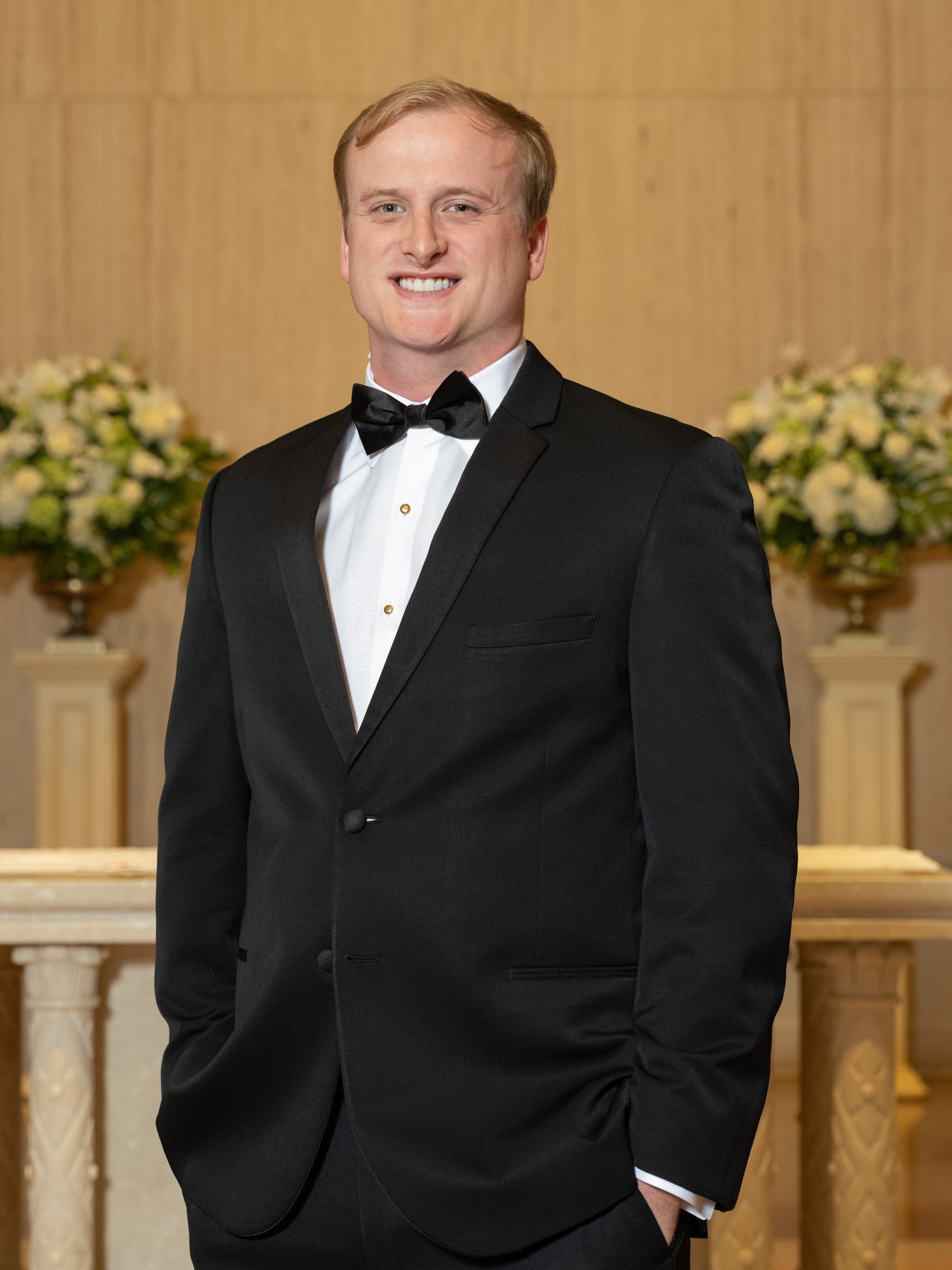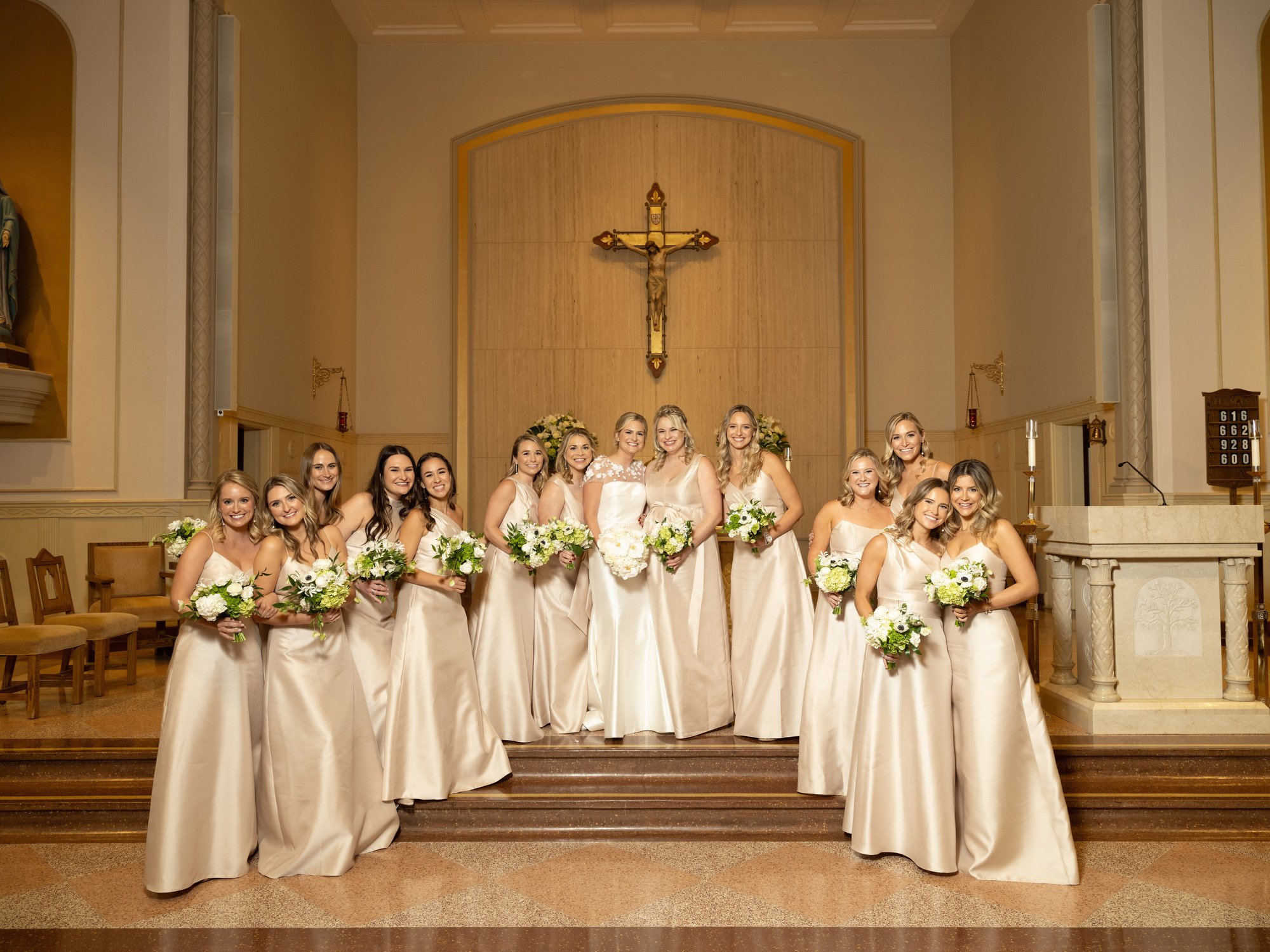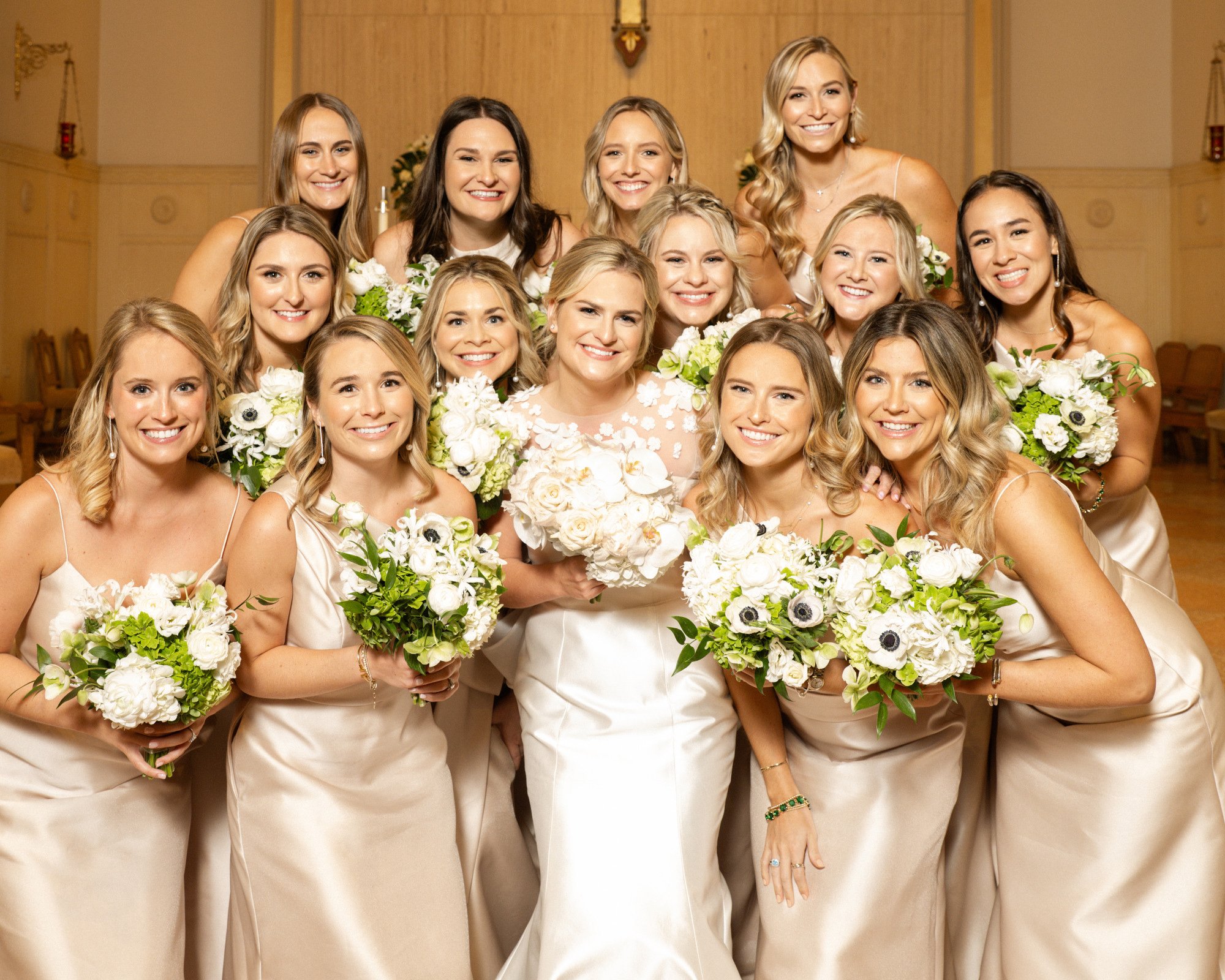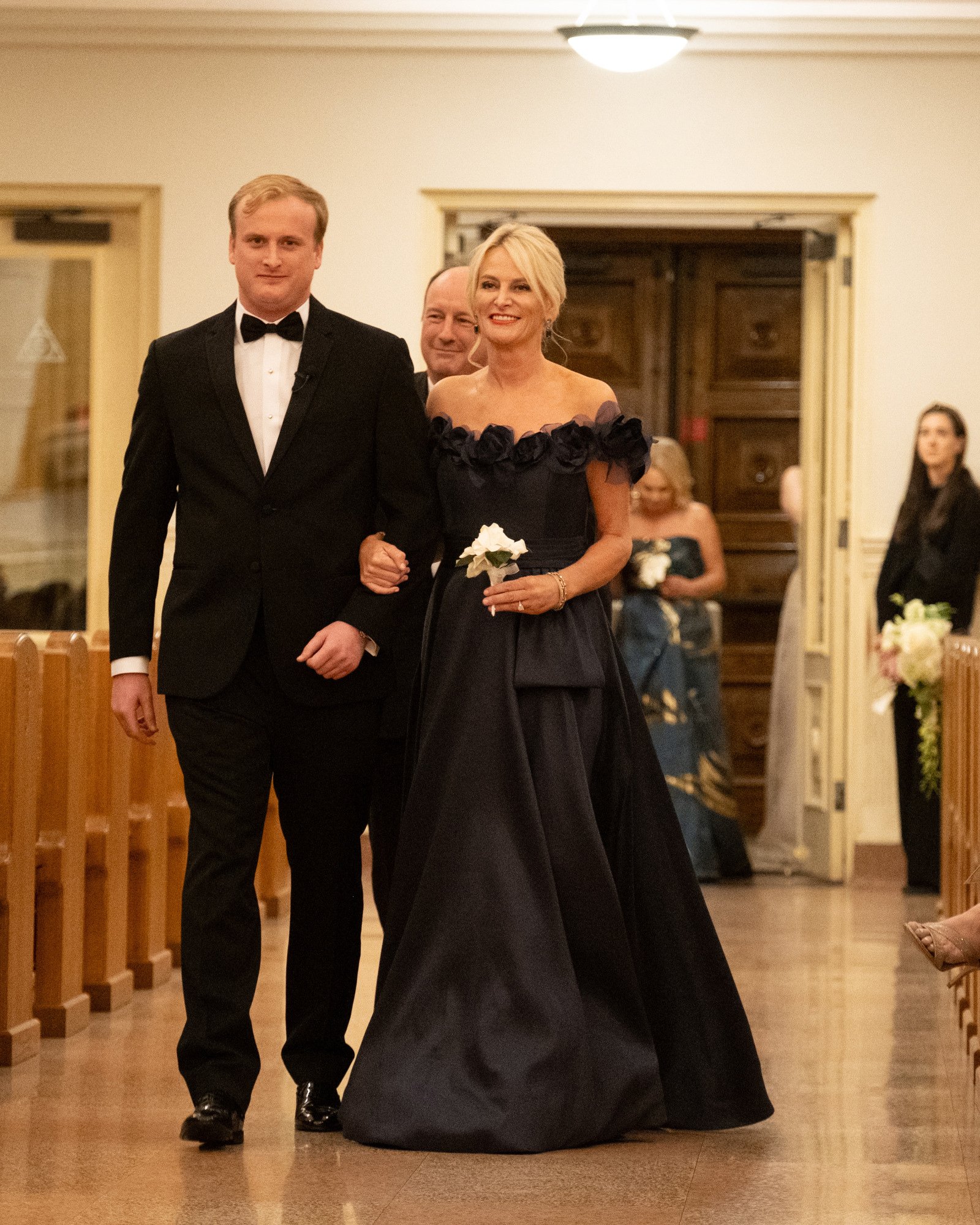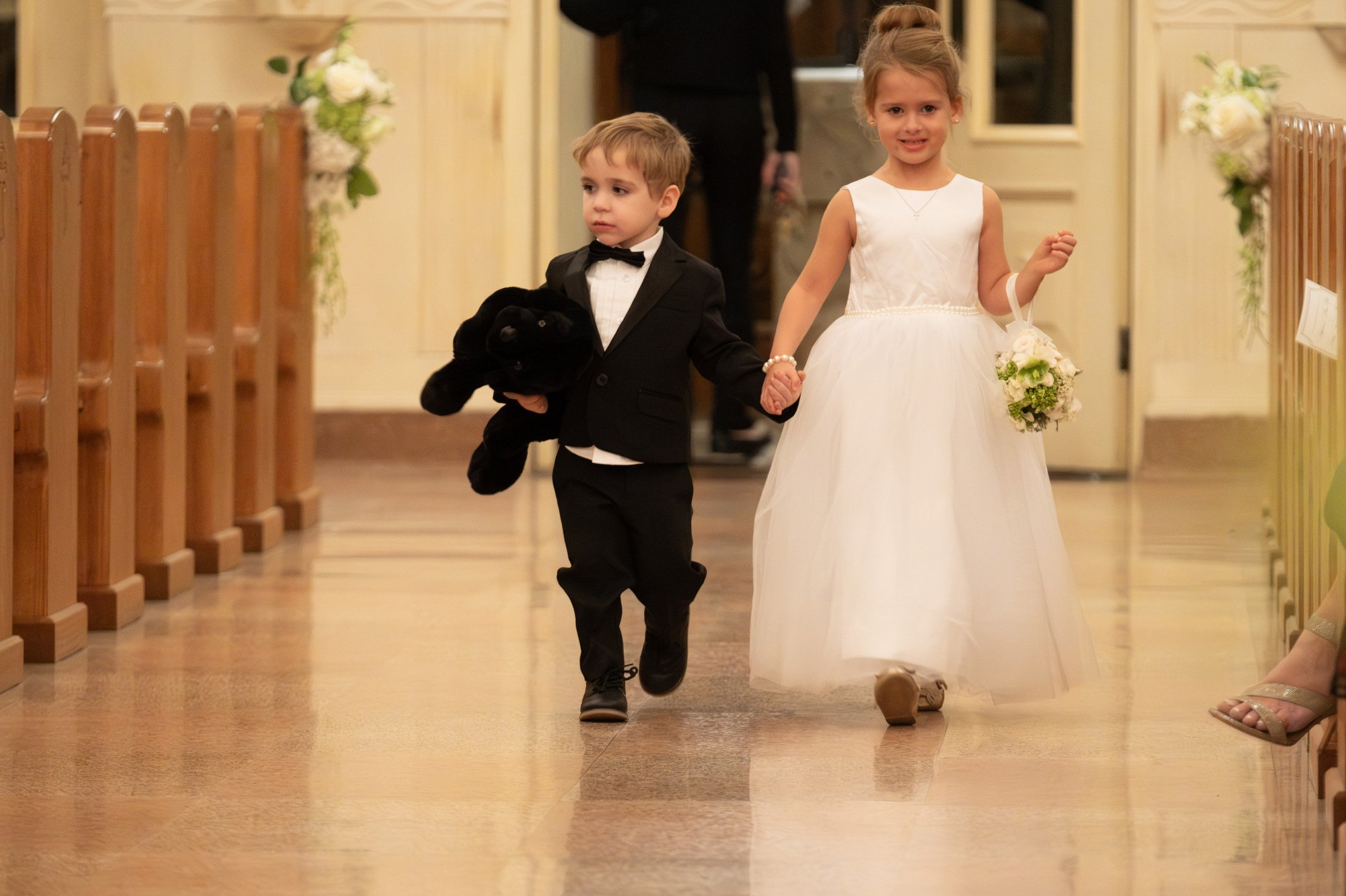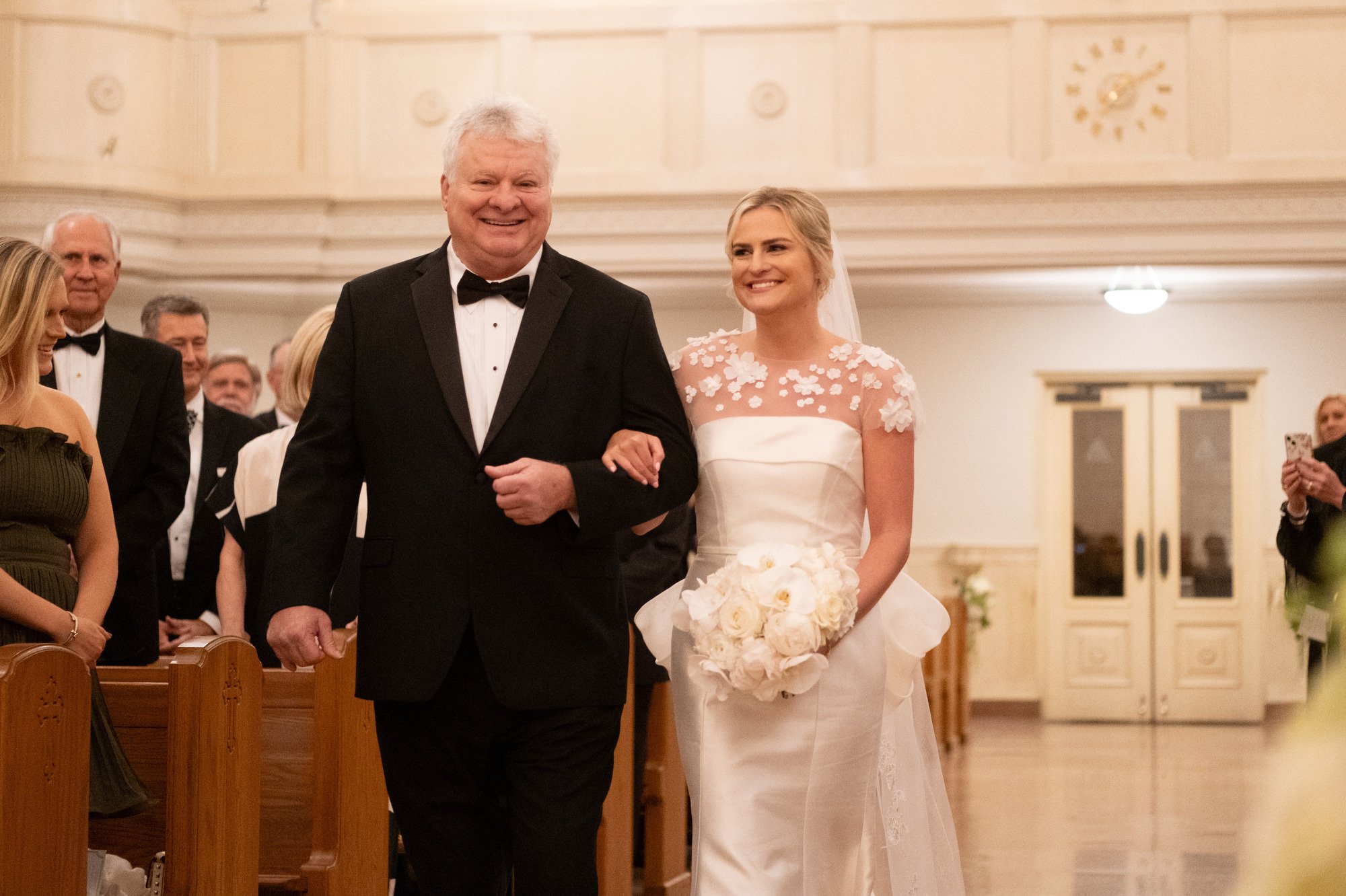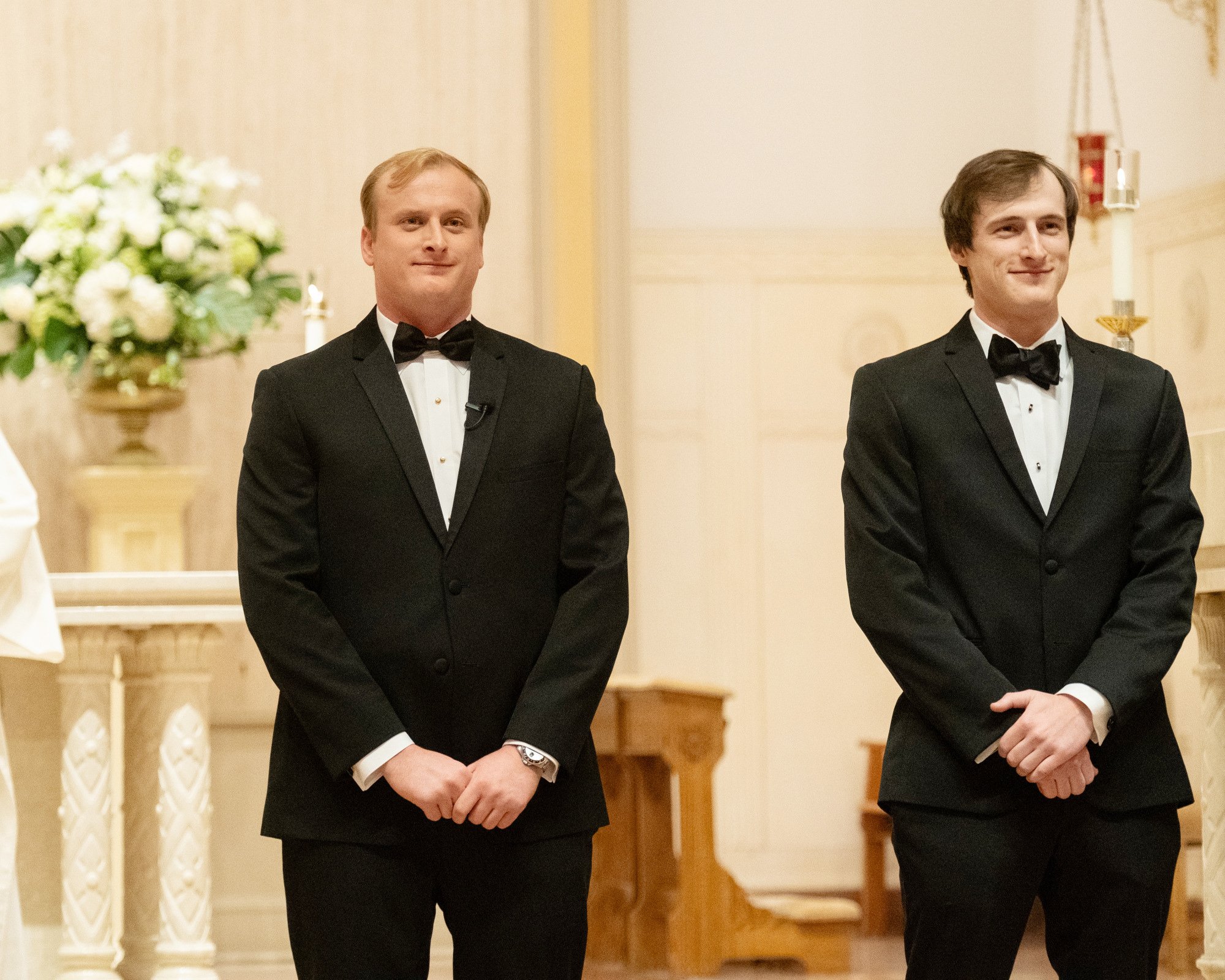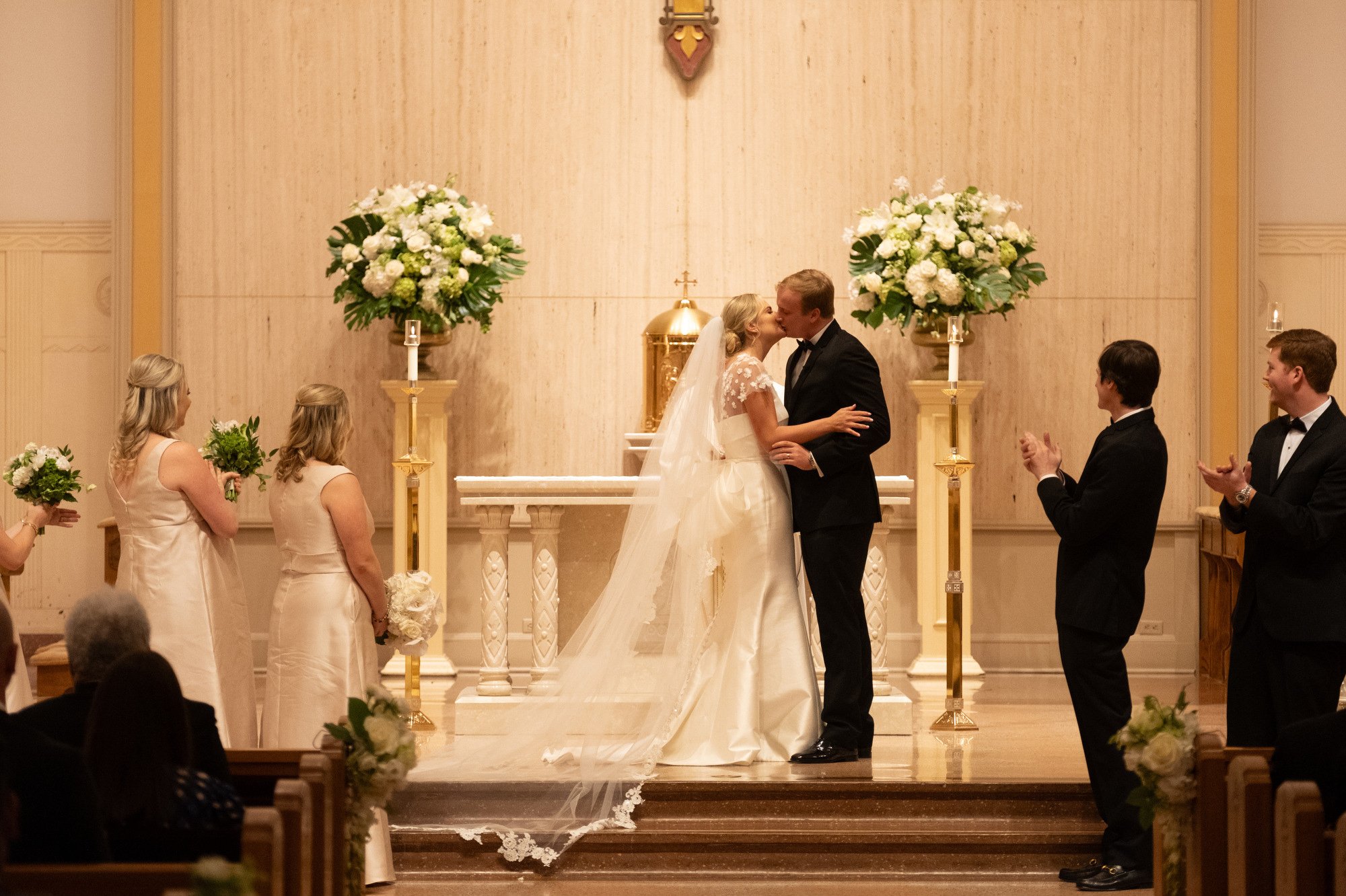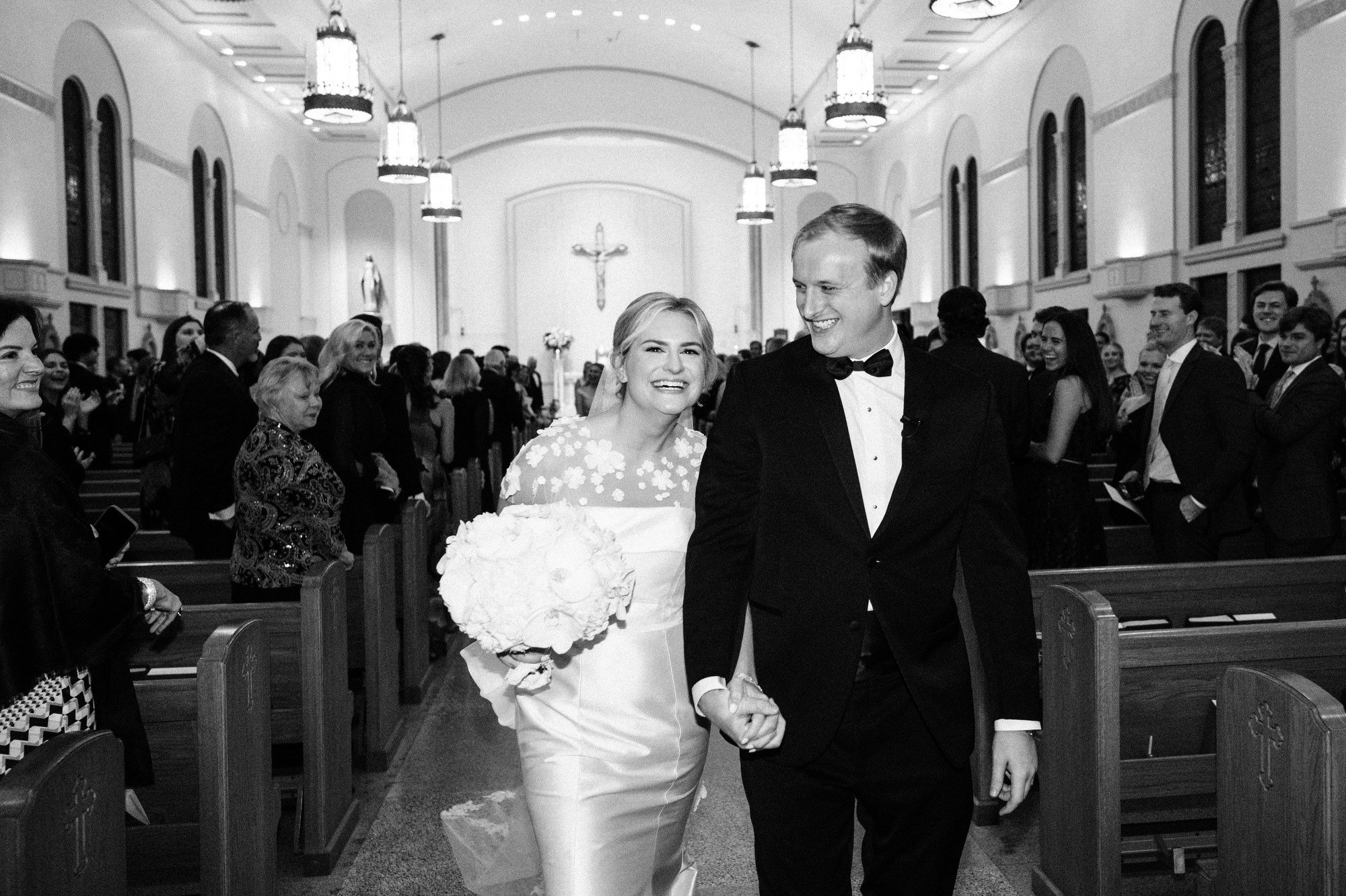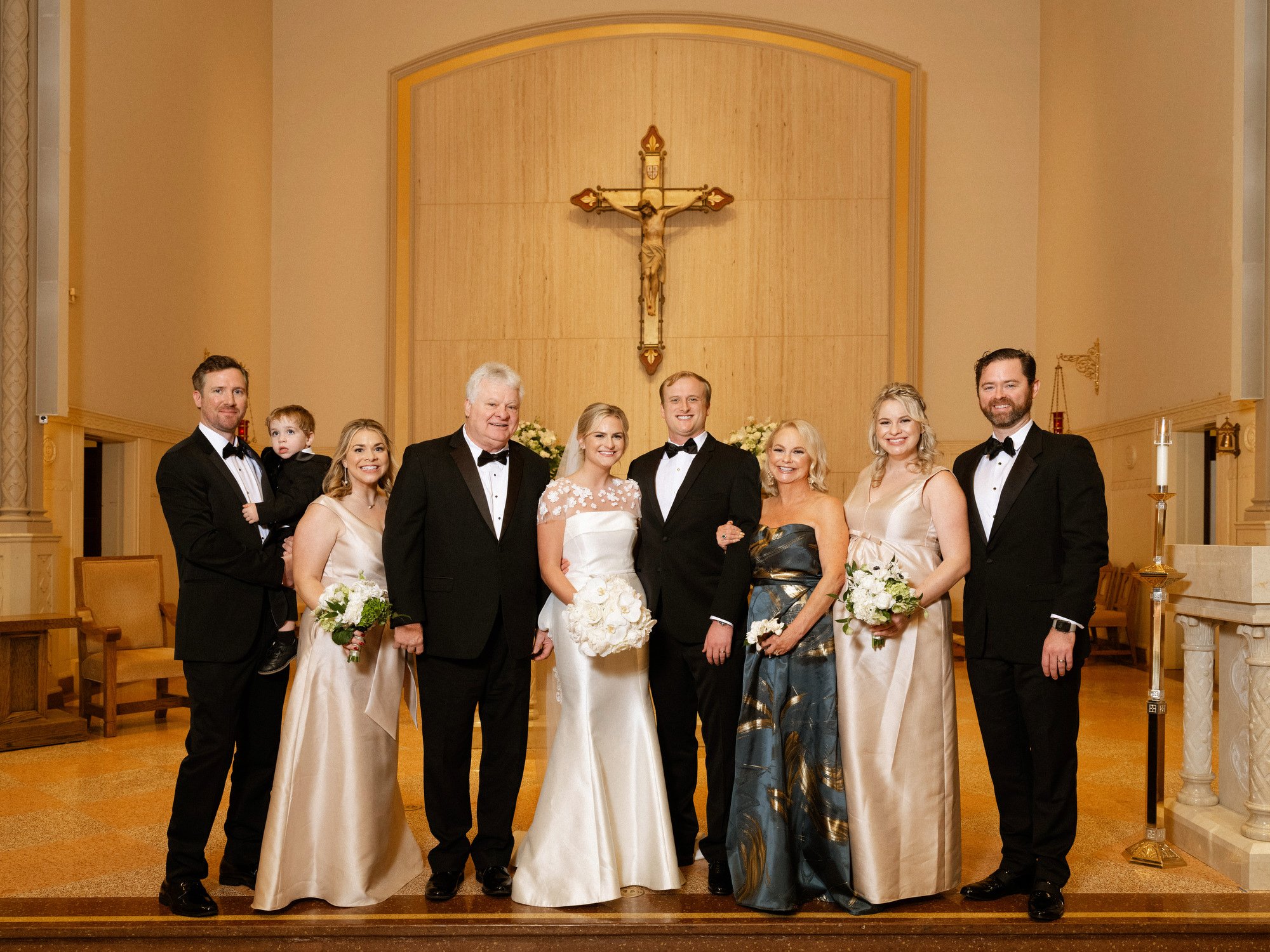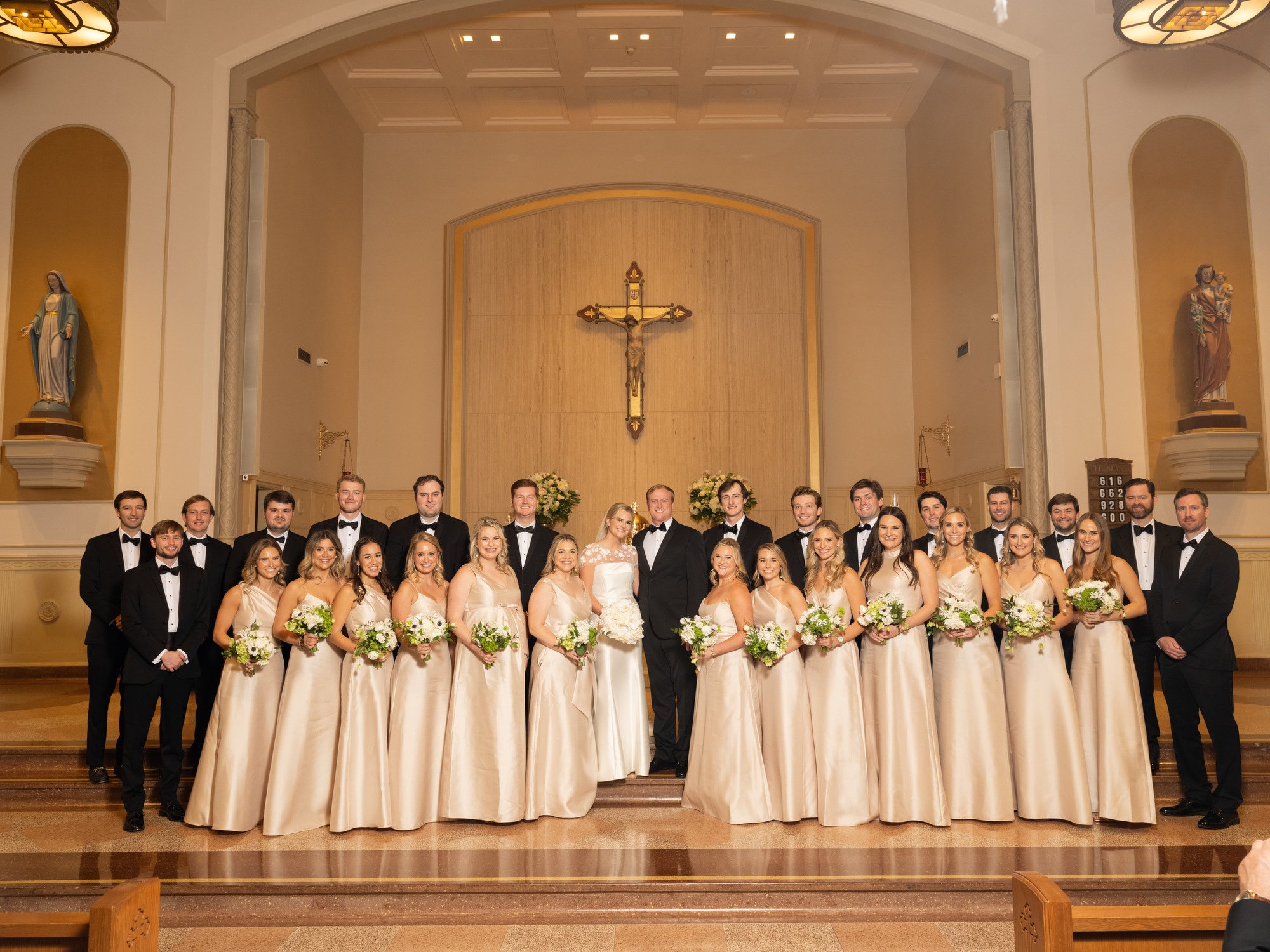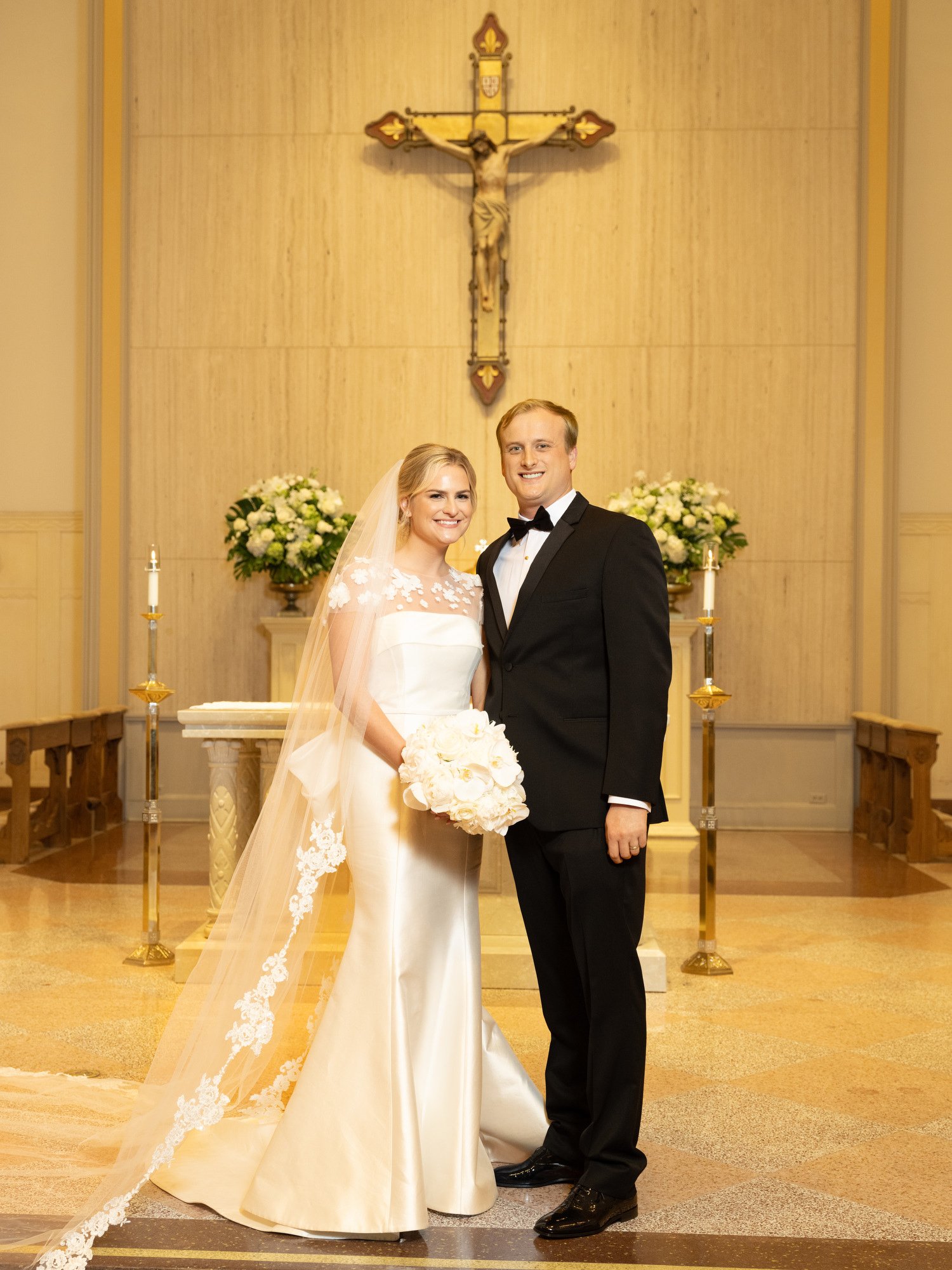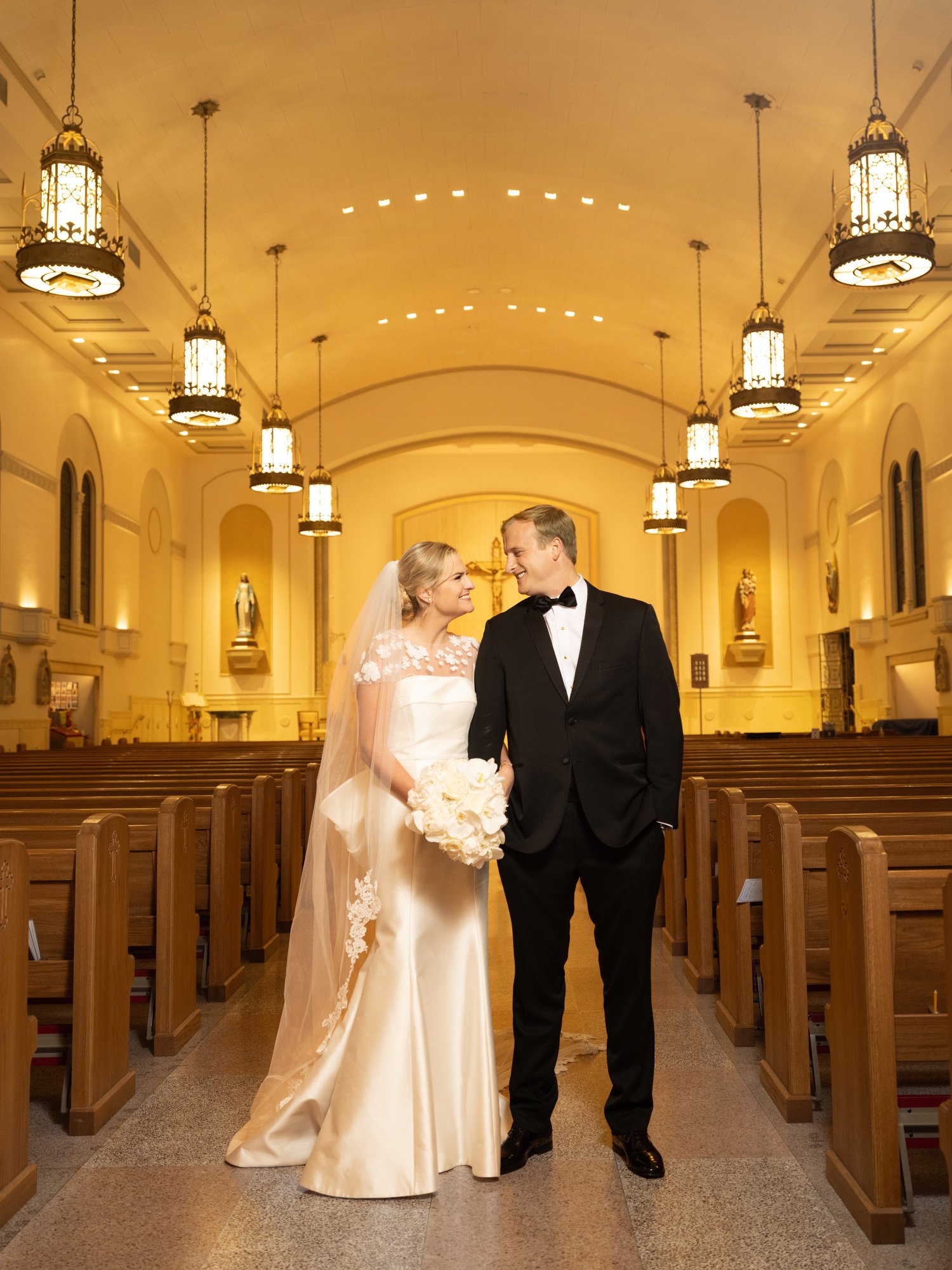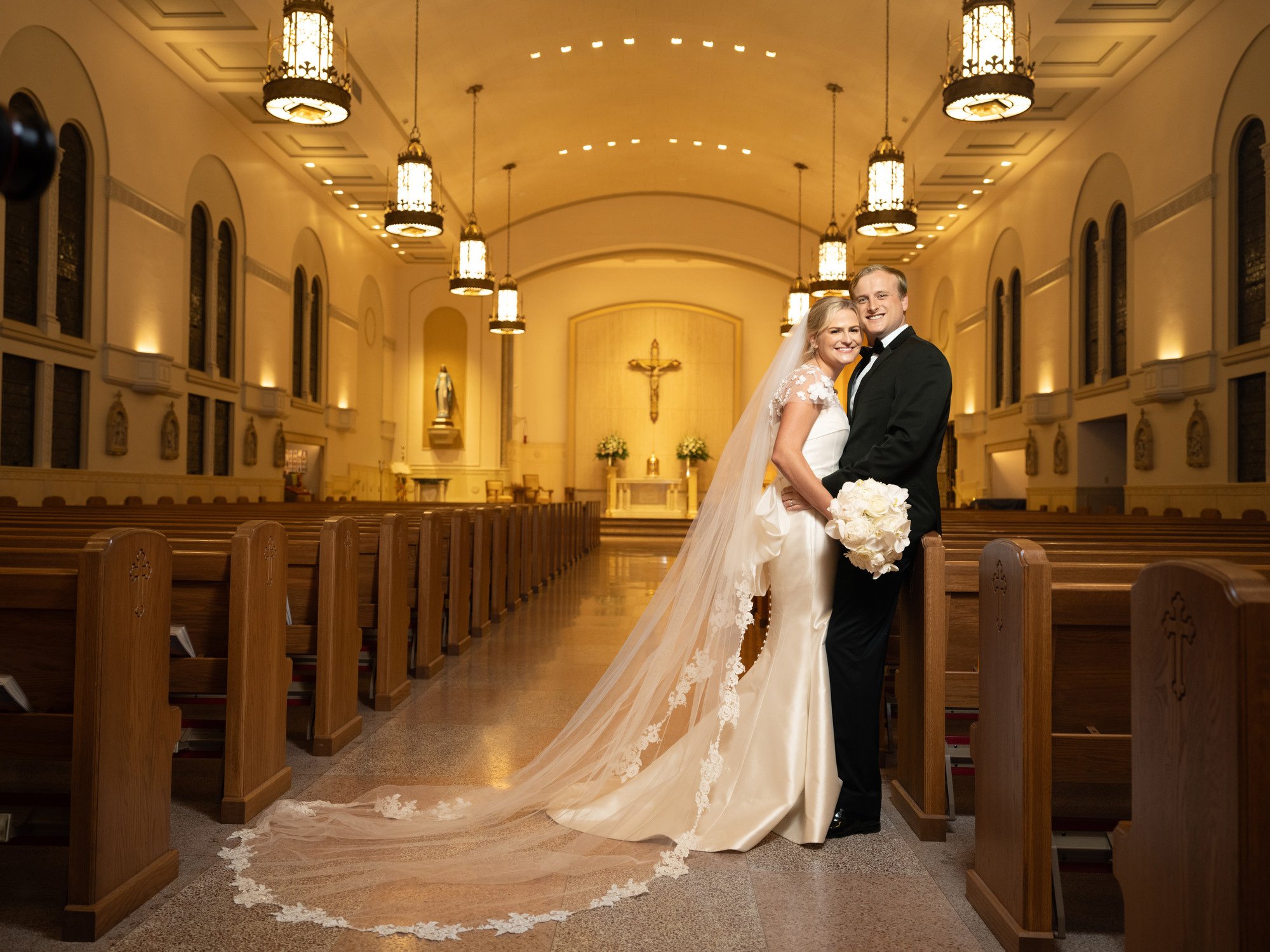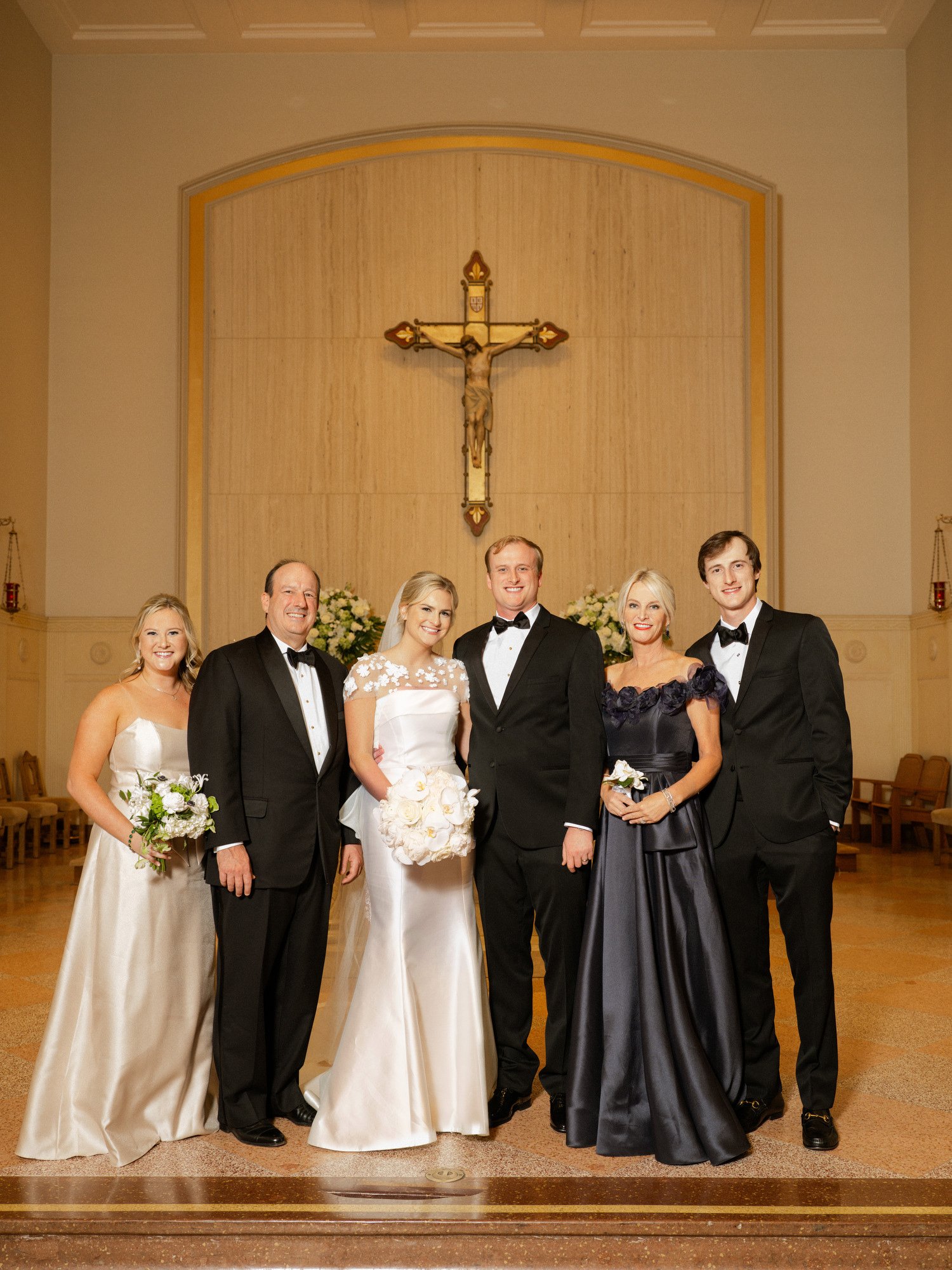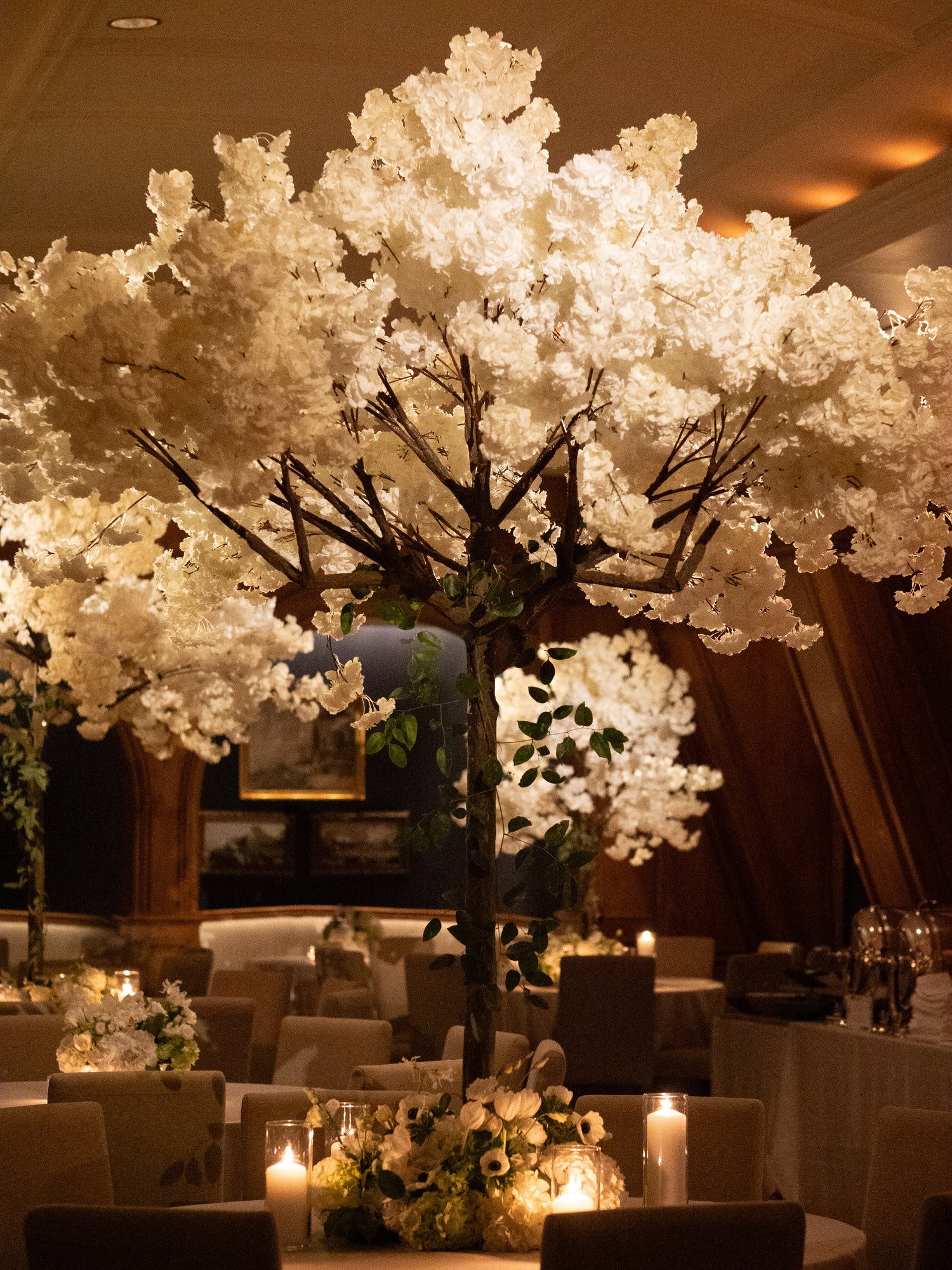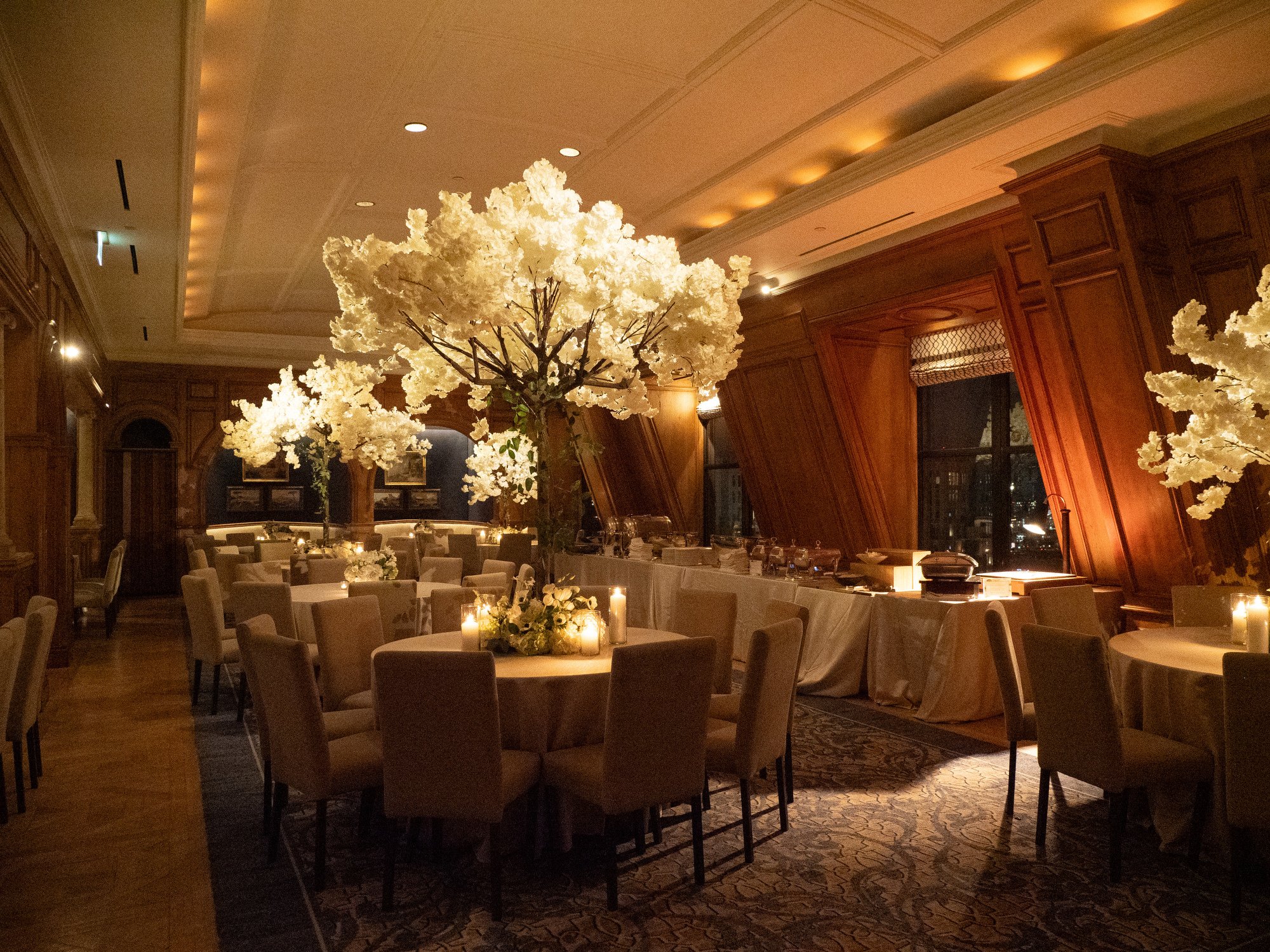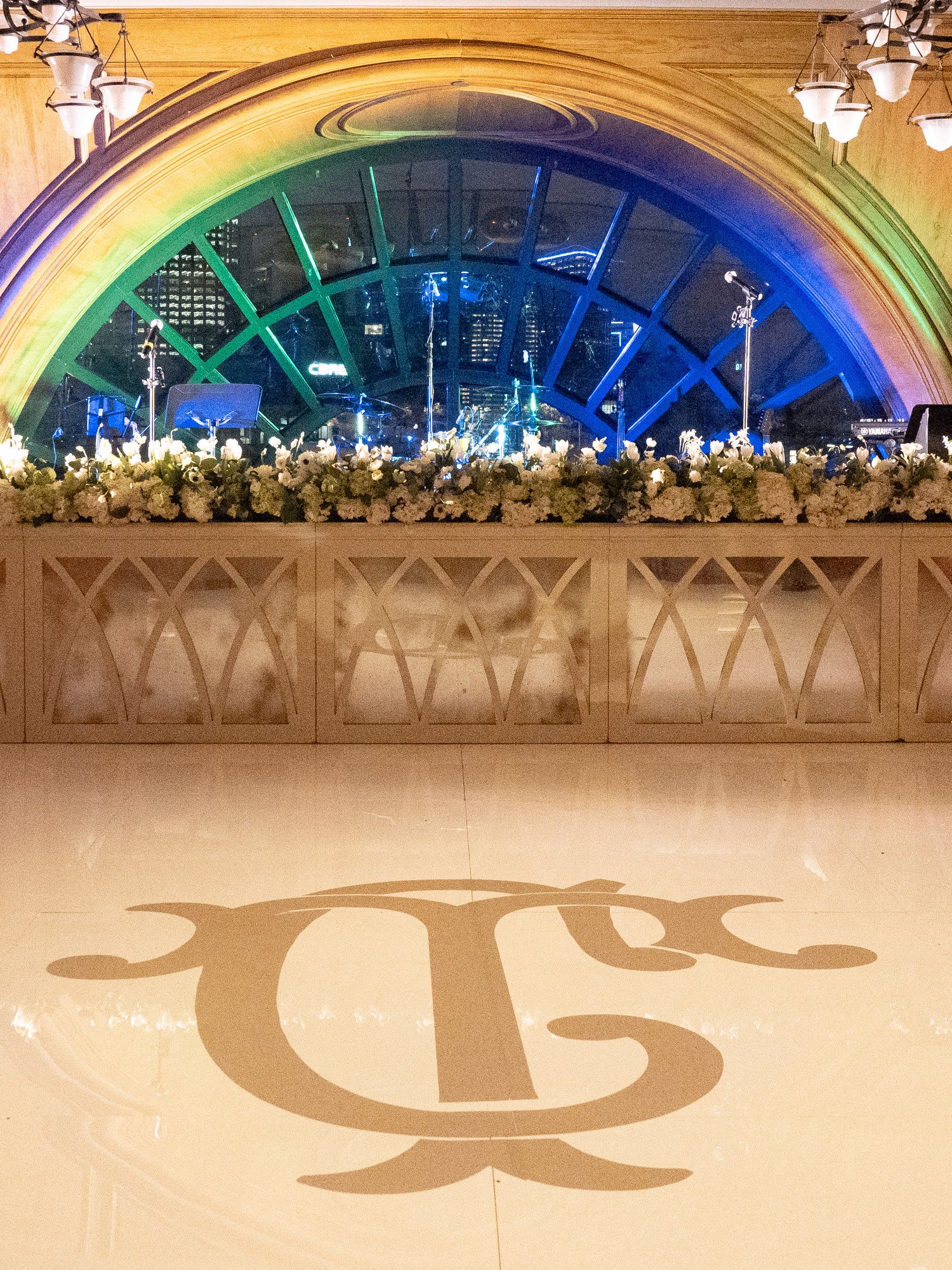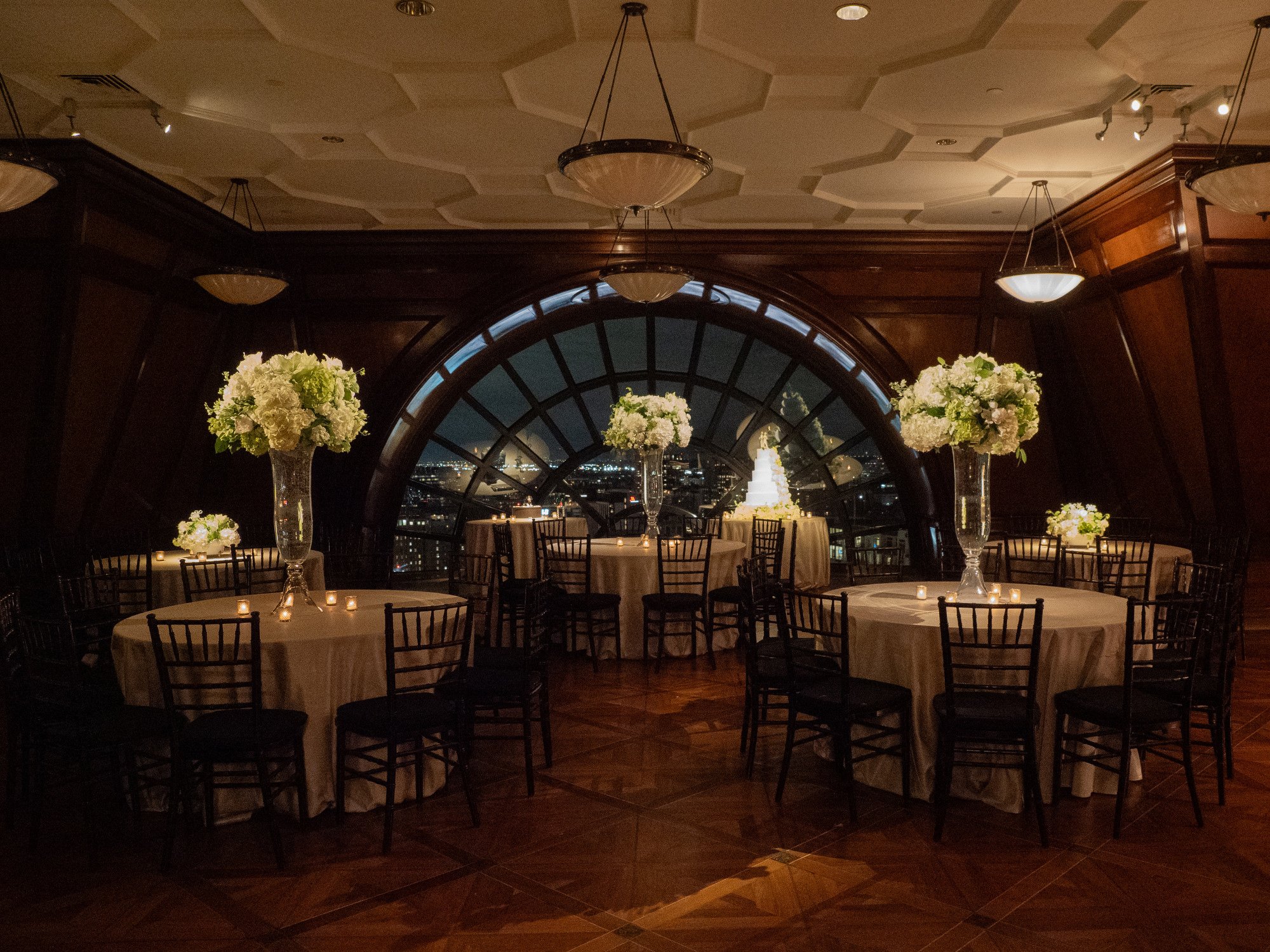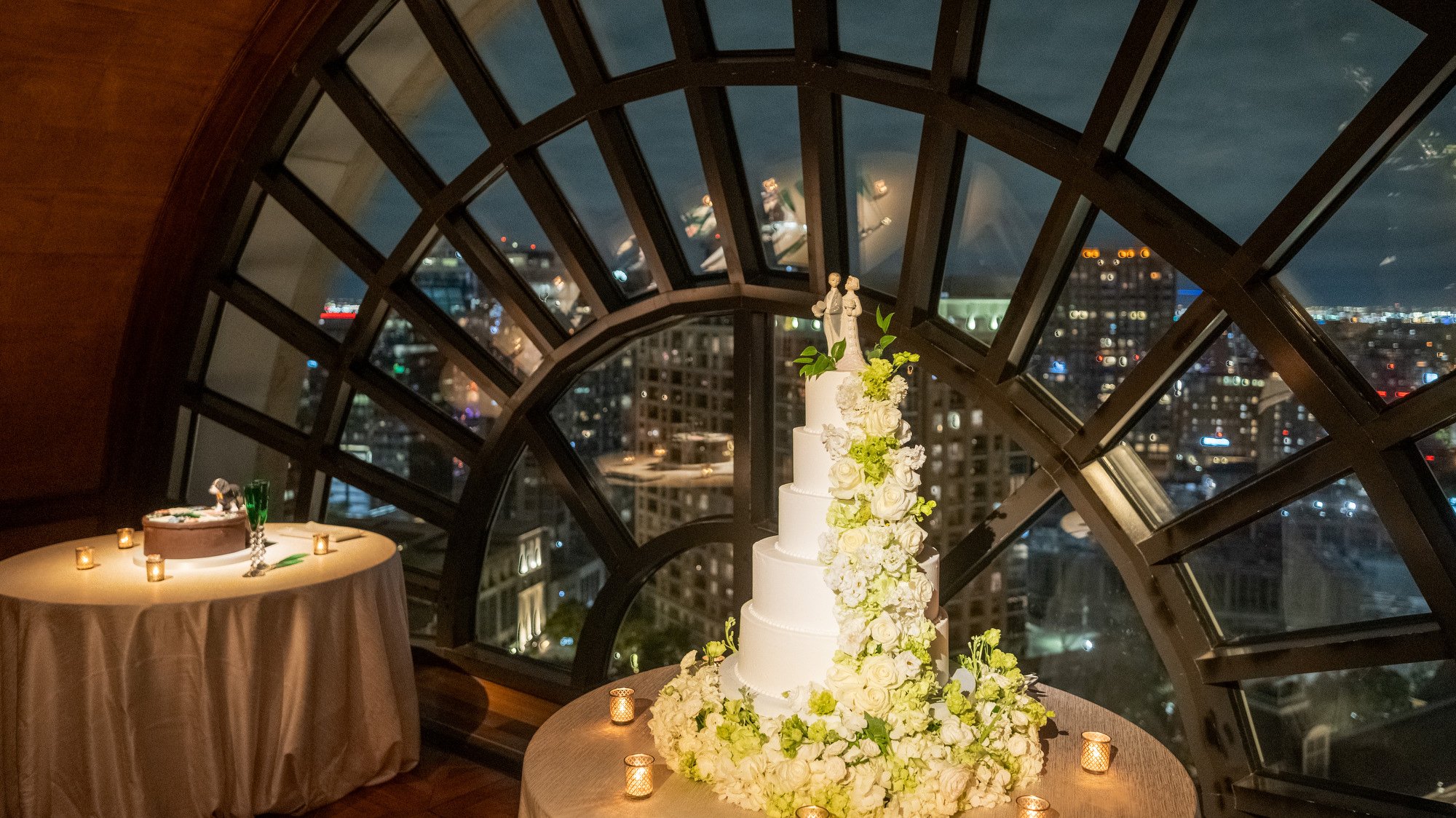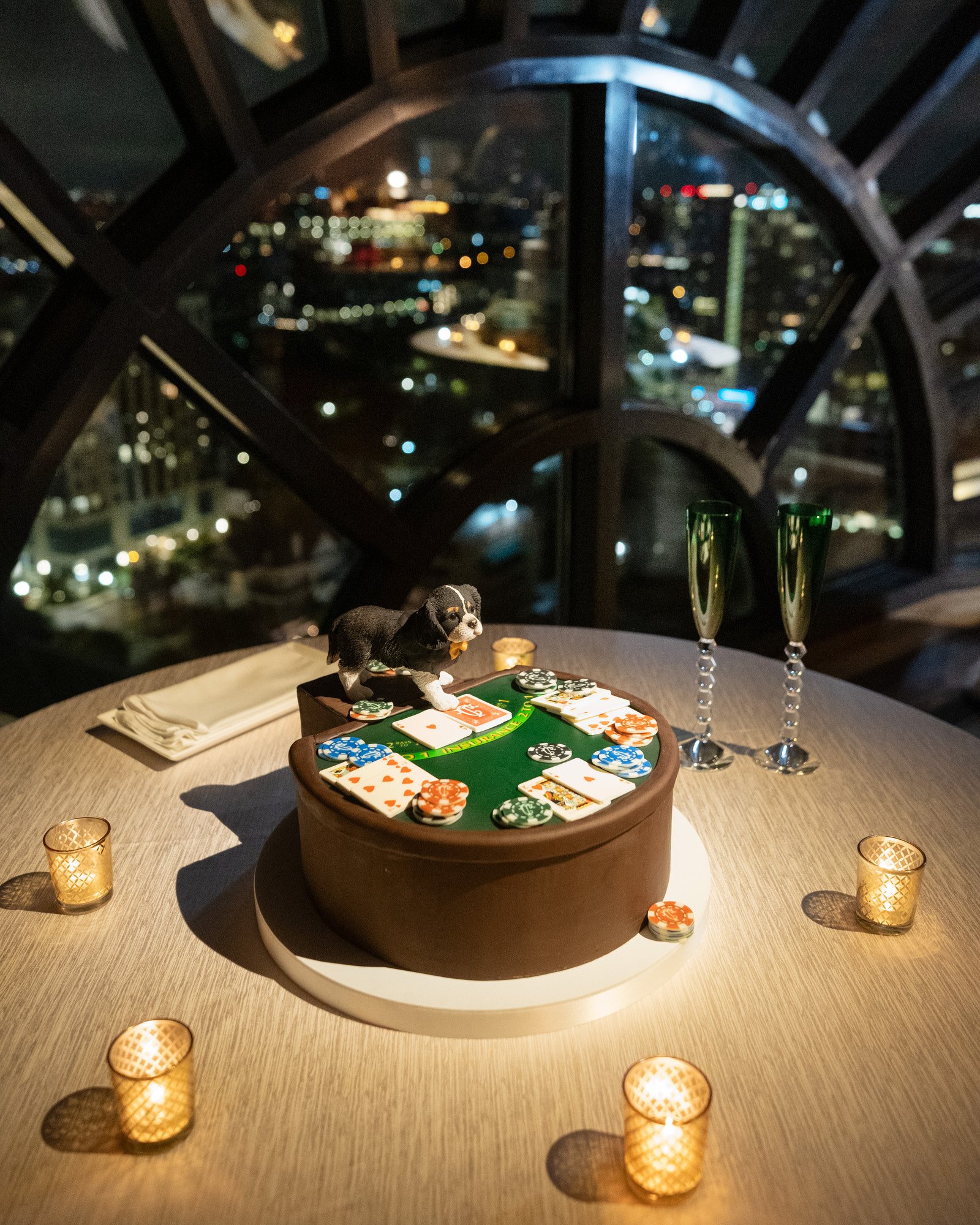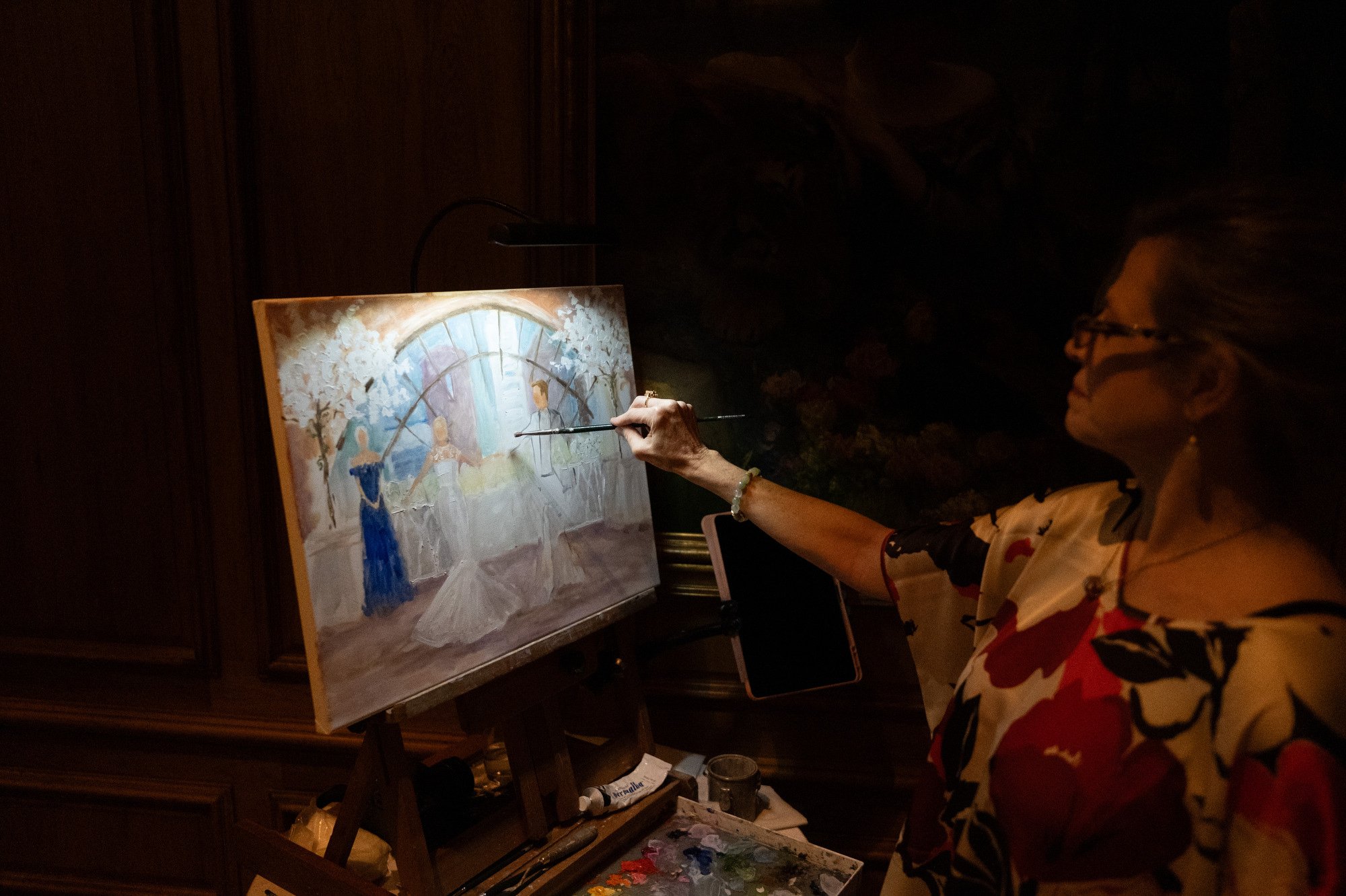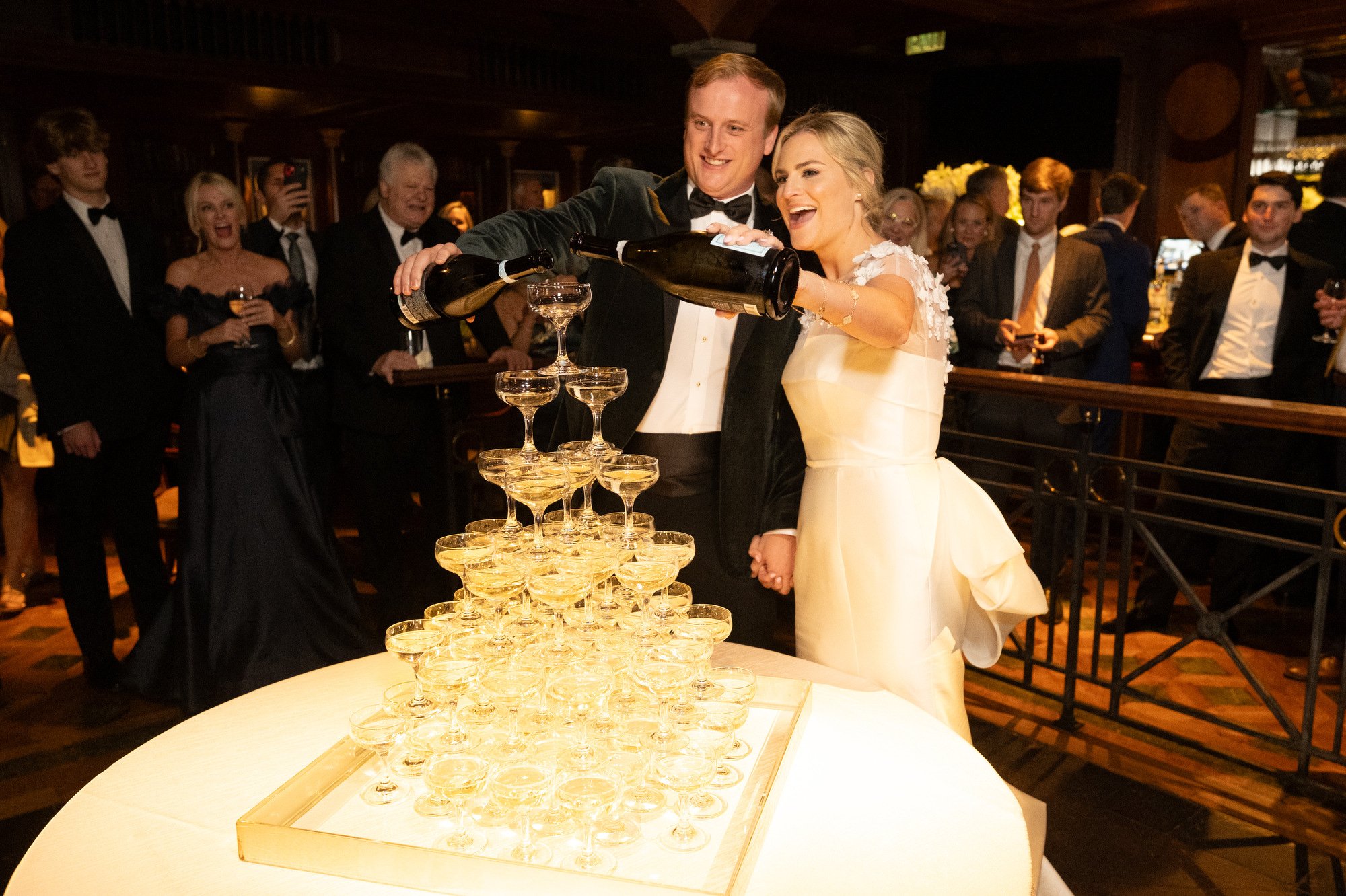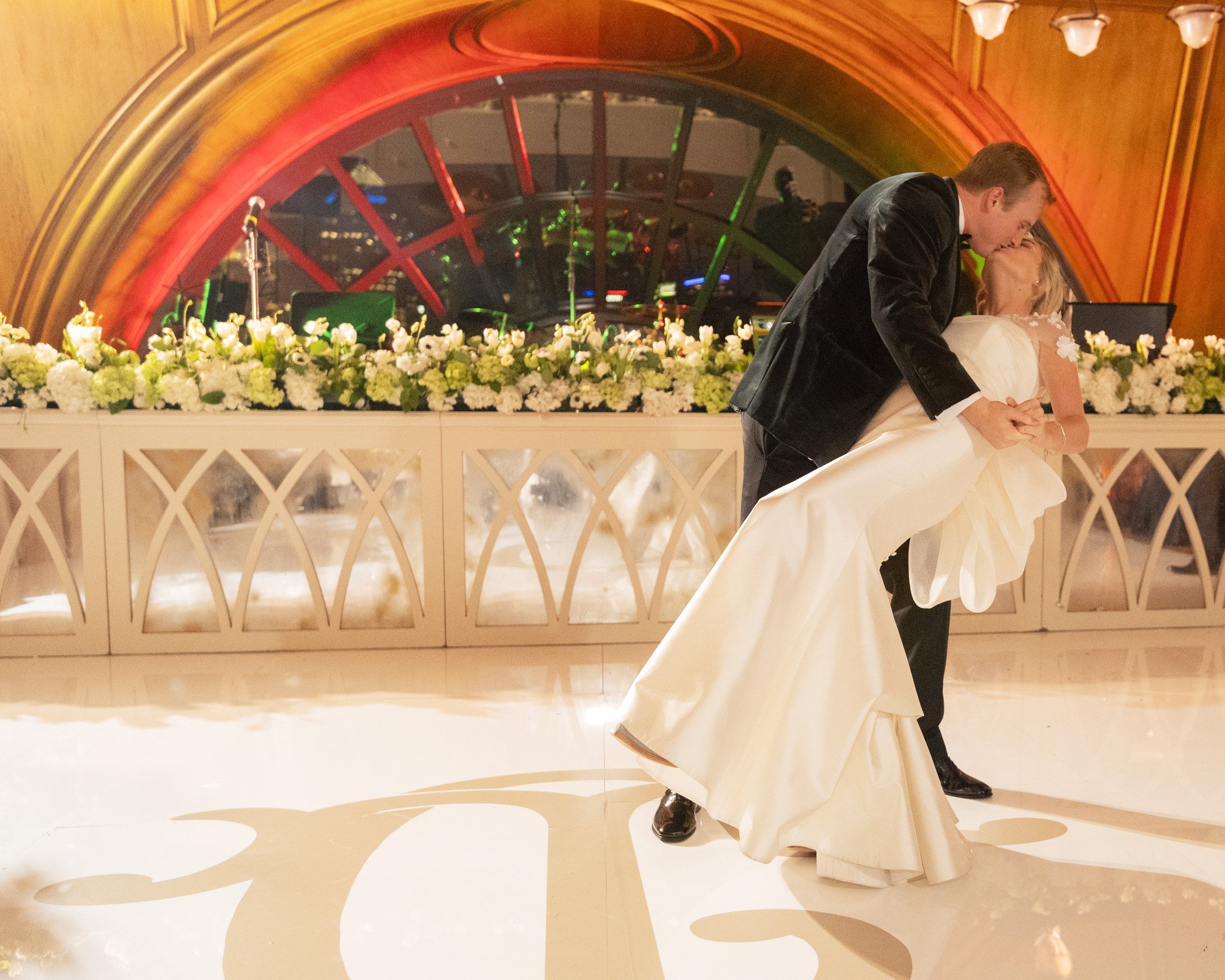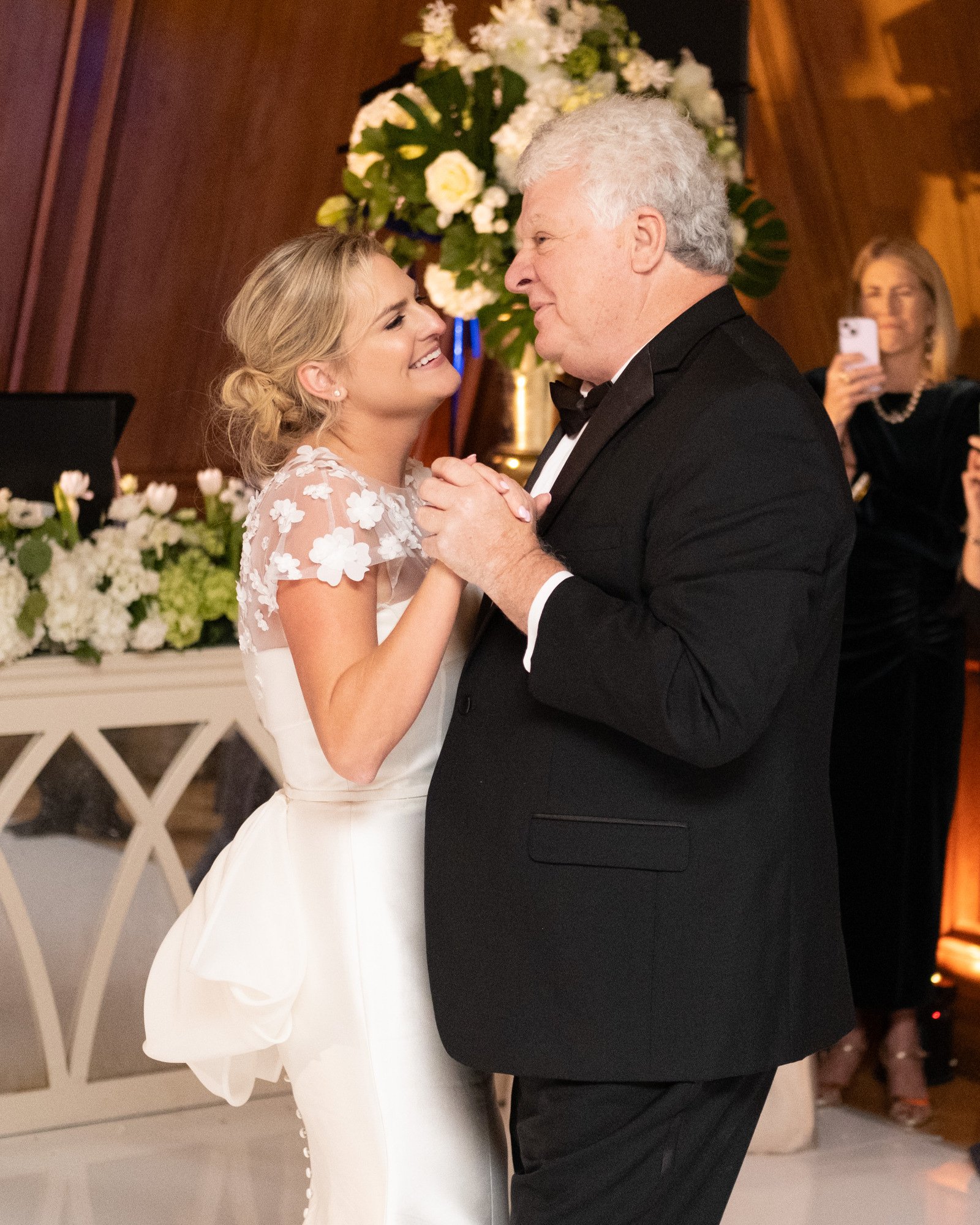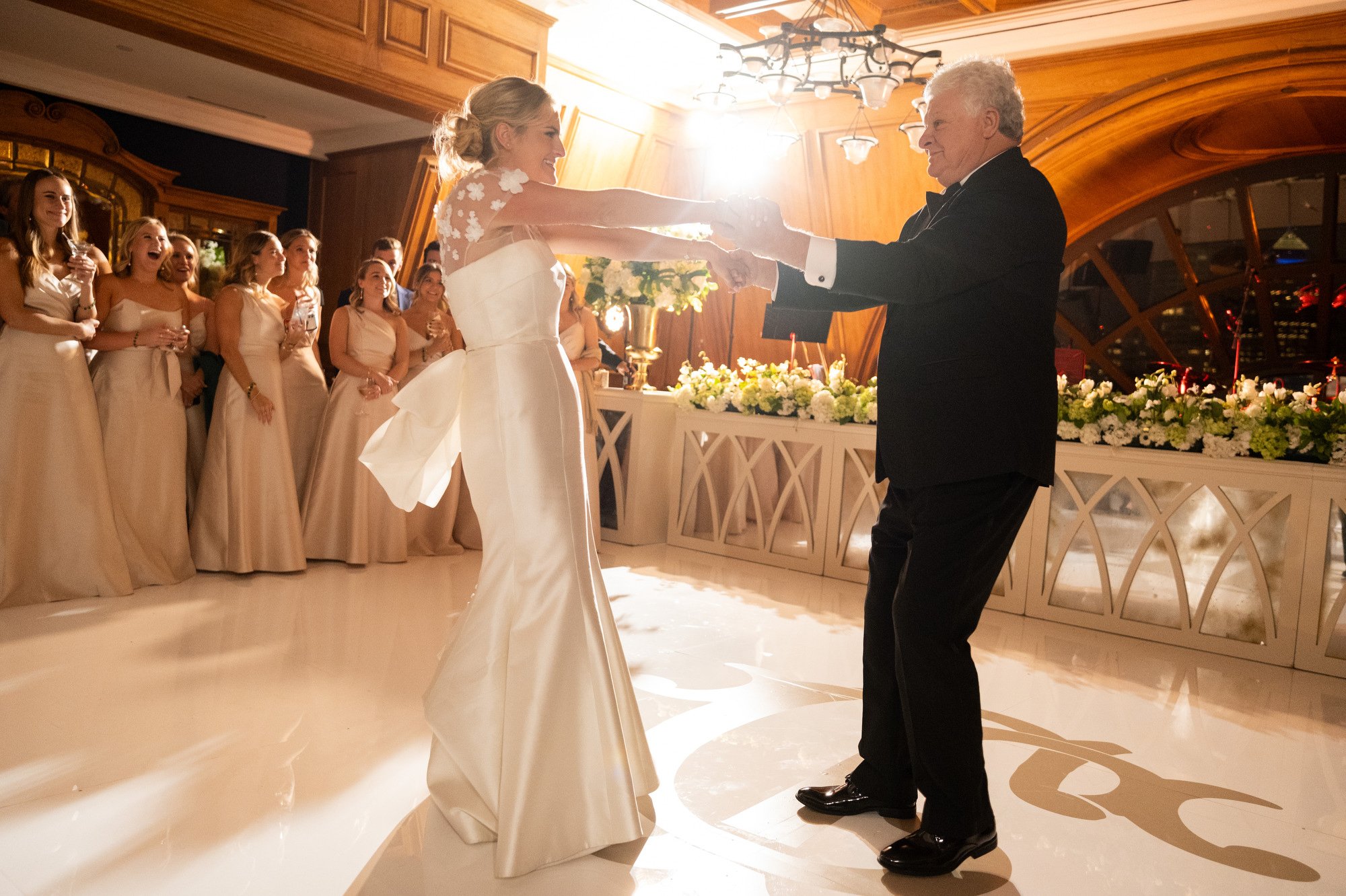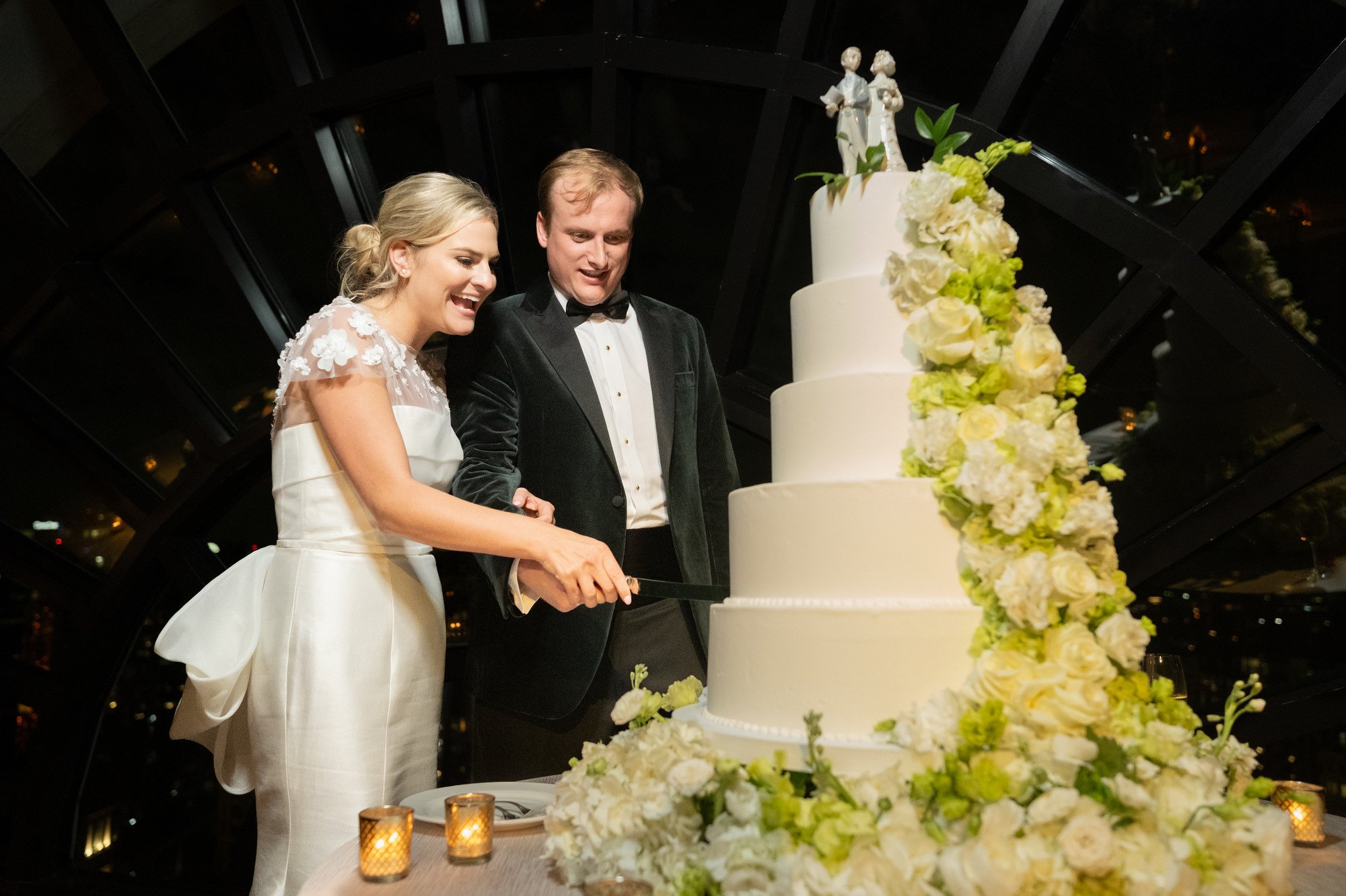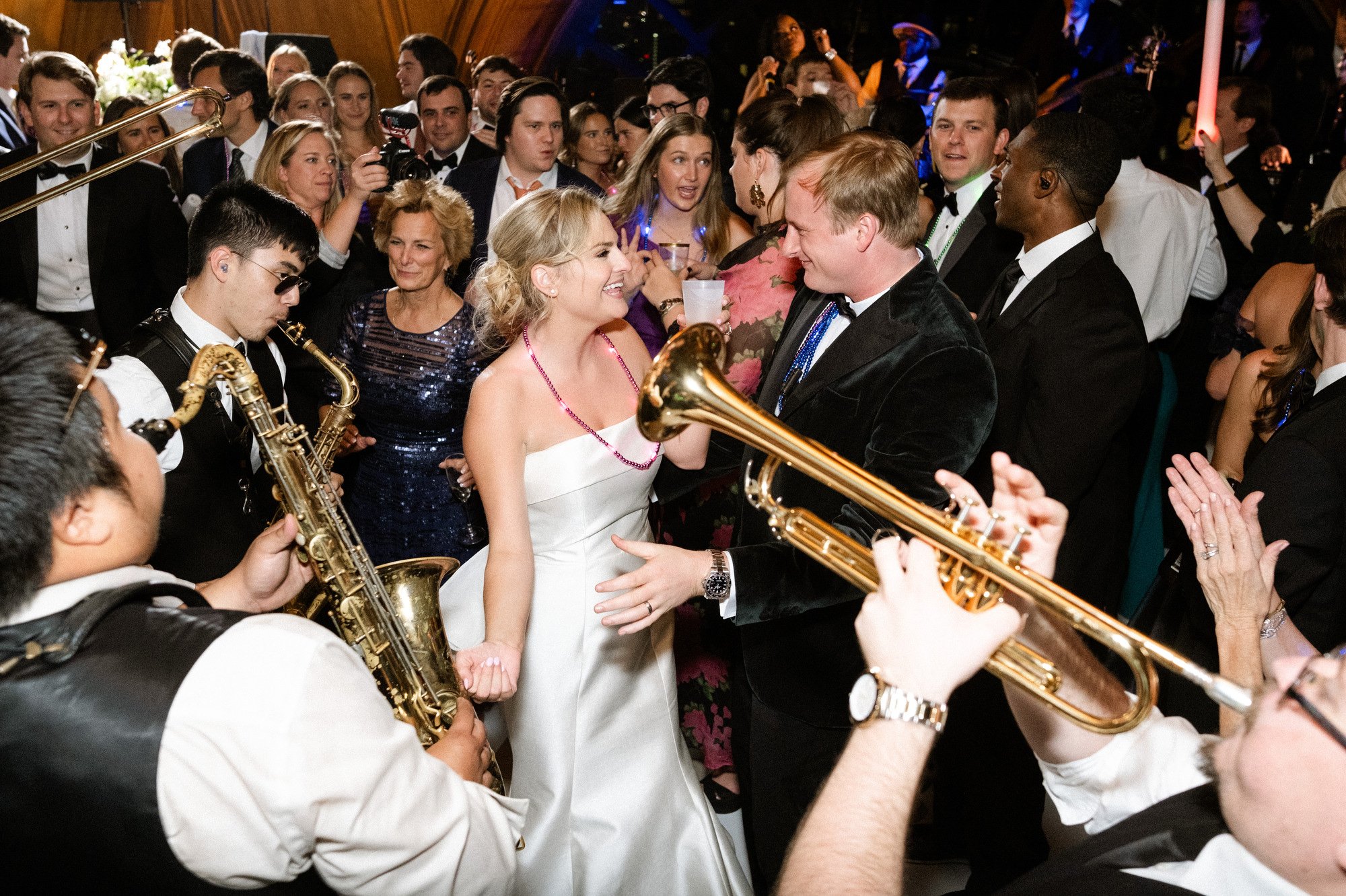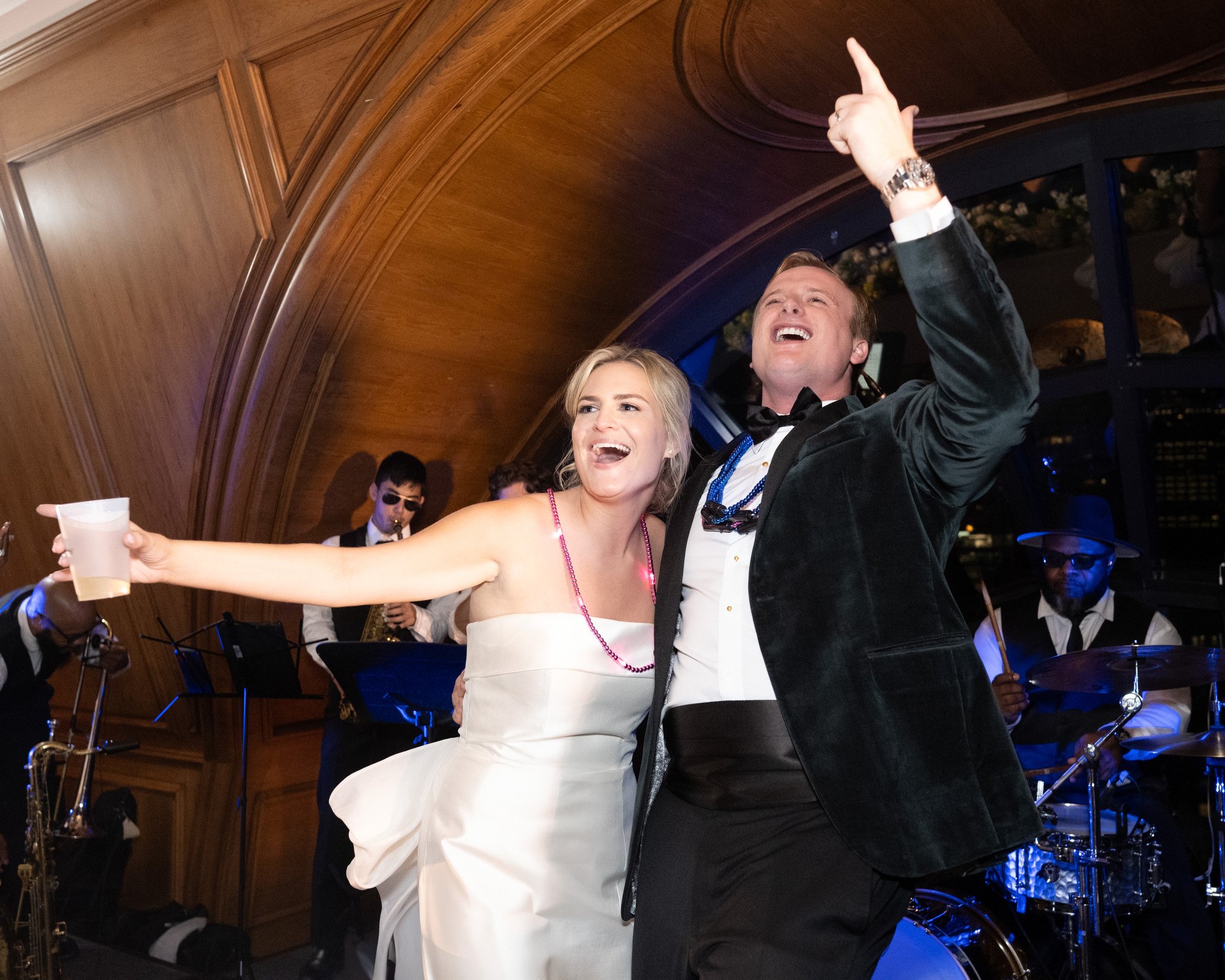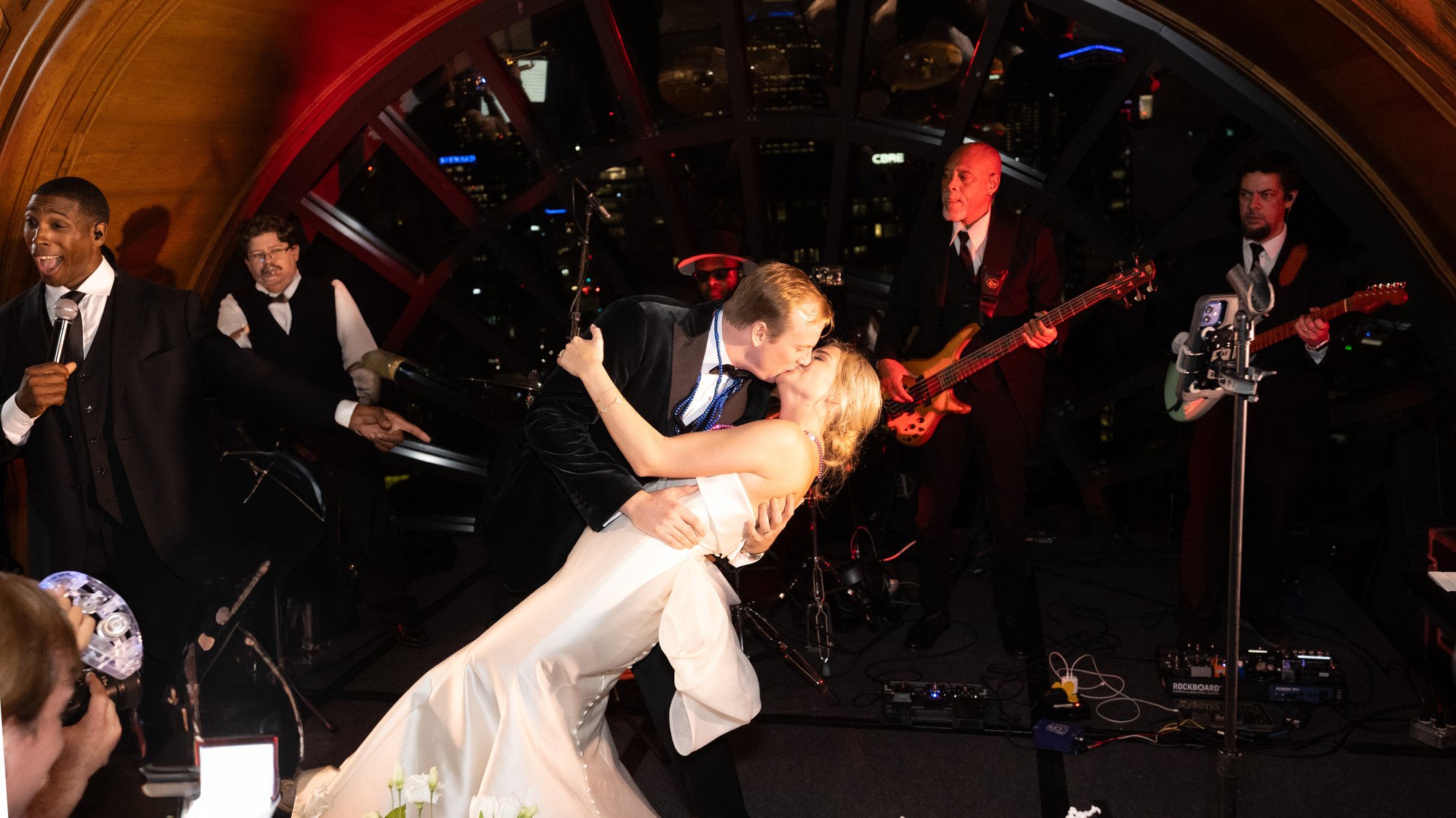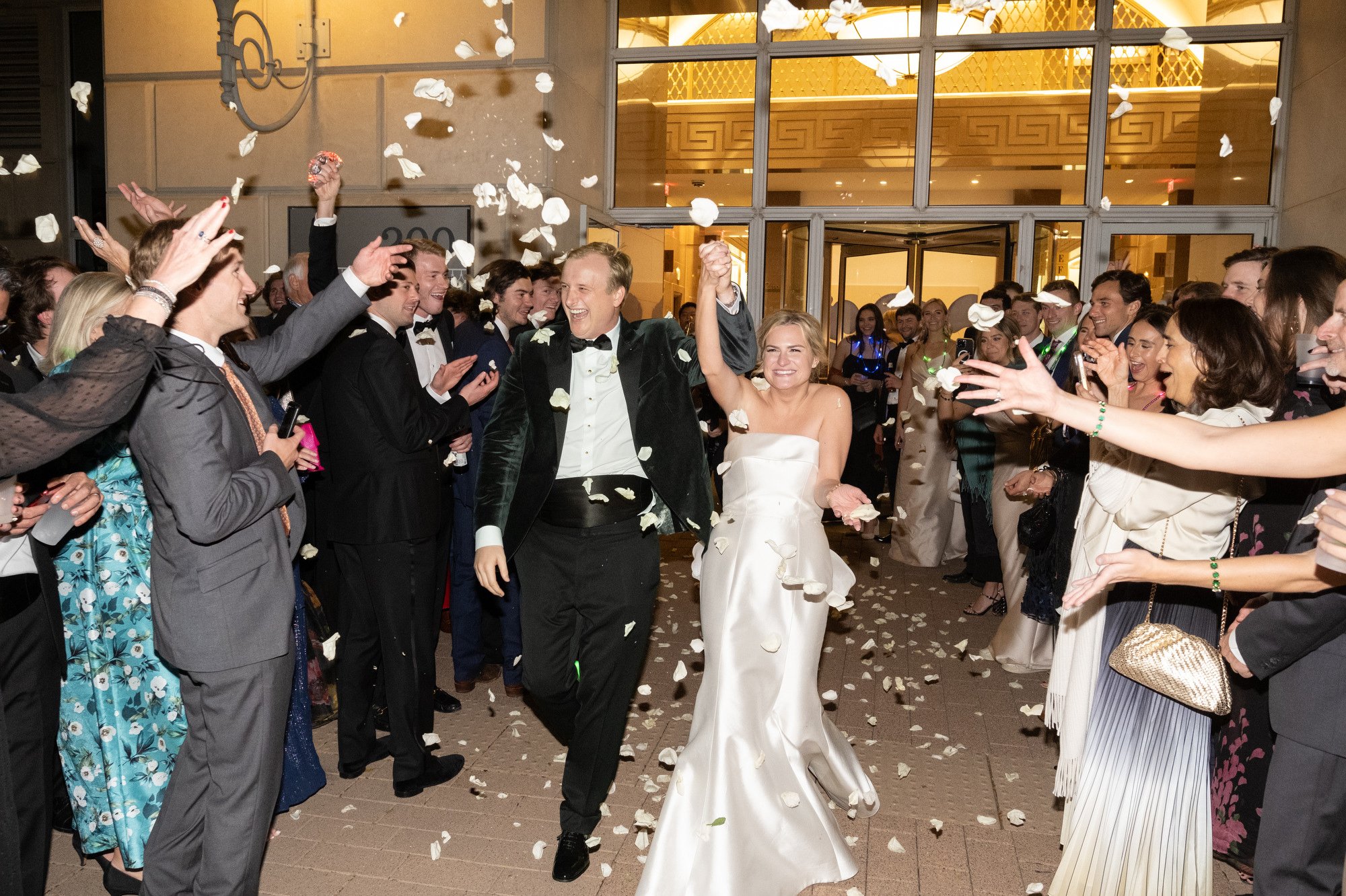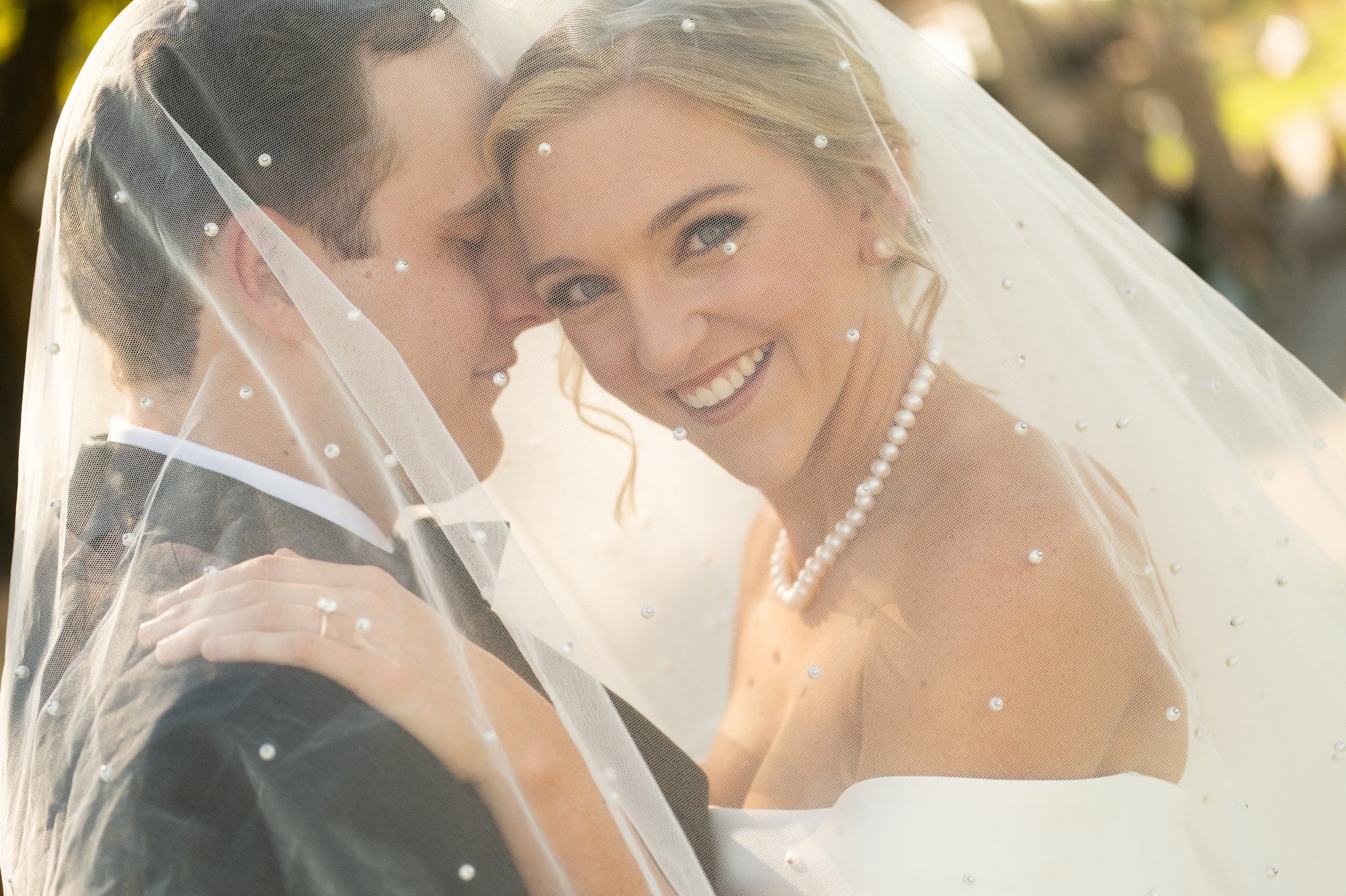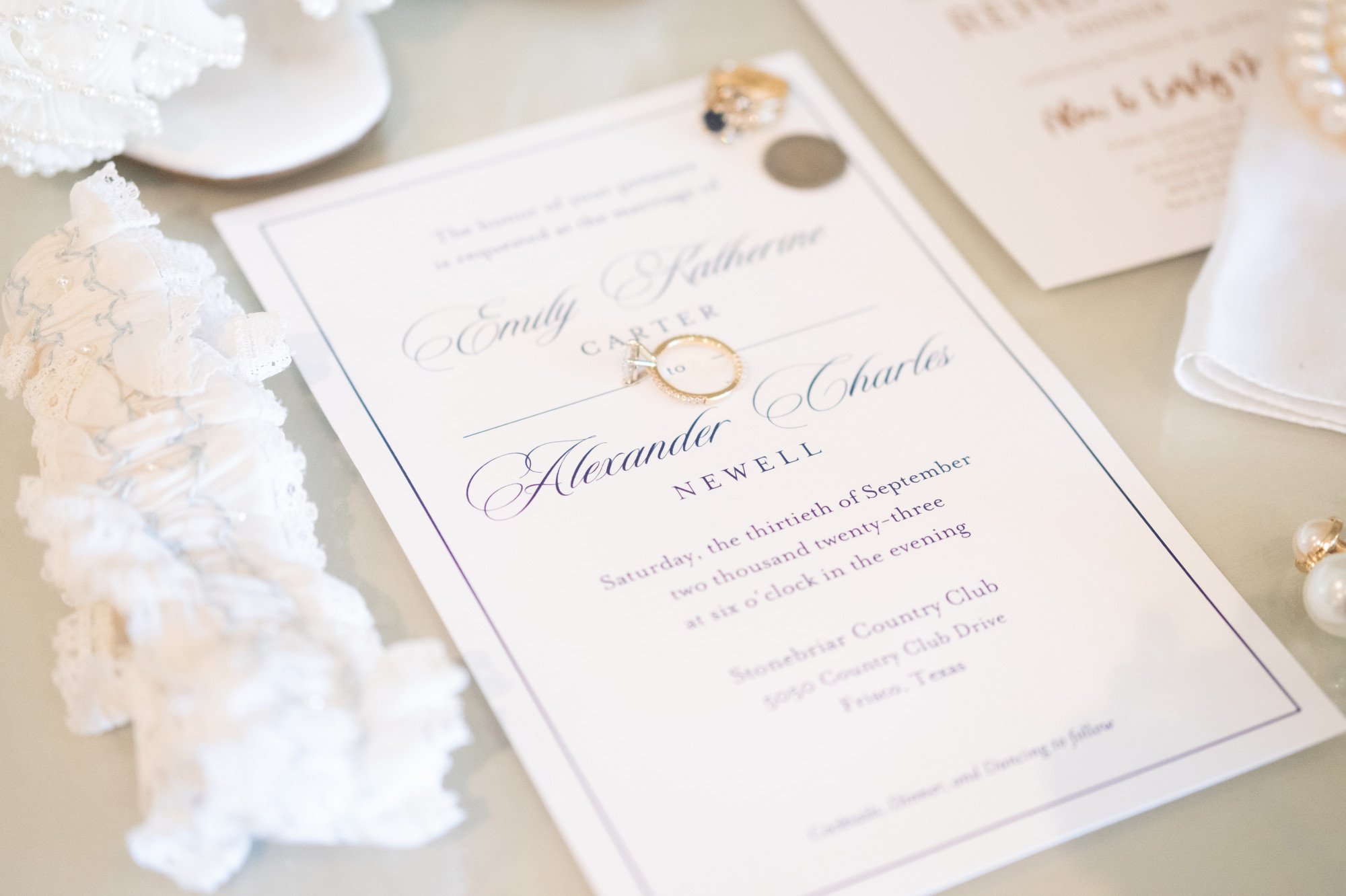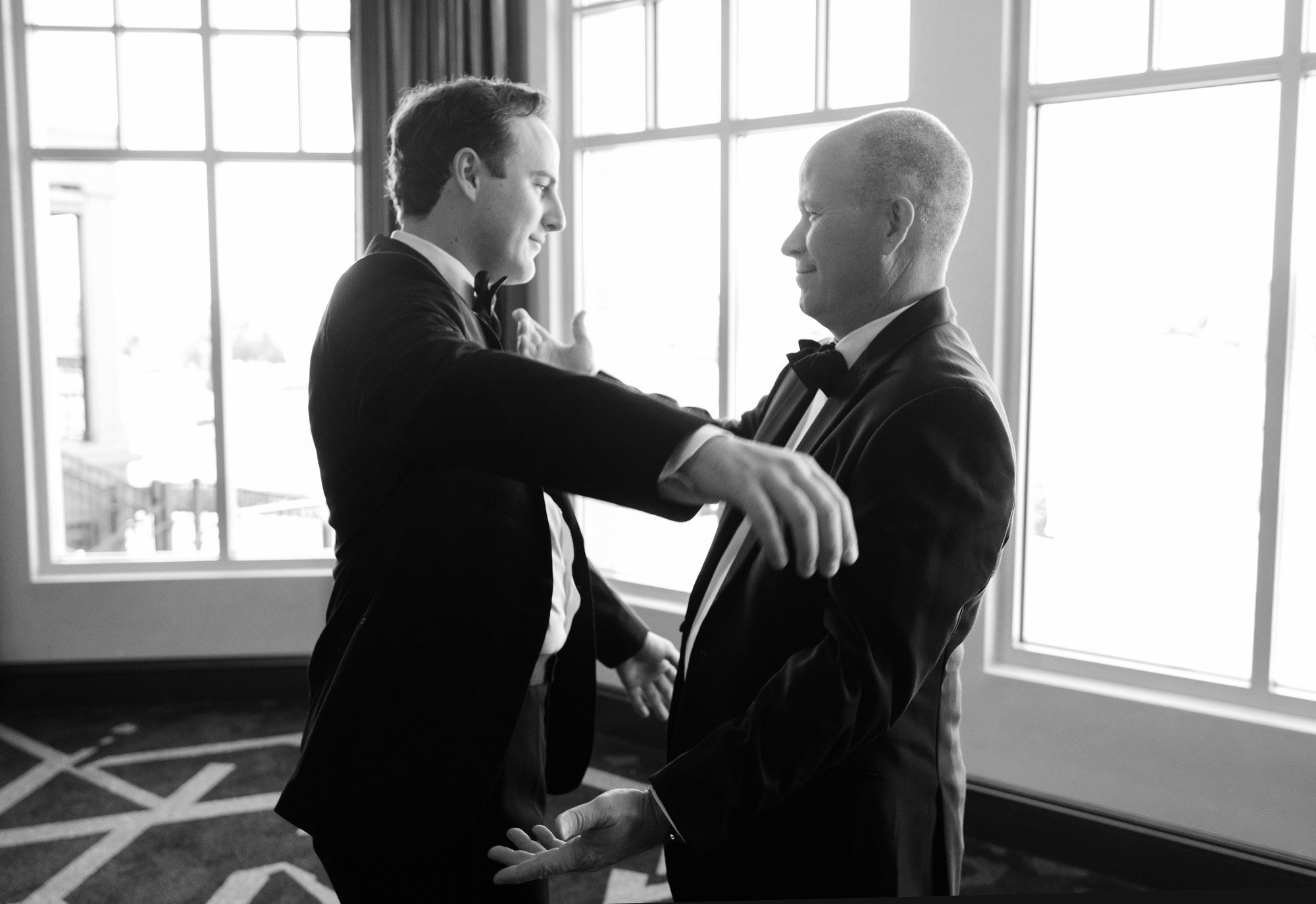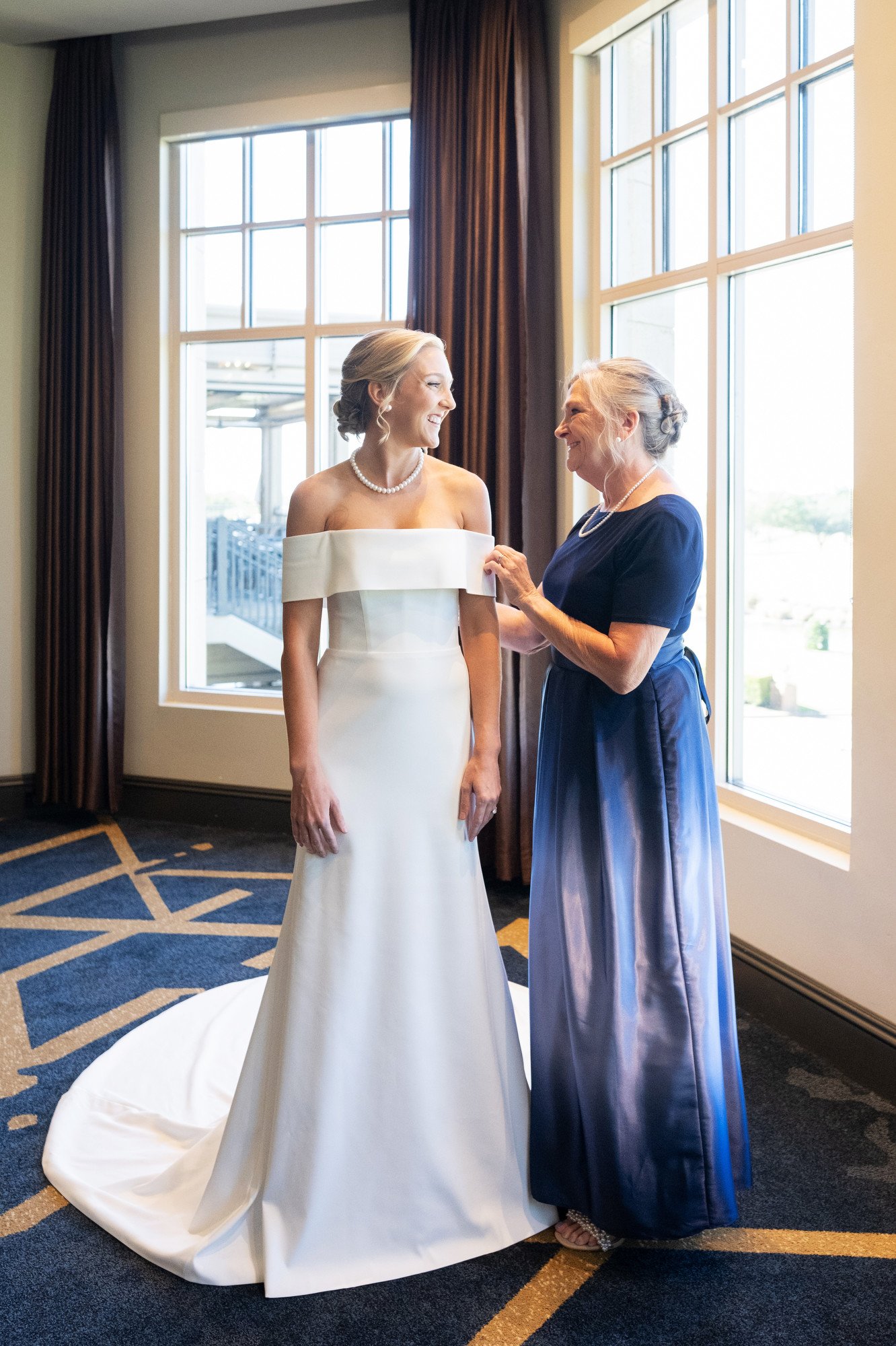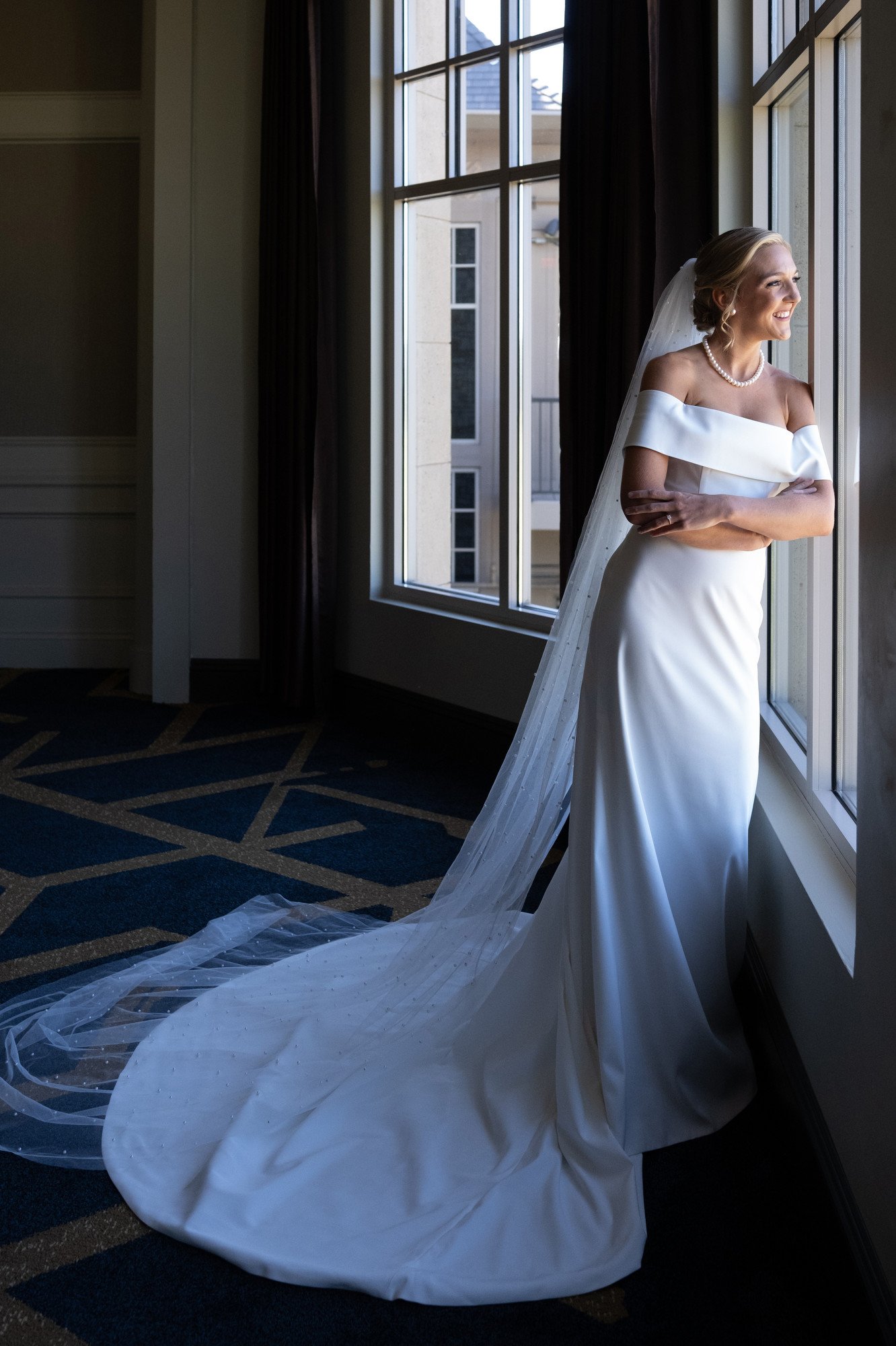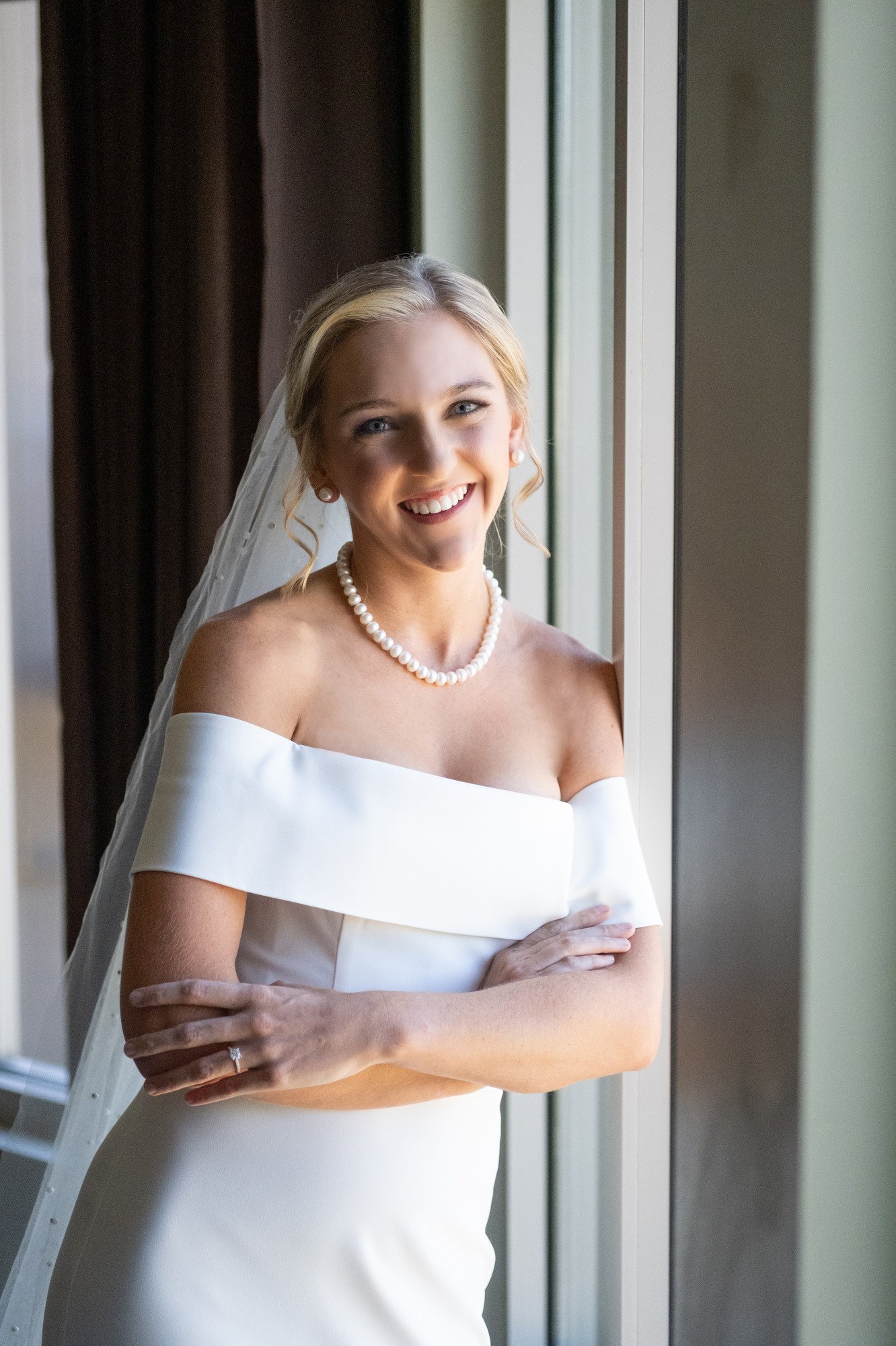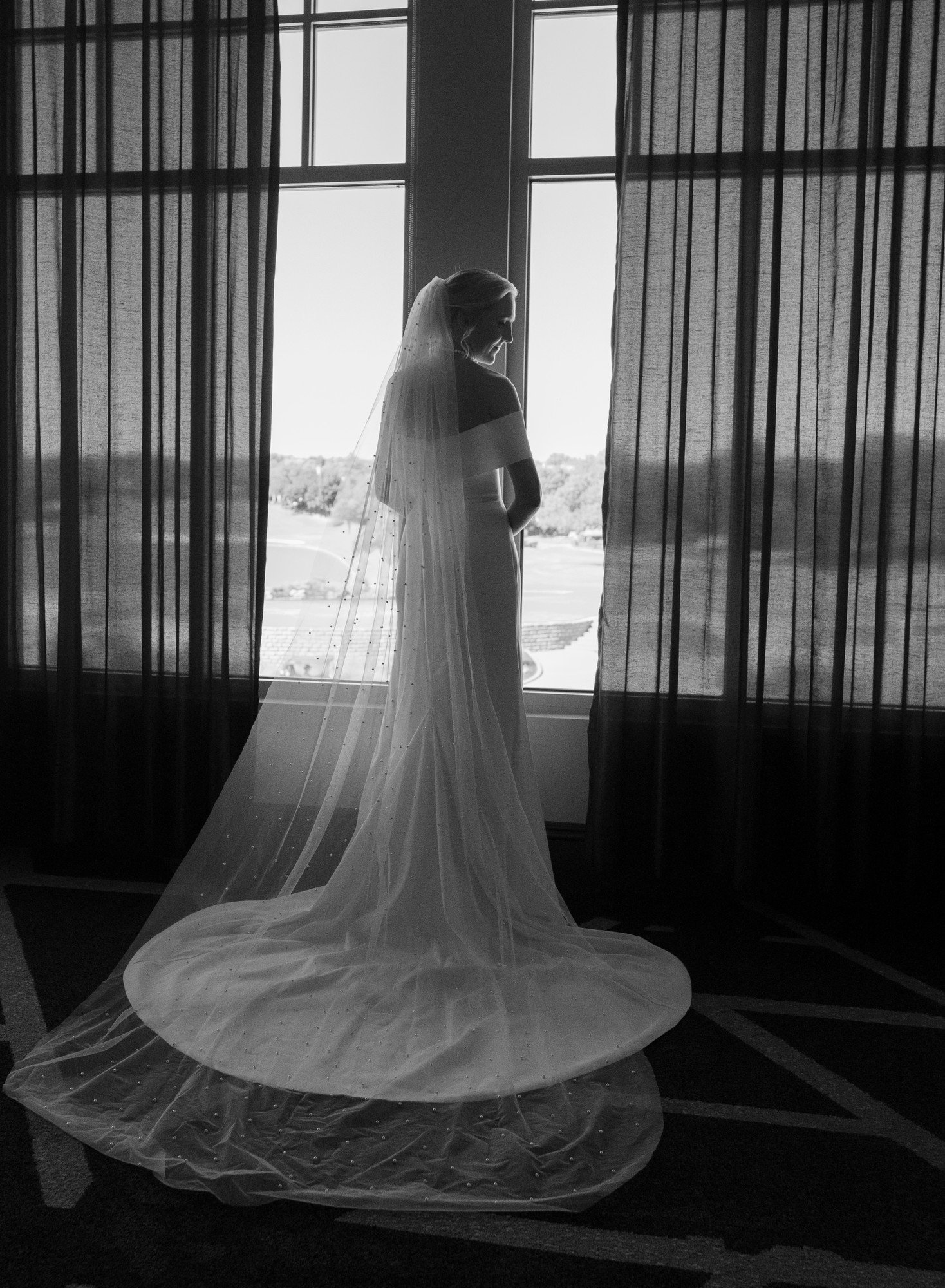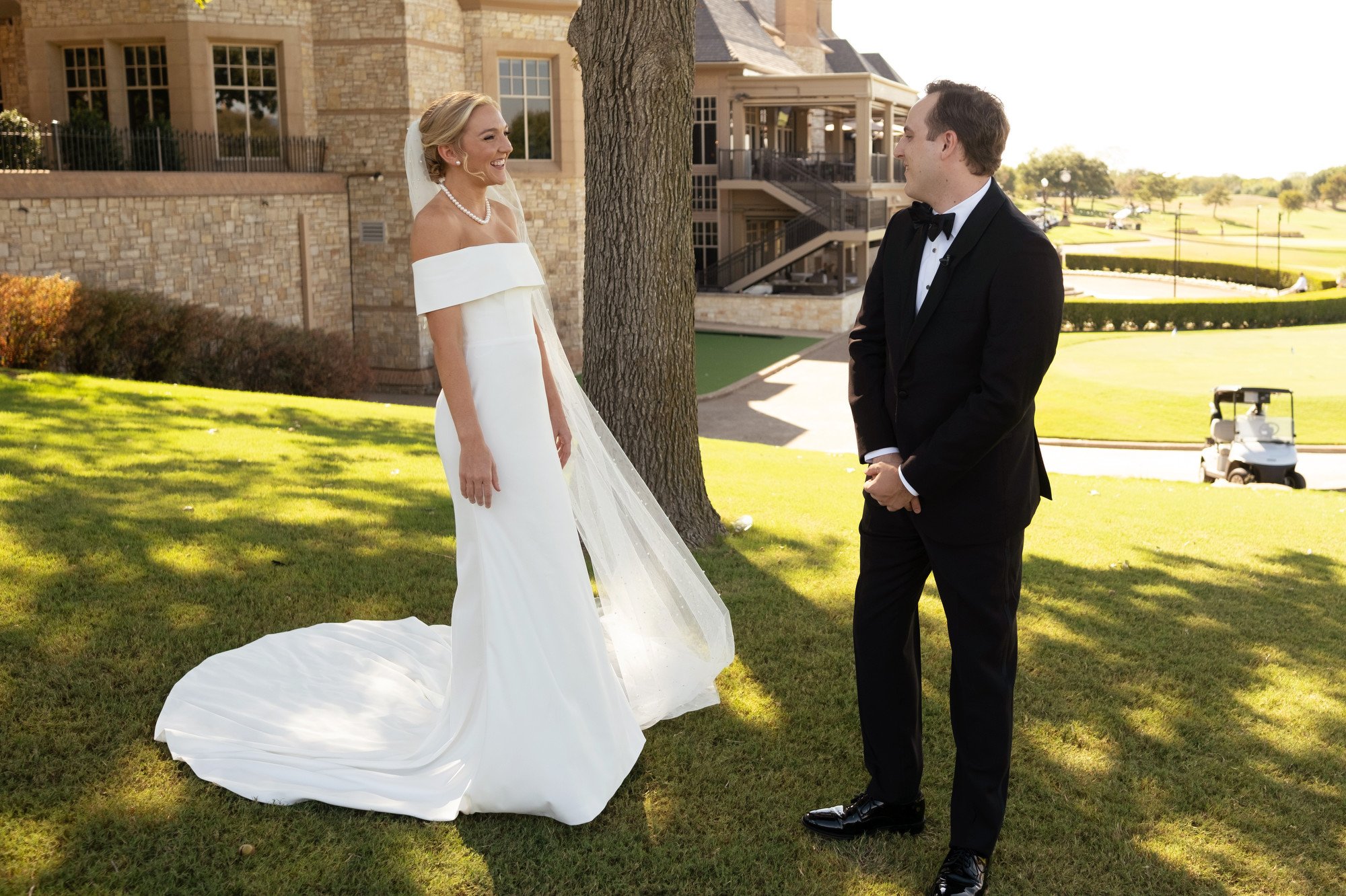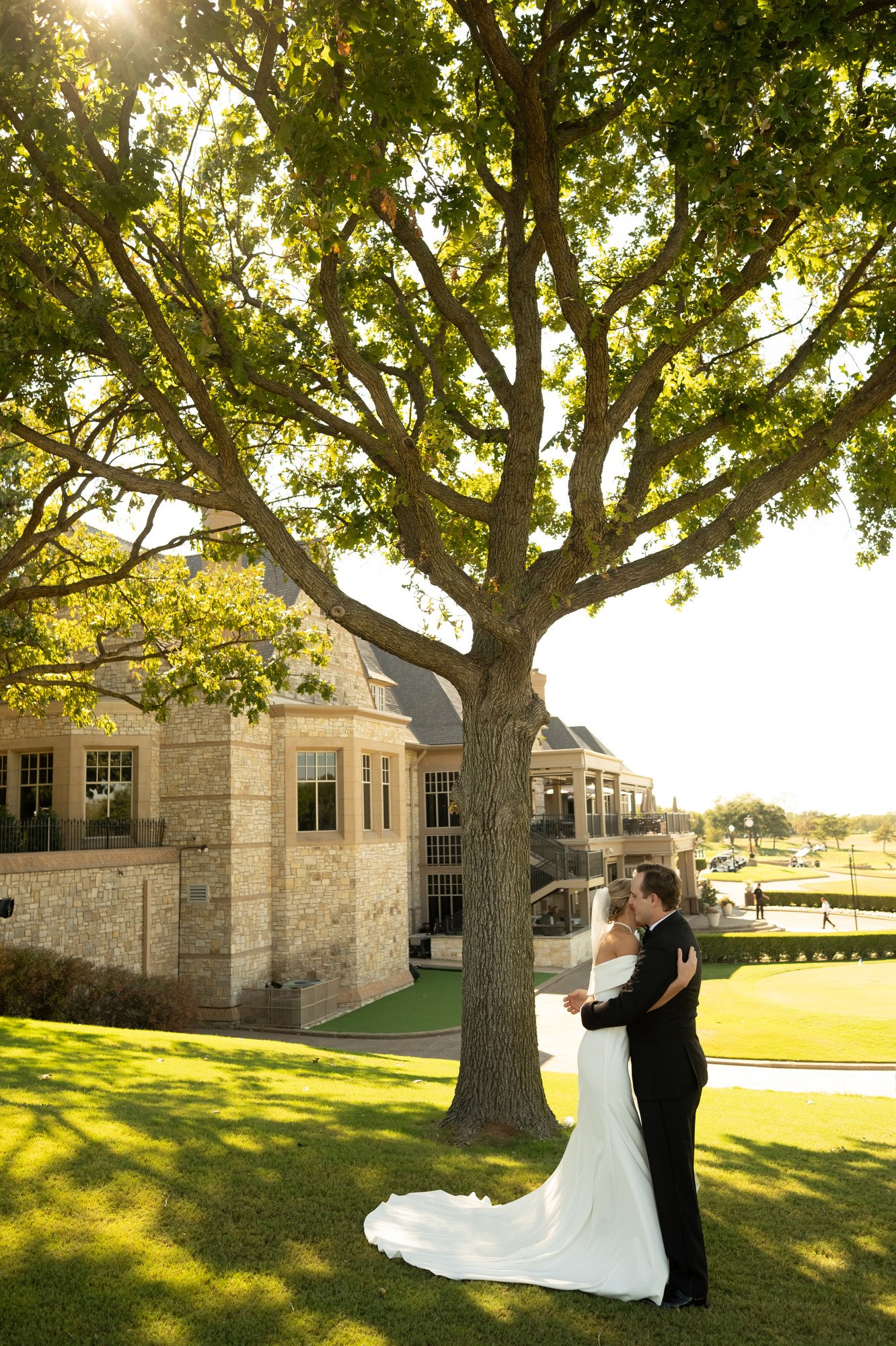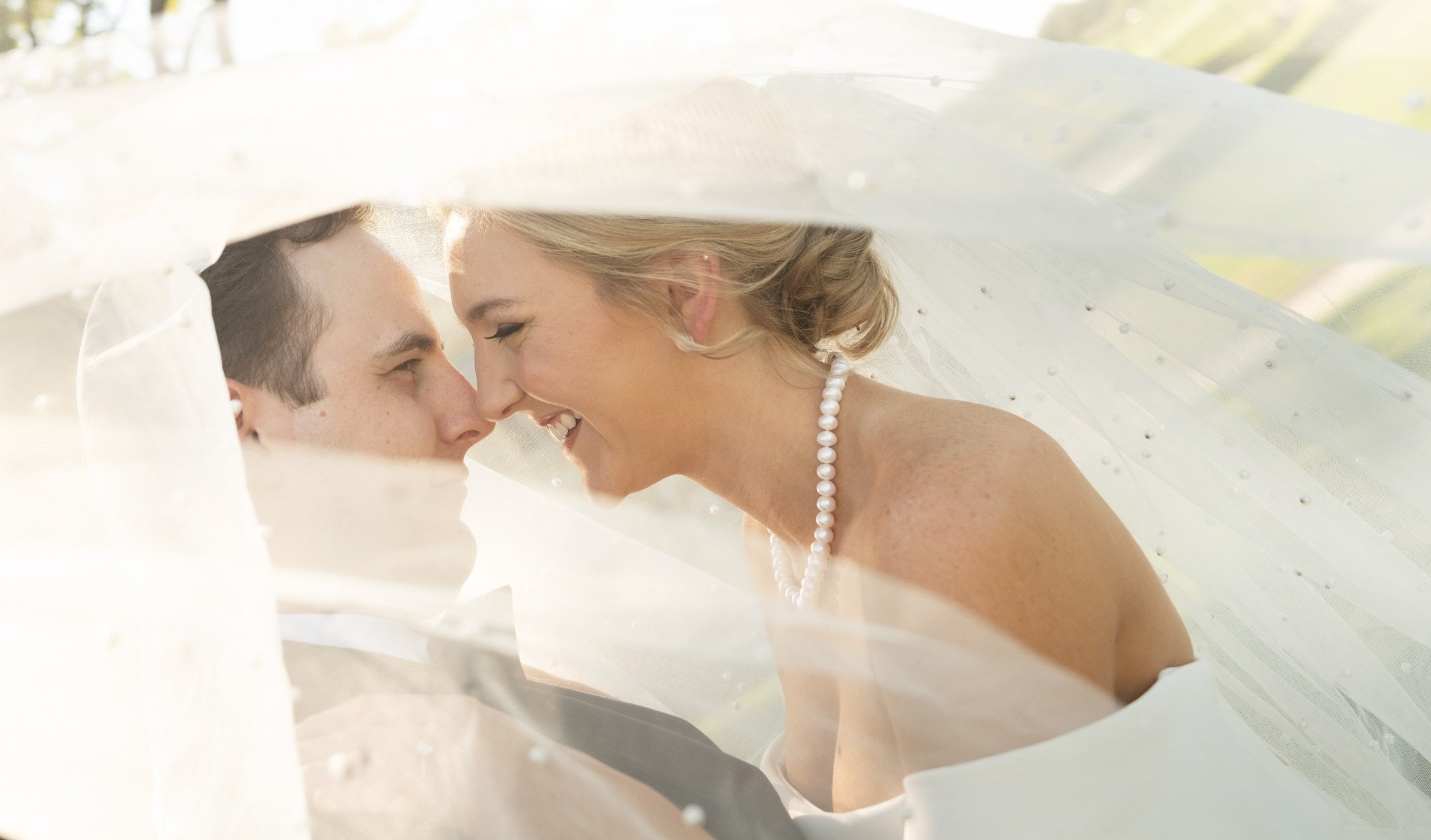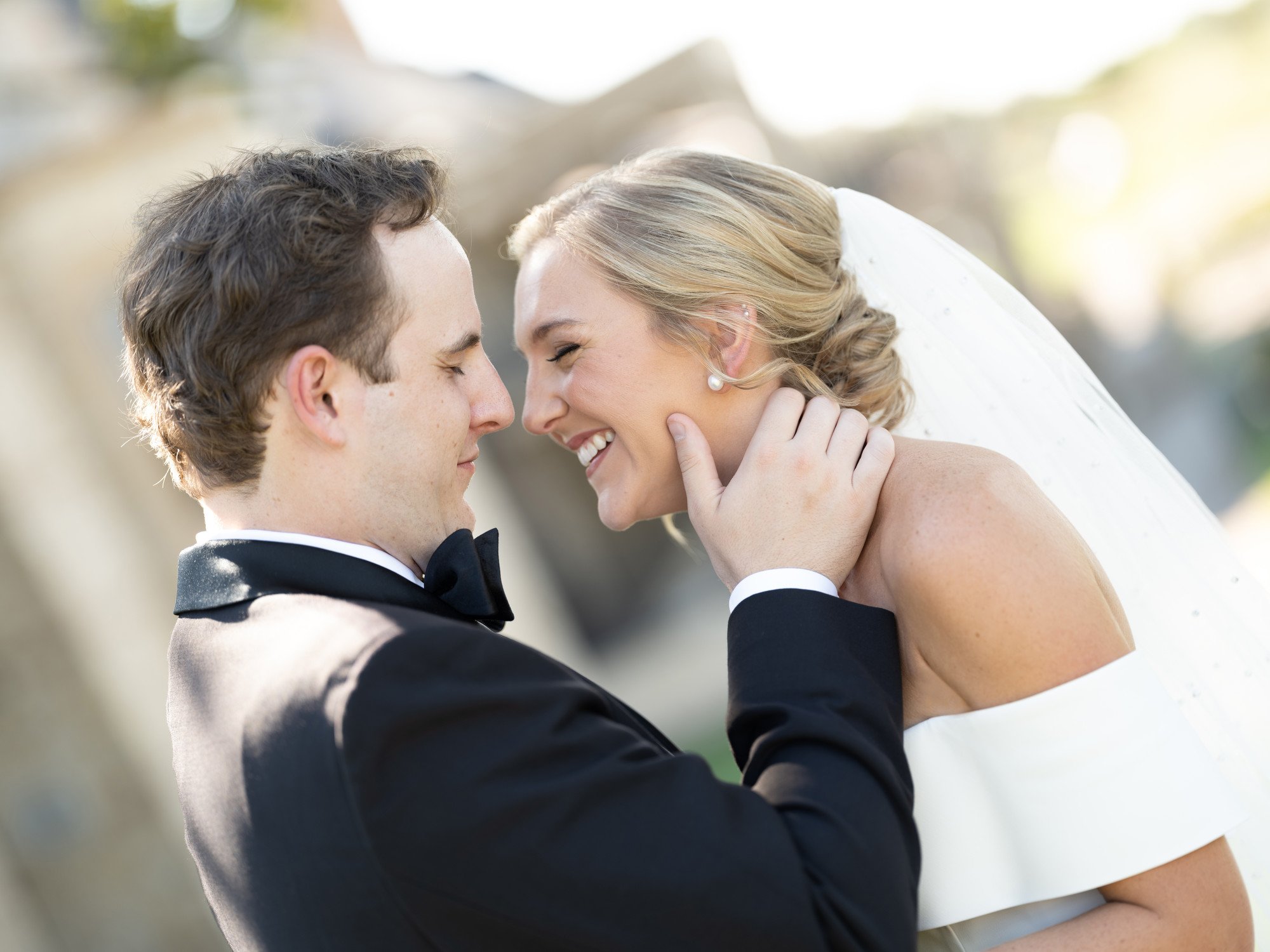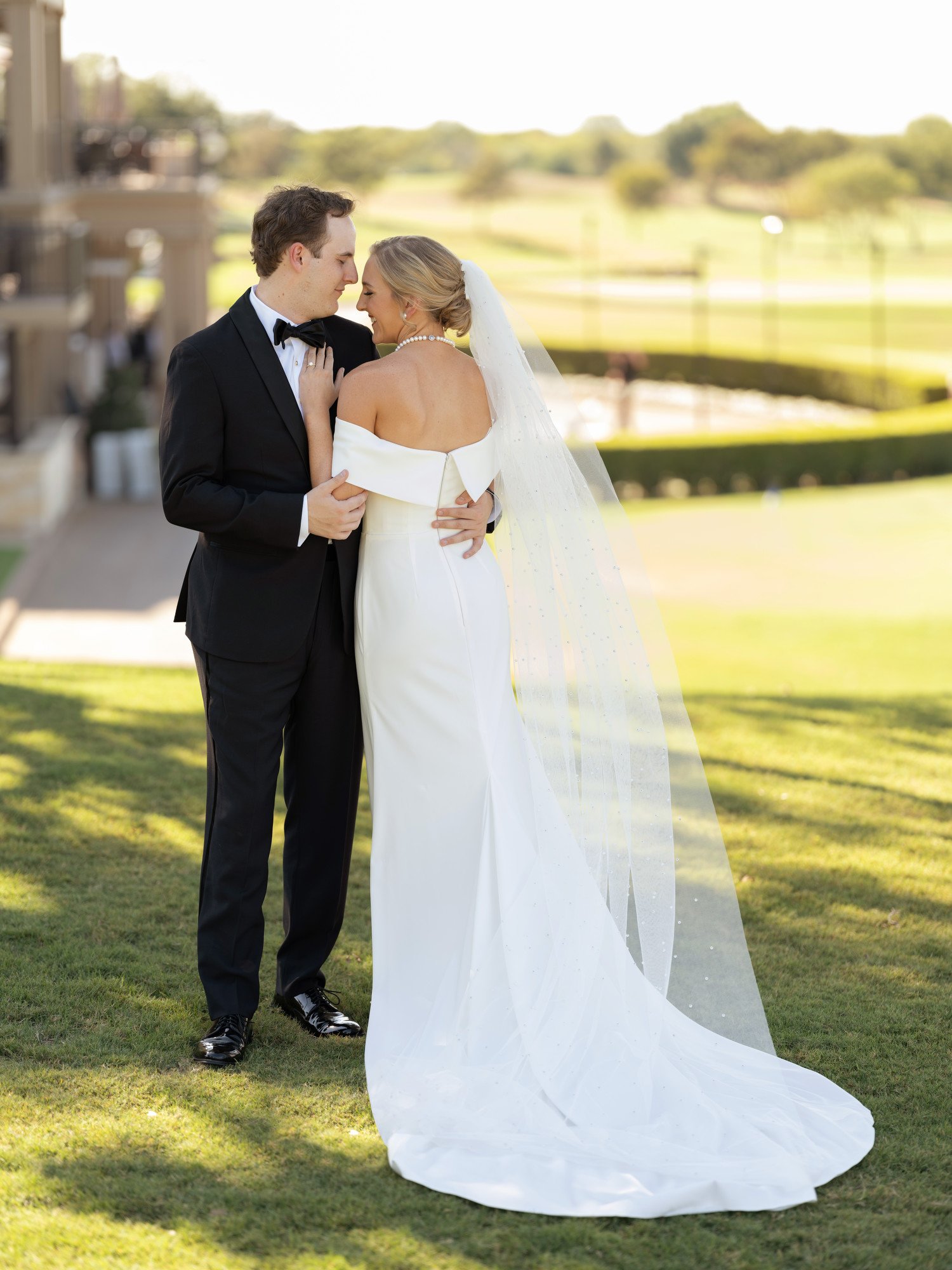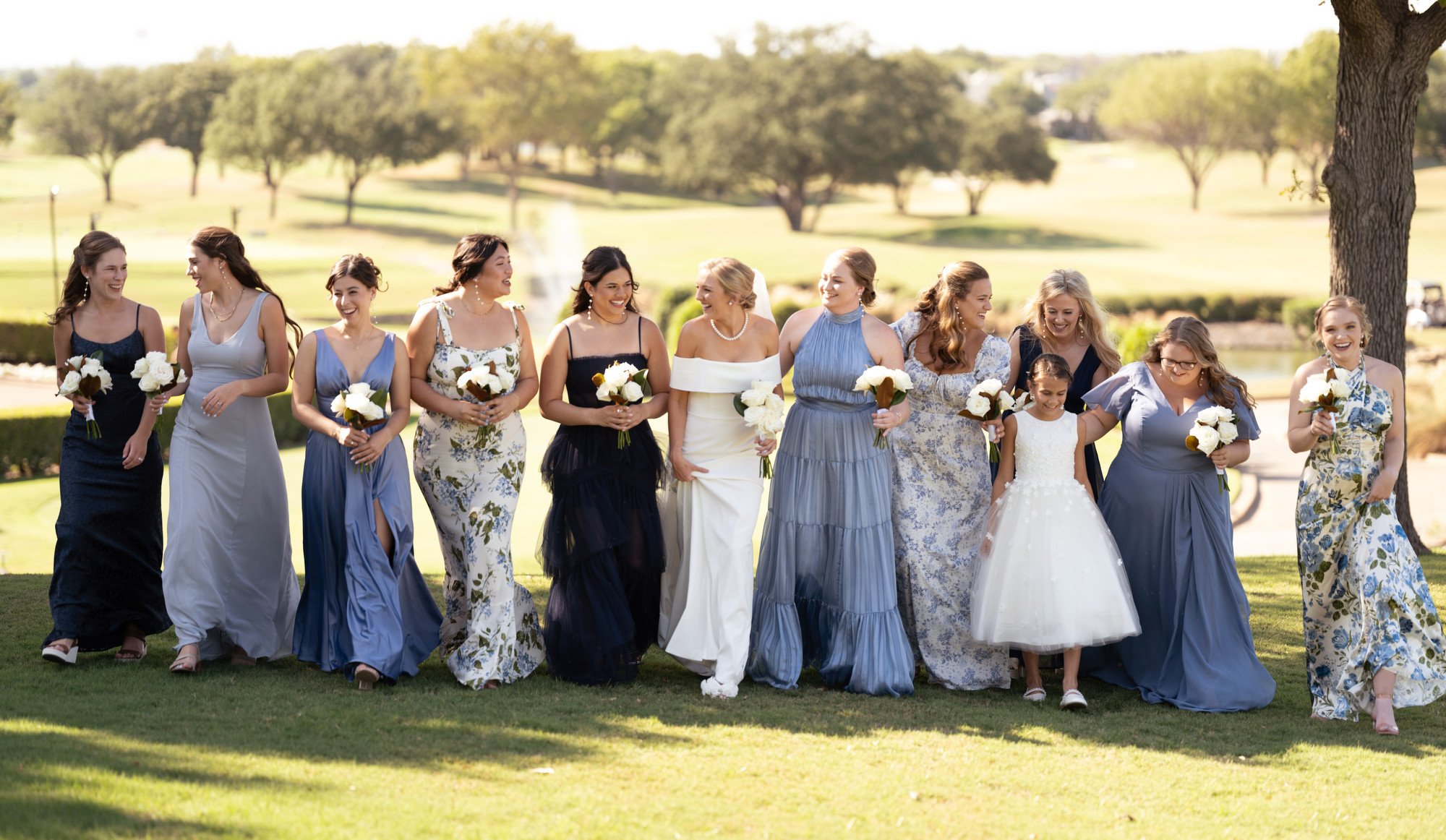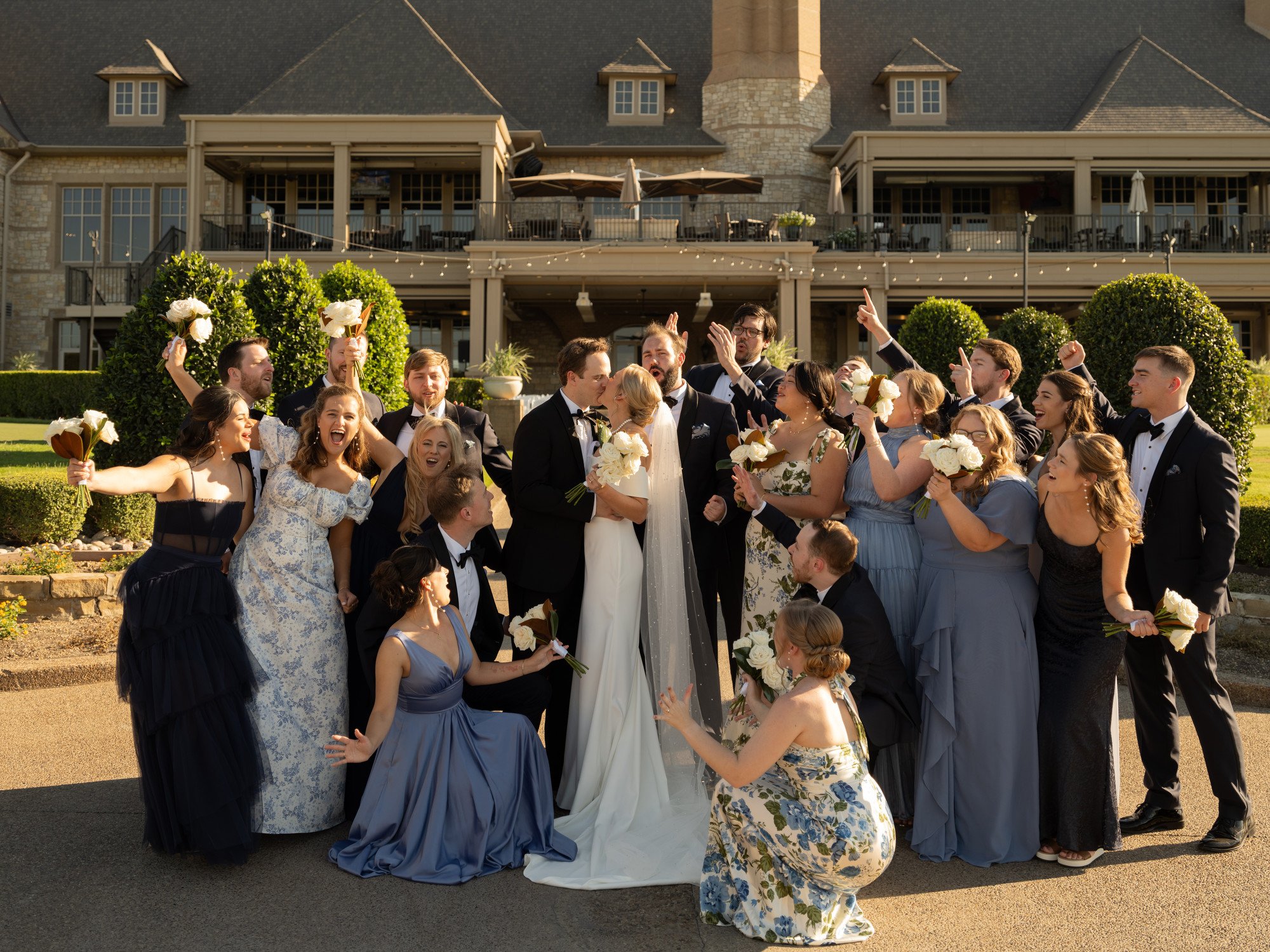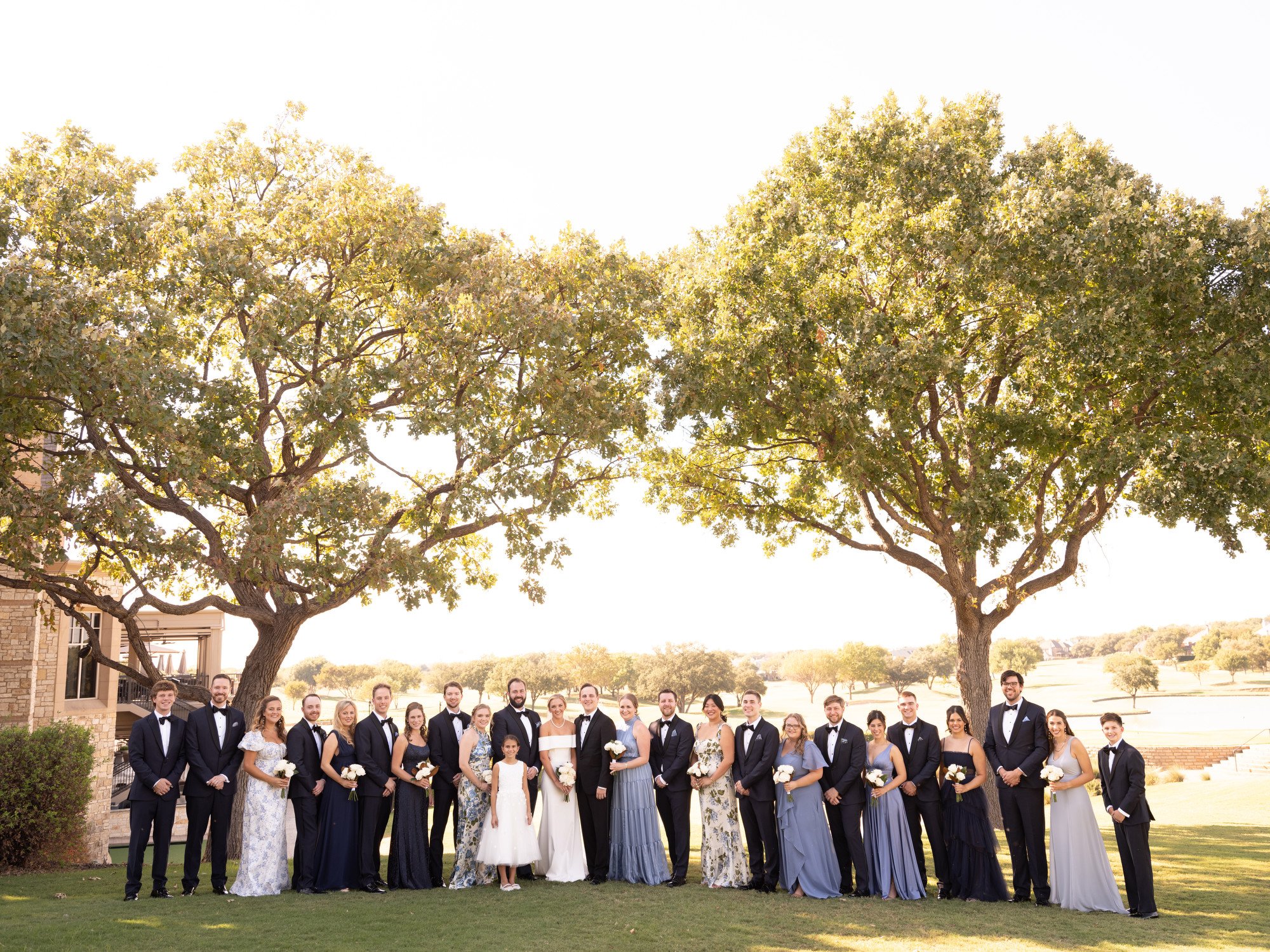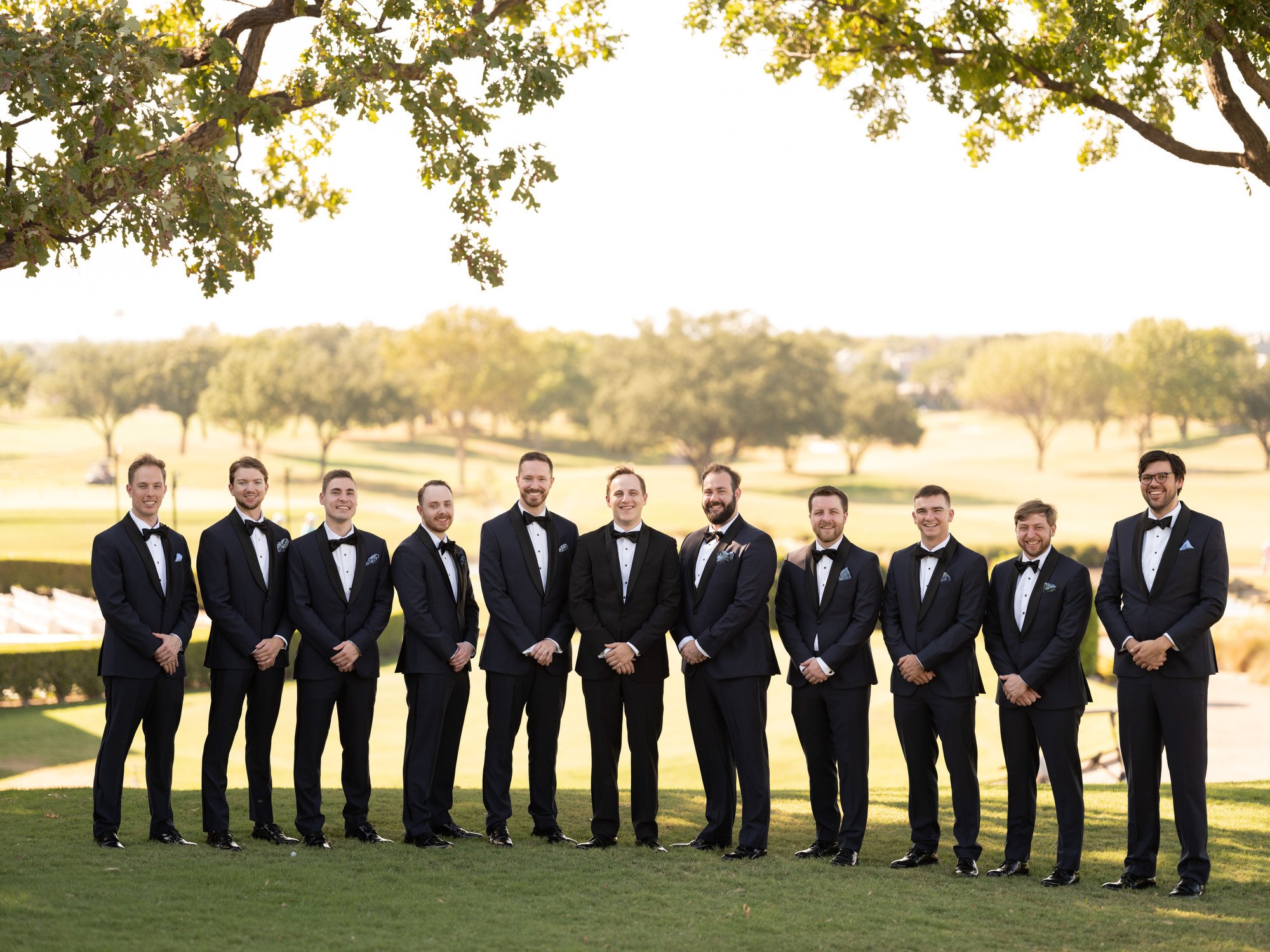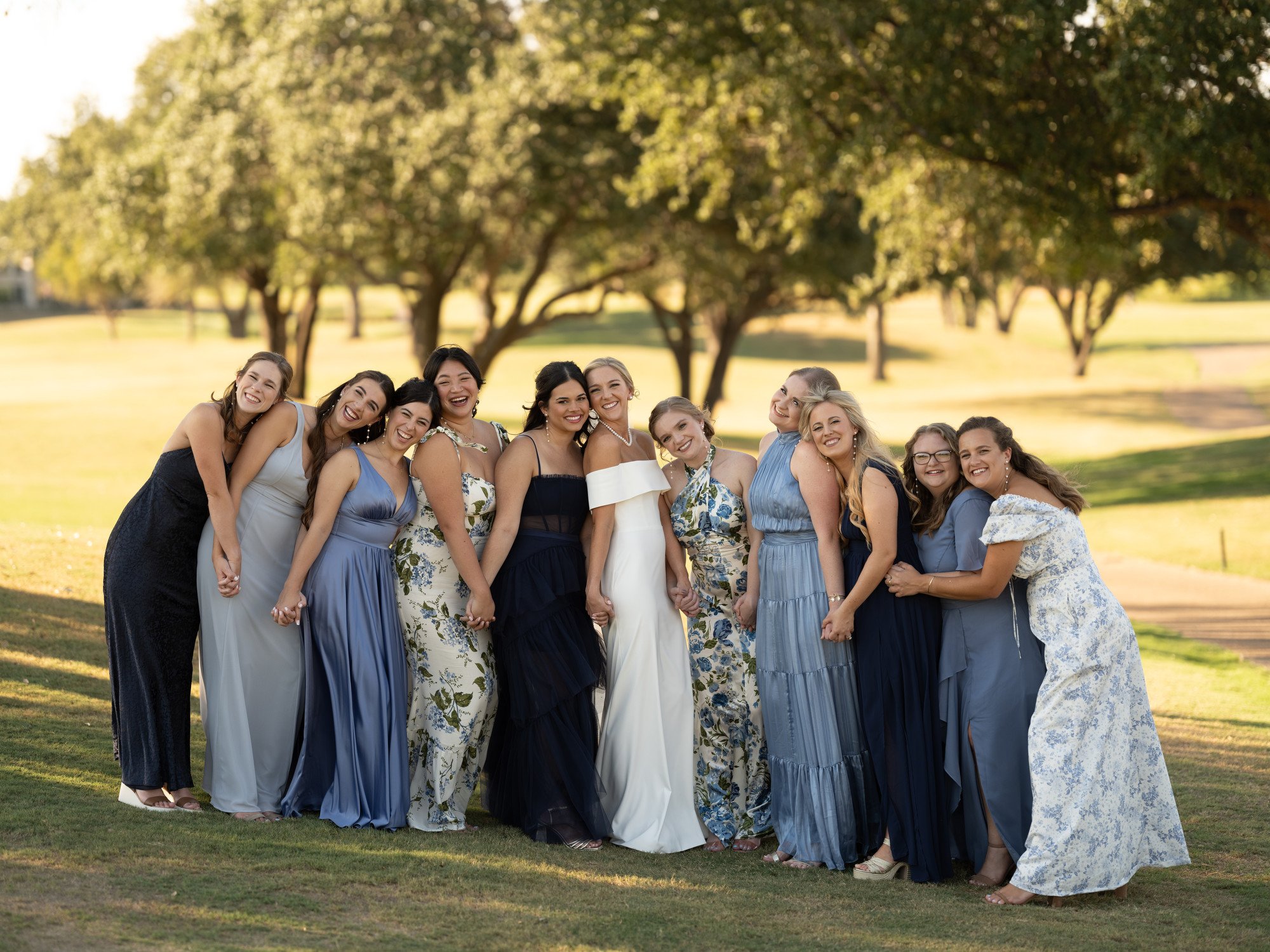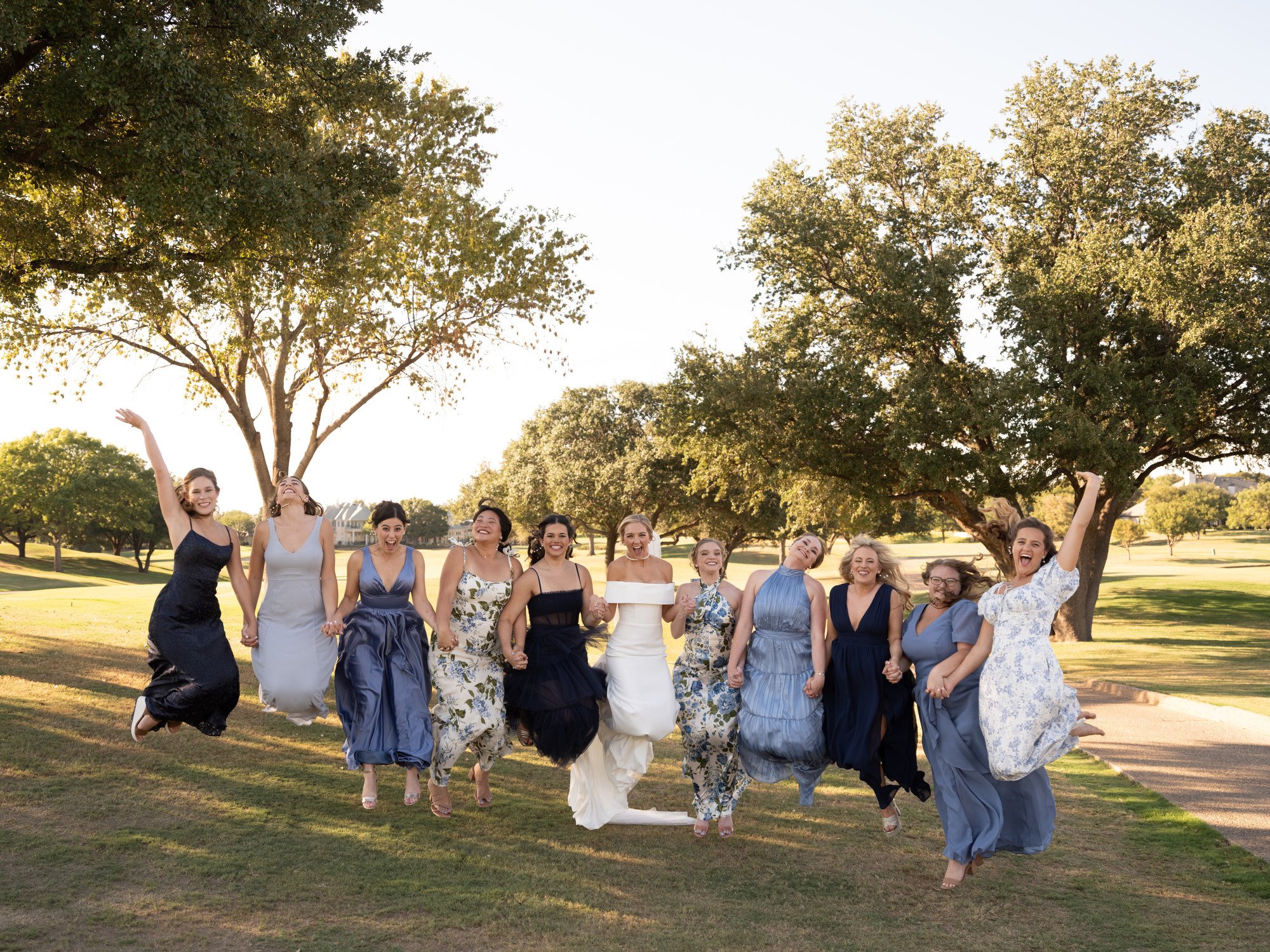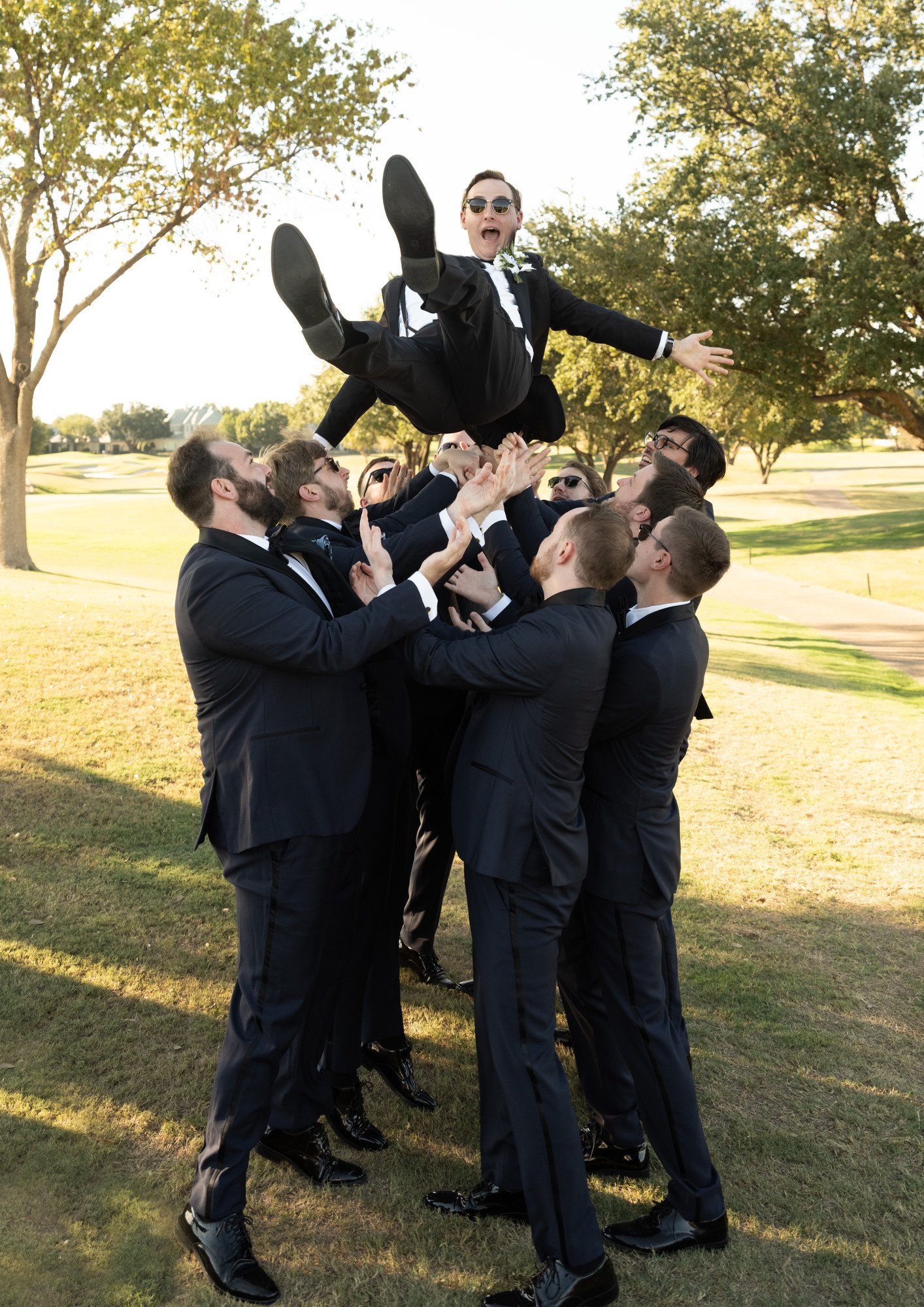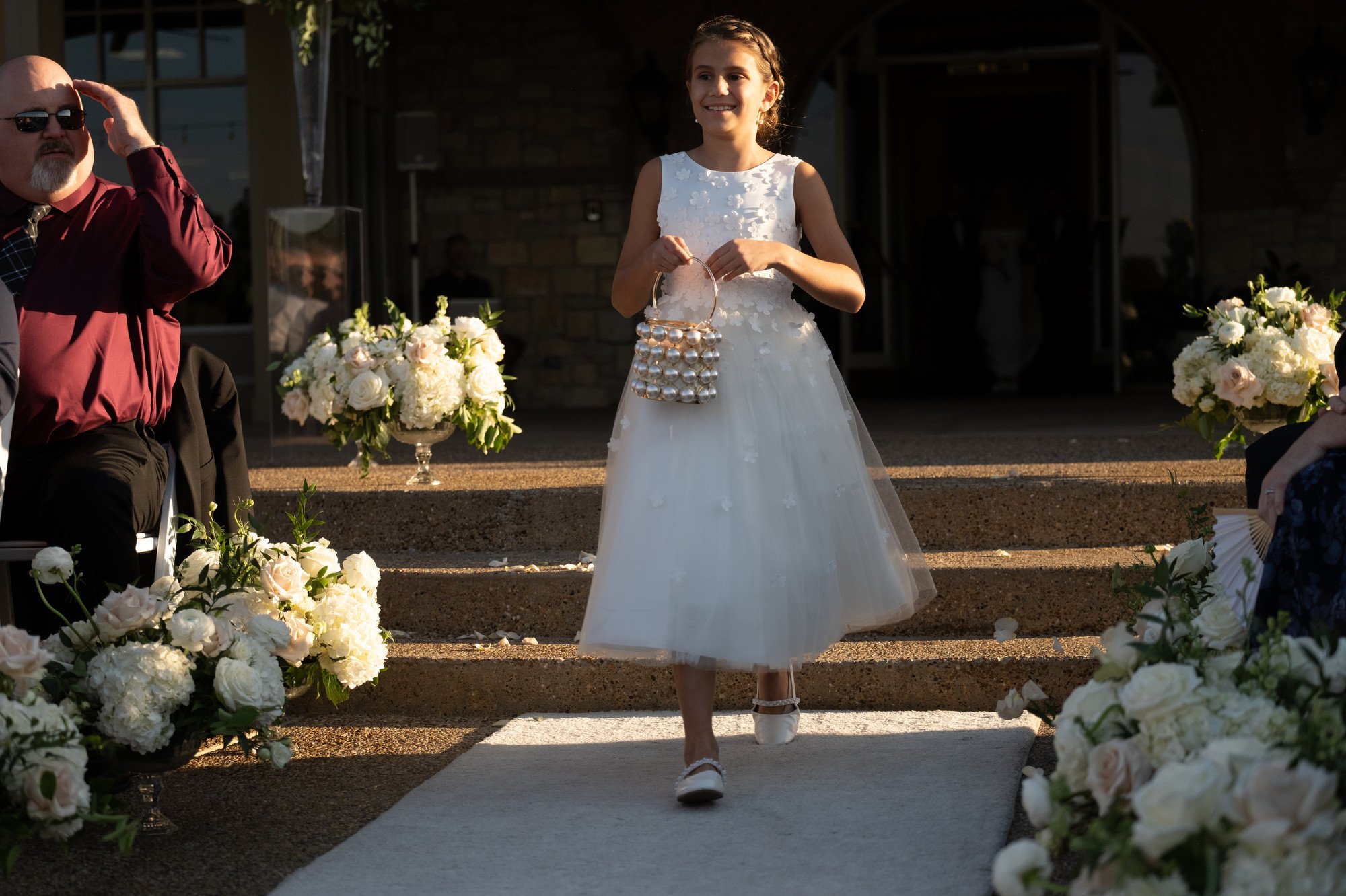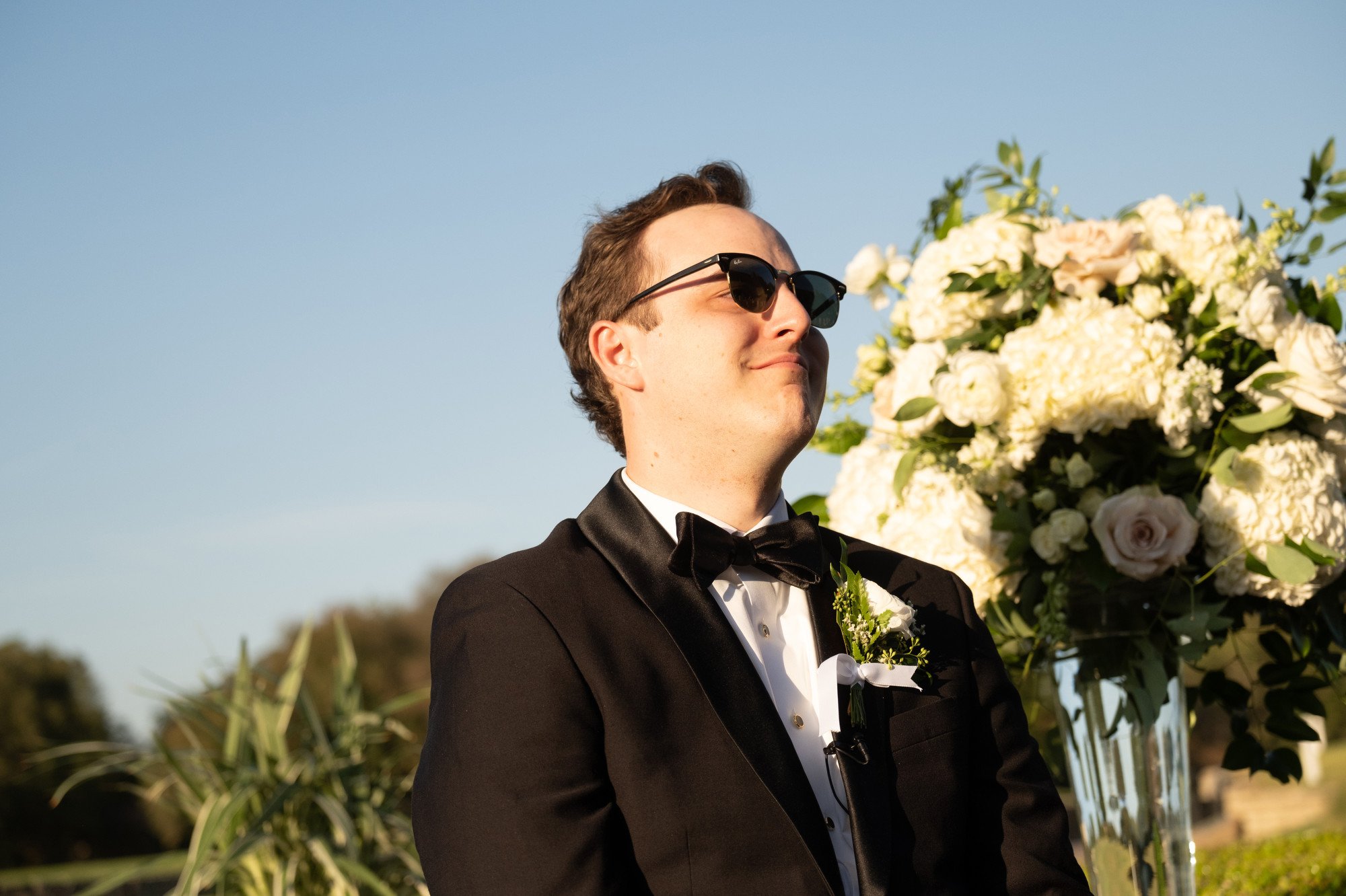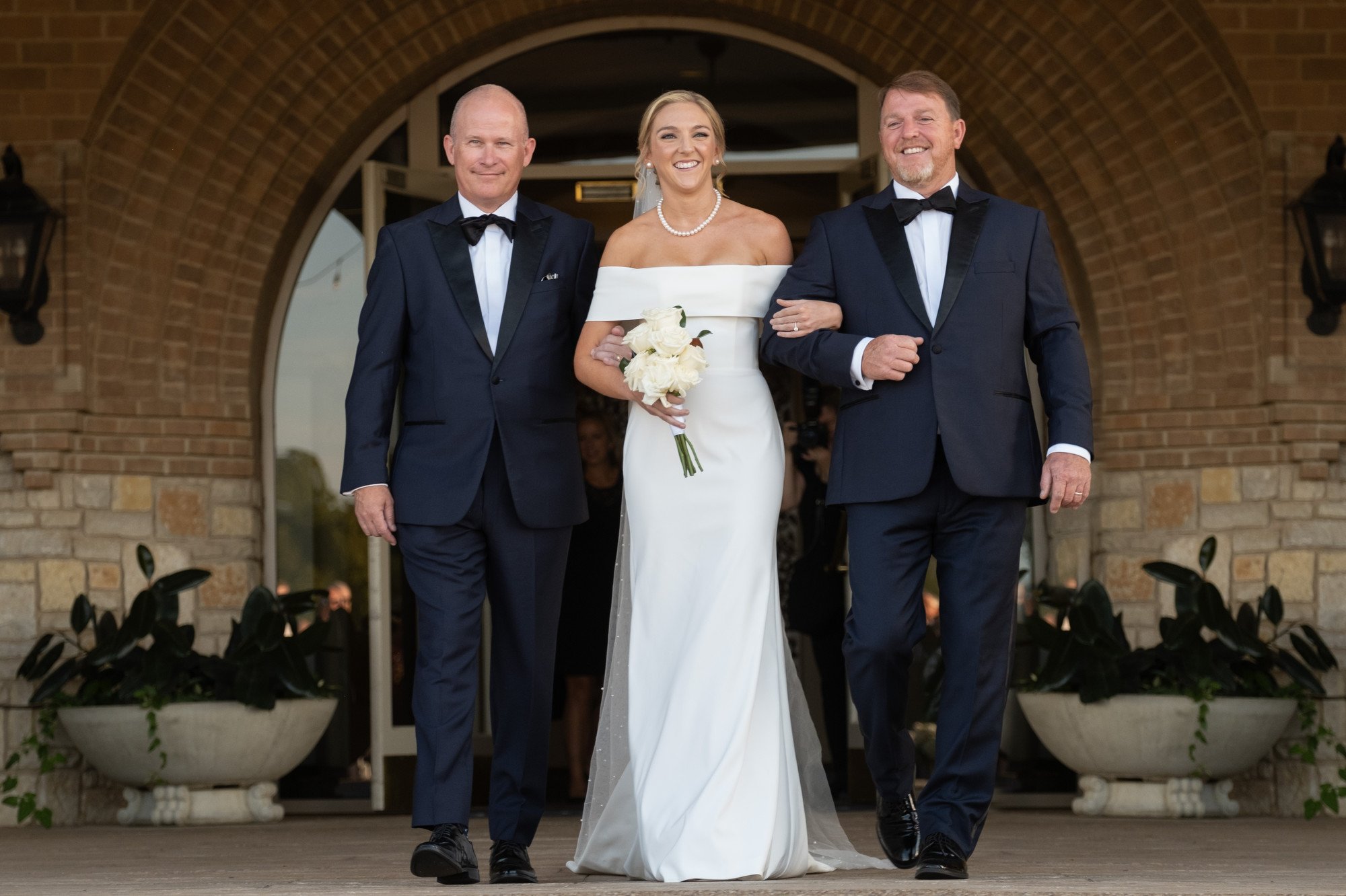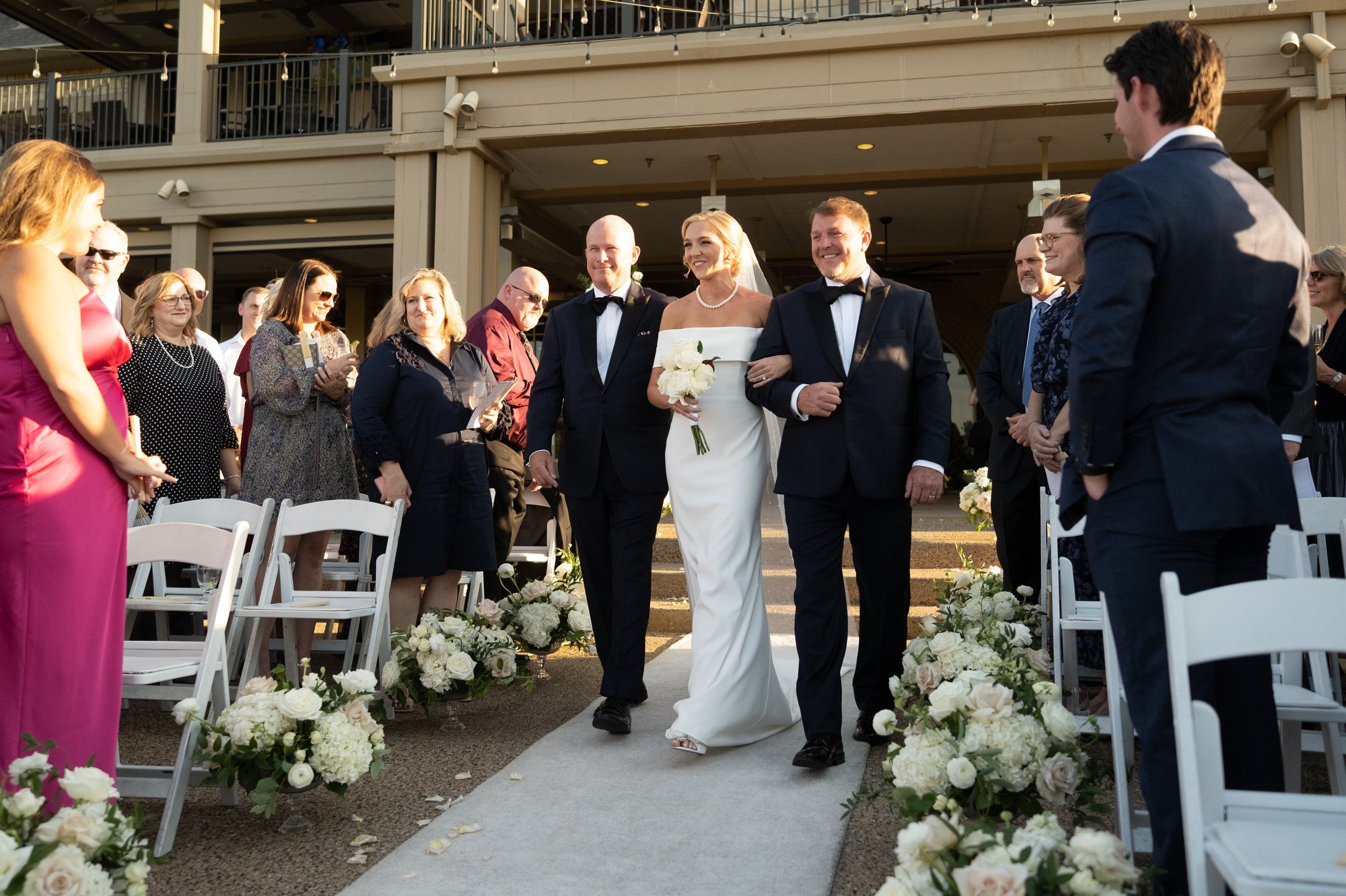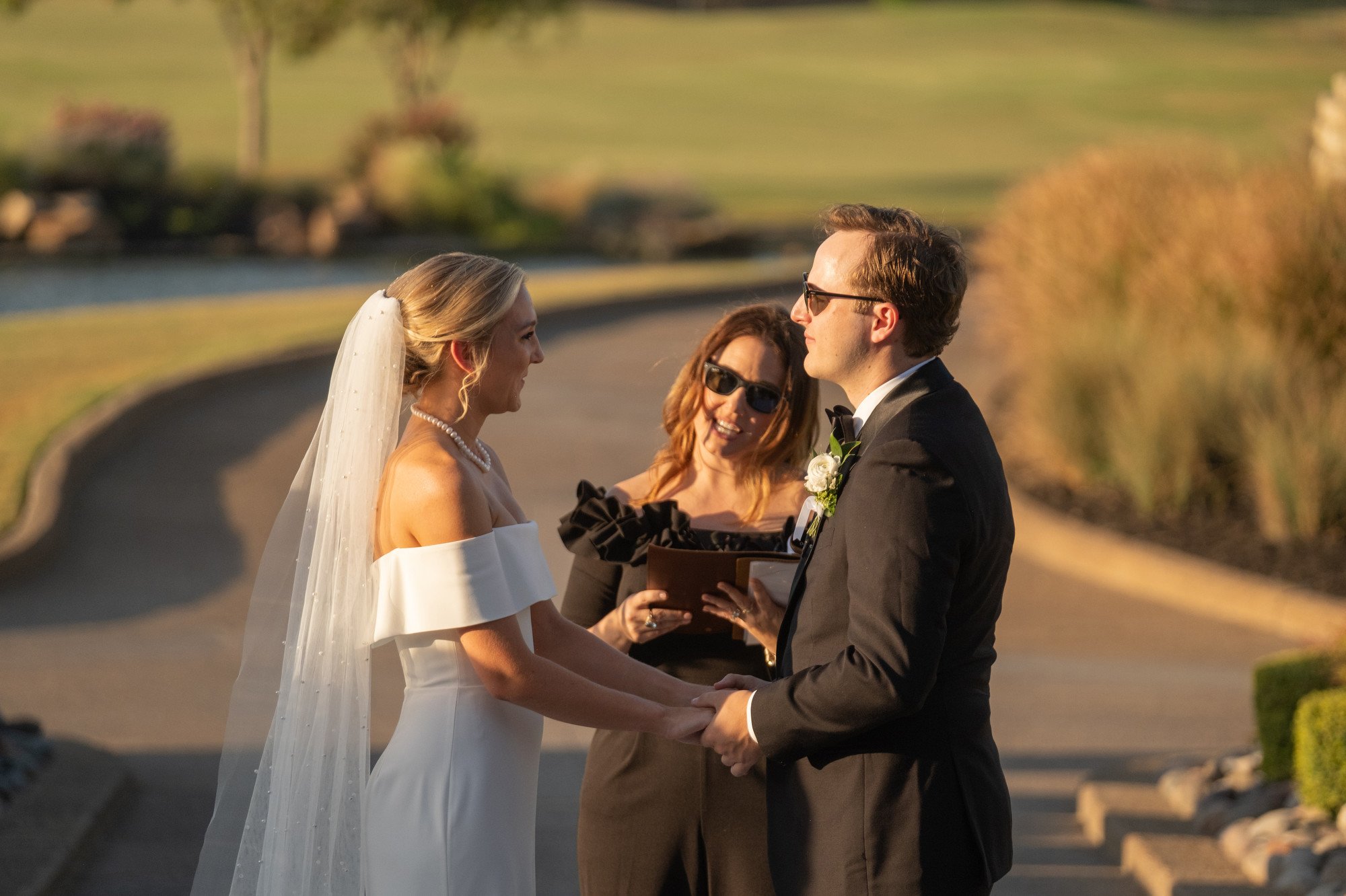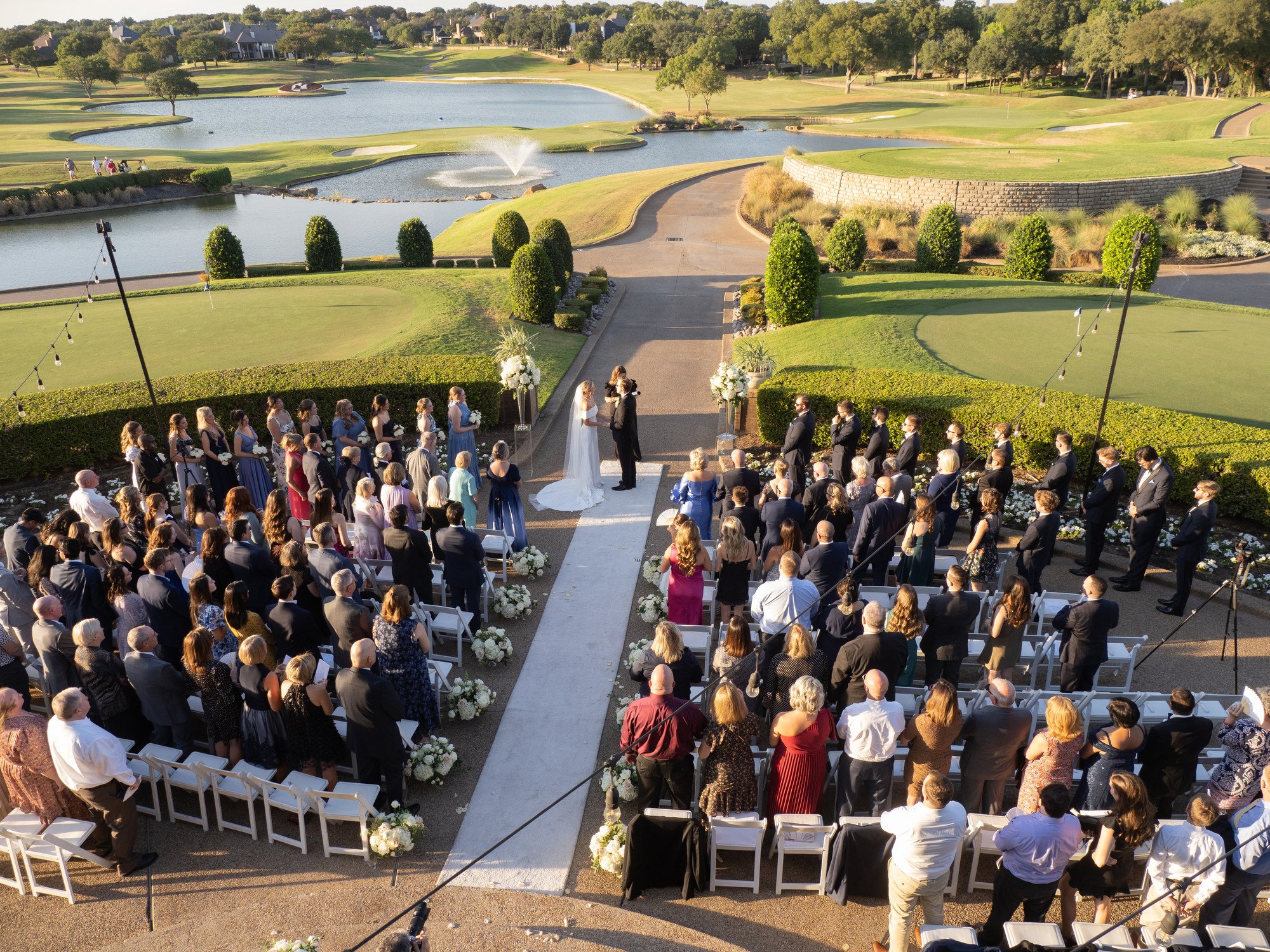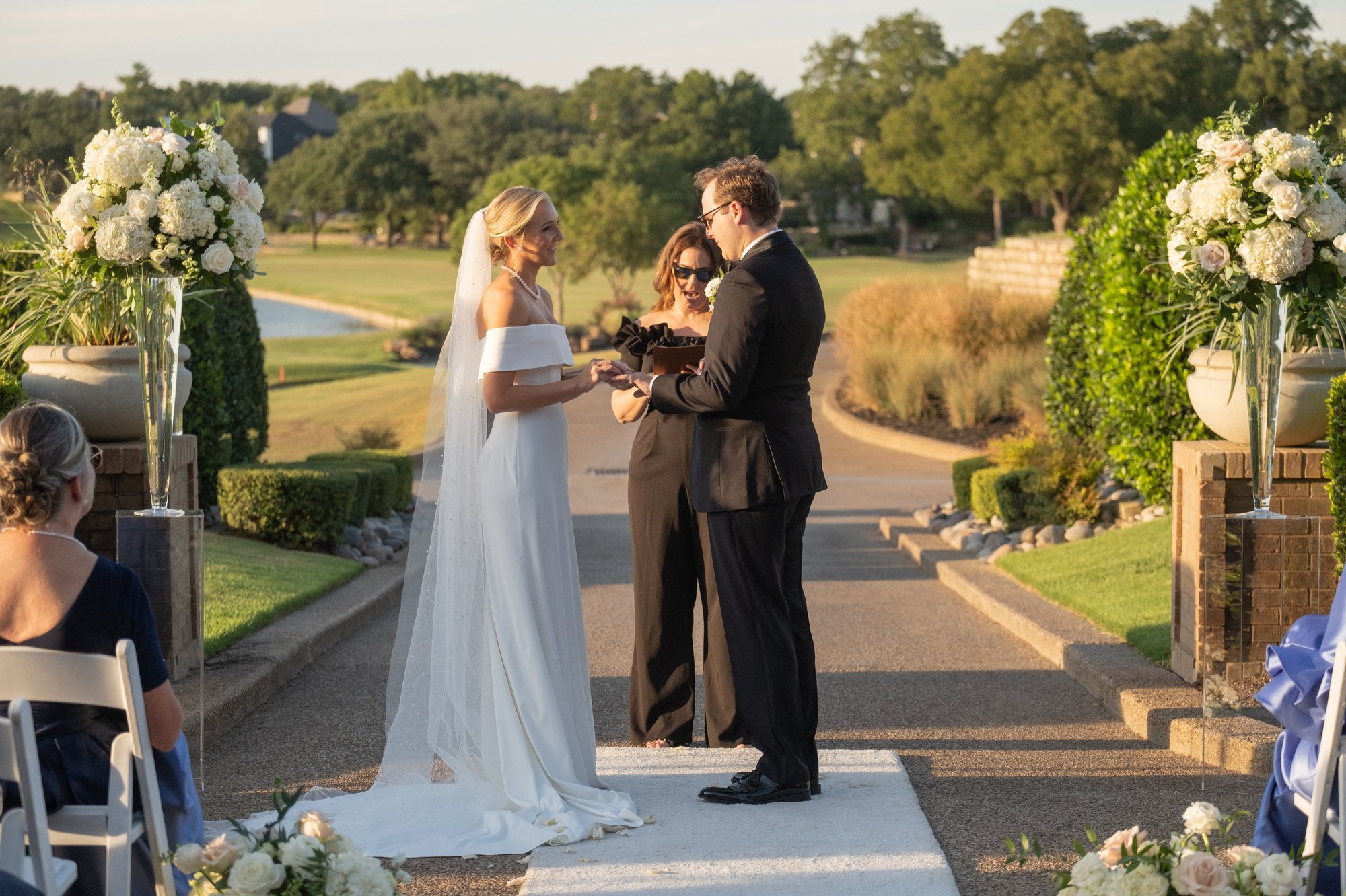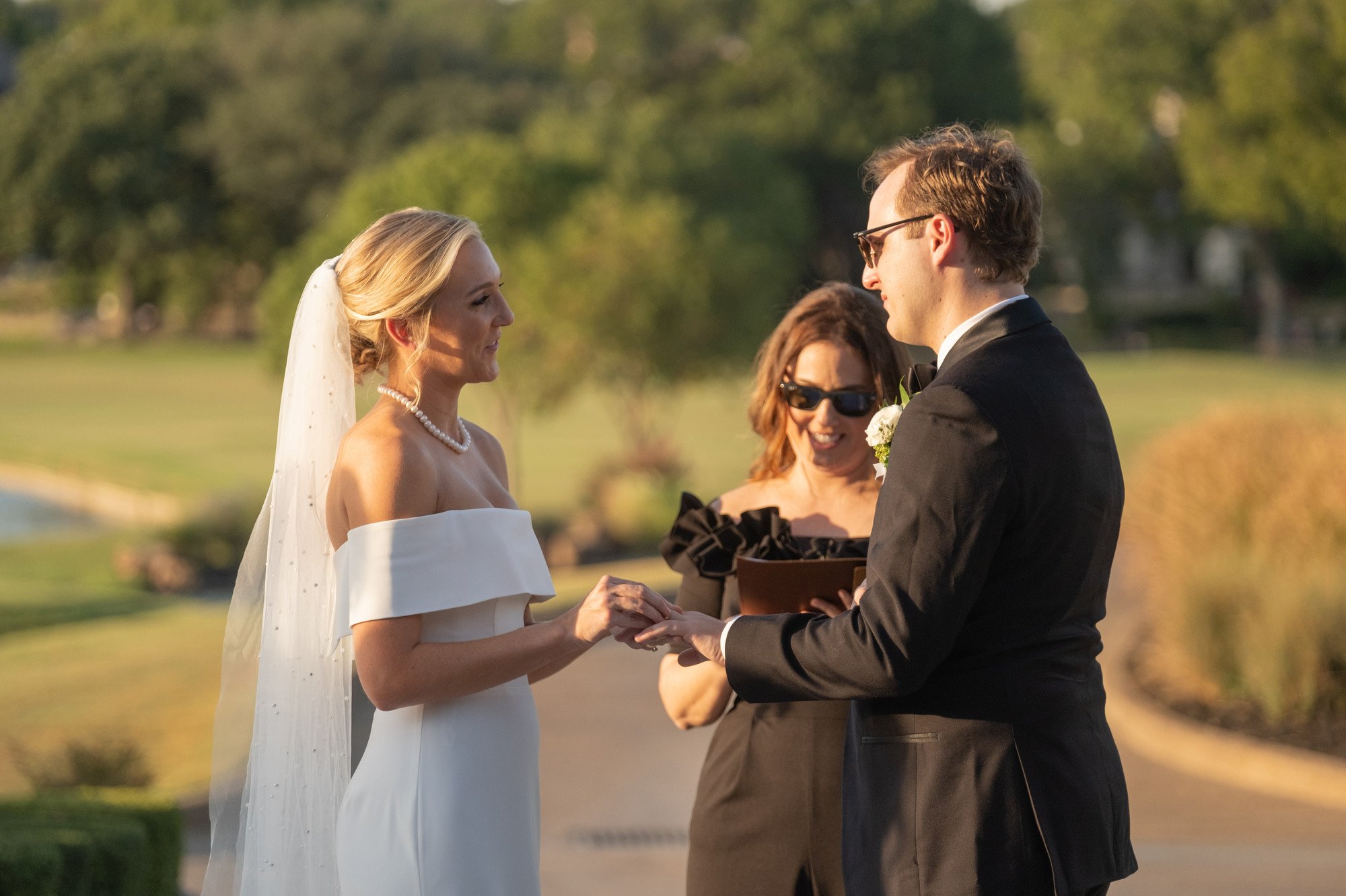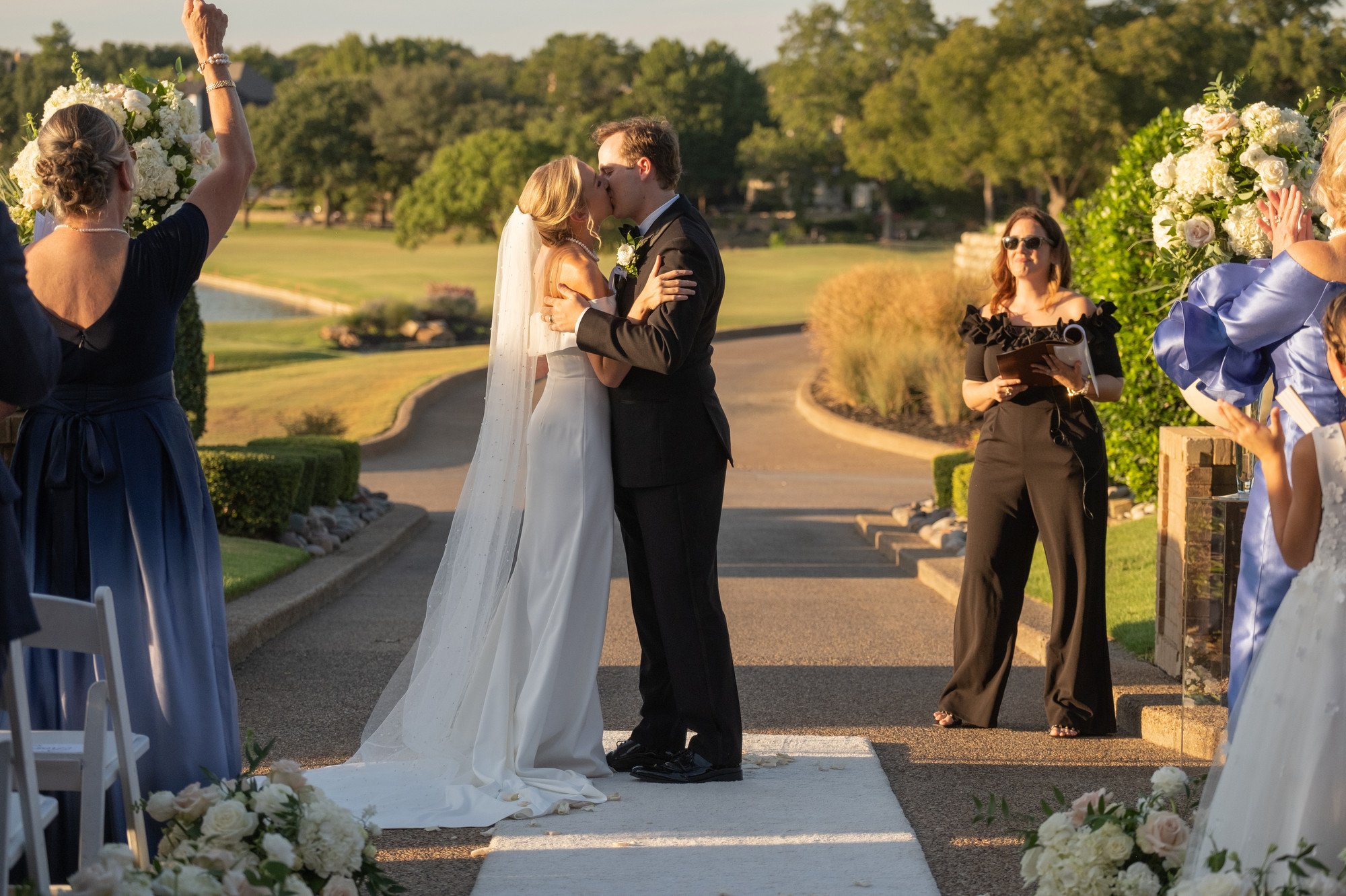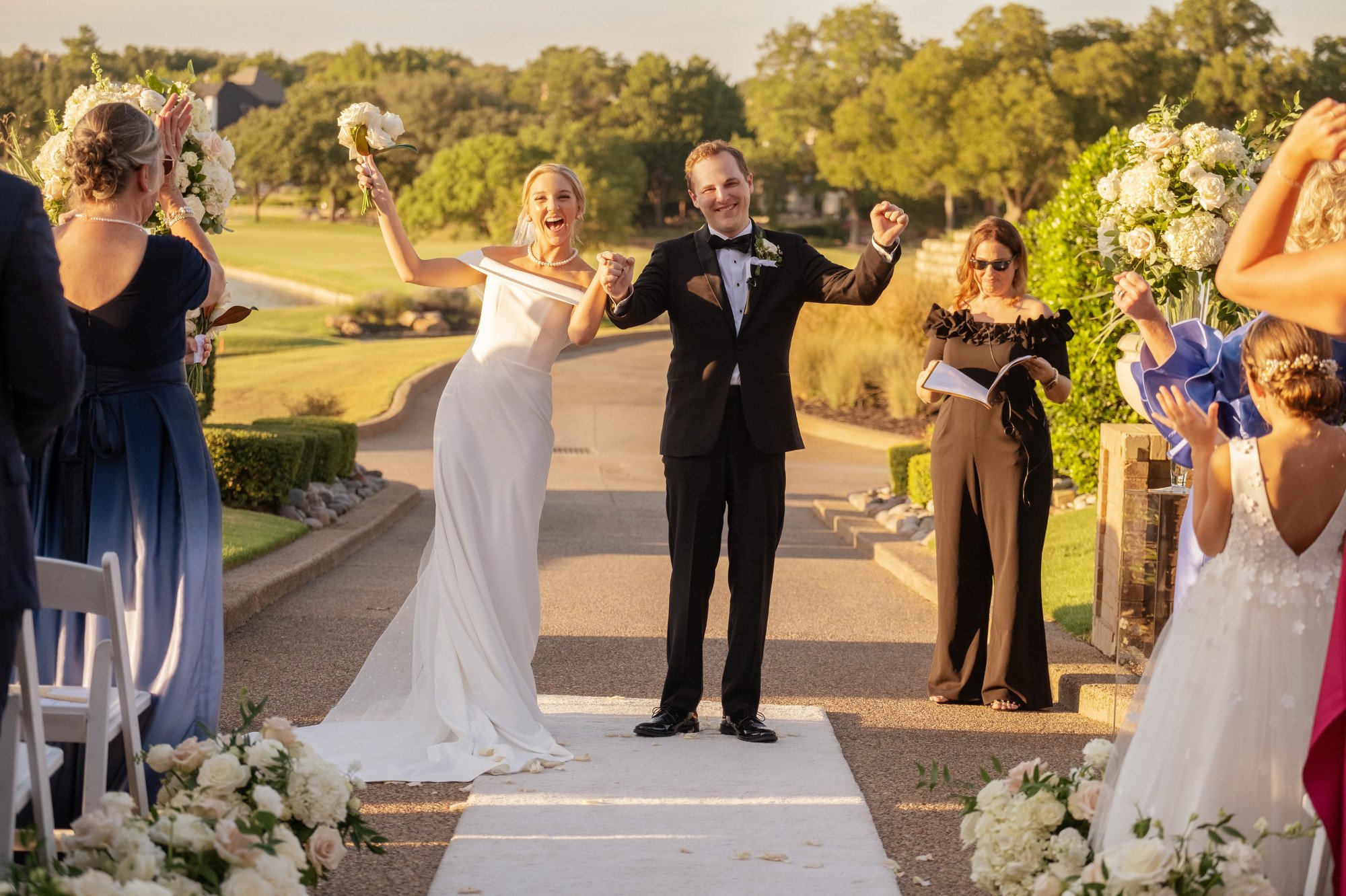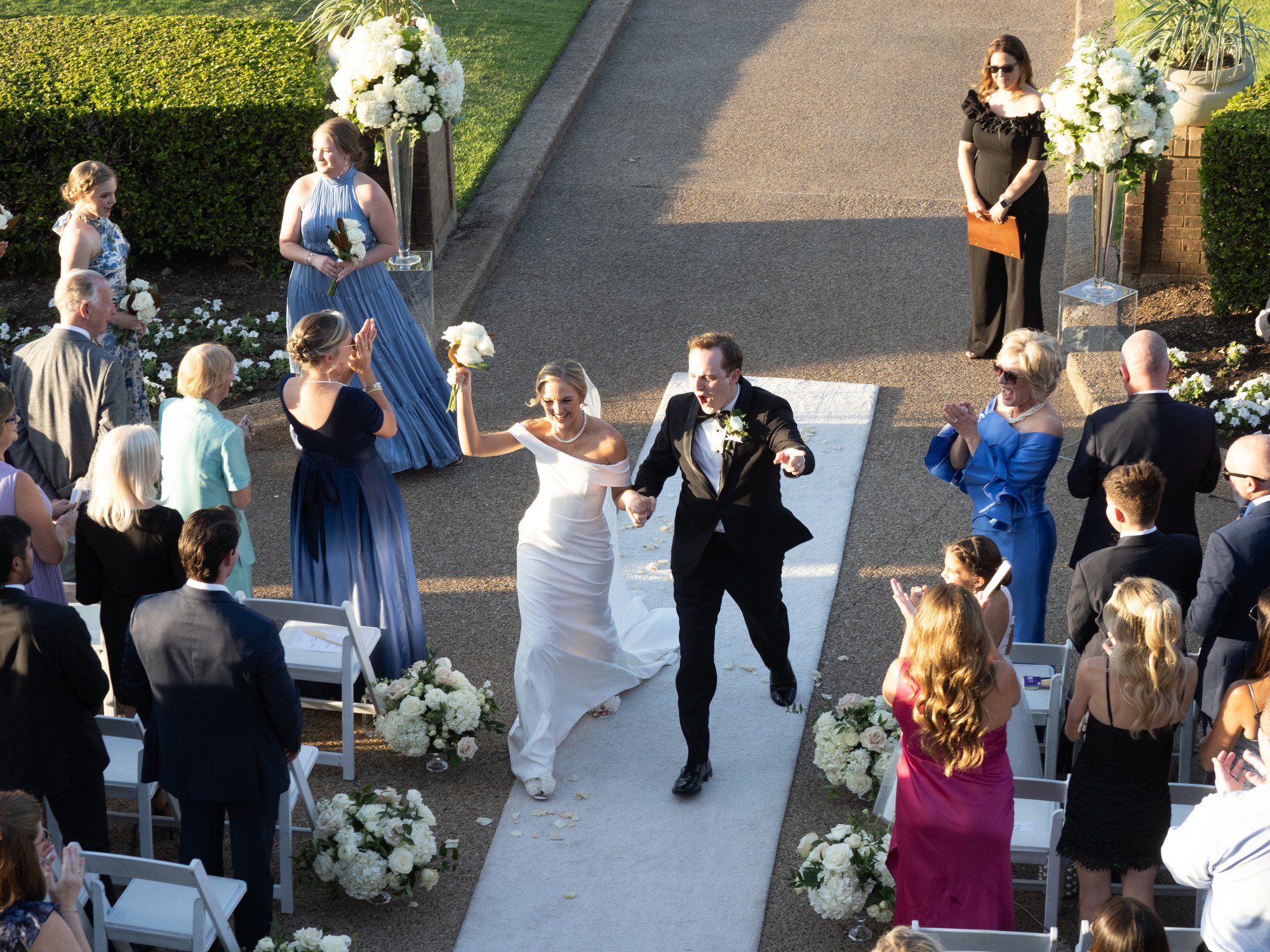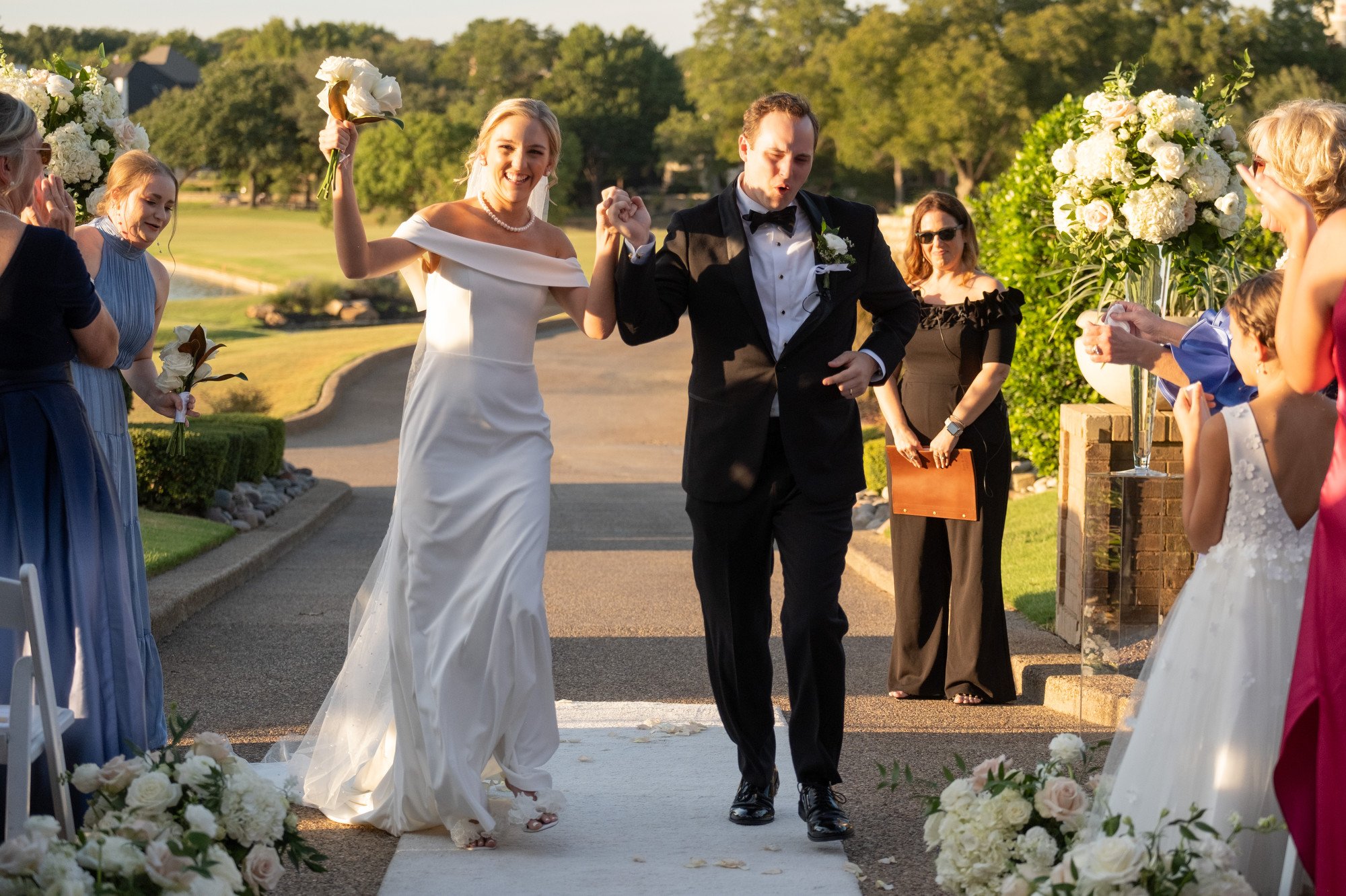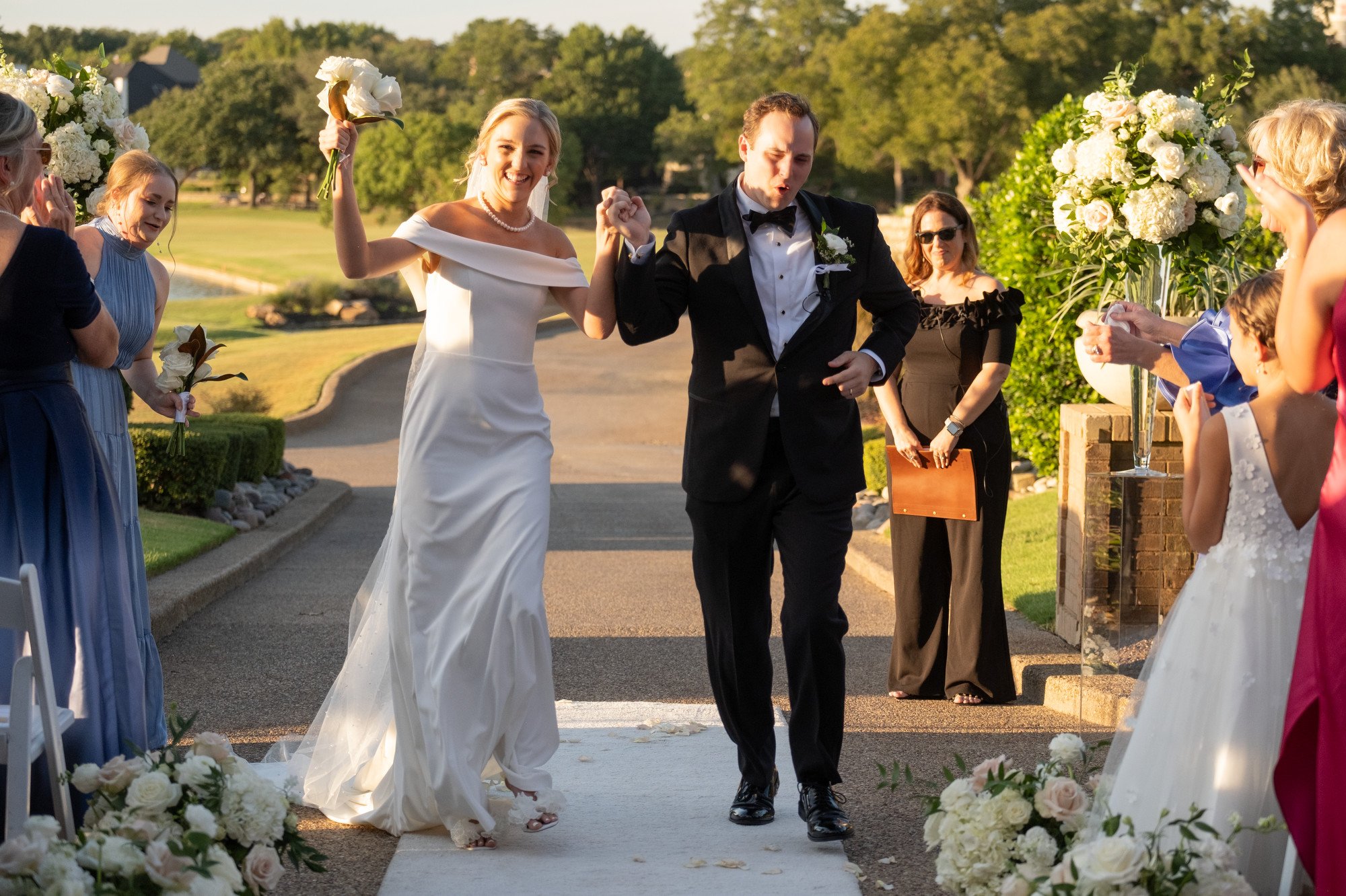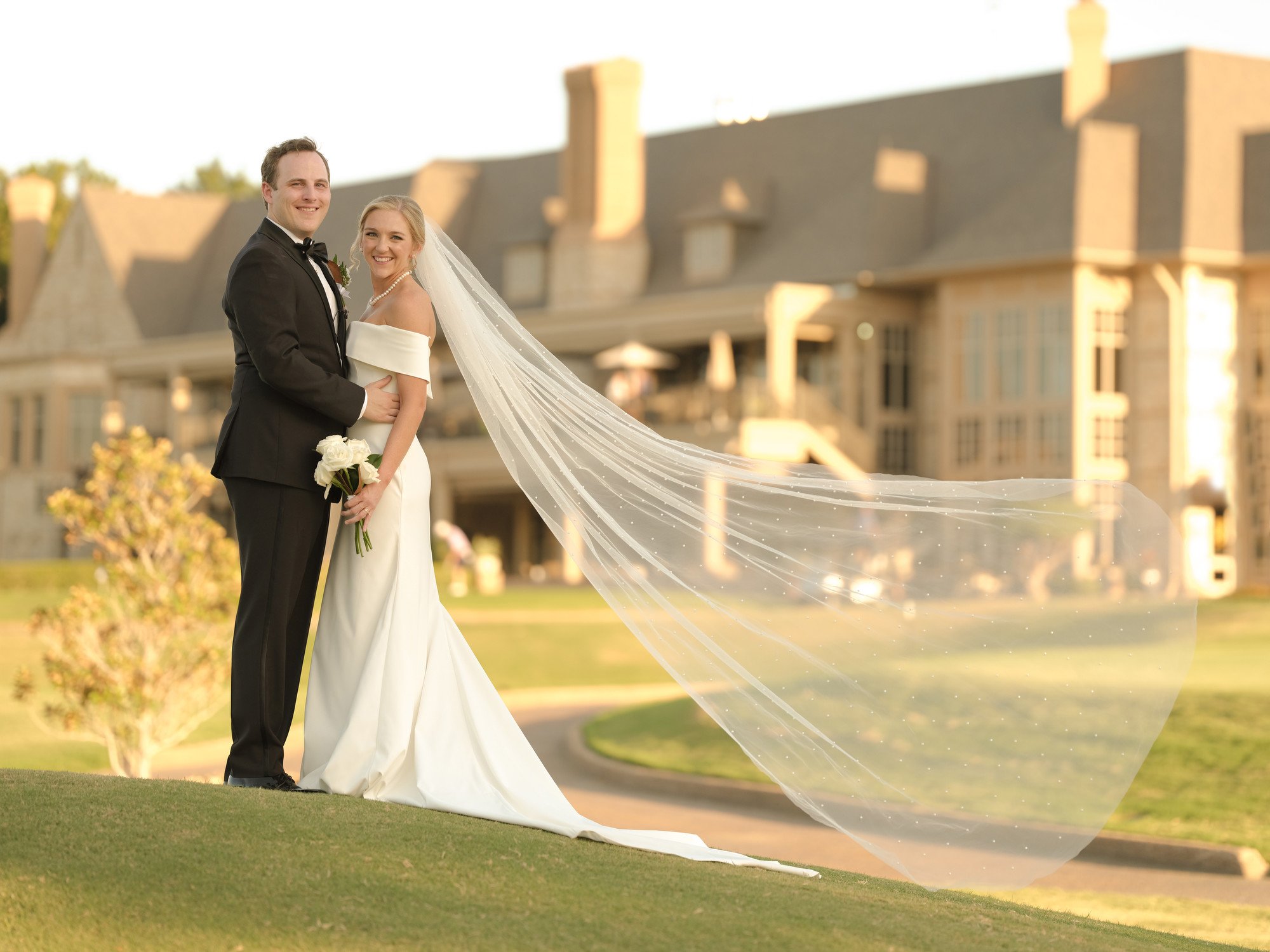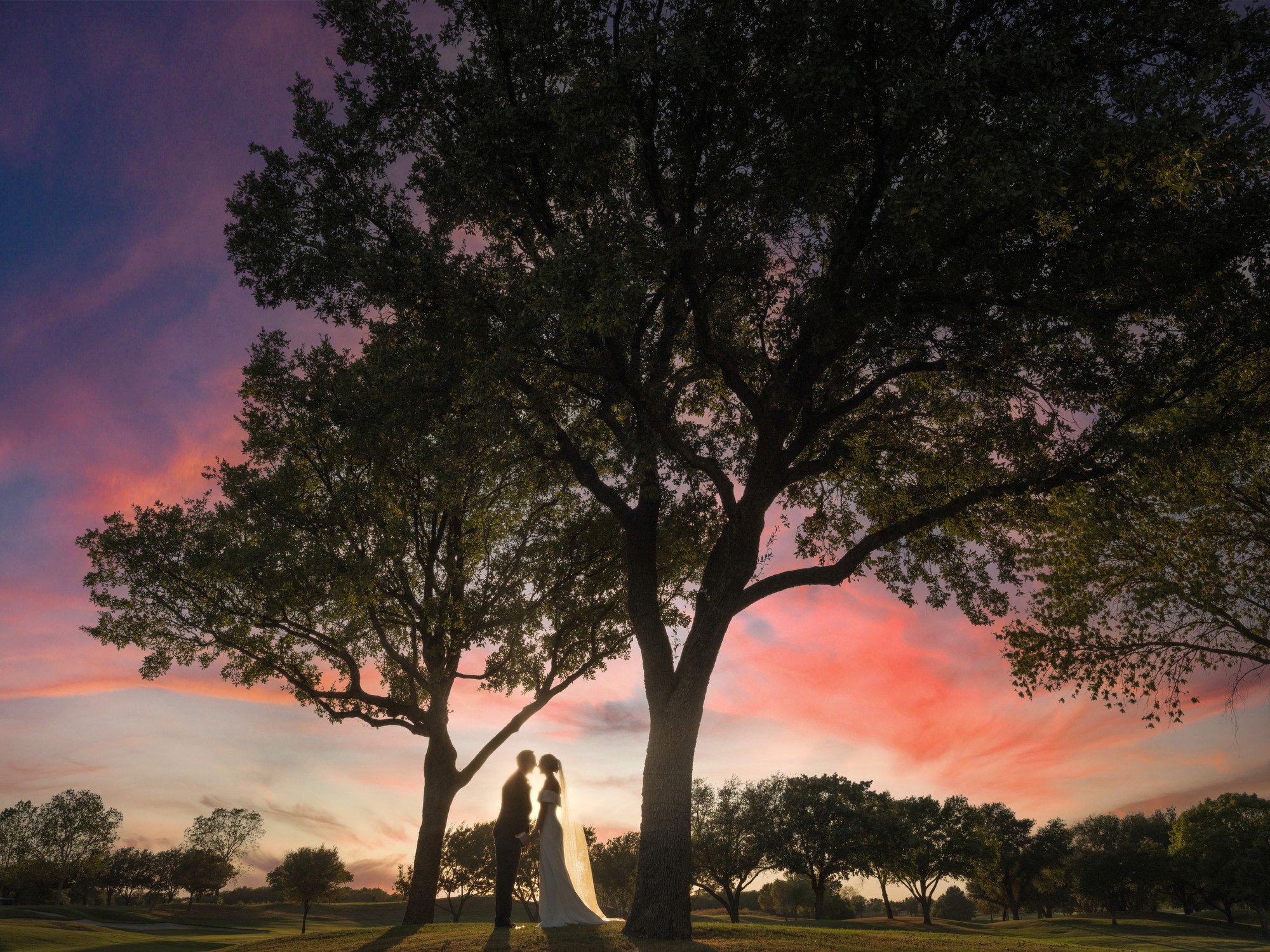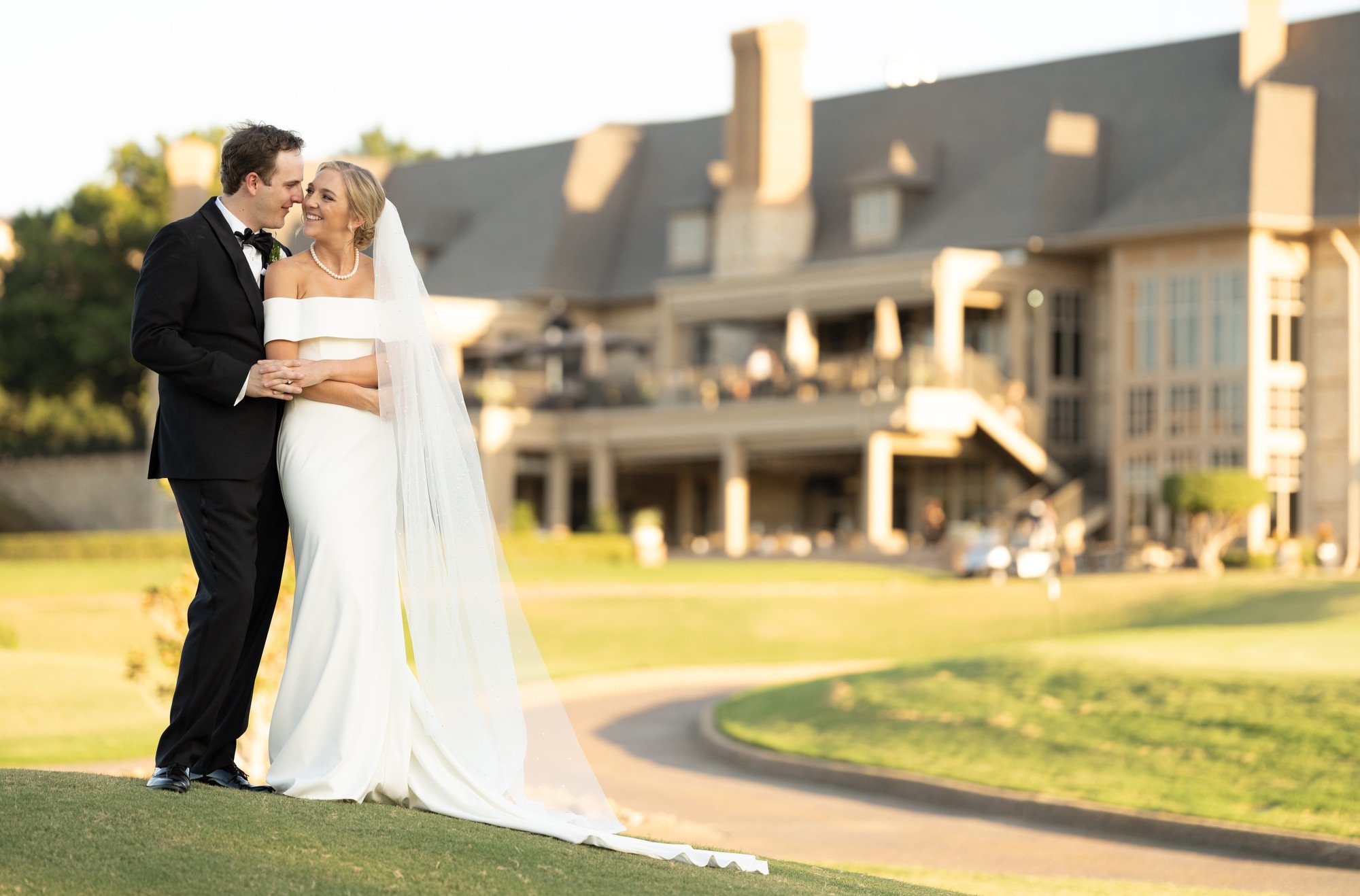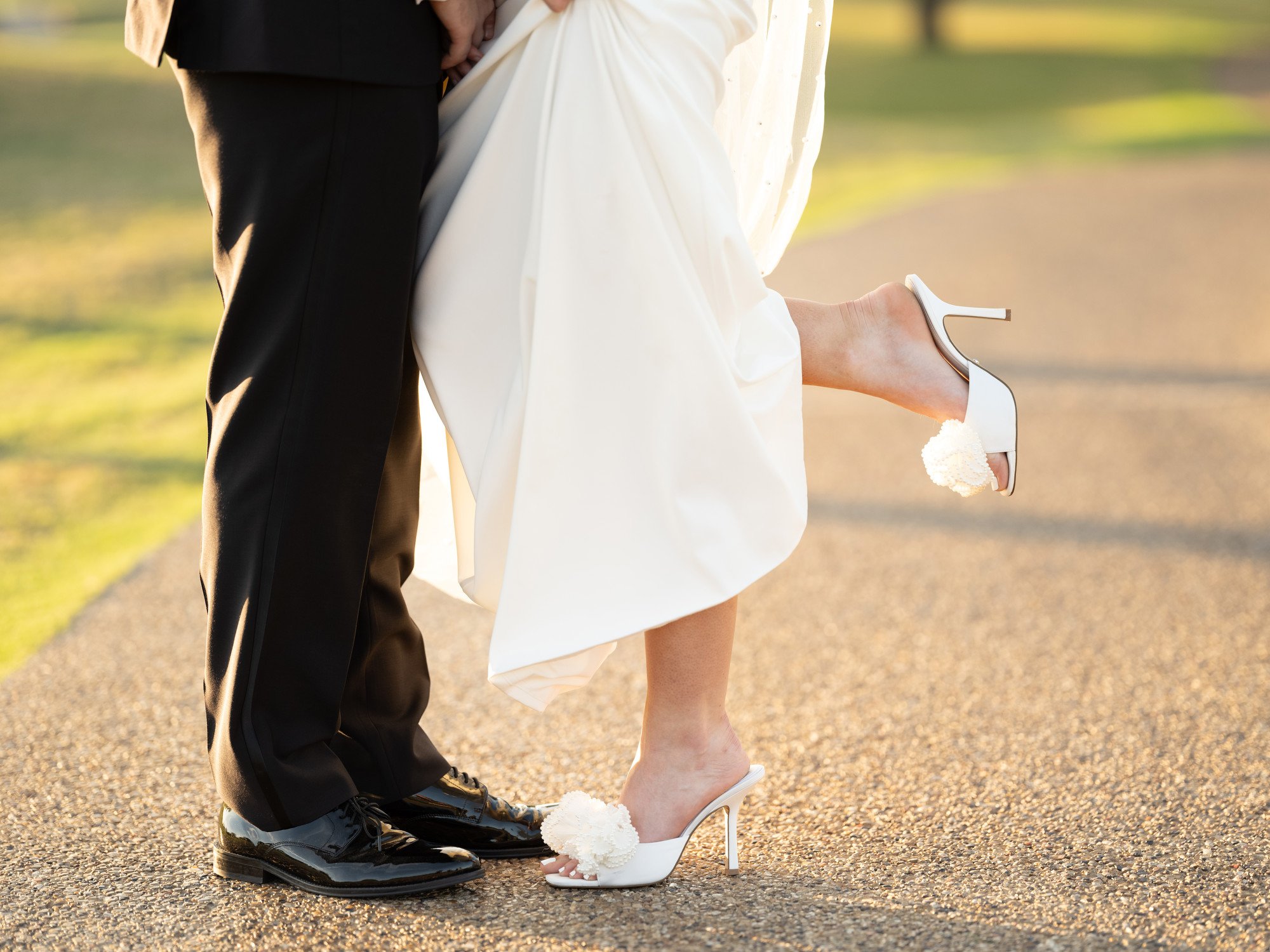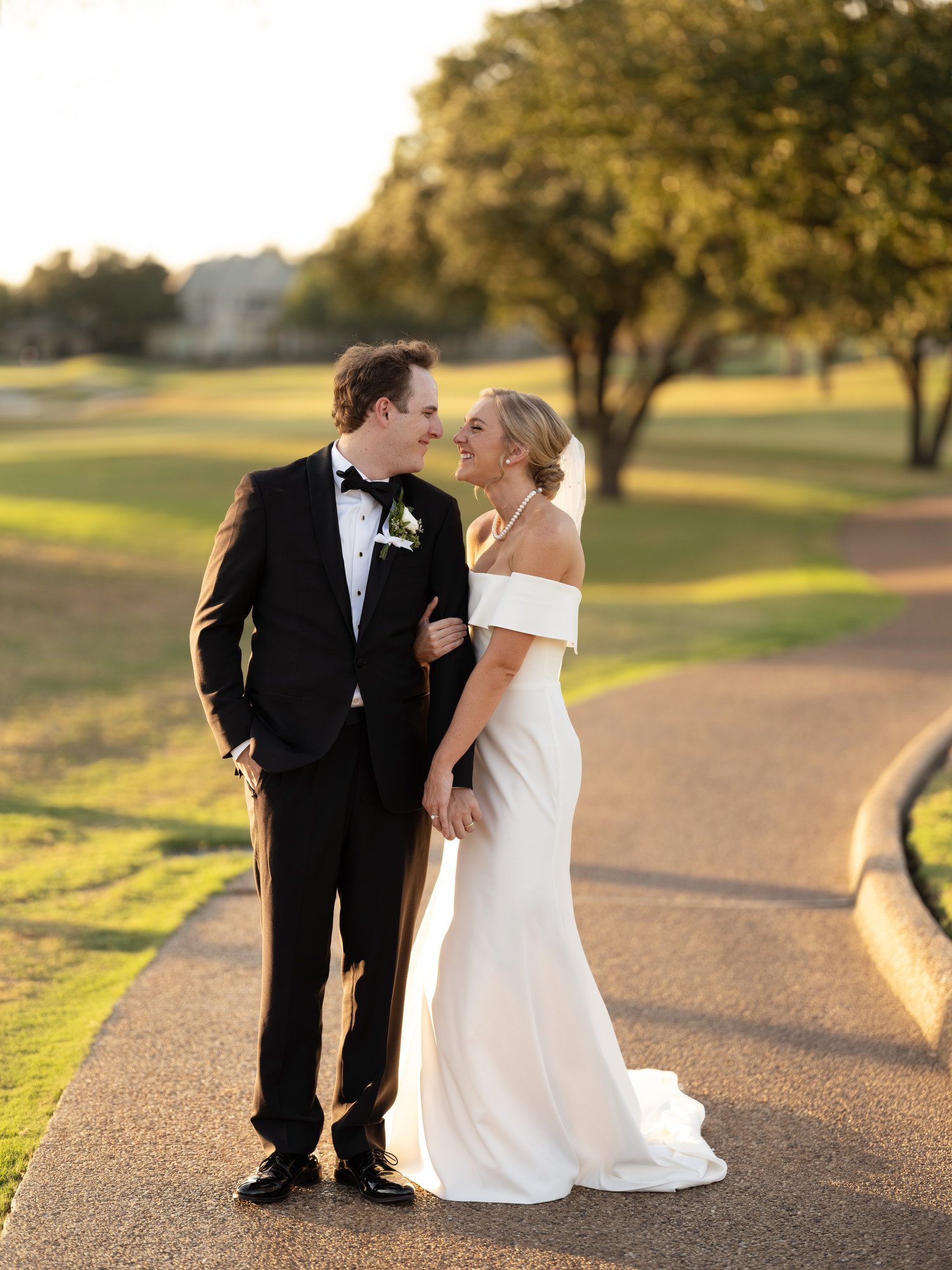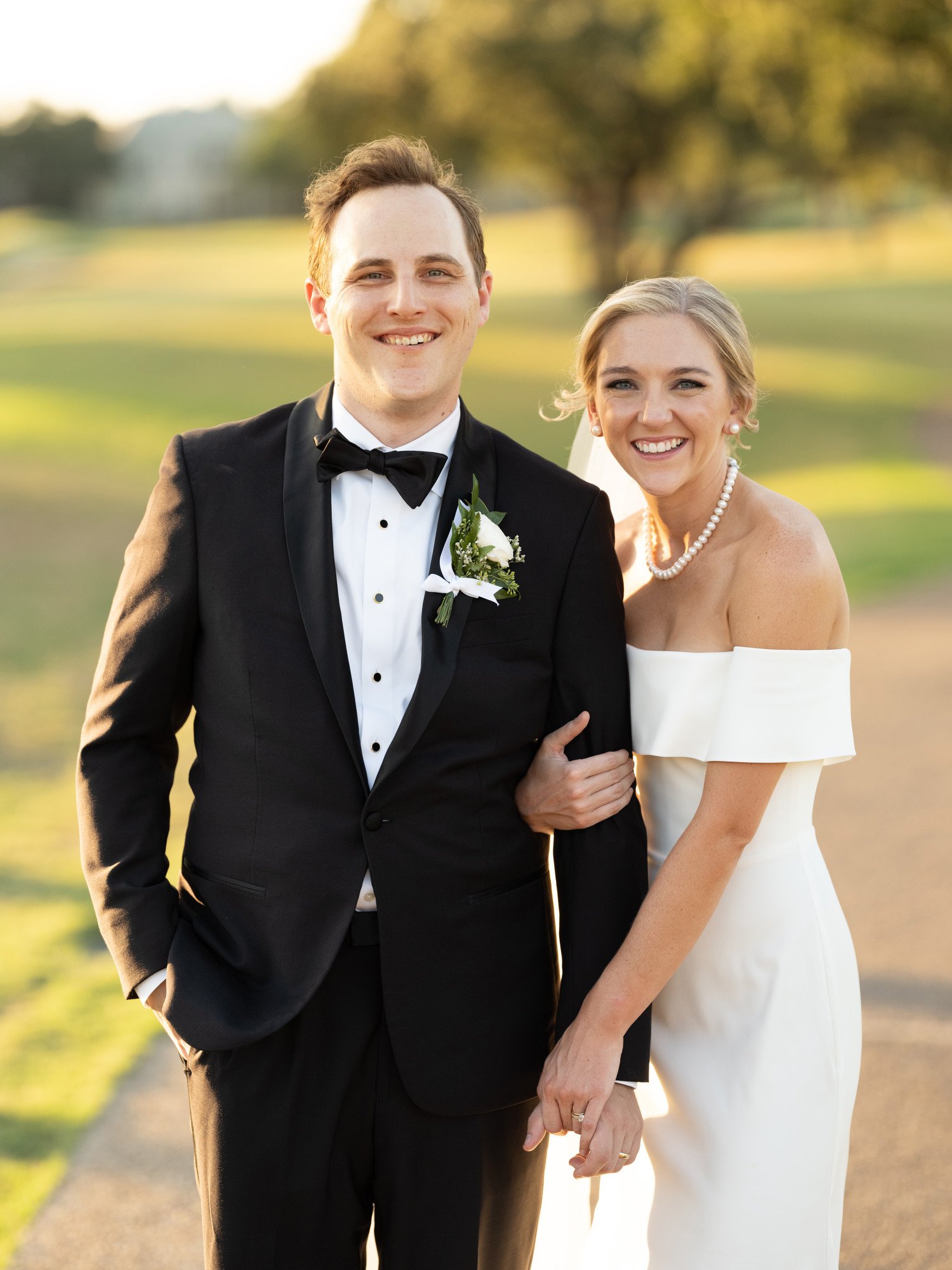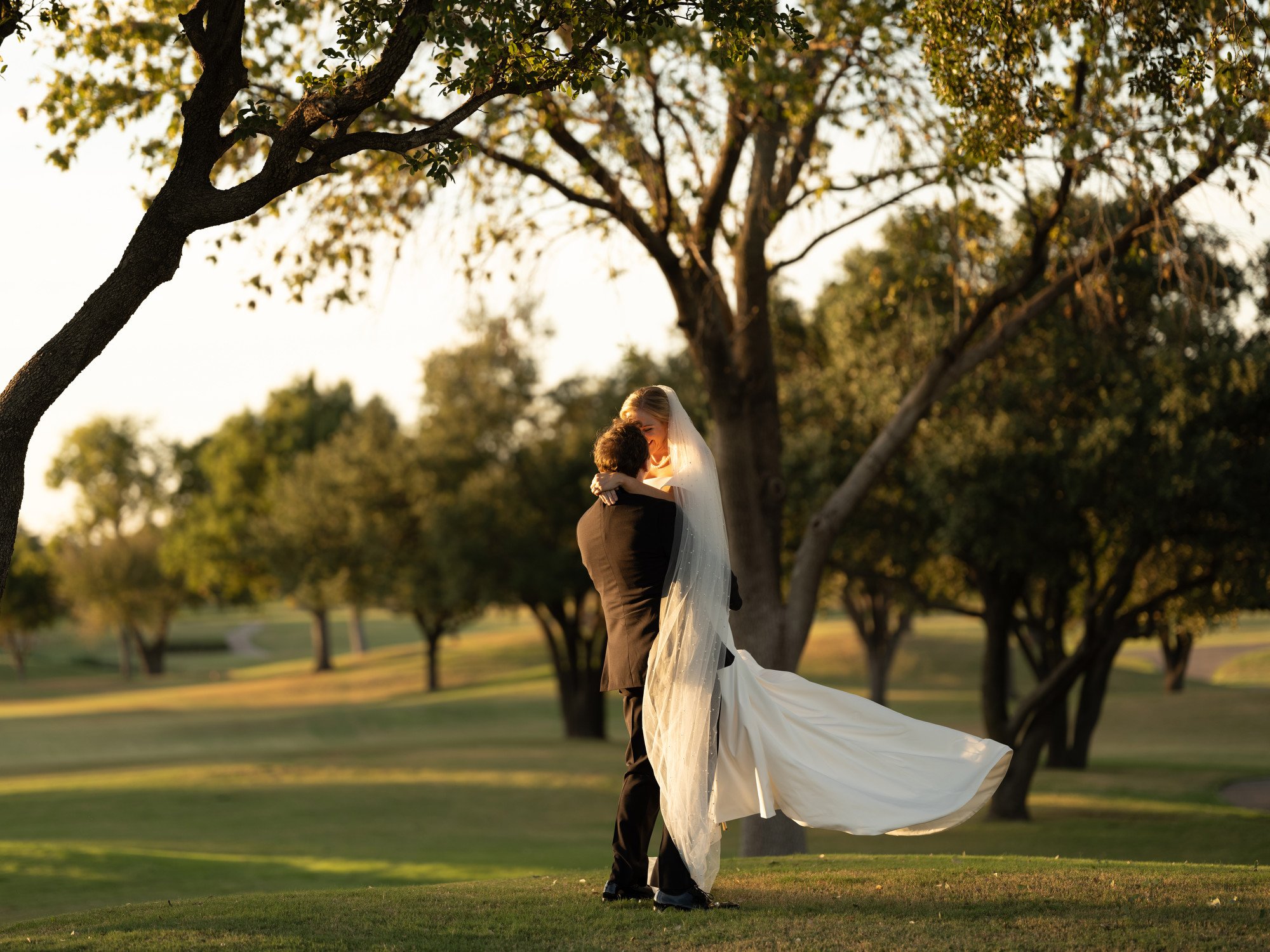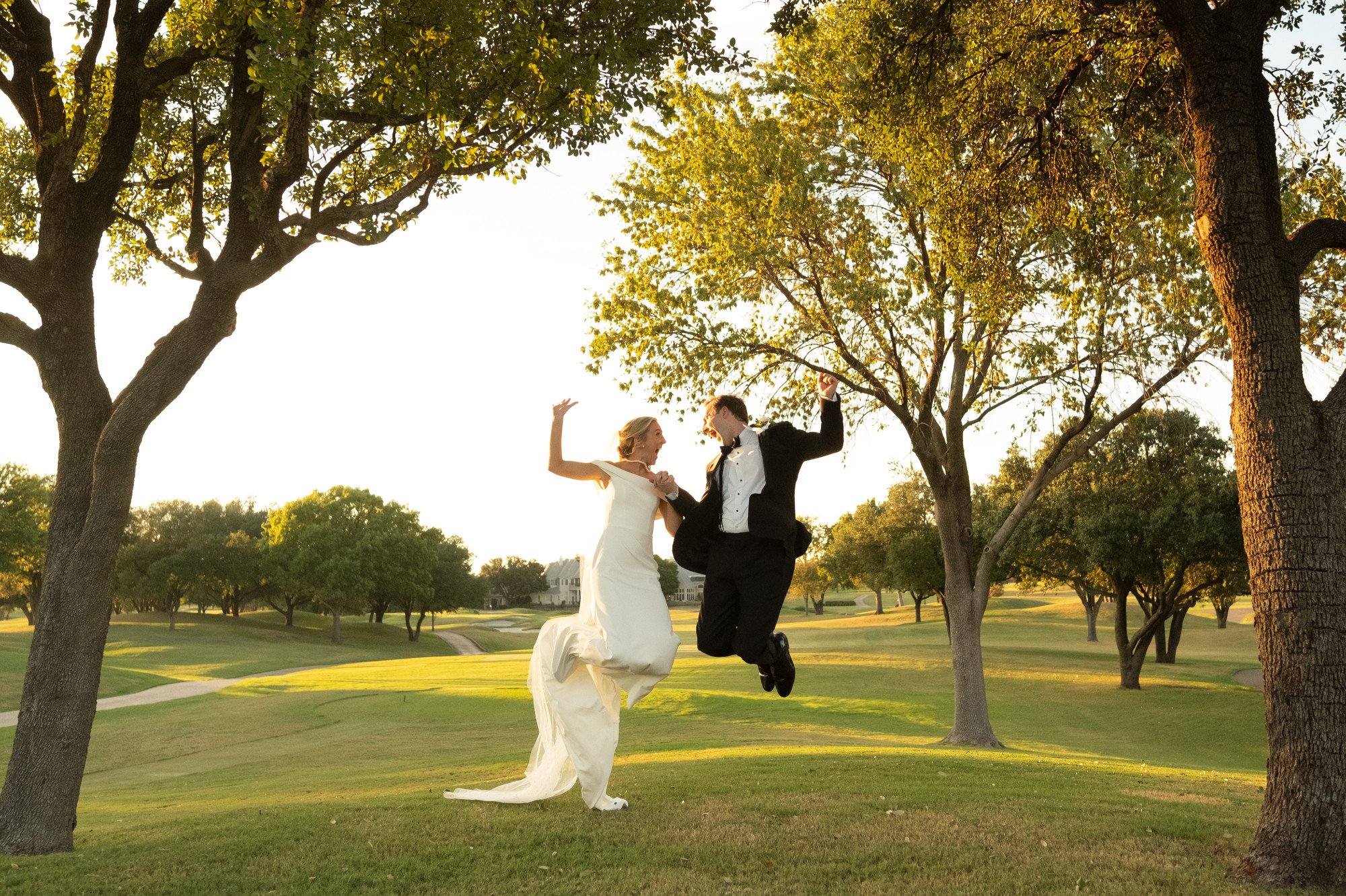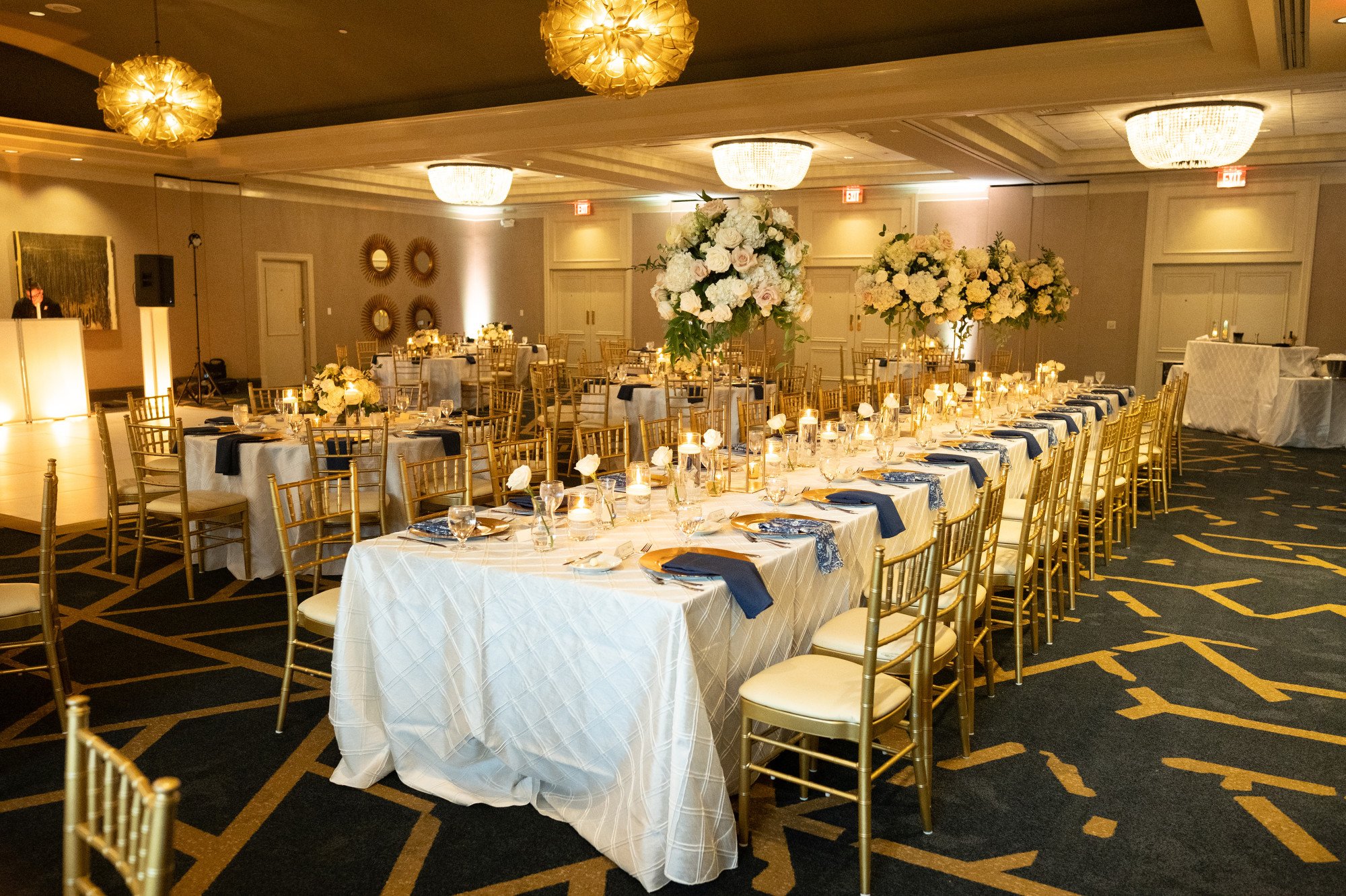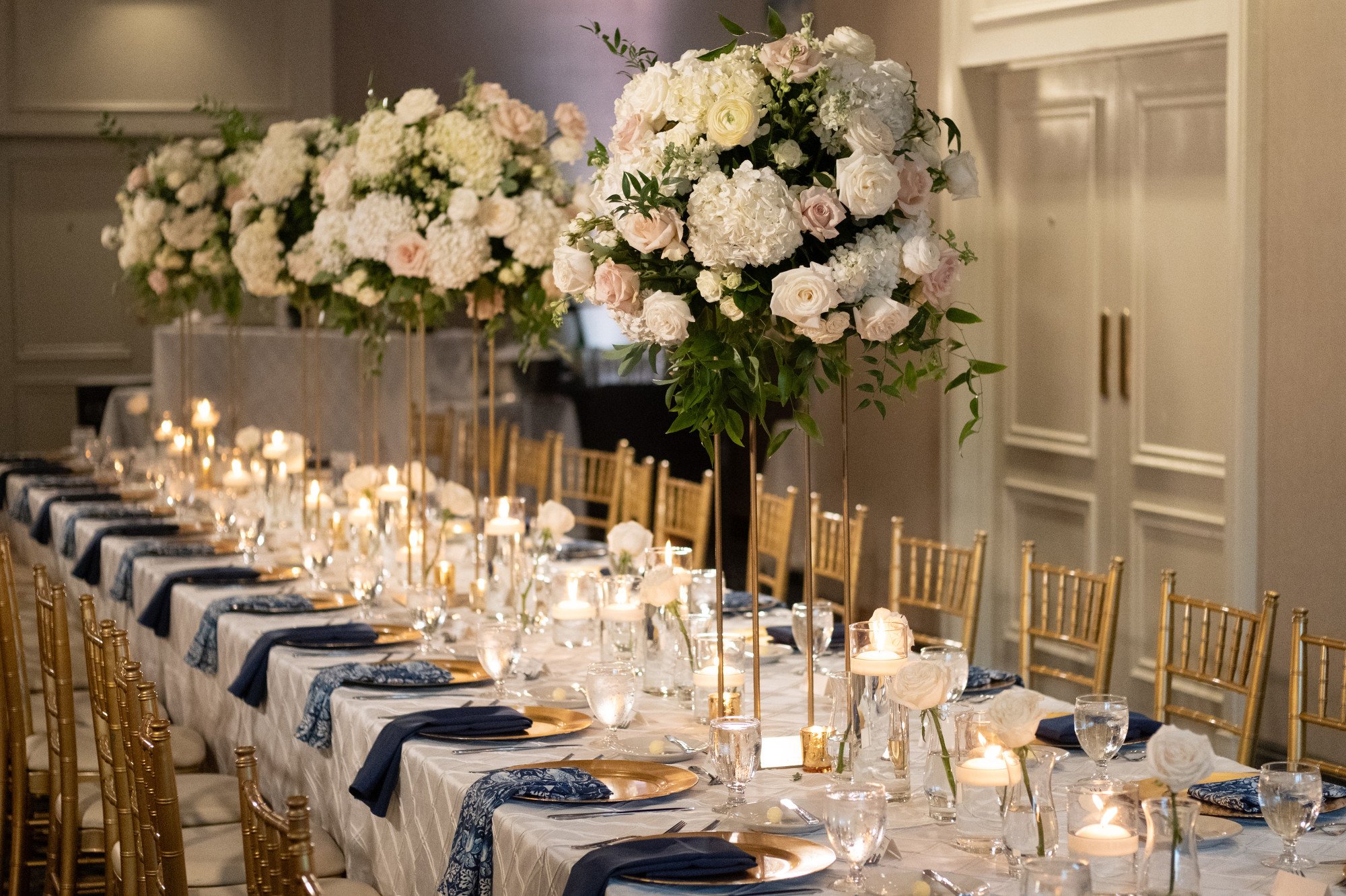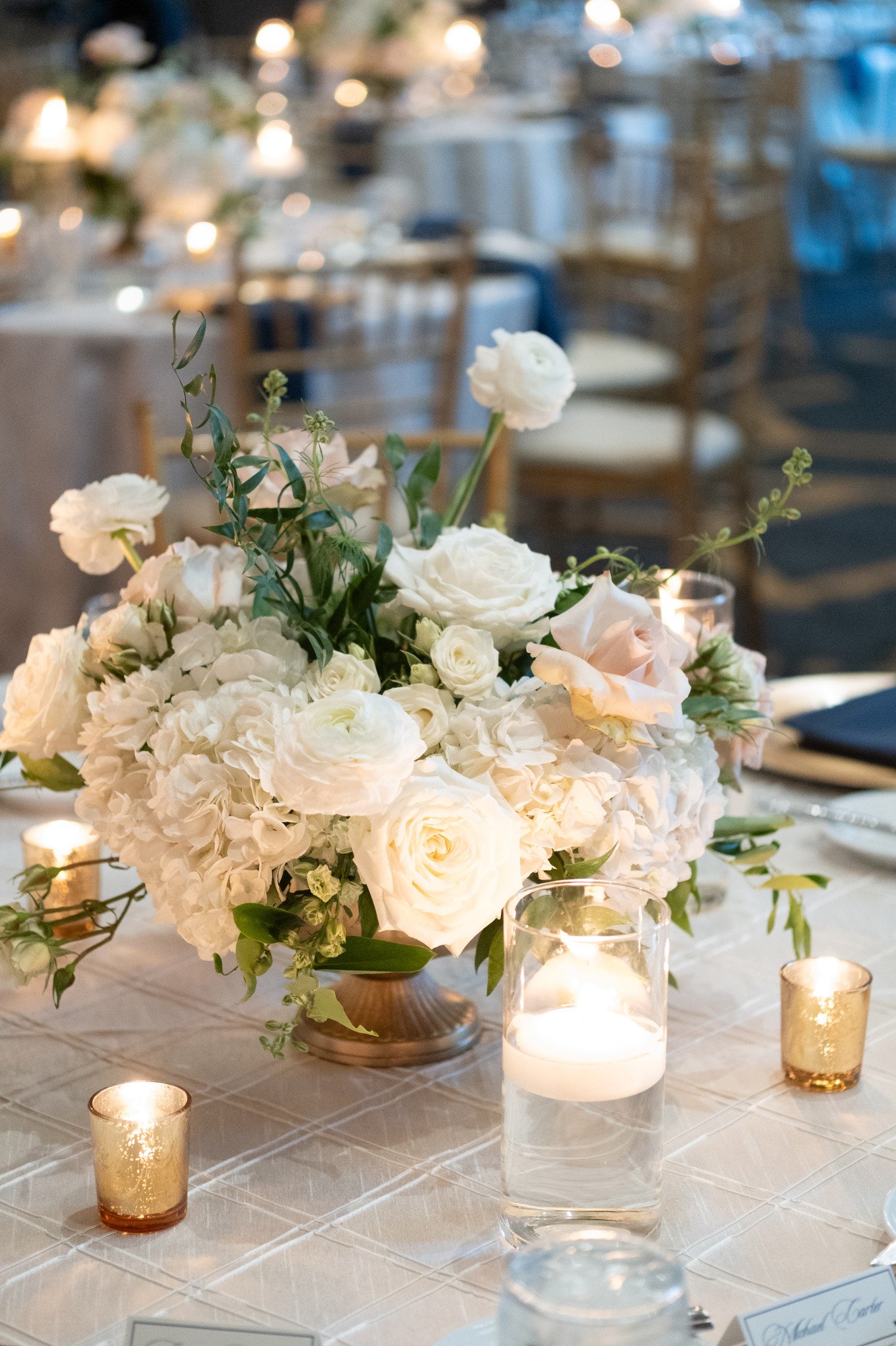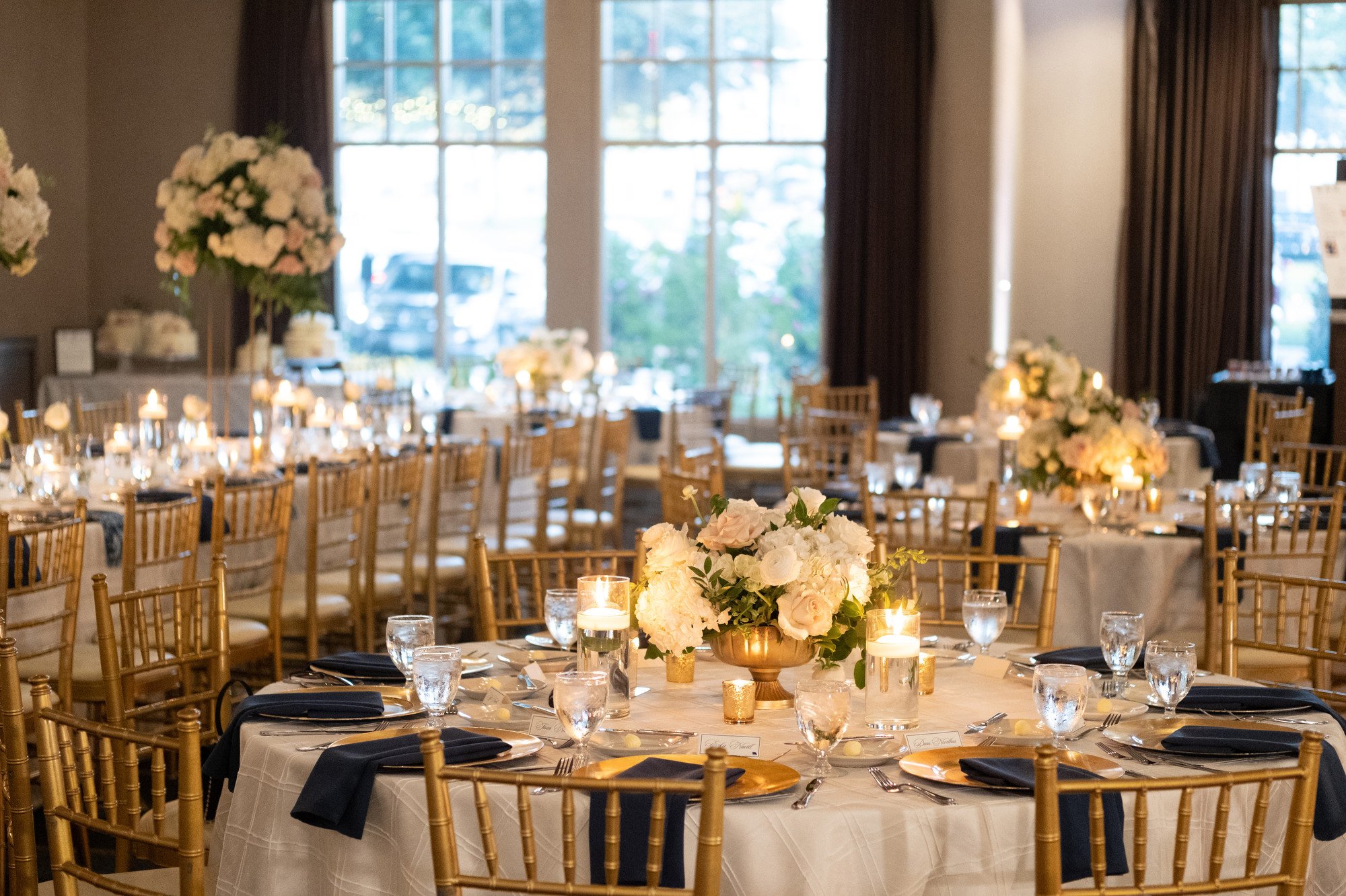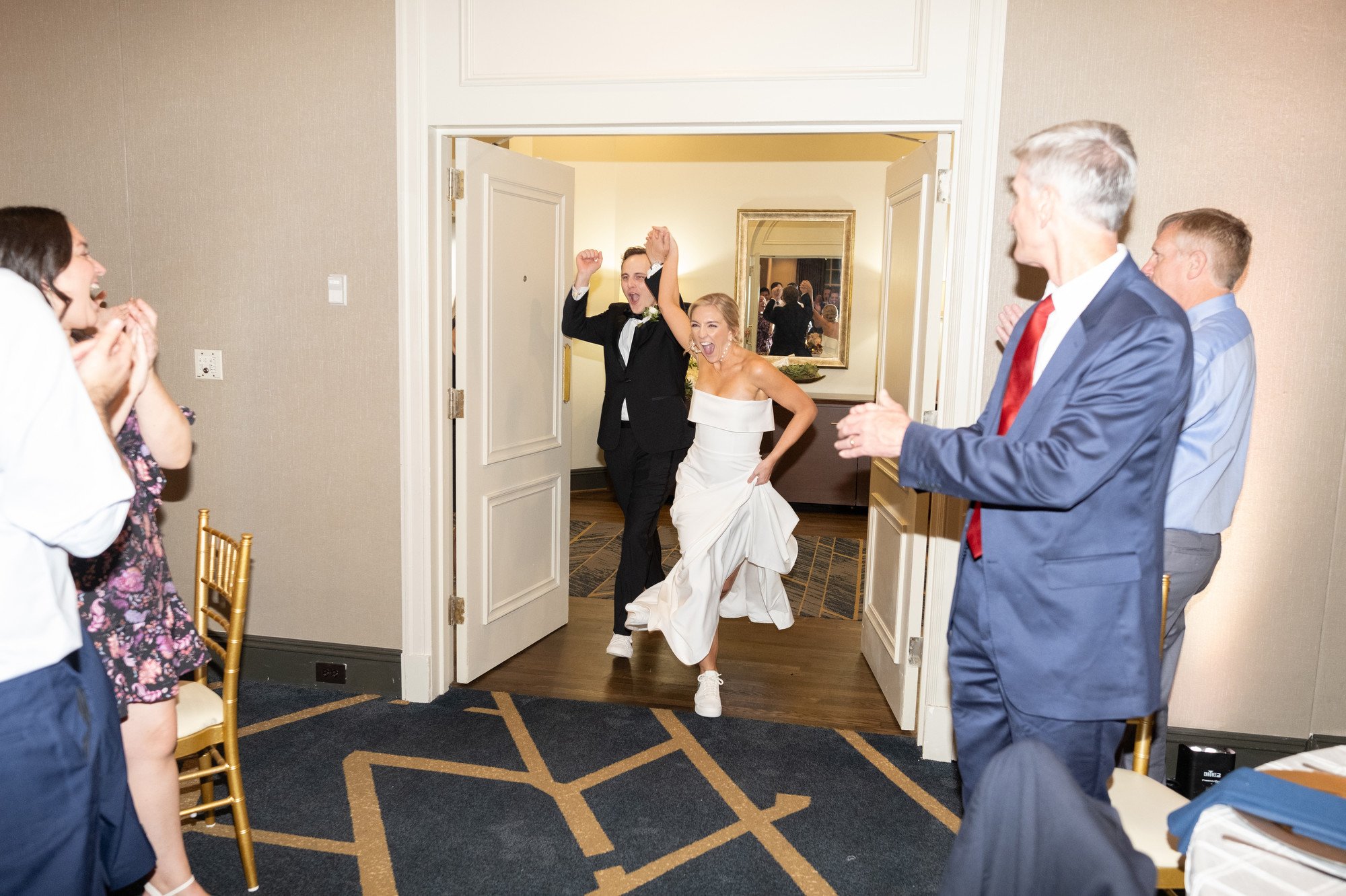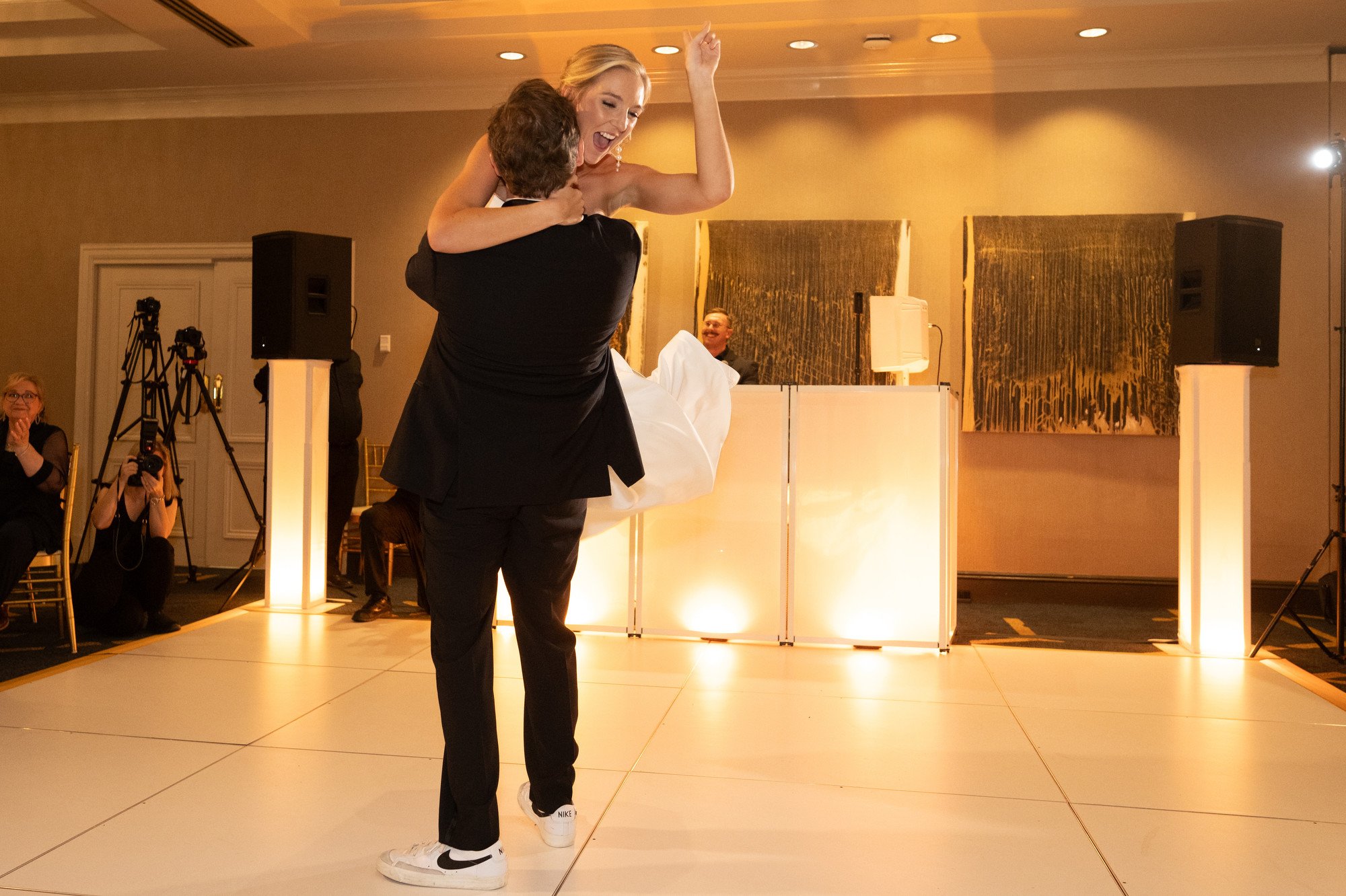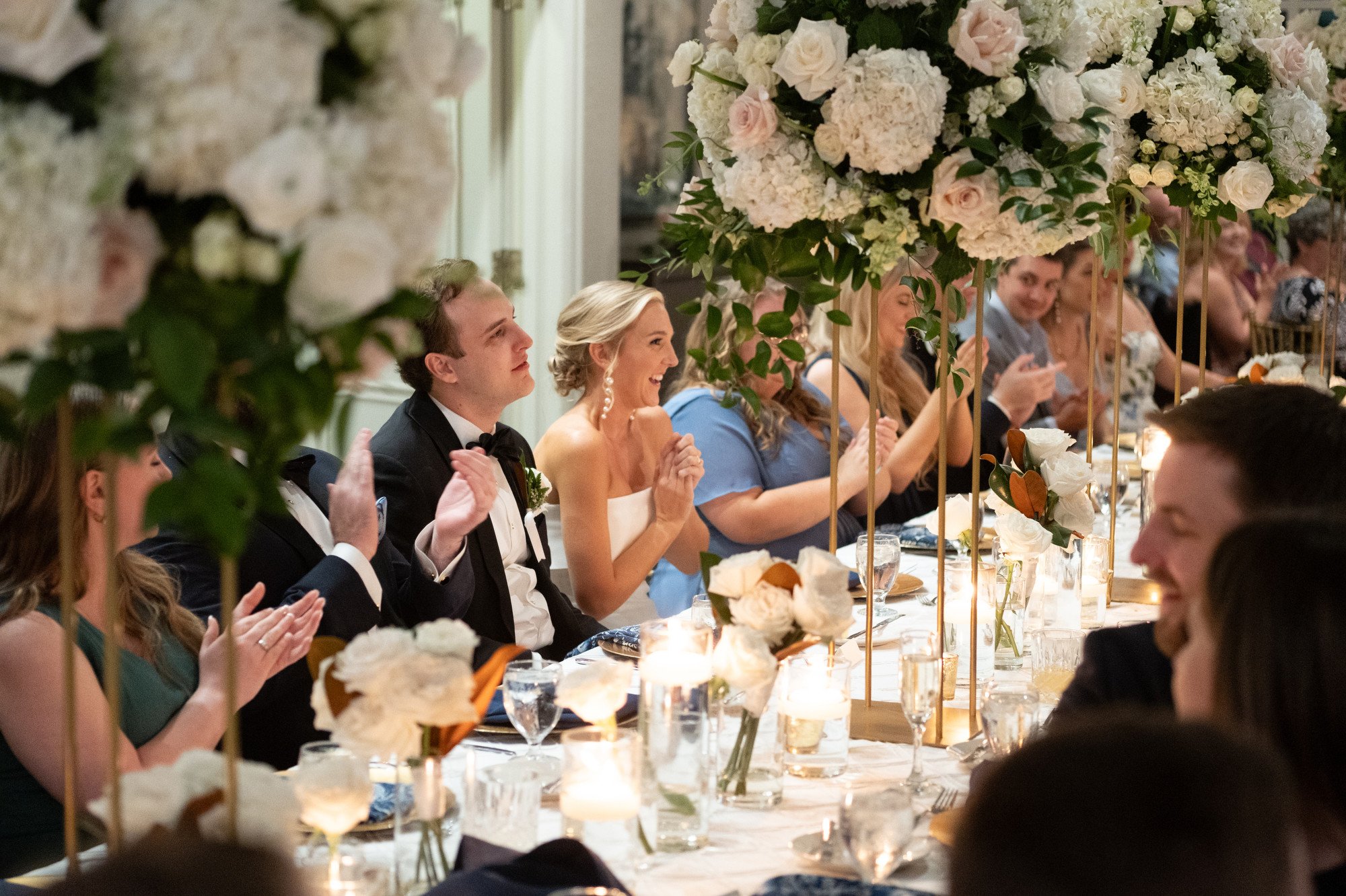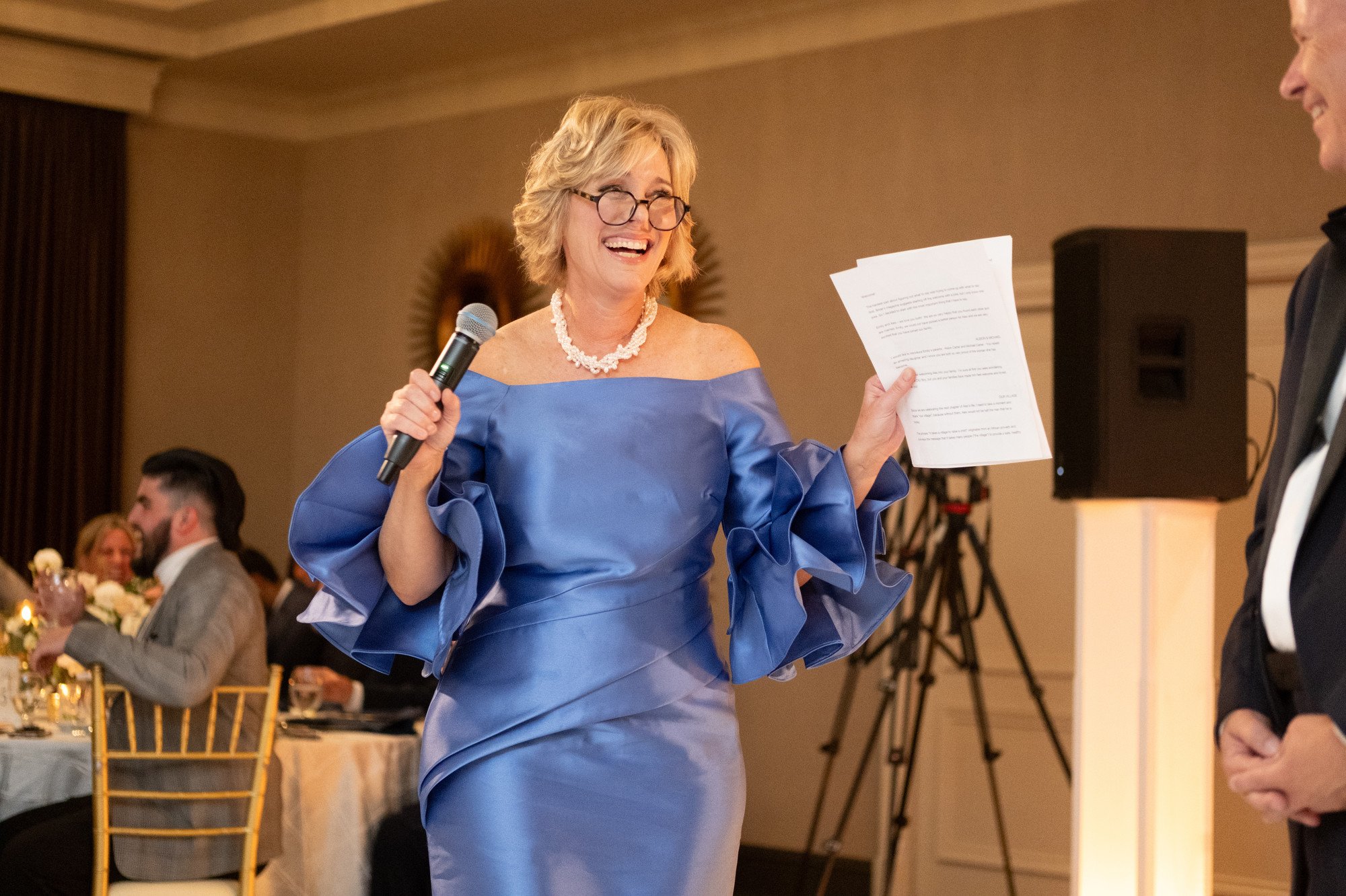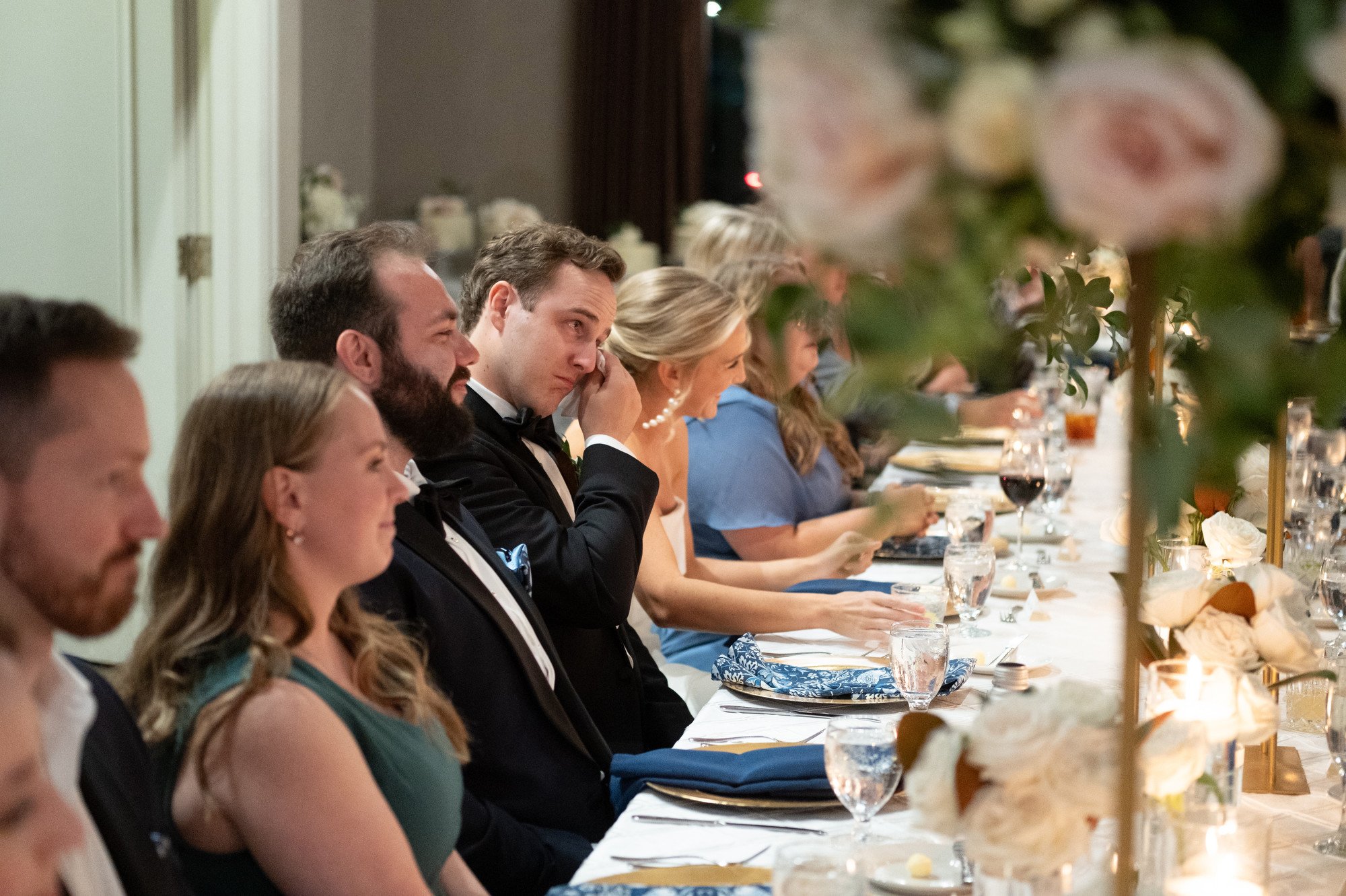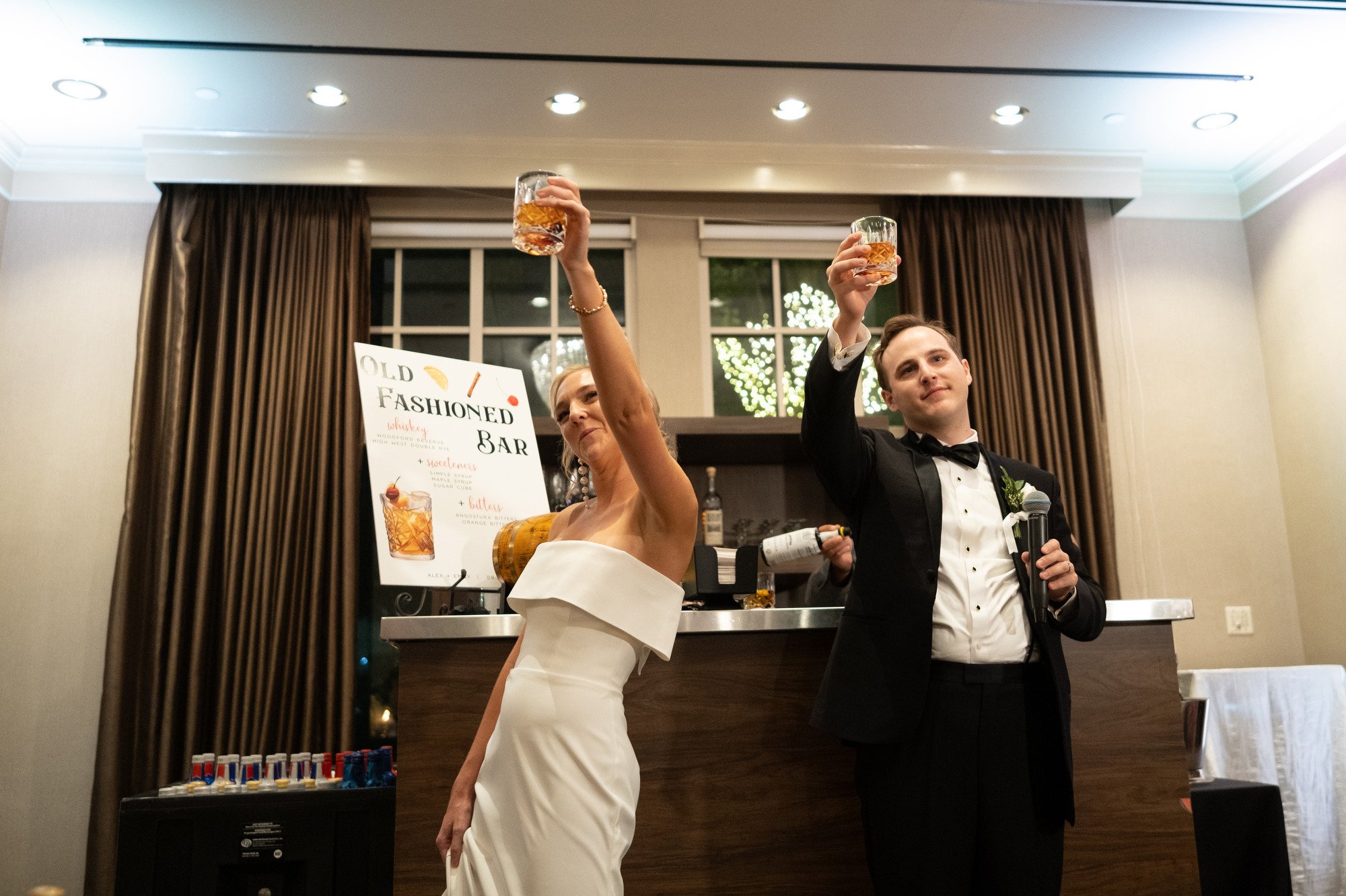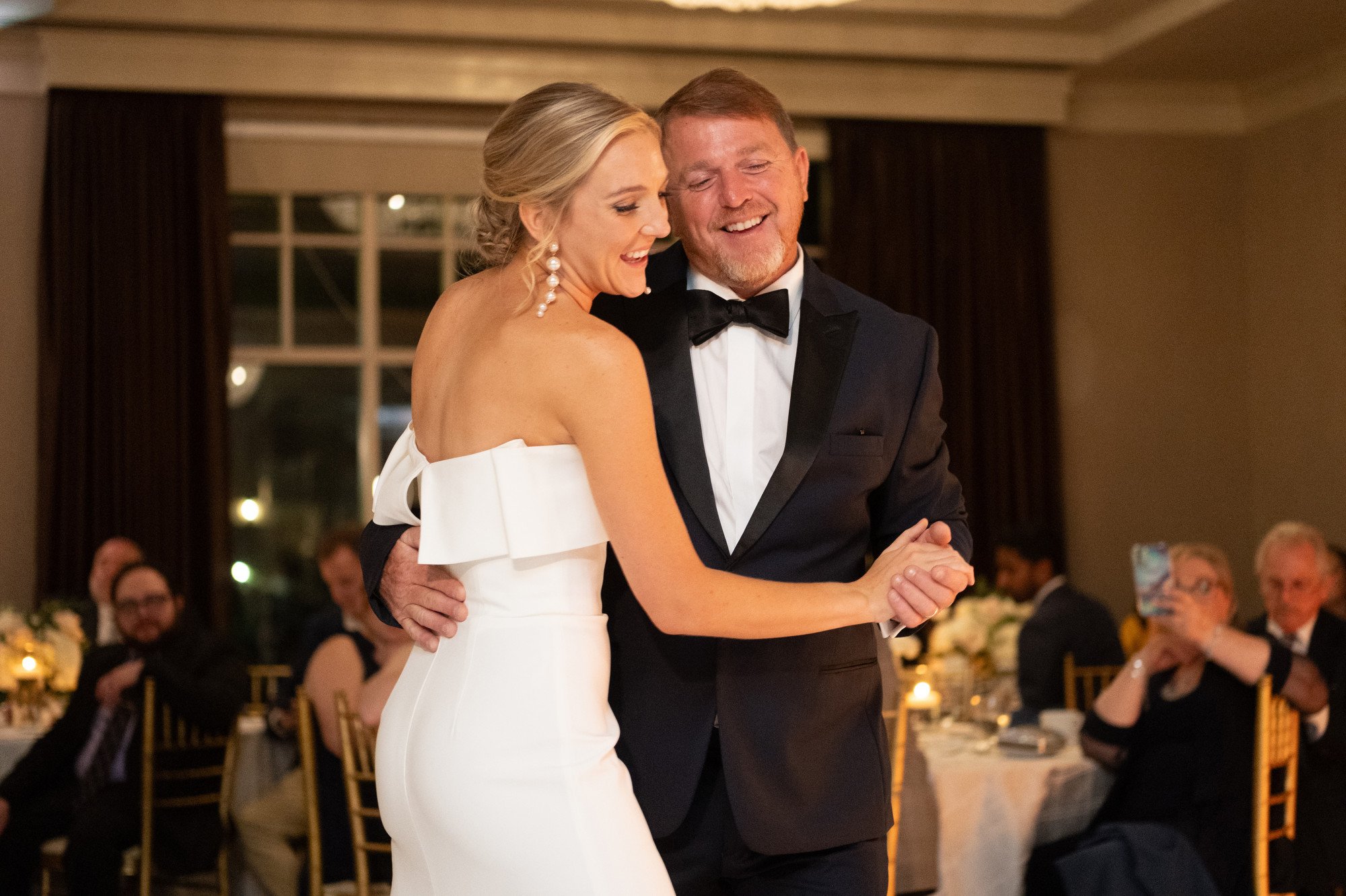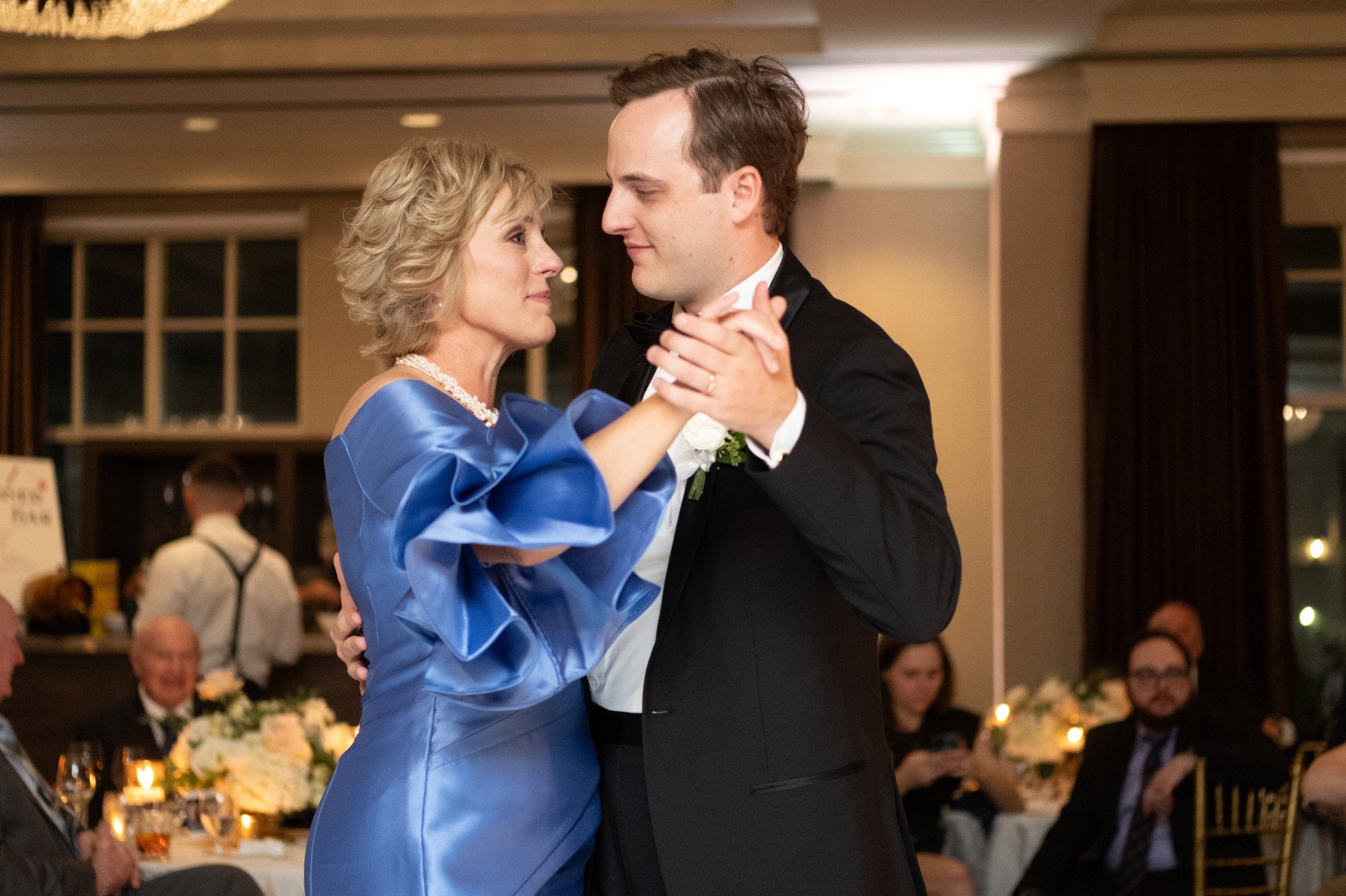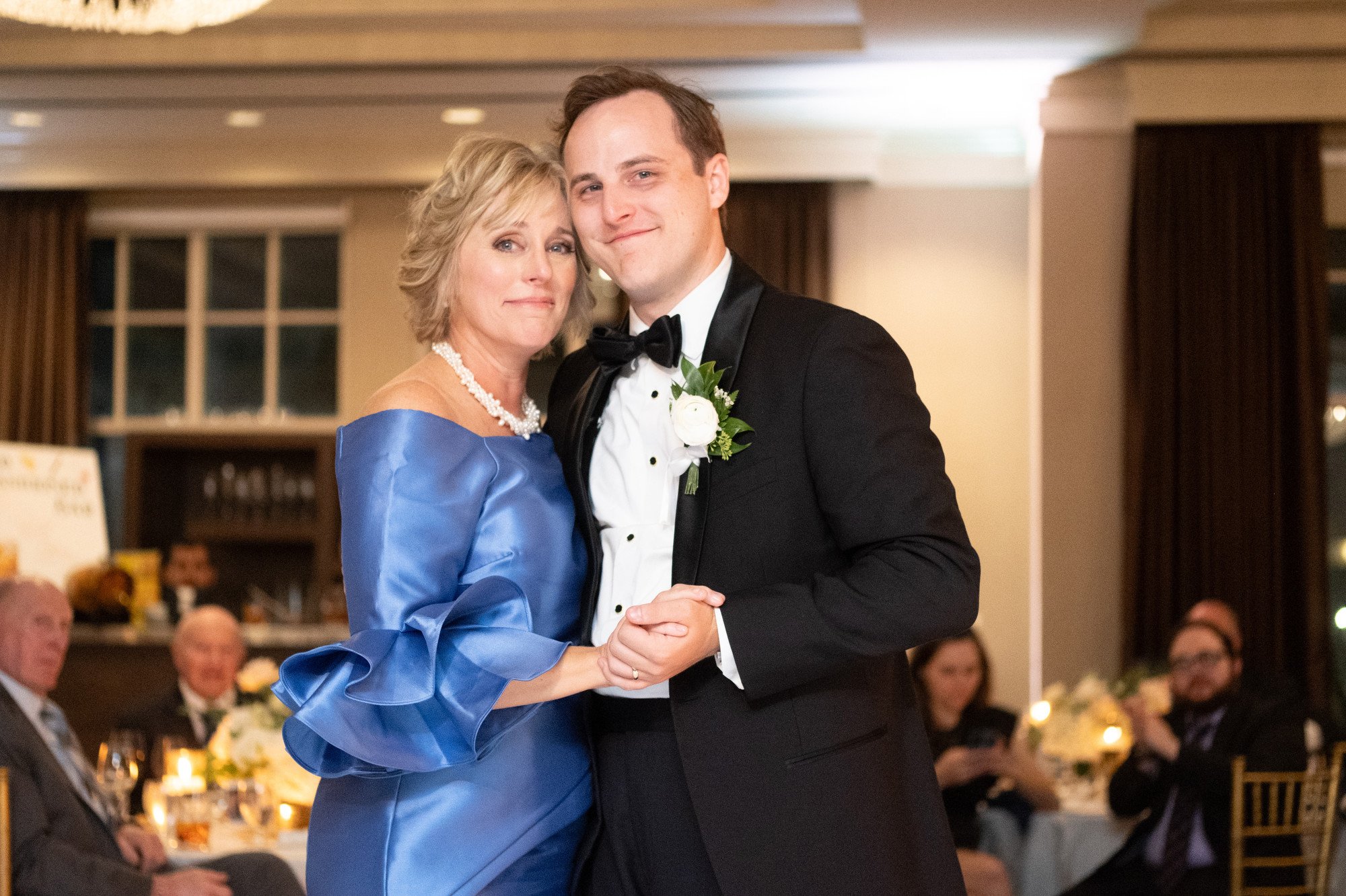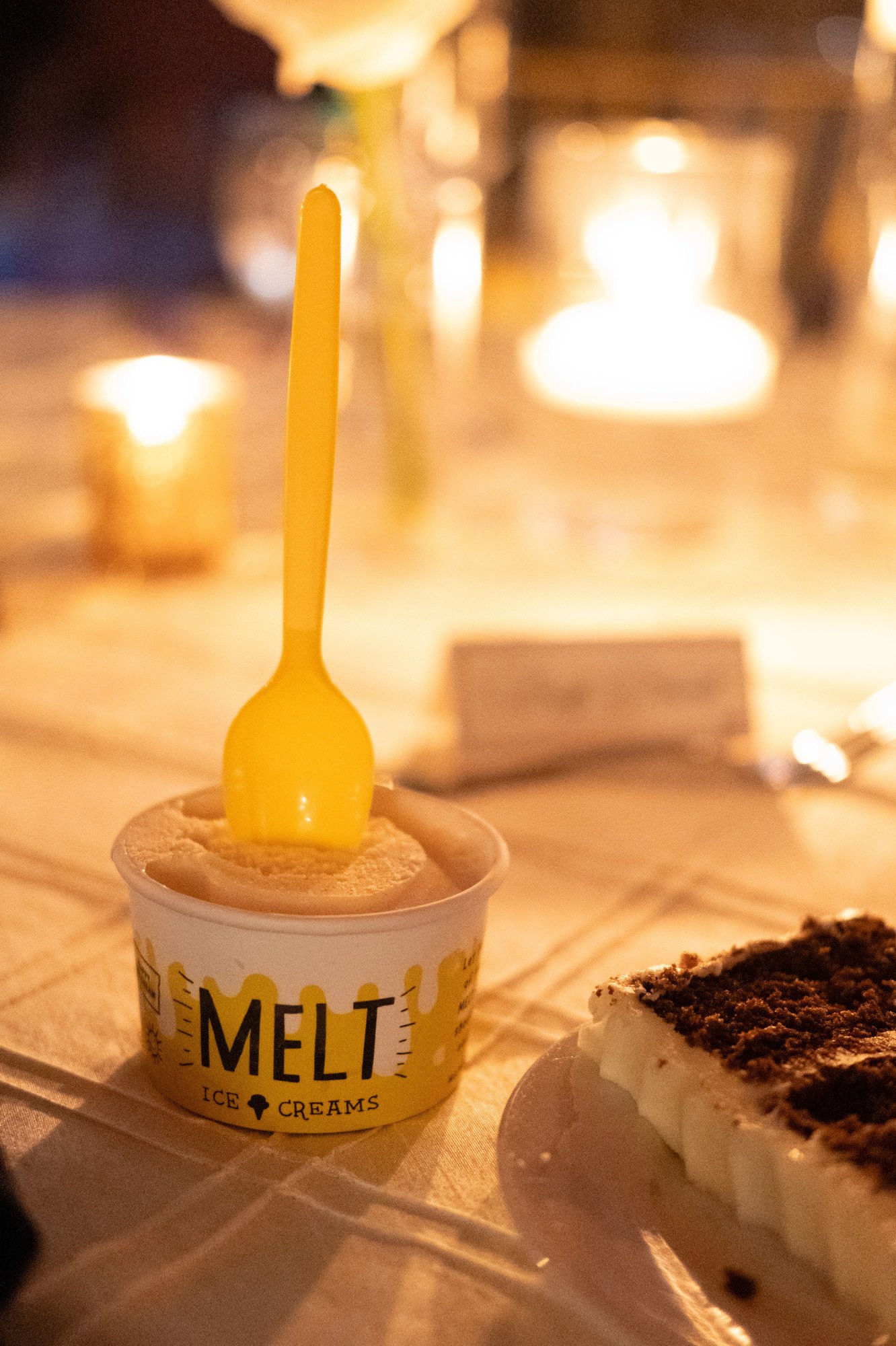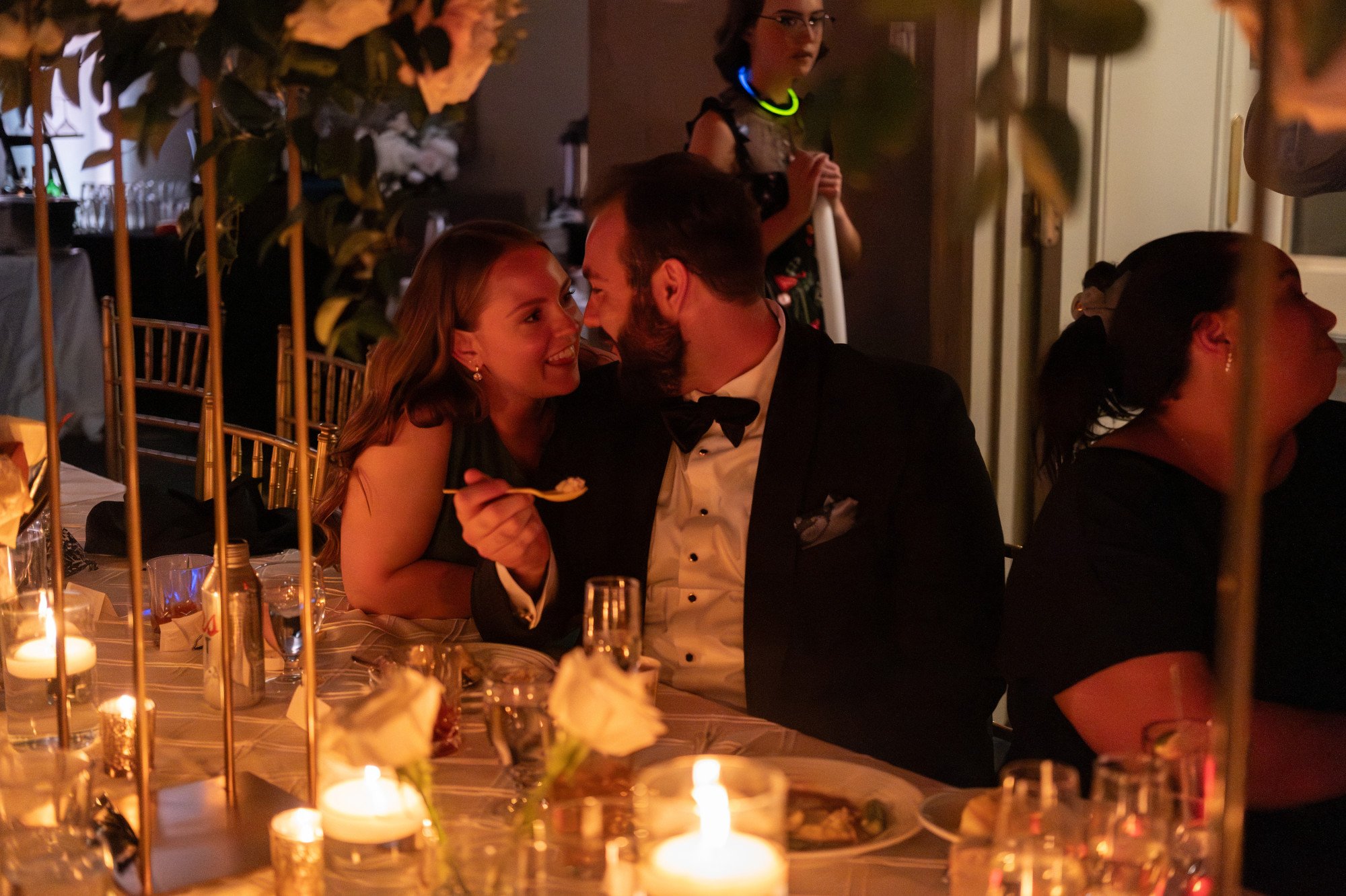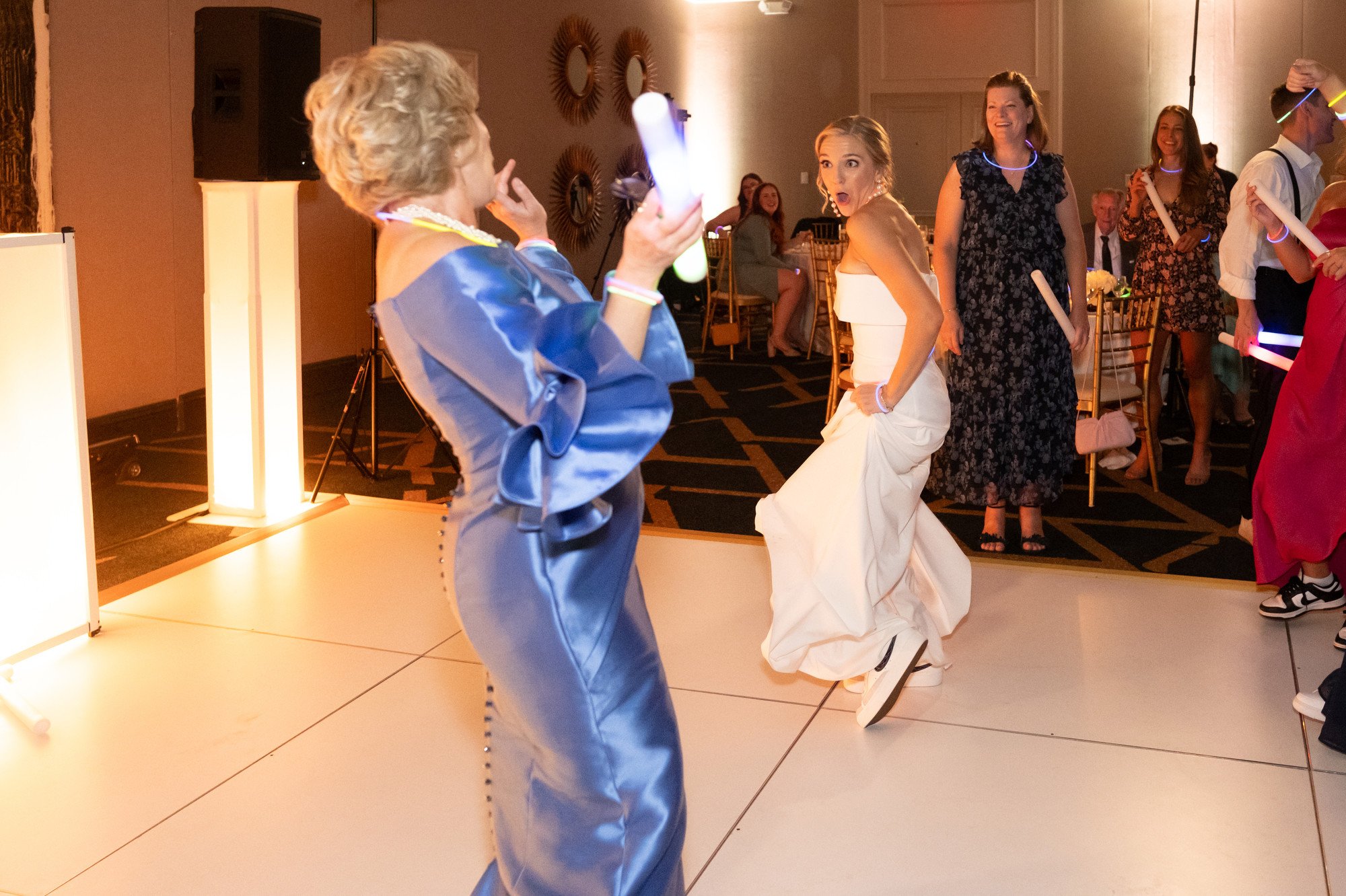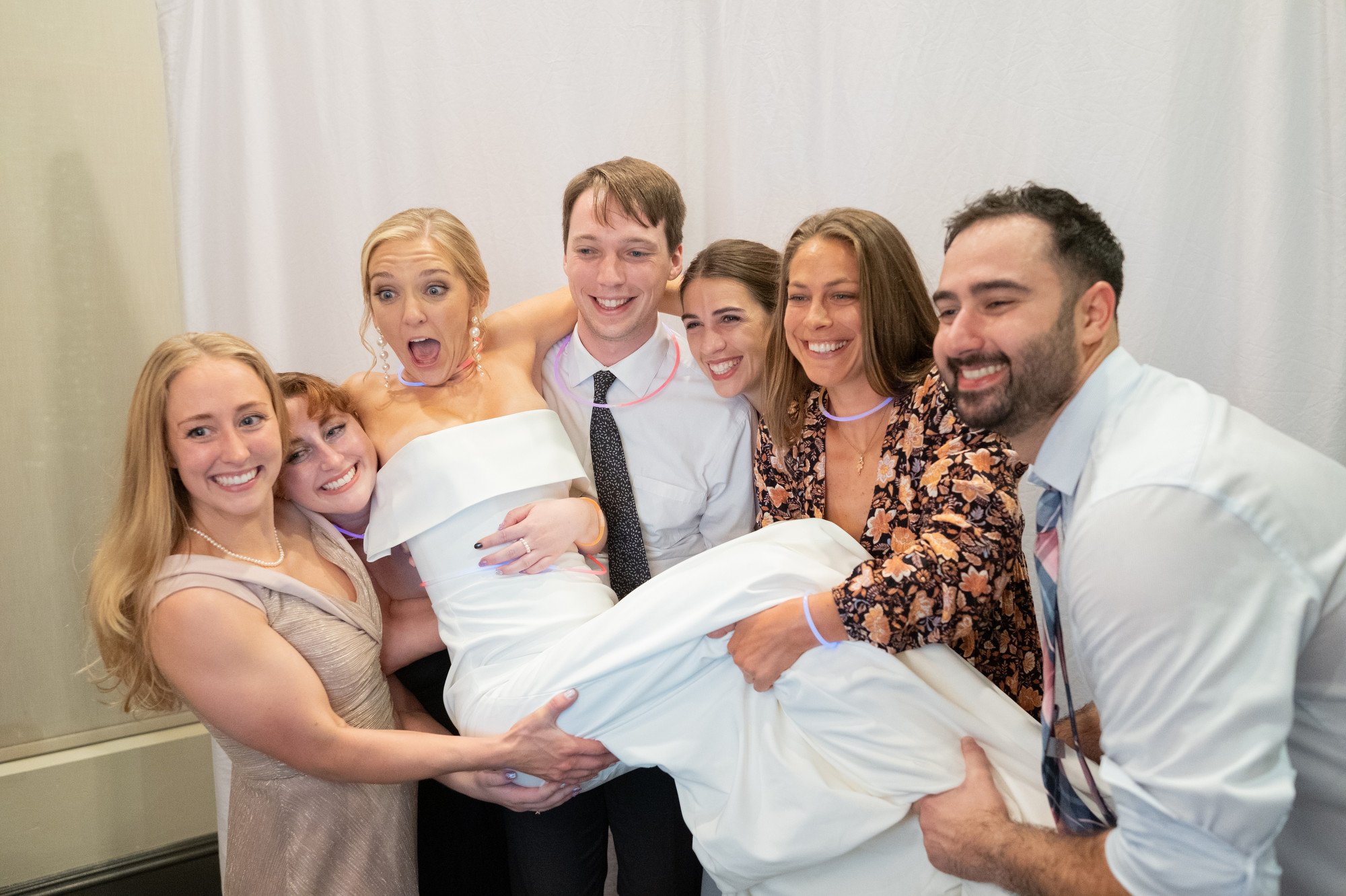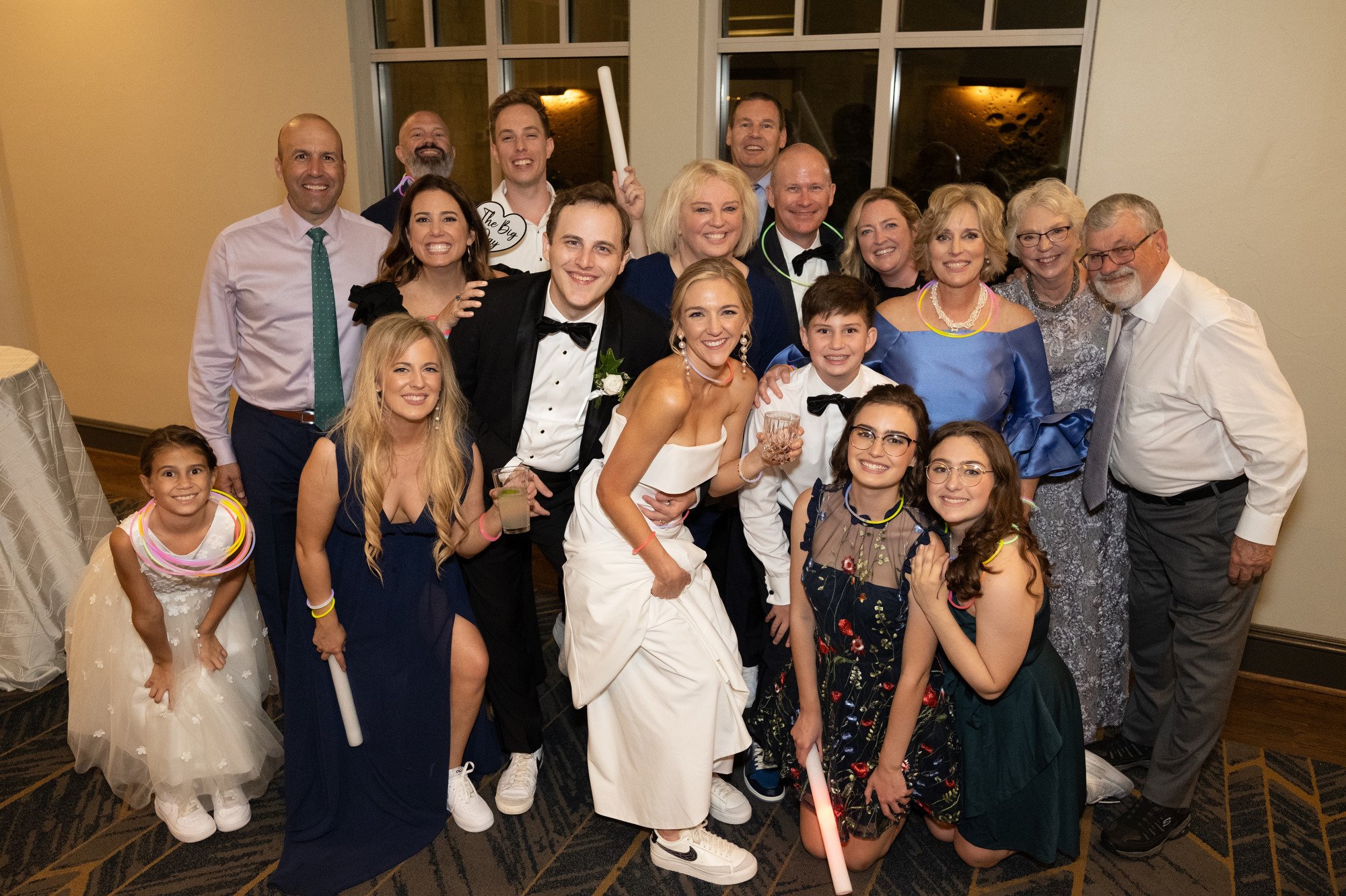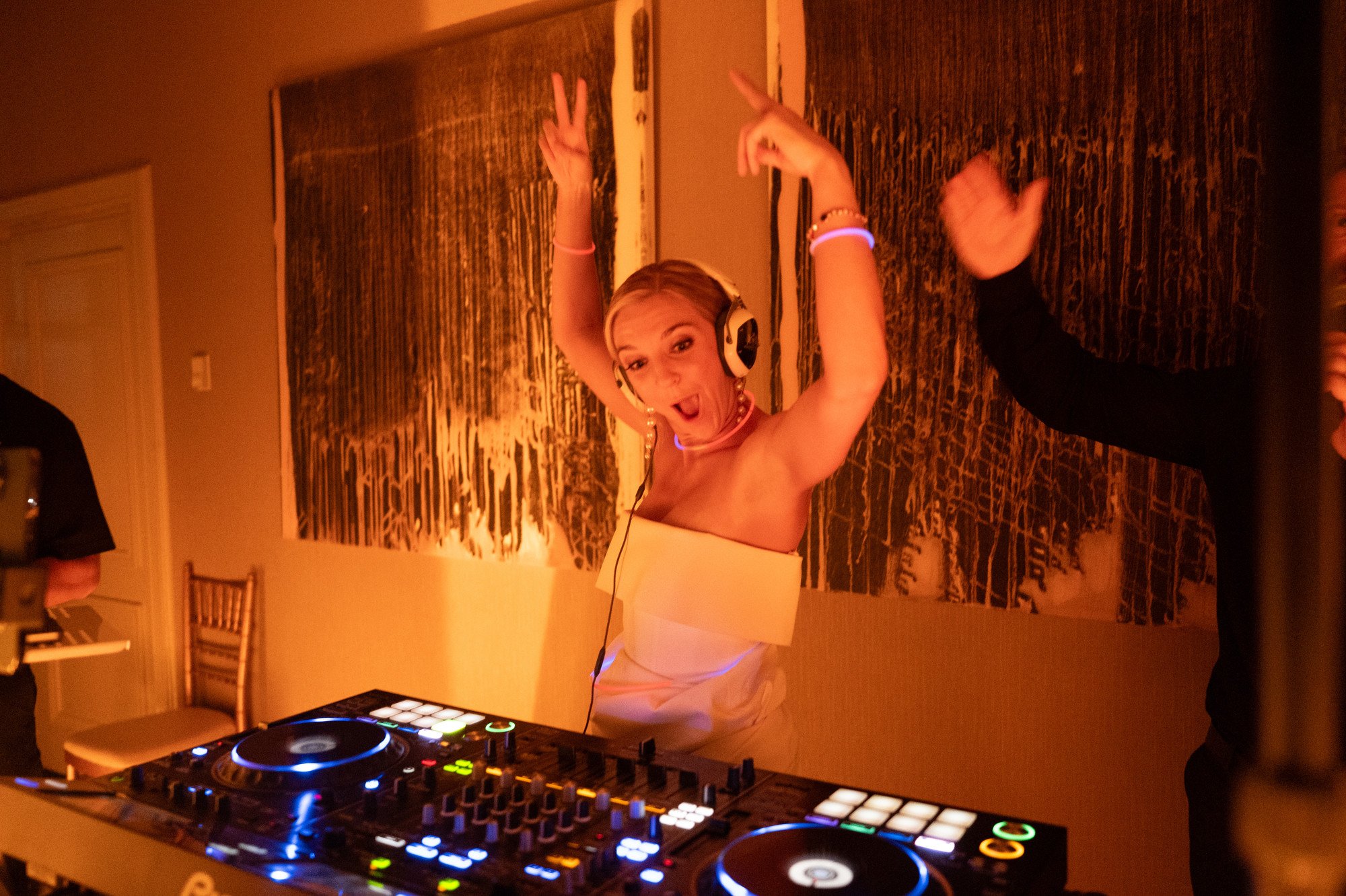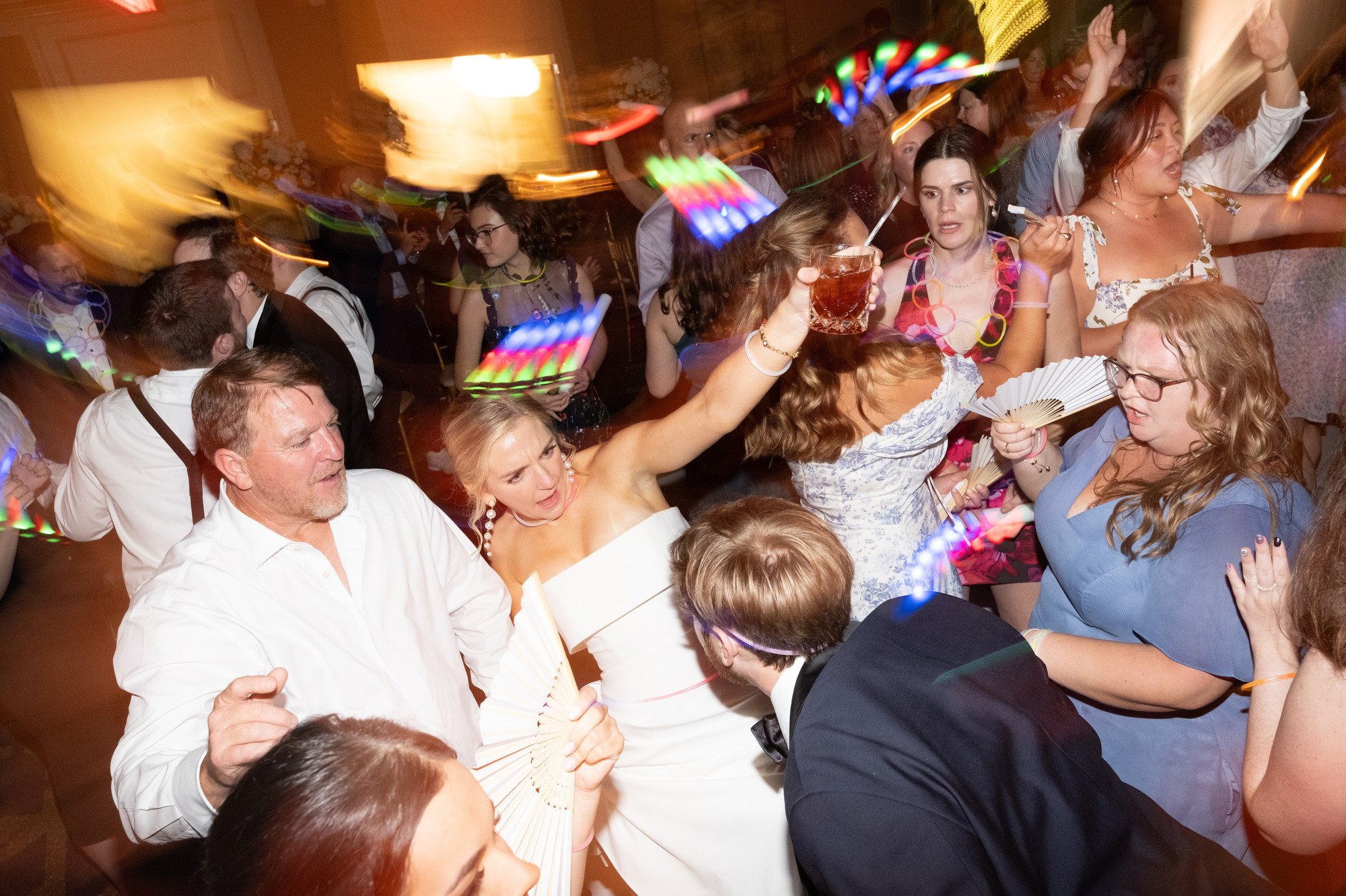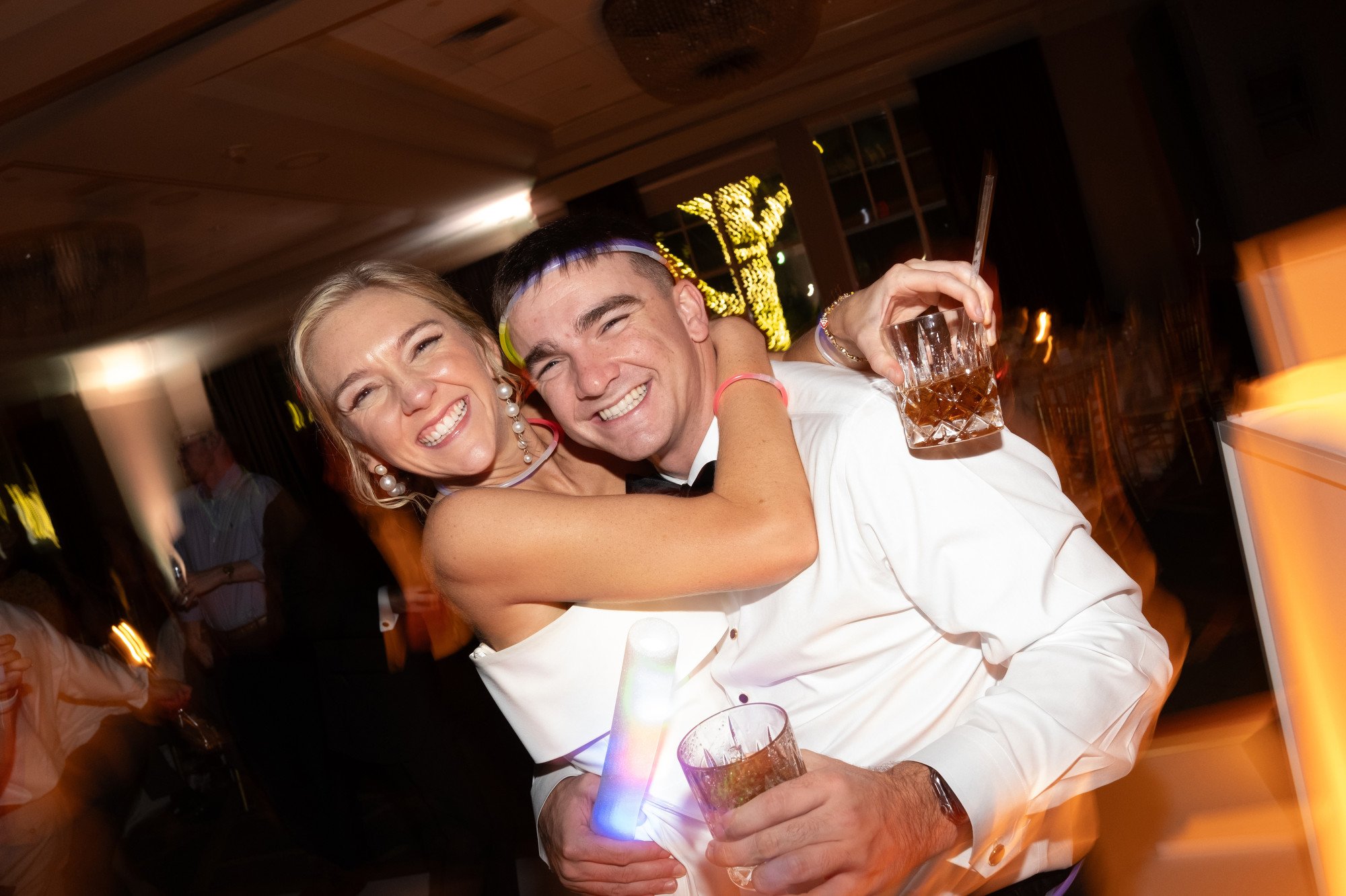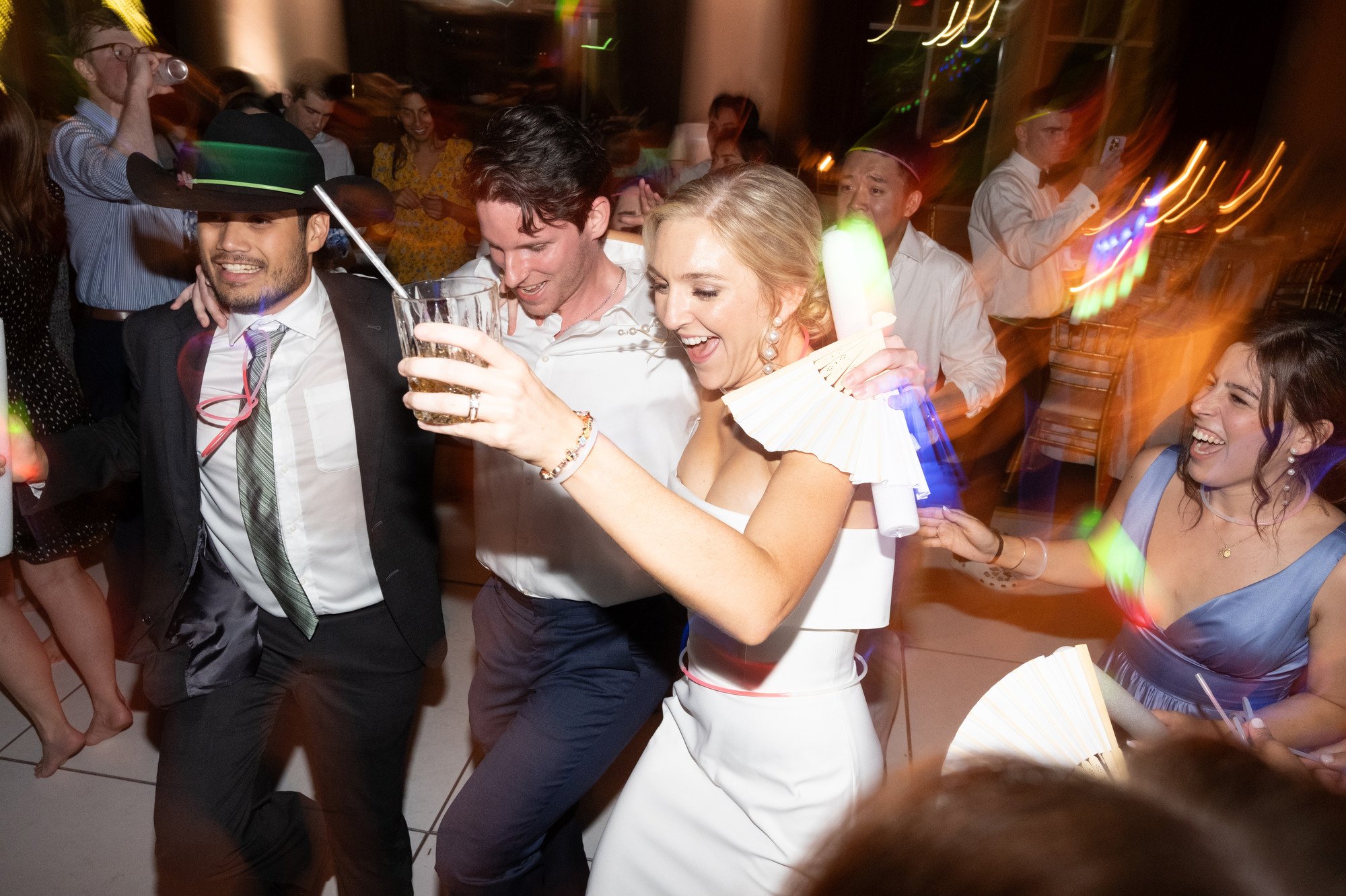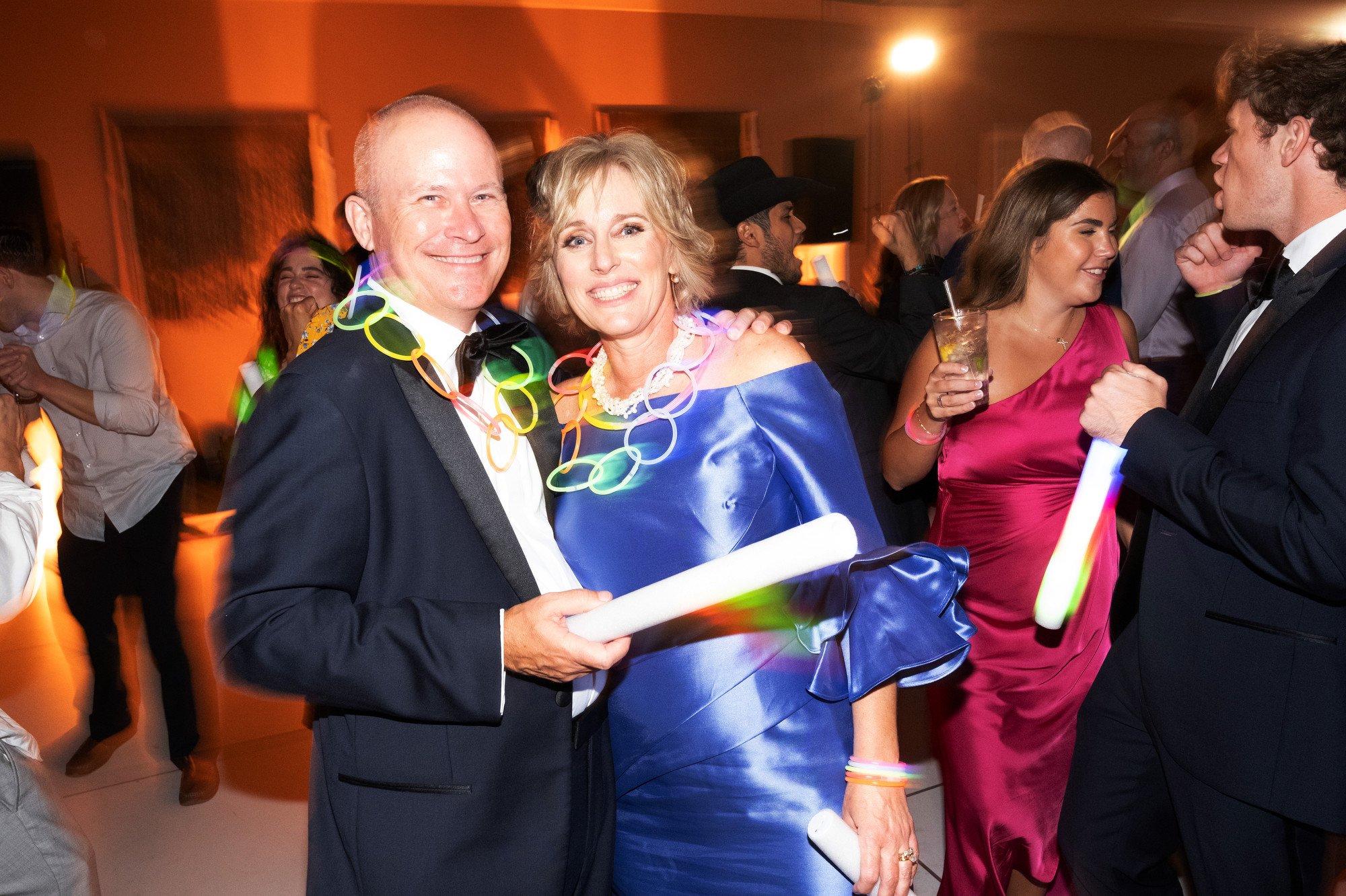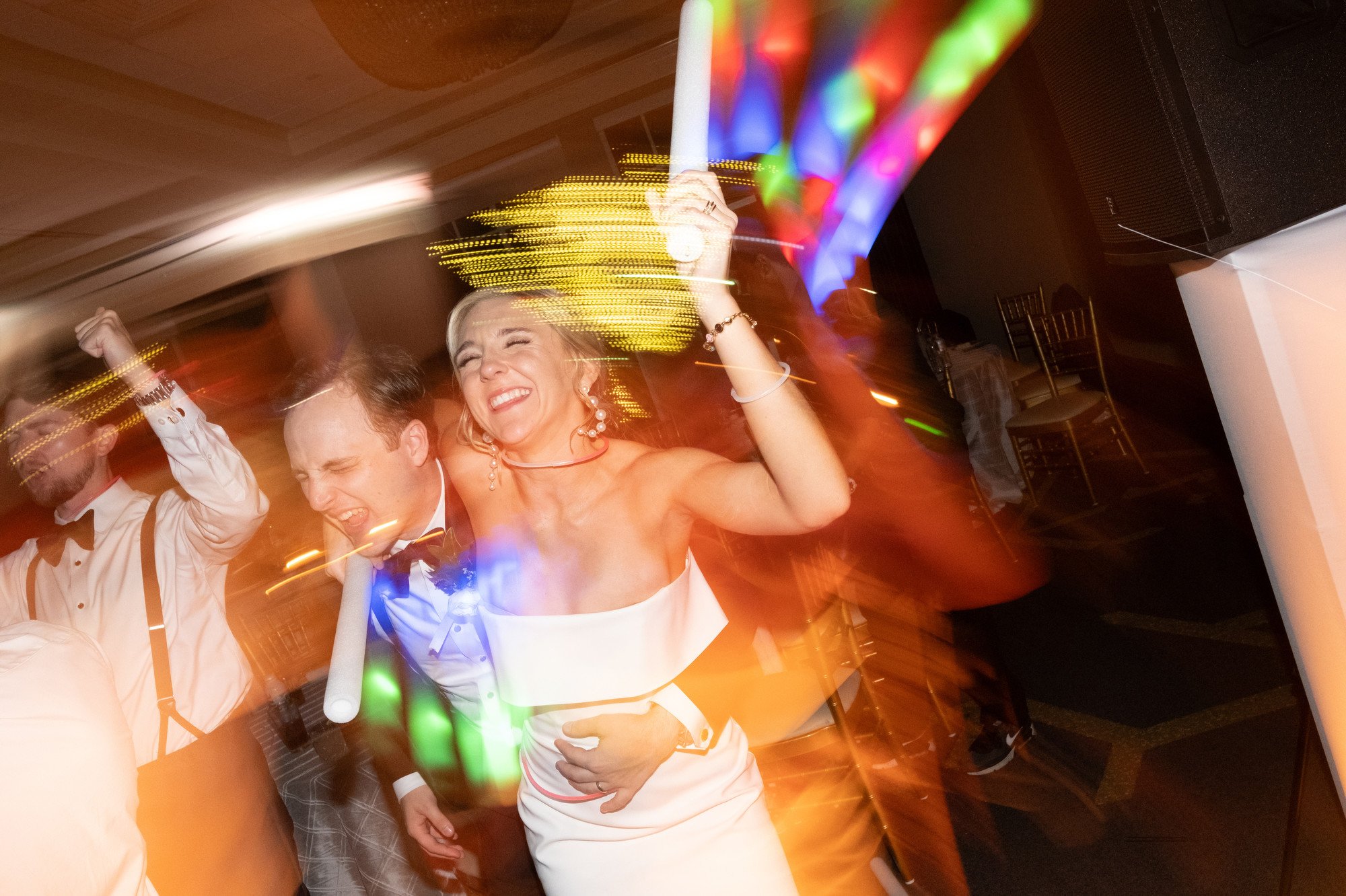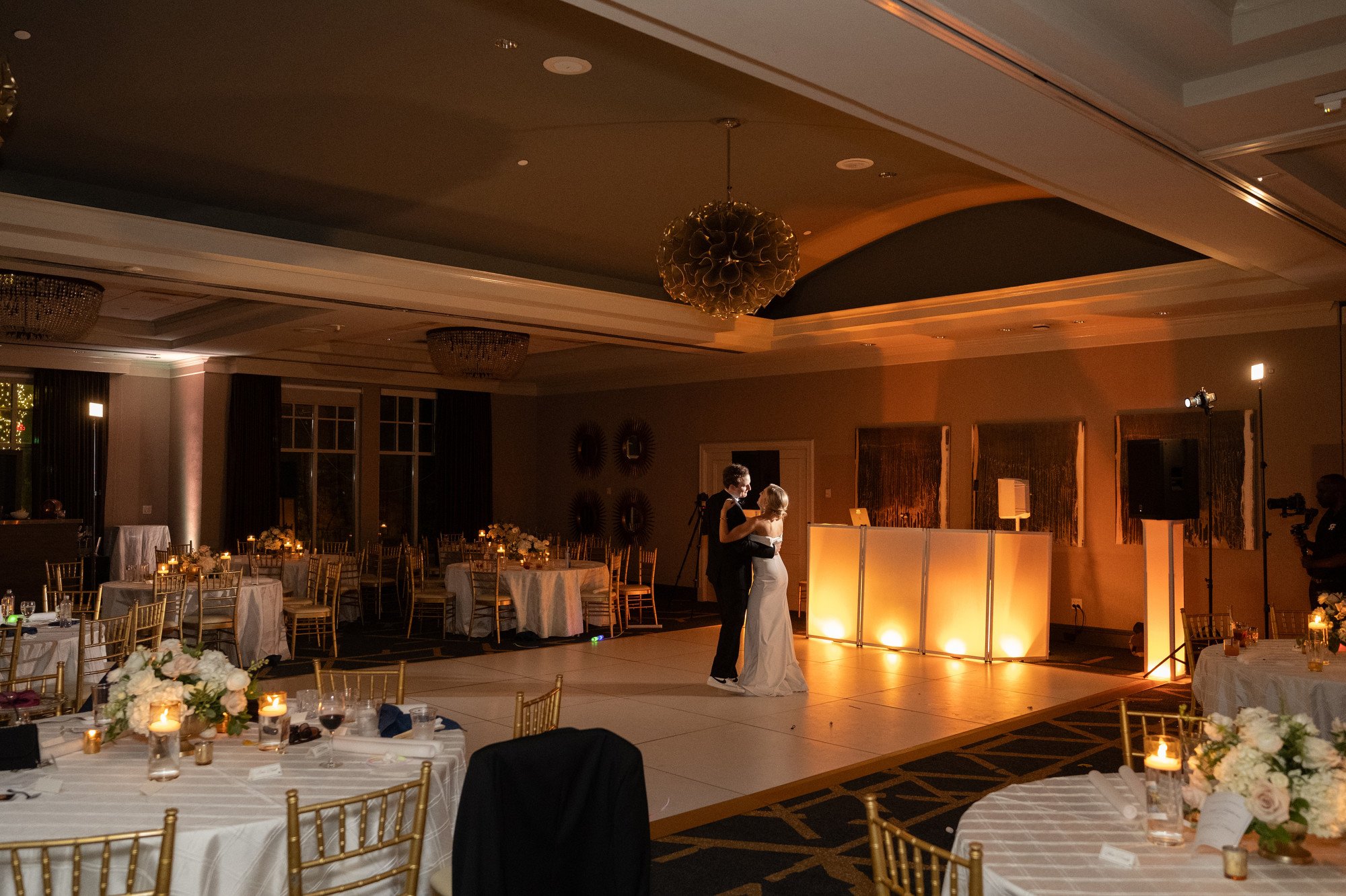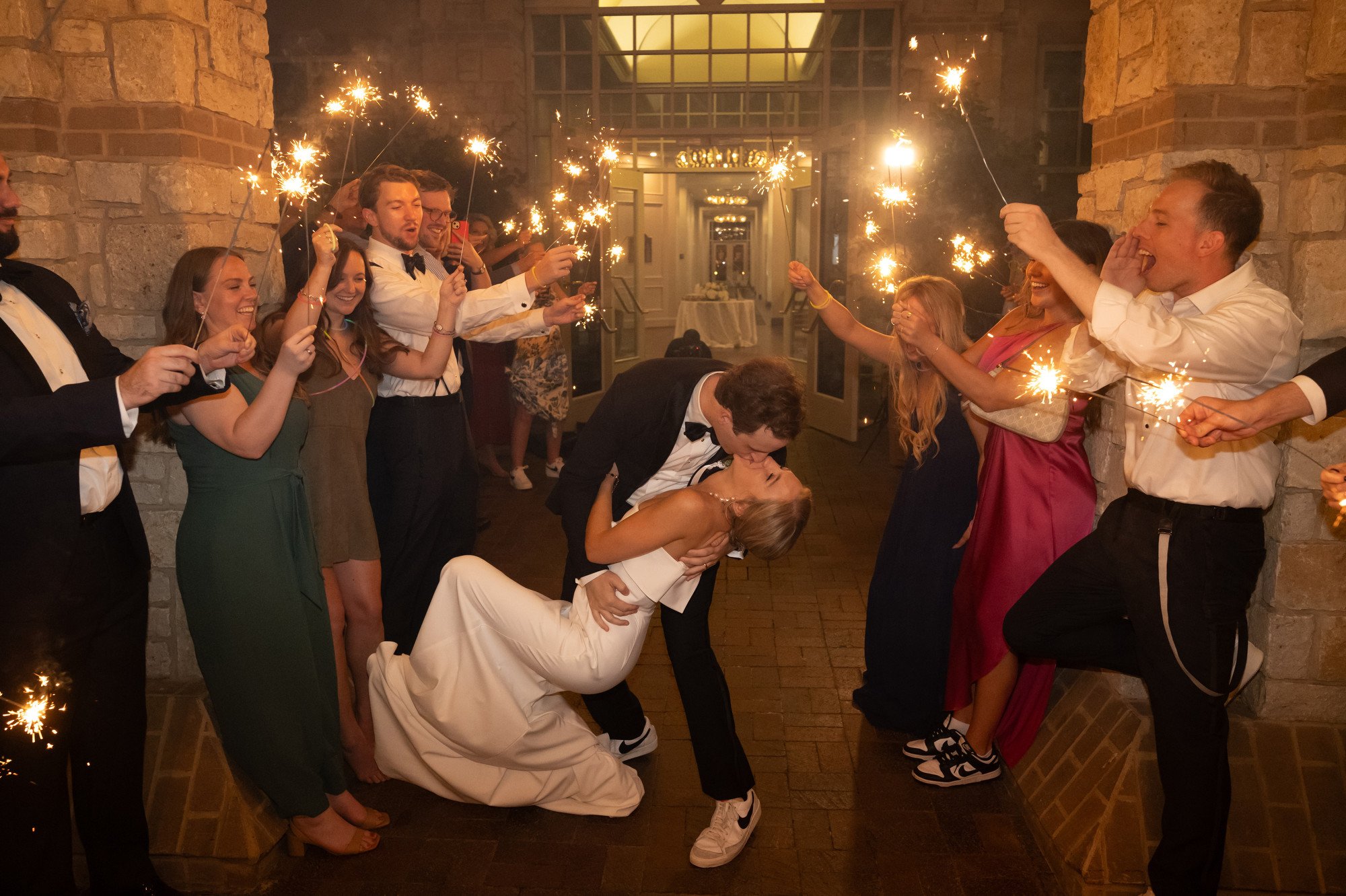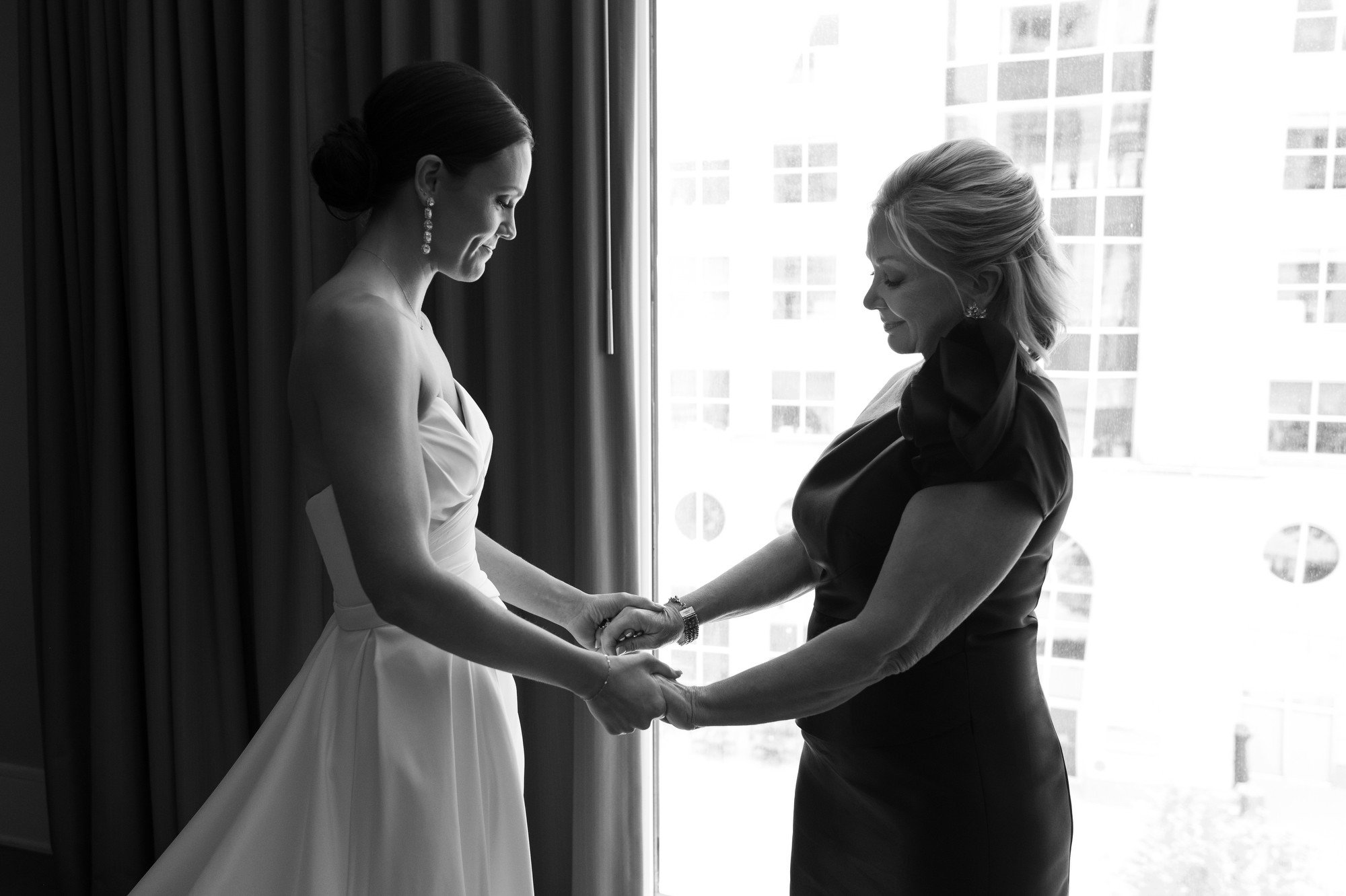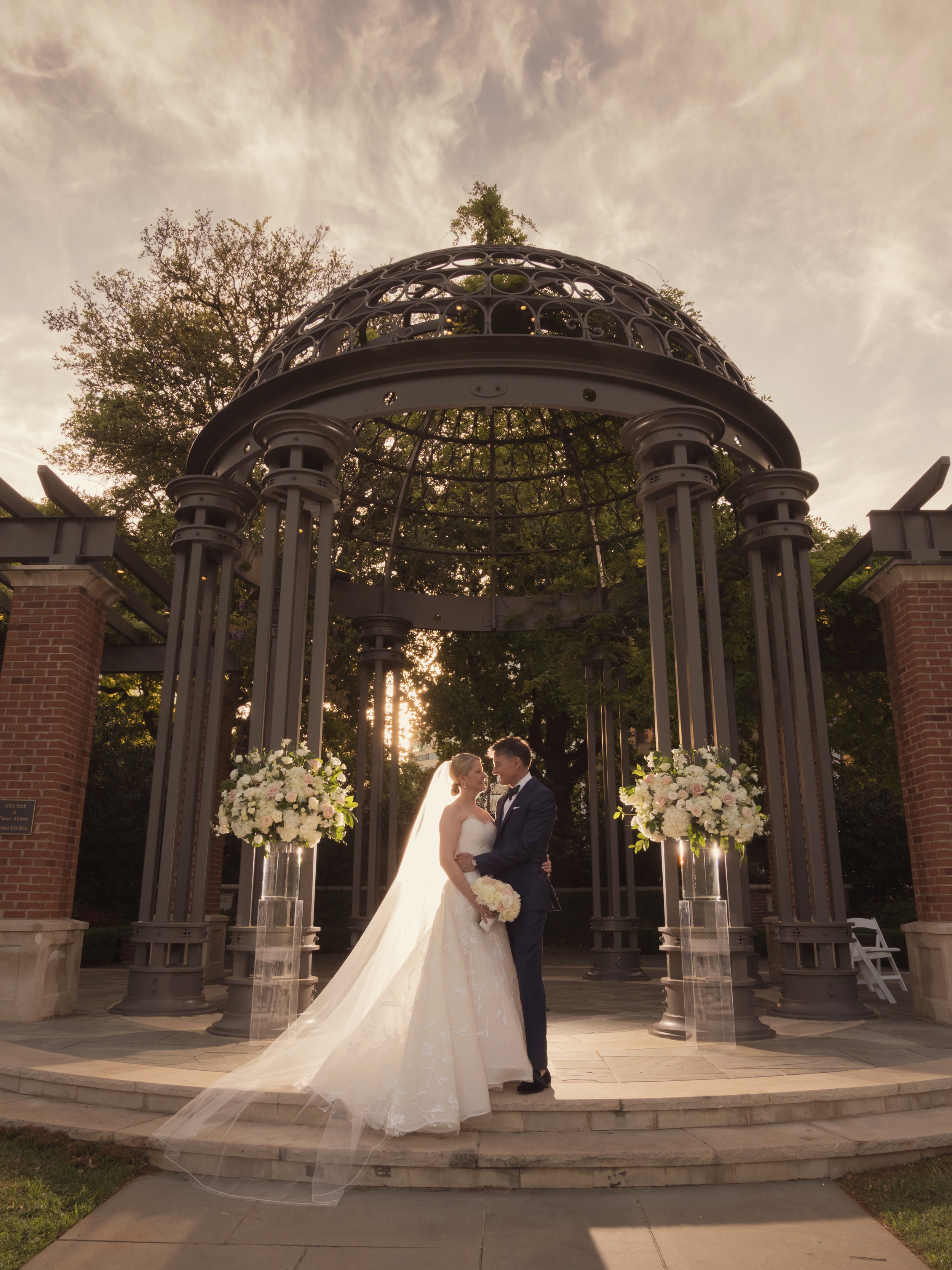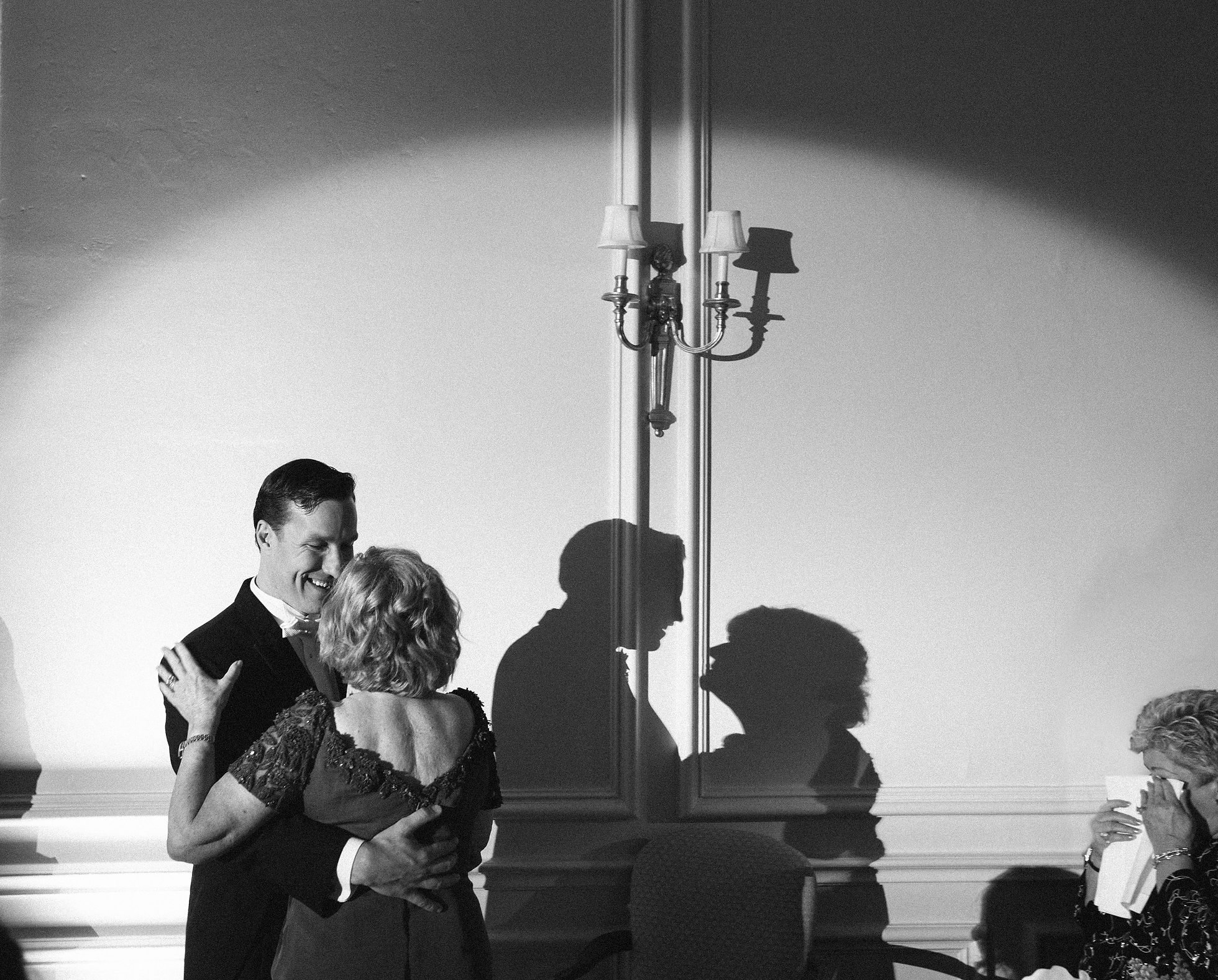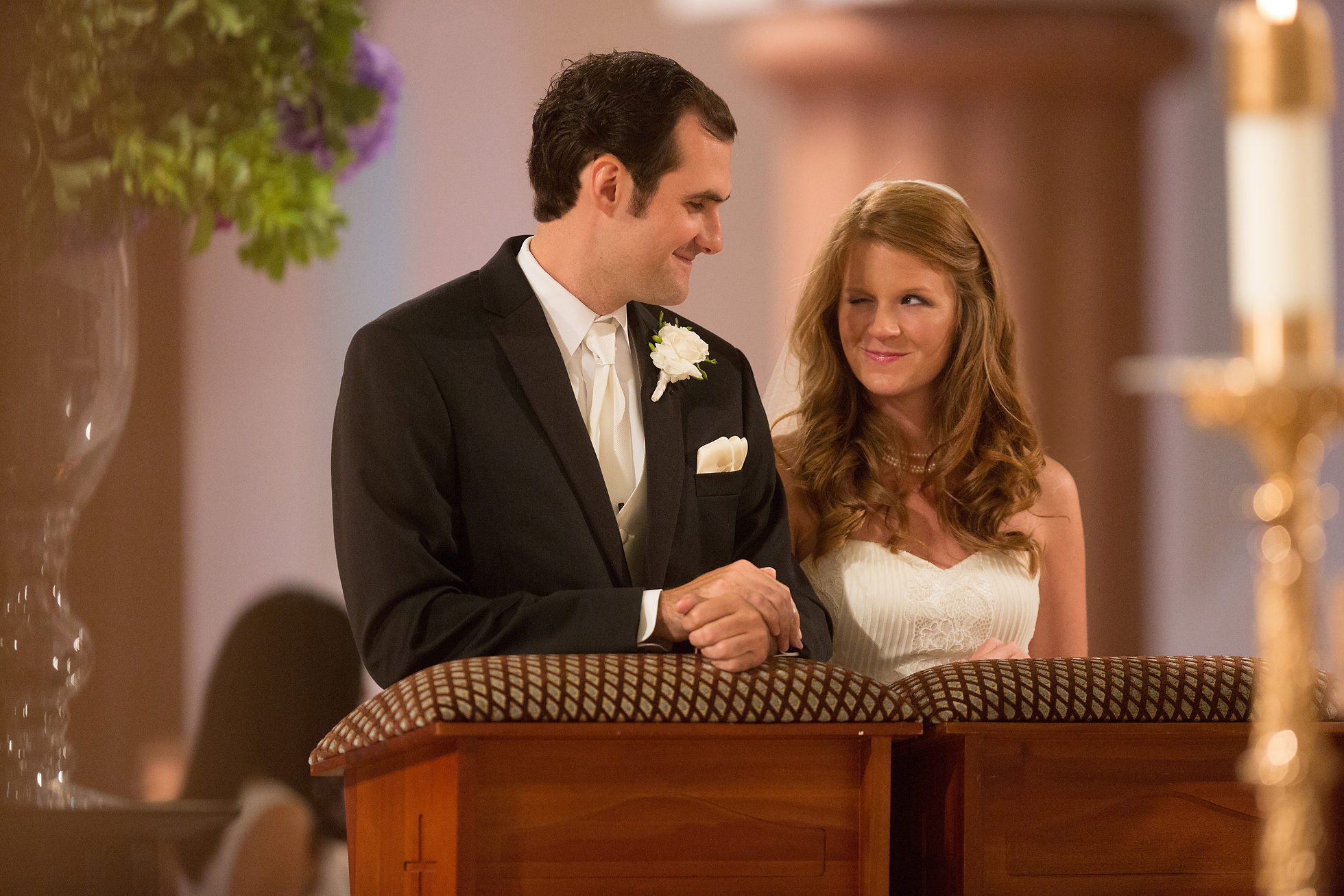Welcome to our blog
Recent Posts
A Classic Dallas Wedding at Cox Chapel & The Dallas Arboretum
Some weddings just feel timeless from the very first moment—and this beautiful day was exactly that. With a heartfelt ceremony at Cox Chapel at Highland Park United Methodist Church and a romantic garden reception at A Tasteful Place inside The Dallas Arboretum, every detail came together in a way that was elegant, meaningful, and effortlessly photogenic.
Some weddings just feel timeless from the very first moment—and this beautiful day was exactly that. With a heartfelt ceremony at Cox Chapel at Highland Park United Methodist Church and a romantic garden reception at A Tasteful Place inside The Dallas Arboretum, every detail came together in a way that was elegant, meaningful, and effortlessly photogenic.
As a wedding photographer in Dallas, these two iconic venues offer the perfect balance of architectural charm and natural beauty. Together, they create an ideal backdrop for couples who want both tradition and modern romance in their wedding story.
Ceremony at Cox Chapel – Historic Elegance in the Heart of Highland Park
Cox Chapel, nestled within the historic Highland Park United Methodist Church, is one of the most intimate and picturesque ceremony venues in Dallas. Its stone façade, warm wooden interior, and soft stained glass light make it a dream to photograph. There's a quiet reverence to this space that sets the tone for a deeply personal ceremony.
For couples looking for a Dallas ceremony venue with soul, tradition, and natural light, Cox Chapel is always one of my top recommendations.
Wedding Portraits Between Venues
One of the best parts of this wedding day timeline was the flexibility it gave us for portraits. With a short window between the ceremony and reception, we made time for classic and candid photos both at Highland Park UMC and at the Dallas Arboretum.
Reception at A Tasteful Place – Garden Views and Modern Romance
After the ceremony, the celebration continued at A Tasteful Place, one of the most scenic venues within the Dallas Arboretum. Overlooking White Rock Lake and surrounded by blooming seasonal gardens, the space offers a mix of indoor sophistication and outdoor serenity.
Guests enjoyed cocktails on the terrace, dinner in the glass-walled pavilion, and dancing under soft string lights as the sun set over the garden. The atmosphere was festive and relaxed—exactly the kind of celebration that invites beautiful, natural photography.
Why This Venue Pairing Works So Well
If you're a couple planning a wedding in Dallas, this combination of venues might be exactly what you're looking for:
Cox Chapel provides tradition, elegance, and a spiritually rooted ceremony space.
A Tasteful Place offers modern amenities and natural beauty with a laid-back, garden-party feel.
The short distance between locations makes for a smooth timeline with plenty of space for portraits and downtime.
From a wedding photography perspective, this pairing creates a visually rich, emotionally meaningful narrative with endless opportunities for stunning imagery.
If you’re planning a wedding in Highland Park, the Arboretum, or anywhere in the Dallas area, I’d love to connect. I specialize in telling love stories through elegant, natural, and emotive photography—capturing not just how your day looks, but how it feels.
You can explore more wedding stories at www.josephmark.com or contact me here to learn more about working together.
Wedding at Texas Discovery Gardens
Wedding Images from Texas Discovery Garden at Fair Park in Dallas, Texas.
I first bonded with Rexi and Jake over our love for our older dogs. The couples dog Gizmo, who despite needing a little help down the aisle, made the wedding as the ring bearer and was such a champ at their engagement shoot. I loved this wedding for being really chill and effortlessly fun, just scroll down to see the photos from the dry ice gun at the reception. Rexi and Jake got married at Texas Discovery Gardens our on the main lawn and had their reception in the gorgeous ballroom there. Being both a garden and a museum this property has a got going for it but three of the features I love are 1. The house that sits alone in the middle of the garden that is often used as the brides room, the garden itself which is almost always full of beautiful florals, arbors and maple trees 3. The butterfly garden which is a tricky but gorgeous indoor garden space.
Wedding at Highland Park Presbyterian and On The Levee
Wedding day photography from Highland Park Presbyterian and On The Levee
I knew I was going to love this wedding from the minute I first started corresponding with Sarah and Caleb, as evidenced by their wonderful group of friends and family they just have a way of drawing you into their joy. What I love about this crosssection of images is that it represents a lot of real moments, some standard portraits as well as some creative work. The reception was held at On The Levee which is a very open-box venue with tons of great space and available light.
Bridal portraits at The Meyerson Symphony Center in Dallas
The Meyerson has always been an incredible venue for photography and I can’t think of anything like it for a bridal. portrait session. Over the years the center has changed availablity but currently it is accepting resevations and we’re so happy to be back. This session with Madeline was so much fun and fortuitous becuase it was smack in the middle of a spring storm.
Dallas Petroleum Club Wedding 2024
Wedding day images from The Dallas Petroleum Club in 2024 in their new space in the JP Morgan Chase building.
Cate and Zander were married at the new home of The Petroleum Club in Dallas which, if you haven’t seen it, is such a beautiful and impressive space to have your wedding reception. If you want to feel like you’re on top of the city and enjoy endless panoramic views that come with it then the 14th floor of the JP Morgan Chase building just off of Klyde Warren Park might be your ticket. The wedding ceremony was held at Perkins Chapel (SMU) which will always be on the most picturesque churches in the city. Thank you to H+H Weddings for coordinating this fantastic day!
What makes a great wedding photograph?
Notes from a photographer about how a bride and groom and understand what makes a great wedding photograph.
This article is about the portfolio-grade images that make a documentary photographer's work unique, define their style, and demonstrate how they see creatively. To understand work that rises above what is normal and expected it is helpful to give some thought on how to evaluate images and this article is about how we do that. Or in other words, what defines a great image?
To begin are three pillars to how I learned to grade images: light, timing, and composition. My mentor/editor, from my days as a newspaper photojournalist, used to say a good image needs to have at least two and a great image has to have all three. That is how I know if I’ve made something that rises above what I hope is good/successful standard work. So let’s dive into those pillars and look at the approach to using them.
Light -
Whenever I walk into a space with my camera I’m looking for two things: First I look at the direction of the main light source and where the space is giving us soft and beautiful light meaning where will people look flattering. The second is where can I see more interesting/directional/dramatic light. As I work the room I keep those ideas in mind as I position myself and hunt for moments and composition, many world-class images are made in interesting light but must accompanied by both great composition and timing.
This image of Molly and Bobby is one of my all-time favorites when it comes to extraordinary light. They had just finished their first look and were headed downstairs when a coordinator told them to wait on the staircase resulting in the moment above. This is such a quintessential mix of being ready (timing), beautiful and interesting light, and the wonderful composition provided by the circular winding staircase. Take away the moment between them, the light or the location and you’d have maybe something good but not as good as this image for me. In this case, I saw the light first, then the composition, and then I just waited for something to happen, and that’s how it usually goes. The light by the way was from a window above them and it was curved due to the round walls.
Here’s another moment where the light is just gorgeous, I’ve worked the scene to find a more interesting composition and I’ve waited for a composition where their faces and expressions help tell the story of this amazing reception. Again ask does this image have all three elements light, composition and timing? Just as a note, I think the blue/pink light is what sings in this image, Yes I could have made something similar with flashes etc. but preserving the ambiance is how I feel it transports you to what it felt like to be there. My thought is that this is maybe 2.5/3 but I can’t manufacture an incredible moment and truth be told it was their first dance that stole the show that night.
Timing -
The best images that showcase moments are fleeting which is definitely what makes capturing them so rewarding. You have to be present and ready to make an image so your concentration has to be “on” all the time, true moment driven photography is one part anticipation and one part quick reaction. The cardinal sin for any moment-driven photography, however, is putting the camera down when you thought you had it in the bag, it always pays to be ready for what happens right after what you thought was the peak of the action as often those are the real winners.
OK here is an image that I just love for two reasons: first is what we emphasize here, timing. Would this image be as good if they weren’t reacting to one another? I think the laugh shared by the bride and groom is key to the story of the image. The second part of what I love is this compositional layering. I positioned myself so that I could see the bride, groom, and the wedding party in the window while I focused on the bride and I was ready when the nervous energy between them came out. By contrast, if I had chosen to focus on the groom the expression of the bride might not have been visible and if I had cropped out the wedding party it would have left a great part of the story out.
This moment happened late into the night and it lasted for only 1/2 a second never to be repeated (he completely surprised her). Timing is about never giving up and always being ready for something great to happen. After hours of dancing, it can be hard to stay motivated by the action but these kinds of images keep me going because you never know what a great memory will happen.
I want to also mention that many documentary moments at weddings do come as the result of a coordinated/staged actions. First dance images, exit images at the end of the night, even ressional images of a couple exiting thier ceremony are at the heart of it, coordinated. Does that matter? Maybe, maybe not to you but when you’re evaluating an image I think it’s important to ask how easy was this image to anticipate? Did the photographer do anything to elevate the image by approaching the moment creatively? Or did somethign spontaneous happen that elevated the image to world class that he/she caught with perfect timing? Keep in mind also the risk of doing something unconventional during a big moment is real and that is why we normally work as a team so we have the ability to get a standard and a more risky image.
Composition
Composition is a photographic device that gets a lot of attention and it’s probably the easiest skill of the three to learn. Compositional tools are also often what we can most easily control to take an image from standard to good. In this image, I could have chosen to spend a few moments in the room with the bride and her dad right before they walked down the aisle but instead, I saw this frame in the sanctuary door and knew that I could strengthen the composition by adding cues about the where they were in the church and add intimacy to their moment.
Right after the ceremony the bride and groom were waiting on this staircase outside the sanctuary and I knew just from the contrast of the light that there was the opportunity for something beautiful.
Side Note: One thing I want to mention before we begin is how a photographer approaches the parts of the day where posing and directing people can vary a lot, greatly influencing the story and meaning behind images. It is important to understand that two very similar images can be made in radically different ways, one caught during an undirected, unscripted moment while the other could have been orchestrated by the photographer and critically each comes with a very different memory for the bride and groom. My advice is to keep that thought in mind as you think about the experience you want to have on your wedding day.
Summary
Well, that’s my best attempt at a summary on objectively knowing what makes a documentary wedding image rise above the rest. As you look at work, think about what you love in an image and how many of the three boxes it ticks. Light, Composition, and Timing. A skilled photographer can create consistent work that has at least one of the three elements in most images but looking for those that have two or more will give you insight into how they see, what they find valuable, and aligning that with your style is should give you the best wedding images possible.
If you want to learn more about our approach please get in touch via the contact form above or just click here.
The Crescent Club Dallas Wedding
Winter wedding photographs from Holy Trinity Church in Dallas followed by a reception at The Crescent Club.
What a beautiful winter wedding for Catherine and Tucker at The Crescent Club in Dallas. Outstanding floral by The Garden Gate and impeccable planning by KBD Events. We loved seeing this family for a second time in almost as many years for a second spectacular day!
Stonebriar Country Club Wedding & Reception
Gorgeous outdoor wedding at Stonebriar Country Club in Frisco
Emily and Alex were married at the beautiful Stonebriar Country Club with the wedding ceremony on the terrace overlooking the golf course. We loved this high-energy day full of gorgeous light, laughter, and beautiful moments.
Vendor team:
Planning: A Stylish Soriee
Venue: Stonebriar Country Club
Beauty: Maitee Miles
Floral: Pick a Daisy Floral Design
Photo: Joseph Mark Photography
Video: Reverent Wedding Films
Cake: Grace’s Tiers Bakery
Ice Cream: Melt
5 Tips On How To Crush Your Wedding Photos
Ok here are my top five tips for how you can really help make your wedding photographs great.
Tell us what is most important to you
In one sense I really do try to be a mind reader, I think one of the most important skills a photographer can have is the ability to anticipate what is going to happen next so they can be ready for something great. That skill aside when it comes to what moments you’ve been dreaming of since you were a little girl or photos you’ve had pinned for years and want as a part of your collection I do need your help.
We always try to have a phone call or face-to-face meeting with our couples shortly before the wedding and we try to go over anything and everything that they want to communicate about their wishes and we try every time to make sure those things happen. Just a side note we don’t guarantee any specific photo only because weddings are live events and we can’t predict what will and will not be possible but we really do try to get 100% of your vision.
Bottom line, it’s better to over-communicate, especially before the wedding so your photographer is ready to make your vision happen.
2. Give yourself the gift of having enough time
Portrait photography is the primary part of your day that will always get squeezed if you’re running short on time so build in a cushion so that little delays never really affect what we’re able to capture. It’s not that we need hours of time just for photography but if you only have 10 minutes it will limit where we can go and how many variations we can get.
You want time for things to happen at a comfortable pace, if you over-schedule it can feel like the day is just a long checklist of to-dos jumping from one thing to the next. Make sure there is time for getting from place to place, breathing, sitting, drinking water and just hanging out, especially in the time right before you walk down the aisle. You want time with your parents, to get hugs from your bridesmaids, and a second to breathe.
Run your schedule by your photographer as early as you can so they can give feedback on ideas for how to make the best use of the time that day. Often for example there are moments when we can make use of a little pocket of time to get evening portraits during the reception. We also know how to pace the group portraits to make sure you have the downtime you need before the ceremony.
3. Be real, let your emotions show, and trust us to capture you in a beautiful way
You know that there are going to be some private moments on your wedding day when it gets a little emotional and I want you to let us be a part of that. If you can give us your trust we take those times very seriously because that emotion is the result of love that you have with the people closest to you. Family is at the center of what makes us wedding photographers and these moments are at the heart of your family. Documenting those moments is so important because it will give you the feels for your husband/dad/mom/sister/brother etc. every time you view that image even decades from now. In the end, 10,20,30 years from now it will be the images you can tell stories about that will be the most important to you.
4. Let go of worry and allow us to guide/pose you
I know this one is hard, you’ve got so much invested in getting the visuals just right.. the perfect dress/hair/makeup etc. and it’s hard not to stress. The thing is that if you allow us to guide you without setting any anxiousness away you’re images will feel more organic and you’ll have much better memories of making them. Again if you trust us we will look after you, and keep you/dress safe and gorgeous throughout the process because we really care about giving you the best day possible. Lean on your photographer to get you through the various portraits and trust they have your back while also executing their vision.
5. Spend time with the ones you love most
We can’t photograph what we don’t see so make sure you spend time with the people you love most on your wedding day.
Have Dad with you right before you go down the aisle
Have mom/sisters with you to get dressed
Take a portrait with your siblings
Get your mom out on the dance floor
Make sure your husband is with you, a lot, at the reception
You get the idea, don’t let the crazy of the day keep you from being with the ones you love, keep them close and we’ll be with you to document it.
Candid vs. Directed Wedding Photography
What does it even make to create authentic images?
Every wedding photographer I know practices both directed and documentary photography during a wedding day but how and when they choose to use both approaches can have a massive impact on both the meaning and look of your photography.
Let’s say you have two seemingly identical images: Image one was created when I told you to hold hands with your mom, to look and one another, hug, and cry. You’re standing by a huge bay window, your dress has been laid out perfectly and I’ve angled you both to look amazing. Snap, snap, snap we’re done and we cross that image off the list and move on to the next in a series of photos pre-visualized in a list with your photographer to get everything captured on the day.
Now let’s imagine a similar moment just before the ceremony when your mom grabs your hands, kisses you with just a few happy tears in her eyes, and whispers in your ear how proud and happy she is to be your mother. At this moment your photographer hasn’t asked for anything but catches those images, no prompting, no repeats, both of you not even knowing. When you get your photographs after the wedding you happen upon that image and the tears come flooding back because you are transported right back to that moment (and it has nothing to do with a list of must-haves or the photographer).
The difference in the way you feel about those two photographs is the difference between directed and documentary photography and why I write “Pretty is not enough” on the homepage of our website.
That’s not saying that directed images aren’t a huge part of wedding photography.
Directed/posed photography has a bunch of huge advantages, simply put: you will almost always be in great light, in a good location, everyone will know when and where to stand, look, and even smile. Additionally, when directing photography every image you want can be checked off a list and the portfolio of work that is created can be incredibly consistent so it’s really easier for both your photographer and you. The key is that these images are in addition to the time and space needed to create authentic documentary work and that they’re images that aren’t trying to fake real moments.
Just to be clear I define documentary/photojournalistic photography as unscripted, spontaneous, and reactive. This approach differs from directed photography in that you and your family/friends are never advised what to do, the photographer lets things happen naturally, and spontaneously and never asks you to repeat or change what you are doing. Your wedding day is recorded as it happened. Scary to some extent right? But is that risk worth the difference in how you feel when reliving your wedding day? Up to you to decide.
Now I know what you might be thinking, why can’t it be both? Can we get some directed images and some photojournalism?
Well over the years of photographing weddings, I do think it can/must be both but we can’t forget that everything we do has an opportunity cost. If you’re busy being directed then natural moments can’t happen so the details of when/how each approach is used are key.
Our solution is to be as light-handed with direction as possible while still giving you the best opportunity to get beautiful images. In the example of you and your mom putting on your dress, we would do things like remind you when you’re supposed to get dressed, make sure there is a space and that the light looks good, and also make sure that your mom/sister/MOH are there if you want them. But beyond that, we would rather not tell you how to put the dress on, who should hold your hands, or when to smile. By drawing that line in terms of direction and leaving you that space the images we create will hopefully preserve the power of photojournalism and you will feel in the moment and not like you’re the center of a day-long photo shoot and an endless list of images.
When you meet/talk with a photographer ask about the approach and what their goals are for your images. Look at their portfolio and try to get a feel for what type of work they love. If you see every bridesmaid perfectly positioned while adjusting the dress in a styled space and everyone’s expressions are smiling looking directly at the action you can guess that was directed. If you see some of the chaos, the tears, a laugh or a cry that isn’t 100 camera ready that’s more likely photojournalism. See what makes them light up and what they love to talk about, then you’ll know if you are aligned in the goals for your own wedding.
Every photographer shoots portraits, 100% directed work that is a huge part of the wedding day. Those images may even have authentic laughter and be slightly “real” (at least that’s part of my goal). Conversely, every photographer also shoots ceremonies where nothing is under their control and those moments are by definition documentary. What I’m talking about here is the in-between, the hours before the wedding, the walk from the bride’s suite to the ceremony, the moments with dad while you wait for the doors to open, a stolen kiss during dinner or the moment you pop out of the getaway car halfway down the block. Those are the moments when we, as photographers, can choose our approach and represent one way we can differentiate our work.
To sum up there is no right answer here, some couples prefer the straightforward forward consistent nature of mostly directed work but others will be drawn to more of a mix between those portraits and true moments captured that show what is real and could never be found on a list. As always, ‘you do you’ but know what you’re signing up for before you miss out on what you really want.
P.S. One more really important thought, the images you see on social media are probably rarely real documentary work. The truth is that powerful emotional moments are so personal that sometimes it feels like to like them is overstepping into a strangers life. That doesn’t mean they’re not a couples favorite images just that they’re images just for them and not the parade of social media. So judge lightly on that front but do a deep dive on real weddings and websites where hopefully you can get a good feeling for style and passion.
P.P.S. Also consider the mistake of hiring a video team that is highly directed and hands-on to pair with a documentary photographer and vice versa because both cannot be done at the same time. A documentary videographer will simply have to roll with all the setup directions of a directive photographer and conversely, a photojournalistic photographer will be stuck with all the setup scenes of a highly directed video. Opportunity cost.
Thanks for reading! Have questions we’re here for you.
